









It’s juicy. It’s tasty. It’s sweet. And because of a touch of lime, it’s the freshest melon on the market.


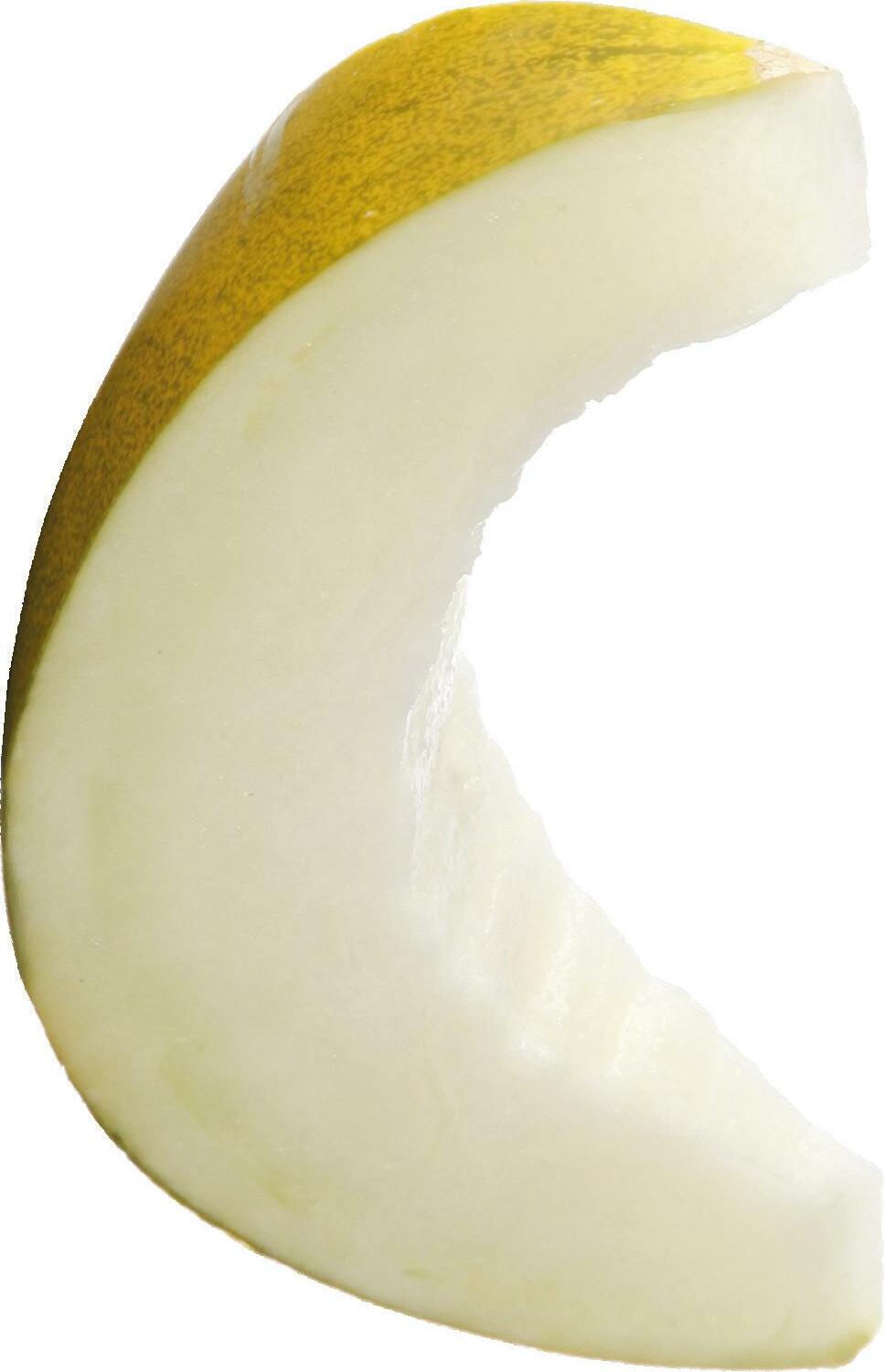

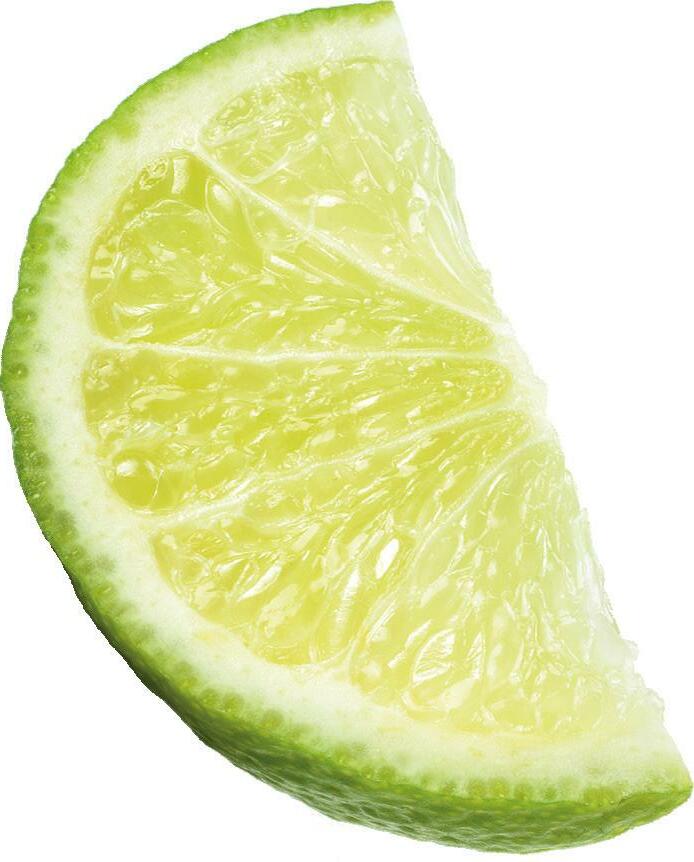

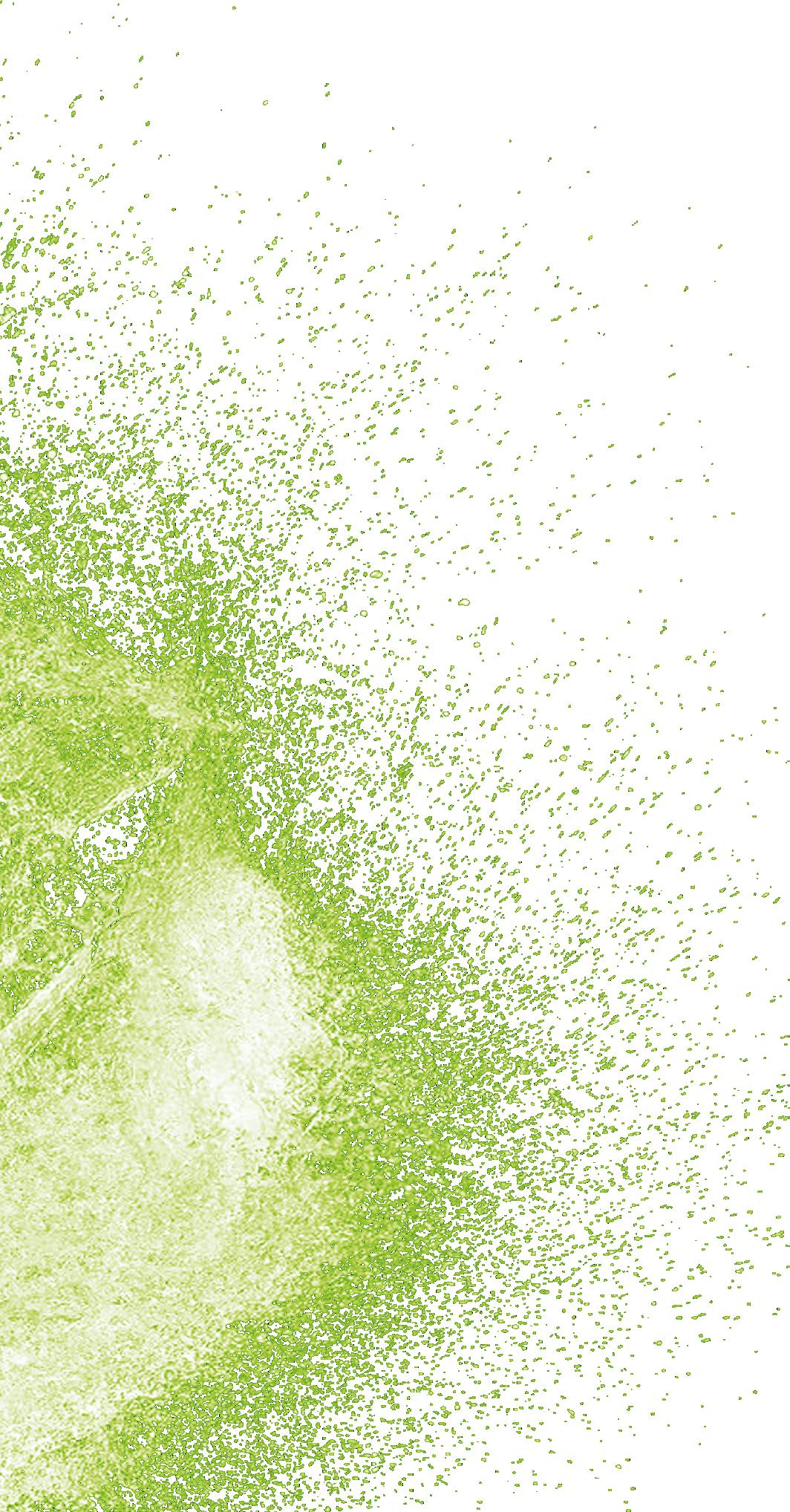
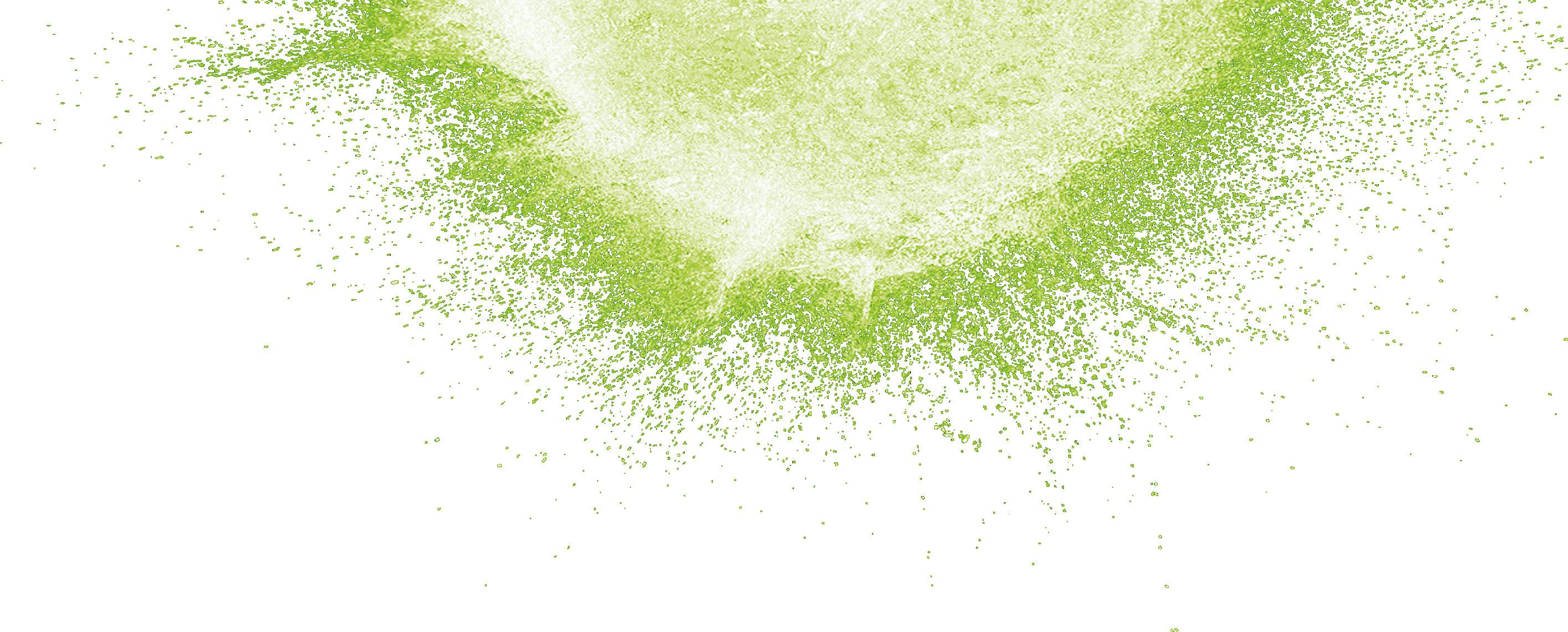


GEMEINSAM DAS POTENTIAL DER KATEGORIE AUSBAUEN!
Seit über einem Jahrhundert bringen wir beste tropische Früchte von höchster Qualität auf den Markt
· angetrieben von unserem Engagement für natürlichen Geschmack und Nachhaltigkeit sowie · durch Investitionen in unsere Farmen und durch Partnerschaften mit den besten Produzenten Lateinamerikas.
Wir verstehen die Bedürfnisse unserer Kunden und entwickeln mit unserem kontinuierlichen Kundenbindungsprogramm gemeinsam die Kategorie.
Winning together!
LET’S GROW THE CATEGORY TOGETHER!
We’ve been bringing great tasting, top quality tropical fruits to market for over a century, driven by
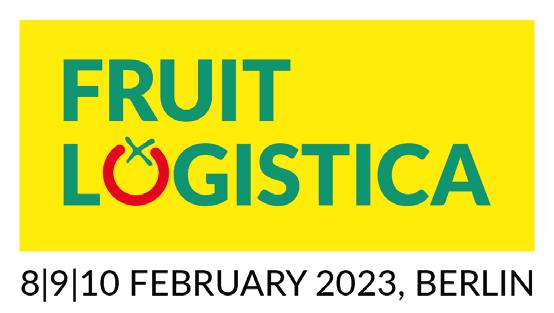
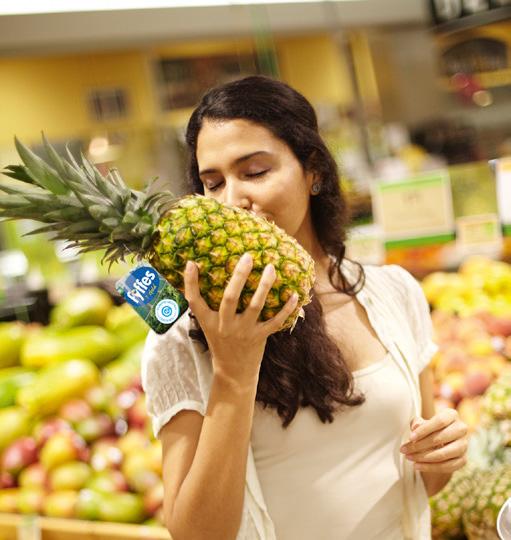
· our commitment to natural taste and sustainability and

· investment in our farms and by partnering with the best growers in Latin America.
We understand our consumers’ needs and with our ongoing customer engagement programmes, we will grow the category.
Winning together!

4 “Basically, the past open ground season was not satisfactory monetarily”
Christian Berghs-Trienekens, BT Gemüse and Landfrisch AG
6 Apple export the major changes of the last three years
Pierre Gratacos, Cardell Export – Groupe Innatis
8 Exports to Germany a fresh start for French asparagus?
12 “In the first weeks of the campaign we’ve needed an extra push to sell our production”
José Carlos Escobar, of CASI
15 “If people don’t understand what you contribute, you keep running into trouble”
Jelte van Kammen, General manager Harvest House
23 “Our goal is to reach the old levels above 80% and higher”
Andre Jobmann, Maersk
27 “A natural selection or shakeout is taking place”
Ramazan Gülnar, Paris Direkt
31 The 2022 organic apple crop exceeded that of 2021 by 30 percent
Hans-Josef Stärk, BayWa Obst & Co.
34 “We want to remain at the forefront”
Erik van Nieuwenhuijzen, Albert Heijn
42 40,000 heads of lettuce per day, under glass
Andreas Scherzer from Scherzer Gemüse
46 Europe-wide hub for fresh fruit and vegetables from the Palatinate
49 “Improvement can only be ensured with continued training”
Frits Popma, Popma Fruit Expertise
52 “We welcome more competition from tomato brands”
Margriet en Annelies Looije, Looye Kwekers
64 Extensive, local network in Morocco now bearing fruit for Dutch tomato grower
68 Explosive energy prices How long can growers and traders hold out?
75 “I want to put it behind me as quickly as I can; still, the scars will remain”
Ben de Groot of De Groot Fresh Group
80 People development is the compass by which Suiderland Plase steers
84 Seven Italian regions are home to nearly 80 percent of the national lettuce-growing area
86 “Fruit growers will either have to bulk farm or specialize”
Emanuel Sluis, Service2Fruit
90 “I believe 2023 may become the most challenging year in recent history”
Craig Stauffer, CEO of Vanguard International
92 “Major opportunities for Egyptian citrus can be found in Far-Eastern markets”
Mostafa Ali, commercial manager Rula Farms
95 Visiting herb, date, and grapefruit (and a few more surprising products) companies in Israel
106 Focus on the regionality and nationality of the asparagus and soft fruit
Fred Eickhorst and Frank Saalfeld
108 Spanish citrus campaign marked by a reduction in the supply and great price differences between qualities
111 The trends of 2022 that gave the Vertical Farming industry quite a shock
115 “The blackberry as such is still being underestimated, in my opinion”
Markus Schneider, Frutania Ltd.
121 “It is clear that the organic pomegranates are becoming increasingly established in the trade”
Ziya Sizgin, Uvafruit
125 Emerging stronger from the crisis
130 China fruit shines as Covid-restrictions ends
132 The European greenhouse industry is transforming, but into what?
134 Germany absorbs 25 percent of Italian apples
138 Pears, Italy must catch up. Exports to Germany and France
140 Italy seeks to maintain its ranking in the kiwifruit sector
144 “We must share our story”
Elke Schroevers, Organto Foods
147 “We must consider the problems that the organic market is facing.”
Emilie Daquin and Cécile Perret, Ferme de la Motte
152 The avocado acreage in Spain continues to expand while mangoes are still in need of greater recognition
For several reasons, 2022 will be remembered as an eventful and challenging year for German open ground vegetable production. Right away, the first half of the season was characterized by very high supply pressures, which were met with lower demand, compared to previous years.
The resulting supply pressure was due to several developments, first and foremost the late end of the season in Spain and Italy and the simultaneous start of the season in almost all German regions. Added to this was the warm, stimulating weather in May and June, so that the first planting sets were pushed together. "It should also not be forgotten that cultivation was generally expanded due to good demand and prices in the past Corona years. At the same time, the loss of purchasing power, due to the reopening of restaurants and caught-up vacations, led to a noticeable drop in demand," says Christian Berghs-Trienekens, open ground gro-
wer and managing director of BT Gemüse & Verpackung, founded in 2015, and also a member of the supervisory board of Landfrisch AG.
From the second half of the season, the market slowly turned. Due to the persistent heat and drought in Europe, supplies dropped. The demand on the German market remained constant, while exports increased significantly. Berghs-Trienekens: "For lettuces, the second half of the season halfway compensated for the losses from the first half of the season. On the other hand, it was impossible to compensate for other open ground products such
as kohlrabi. With some small exceptions, basically the past open ground season was not satisfactory monetarily."
With regard to yields and revenues, a distinction must be made between piece and bulk goods. For piece goods, yields were very good compared to 2021, which was a wet year with heavy losses. "There were no losses because in our area it was possible to irrigate during the summer, although of course this cost enormous amounts of energy, labor and therefore money. For products sold in bulk, such as industrial goods, we witnessed lower tonnages, particularly during the dry second half of the season," Berghs-Trienekens says. Lettuce crops will generally stand the heat better than other vegetables, provided the plants can be adequately irrigated. Leeks, cabbage, celeriac and carrots, on the oth-

“Basically, the past open ground season was not satisfactory monetarily”
Christian Berghs-Trienekens, BT Gemüse and Landfrisch AG, ends the year with mixed feelings
er hand, have suffered considerable crop losses due to the heat.
In view of the exponential rise in operating and production costs, Landfrisch AG's open ground growers are trying to find any potential for optimization and savings on the farm and in the field. They are trying to introduce measures to contain the additional costs to some extent. However, the cost increases are also having a broad impact in the field, and in principle there is no cost factor that is unaffected. The main problem in open ground cultivation, however, still revolves around personnel costs, according to Landfrisch AG. While wages have been rising for years, the reliability and the seasonal workers’ willingness to work and perform well is declining at the same time. This means that labor-intensive crops in particular are now under increased scrutiny; mechanization and automation will be a major focus in the near future.
To pass on the additional costs to some extent, everyone will have to pull togeth-
er. "No other business sector is as volatile regarding pricing as the fruit and vegetables segment; supply and demand have a significant impact on pricing. Accordingly, demand-driven production is our greatest lever to best match supply to demand. This is the only way to achieve the prices that our growers need for sustainable production in the long term, and the only way to safeguard production at the same time."
At the moment, tons of cabbage and winter vegetables are being harvested in domestic fields. Berghs-Trienekens: "Overall, the marketing of our winter crops has started well. Despite the comparatively lower supply, prices for some items are at last year's levels. Even better prices are being achieved for carrots and celeriac. Due to increased storage costs, cultivation volumes of some cabbages have already been reduced in advance to keep the storage period as short as possible."
From a longer-term perspective, protected lettuce cultivation, such as hydroponics, is
also noticeably increasing in importance in this country. According to Landfrisch, both protected and time-honored open ground lettuce cultivation have their raison d'être. "Specialties and niche products with small weights and short cultivation times, which cannot be grown outdoors or can only be grown with difficulty, are extremely suitable for hydroponics. As climate change progresses and stricter legislation increasingly burdens open ground cultivation, the product range will expand in the coming years. On the other hand, however, hydroponic cultivation is still too cost- and energy-intensive: crops with large land requirements and long cultivation times will be unable to disappear from the fields anyway."
Visit Landfrisch AG at Fruit Logistica 2023: Hall 20, Booth A-15

info@bt-gemuese.de info@landfrisch.com
Warnez specializes in growing, washing, grading, and packing fresh potatoes, serving different types of customers:



-
- Wholesalers
For inquiries or further information feel free to contact us:
jurgen.duthoo@warnezpotatoes.be
Cardell Export has built a strong reputation in the export of French apples all over the world, mainly because it has been able to adapt to markets with very different expectations. Although an important part of its turnover is made in the French market, Cardell exports to most of the European countries, the Asian continent, the Middle East and some parts of Central and South America. This non-exhaustive list of markets which are already well supplied tends to grow: "We are currently not very present in North America, but we see great opportunities for development in Canada," reports Pierre Gratacos of Cardell.
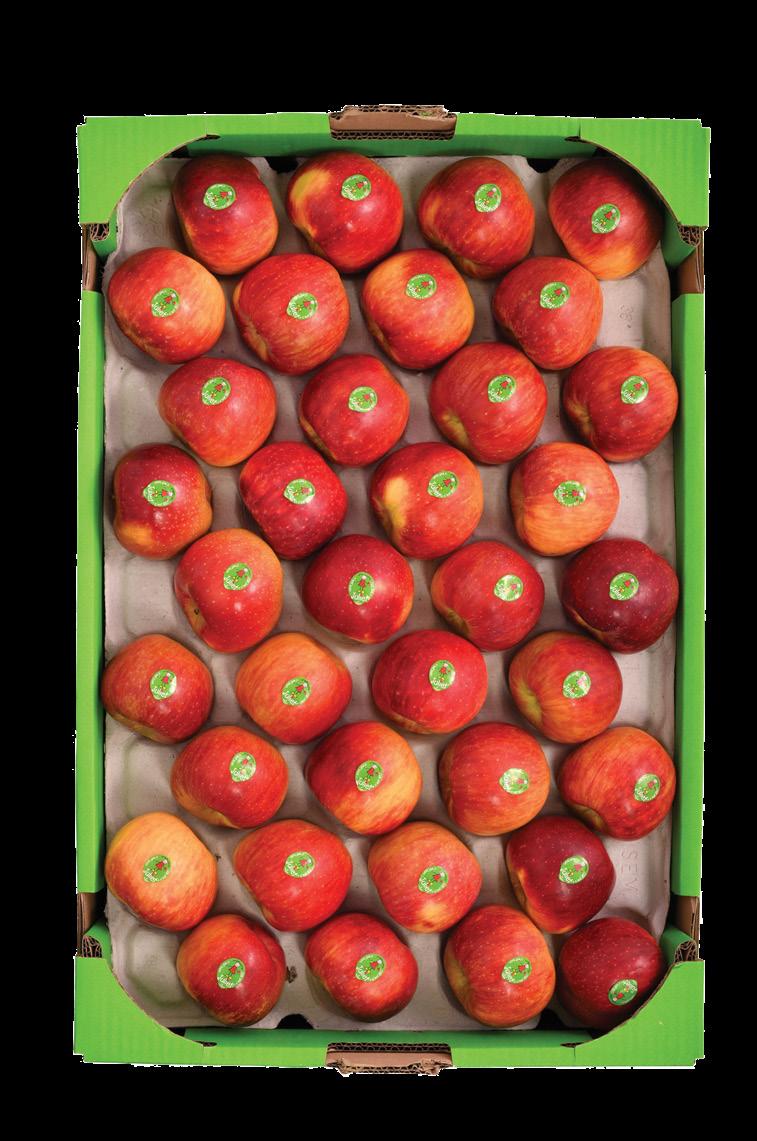

Since the pandemic, exporters are facing strong constraints to move their goods from one country to another. "The markets where we are active generally have remained the same as before the pandemic. But the big concern now is that we must deal with the lack of containers and rates that have been multiplied by 1.5 or even 2. Such an increase is very difficult to transfer onto the price of apples, which is a product with low added value. The number of available containers is restricted, as they have been reallocated for products that can better absorb these increases in freight rates.
It seems that this rise slows down a little, but far from being significant. "It’s certain that we will never return to the rates we worked with in 2019/2020. Not to mention the incompressible costs that have increased in recent years, such as production costs by 5 cents, packaging costs, representing an additional 15 cents or more, transport rates, etc. Given these data, we fight every day to deliver the programs agreed with our customers.
To continue to evolve in this new context, exporters have had to demonstrate a great capacity for adaptation and anticipation: "Nowadays, we are obliged to start programs much earlier. So we have to be proactive. We also need to ask our customers to commit to the programs we build
together, because by withdrawing, the financial consequences can be very harmful. Given the freight costs for Asia, we also ask our Asian customers for volume commitments, to be able to meet their demand. This is a fact today: customers who do not want to make a commitment, preferring to wait for a return on quality, will be the last to be served. Today, we too have to commit to production. A very delicate task: anticipating in a context of climate change which no longer leaves any room for certainty. "This year, we are forced to deal with a suffering production side. If we want to help producers, we must value every single produced kilo otherwise we take the risk of losing volumes. Without production, obviously, there is no trade.
In addition to these new developments, exporters must also continue to adapt to the requirements of the markets they serve, whose intrinsic behavior is likely to change at any time. "Covid has created an “updraft” in the French market. Consumption was sustained with correct prices, in contrary to other European and Asian countries. People were too preoccupied to consume, whereas the French saw cooking as a way of escaping this oppressive context and enjoying themselves. So we played then our trump card in France, and that worked out quite well for us. The situation is completely reversed today, with
the drop in purchasing power pushing the French to favor quantity over quality. As a result, French consumers are less interested in organic products. By the way a totally Franco-French crisis".
Not all markets are receptive to the French organic certification, but some Asian countries are very sensitive to this label, clearly perceiving it as a guarantee for quality: "Our specifications are much more demanding and it is a real asset for our Asian customers who are well aware that our production meets criteria of excellence. It is therefore a strong entry
In the Middle East, expectations are completely different, and much price-focused. This is a difficult position to maintain for Cardell, which has to face increasing competition: "In this market, for both organic and conventional, only the price counts. All apples in the organic range are perceived in the same way. The stores label products according to variety and color, but not to the origin. This is why we are more and more competing with countries that did not necessarily have good varieties and efficient packing stations in the past, but produce today a quality that is comparable to our apples: very much exportable but at much lower prices. This makes all the difference. For a bicolor apple of the same size, we are now fighting with 5 to 8 competitors. And in this kind of market, it is difficult to justify such a price differ-


ence for the French origin, for a product that at the end tastes very similar. But we are doing everything to maintain a presence in these countries, even if it means
With the decline in North American apple production, it is likely that the Canadian market will look for alternative supplies to meet demand. A market where Cardell would have cards to play: "The French-speaking community in North America is quite receptive to our production methods. Canada is looking for niche markets for organic products that are high quality, both in terms of taste and production. Juliet appears to be the ideal candidate to serve these markets. All the quality certifications of French production are an undeniable asset to meet the requirements of the Canadian market.
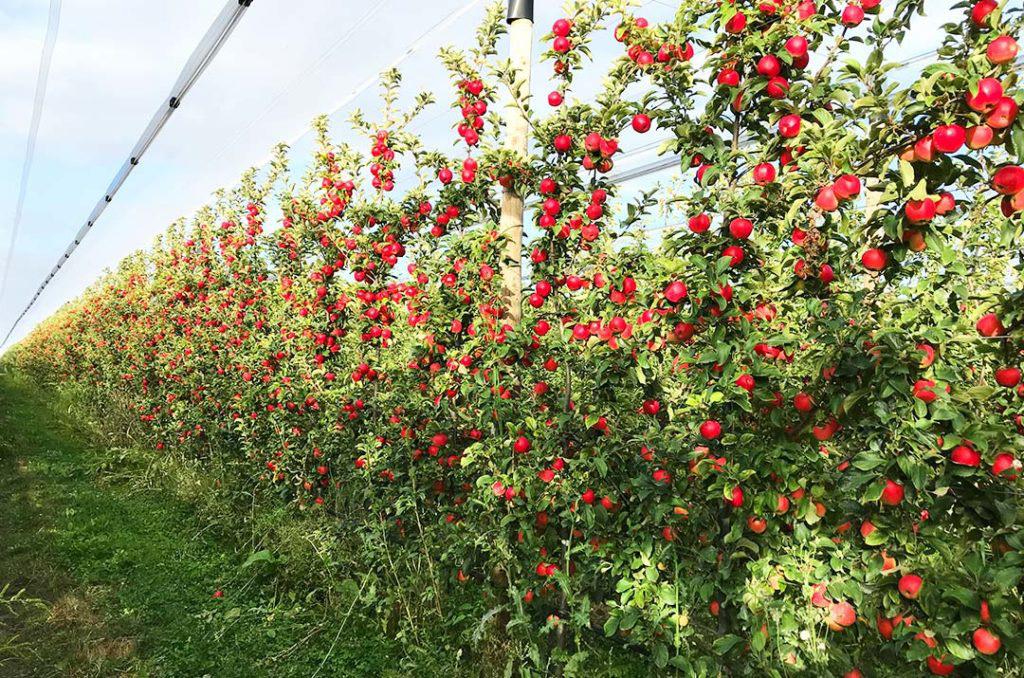
The pandemic also marked a turning point in consumption habits in some countries. "Today, there is a philosophy that has supplanted organic: the desire to consume
more locally, regionally and to develop short circuits. We are now asked to supply as close as possible to the place where our customers have a distribution network. In Germany, for example, they consume first local, then regional, then Austrian, and only after that, our customers will come to see us and ask which production area is the closest to them.
Whatever the difficulties encountered in certain markets, Cardell Export seeks to maintain its position in its current markets "at all costs". "As long as the French market does not consume all its production, we must export. In addition to looking for new markets and opportunities, we must continue to develop the markets where we are already present, even if the context has changed so much. We will have to find mechanisms that help us maintain our export share. Today, institutions such as Interfel or the ANPP, which promote and defend the quality of French production, provide us with essential cross-sector support more than ever.
Today, French asparagus are primarily marketed in the domestic market, but this was not always the case. Not so long ago, Germany was the favorite market for France asparagus, with volumes even reaching 11,000 tons in 1987. But over time, exports have eroded to the point of being anecdotal. However, the cause of this decline belongs now to the past. In the current context, where the French origin benefits from the best production techniques, becoming more and more competitive, could the French asparagus sector grab the opportunity to reinvest in export towards Germany and to reclaim the place it once occupied?
The decrease of French asparagus exports towards Germany is directly linked to the erosion of production volumes. Fusarium, which appeared in the 80s and 90s and was caused by an aphid,
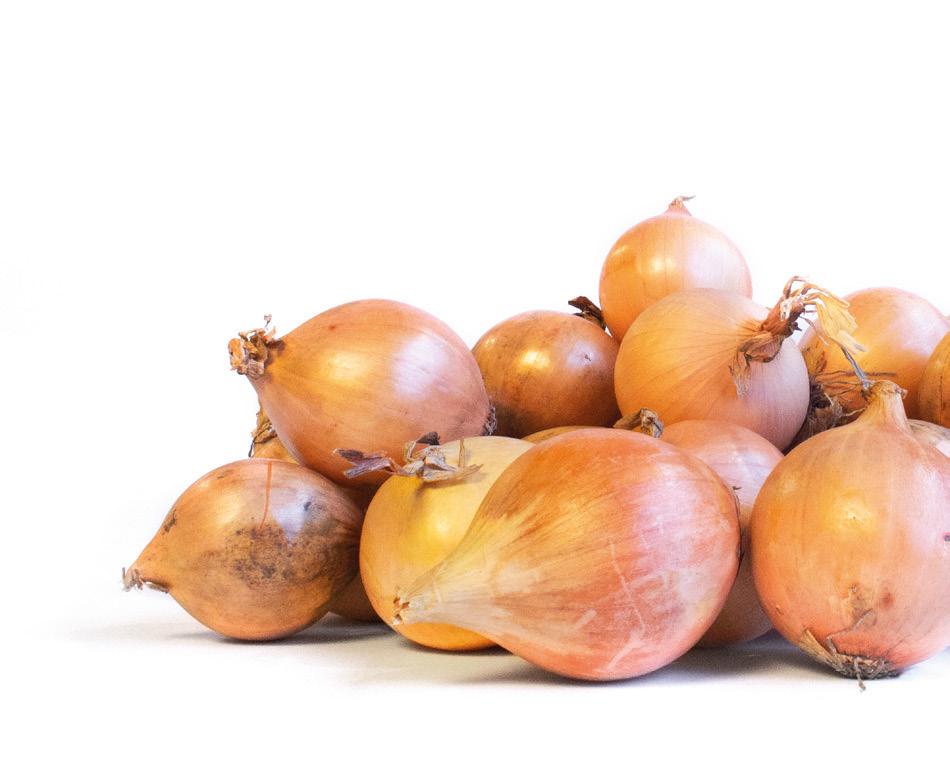
destroyed more than 5,000 hectares of asparagus plantations in the space of 15 years. "This problem first affected the South-East of France. And little by little, it spread to all the country's production
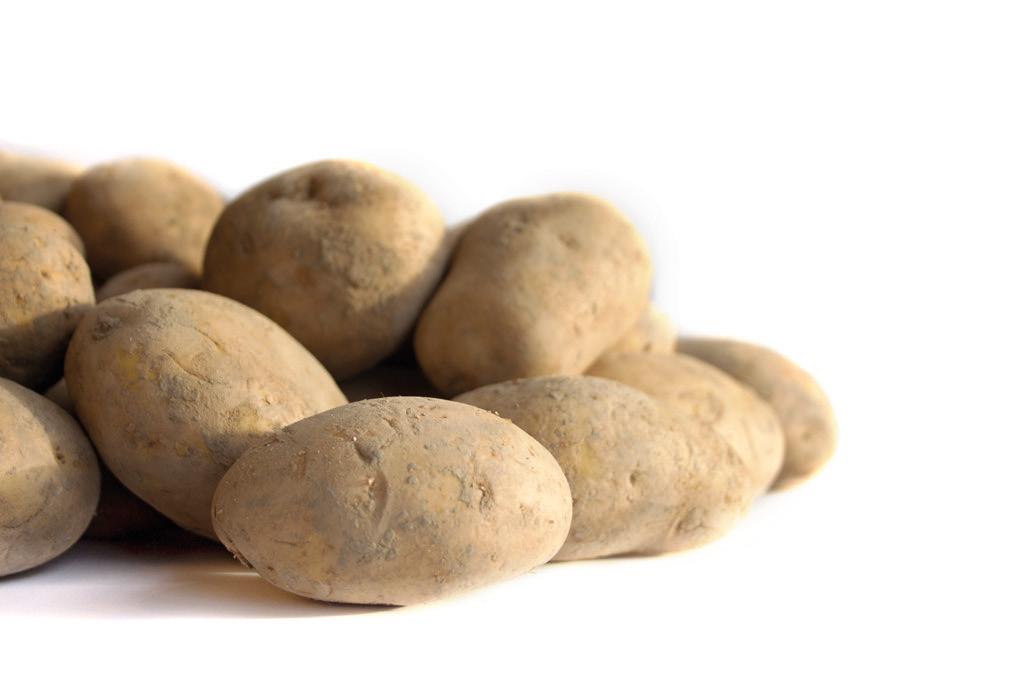

areas", explains Christian Befve, an internationally renowned expert on asparagus, founder and manager of the consulting firm Befve & Co. The late identification of this undesired guest causing the hecatomb did not allow to act in time to limit the damage on the crops. Faced with the drastic division of its volumes, the French origin had no choice but to withdraw from the German market in order to satisfy the demand of its own market first.
GERMANY: THE LARGEST INTEREUROPEAN IMPORTER OF ASPARAGUS
In the meantime, Germany’s needs – as the biggest consumer of asparagus in Europe – grew. Faced with the urgency to satisfy its domestic demand, the country turns to other origins such as Spain - at that time a
major producer of white asparagus -, and then Greece, Italy, the Netherlands and Poland. Countries that, with the exception of the Netherlands, benefit from labor costs that are much more competitive than France, up to 2 to 3 times less important. Countries such as Spain, which, without mulching, benefit from a natural earliness, an interesting trump for marketing. Faced with this tough competition, once the aphid problem was solved, France was never able to regain its place as an importer in Germany. In 2021, imports of white asparagus from Greece reached 5,741 tons, 3,188 tons from Italy, 1,946 tons from the Netherlands and 1,160 tons from Poland. A total of 12,000 tons, which almost matches the volume of French exports in the 90’s.
In the past, French asparagus may have lacked competitiveness, but the current context is much more favorable. "Early on, French asparagus production had to deal with a quite expensive workforce. The crop is certainly labor-consuming and it was necessary to find a way to reduce costs. Very quickly, production adapted to this constraint by deploying a higher level of mechanization. In other countries that have benefited from affordable labor costs up to now, this mechanization is still in an early stage. Thus, the notable increase in labor costs in certain European countries such as Germany (€12 per hour) or Spain (€13 per hour for seasonal labor) - now approaching French price levels - allows
French origin becoming competitive again. A RECOGNIZED
Another important asset of French production is the know-how and experience of its asparagus growers: "We have developed techniques that allow us to have a significant control of the earliness and yield, with the use of one, two or three mulches, besides cultivating the crop under advanced mini tunnels. France is one of the few European countries to use these new techniques. Therefore, despite its geographical position, it is one of the first origins to arrive on the market.
The management of precocity is a real strength of French production and creates an opportunity for French asparagus growers in the current context: "With the increase in labor costs, Germany, Italy, Greece and Spain are losing surfaces between 5 and 15% depending on the country. However, as earlier mentioned, imports into Germany have remained at the same level for the last 35 years. This represents a real opportunity for France to integrate German imports, starting its exports from March - while the harvest in Germany has not yet begun – and to become the reference origin in April.


Within a favorable European context
regarding its export, last campaigns underlined the need for the French white asparagus to reach markets beyond the borders. Especially for the South of France: "French production - which represents 5,500 hectares or 20-25,000 tons - covers the needs of its own consumption, and must find other outlets for what the domestic market cannot absorb. Last campaign ended dramatically with the destruction of a large volume of asparagus for some operators, due to a too low demand. The season even stopped for some regions two weeks in advance, which, put together, represented a big loss of earnings for producers. This discrepancy between supply and demand is naturally at the origin of a price drop. This year again, the South-West started too strong and too high, above what the French market can use. Prices were strongly impacted, then recovered by 2 euros per kilo. In fact, prices dropped significantly during the first growth of asparagus in the SouthWest of France at the end of March/beginning of April (+150 kg/ha/day) and rose again when the harvest was smaller from the end of April (-100 kg/ha/day). The same is true for the South-East, which is the second most productive region in France after the South-West. These two regions are actually the most able to export, given the precocity of their production. This looks like a pragmatic and well-designed solution, served on a silver plate".
This potential solution sounds good to a
large majority of French asparagus growers: "When I met the professionals of the sector last July 1, the export to Germany was presented as a way of thinking to get the sector out of the crisis. A proposal that was very well received.



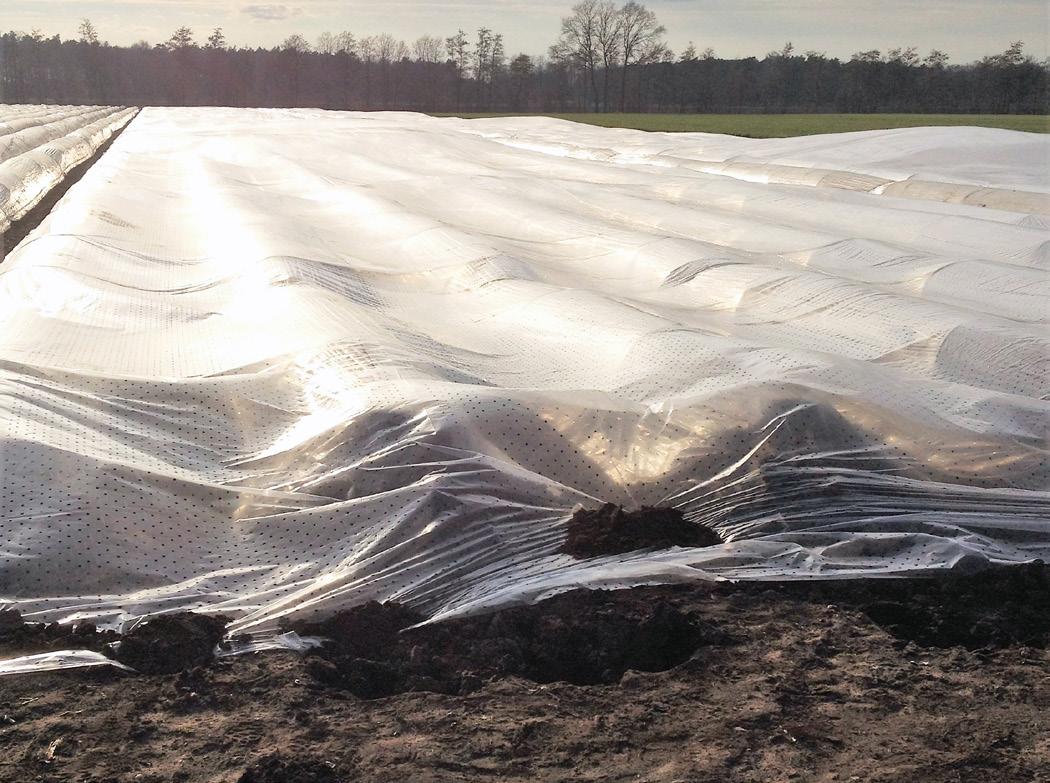
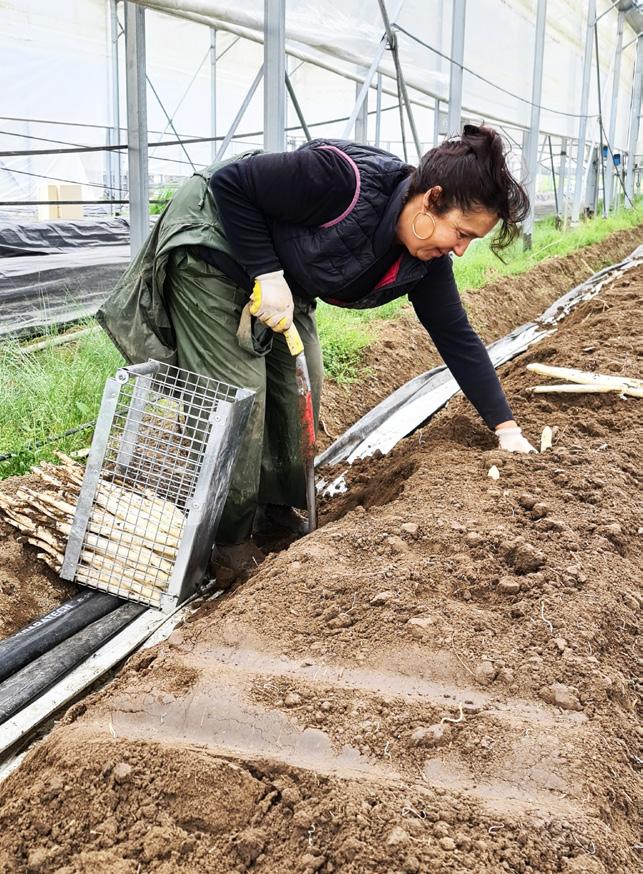


In addition to Germany, other markets can represent an opportunity for French exports, such as the USA, Japan and Swit-
zerland where French asparagus, although still in very limited volumes, are already sold. Switzerland, which does not produce much asparagus, can also be a very interesting market for organic production: "The Swiss are very fond of organic and biodynamic products and they are willing to pay a good price. It is also commonly accepted that the French organic specifications are the most demanding in the world. While the French organic sector is in crisis due to lack of consumption, strengthening exports to Switzerland may prove to be a particularly suitable solution
to help French organic asparagus growers out of the crisis.
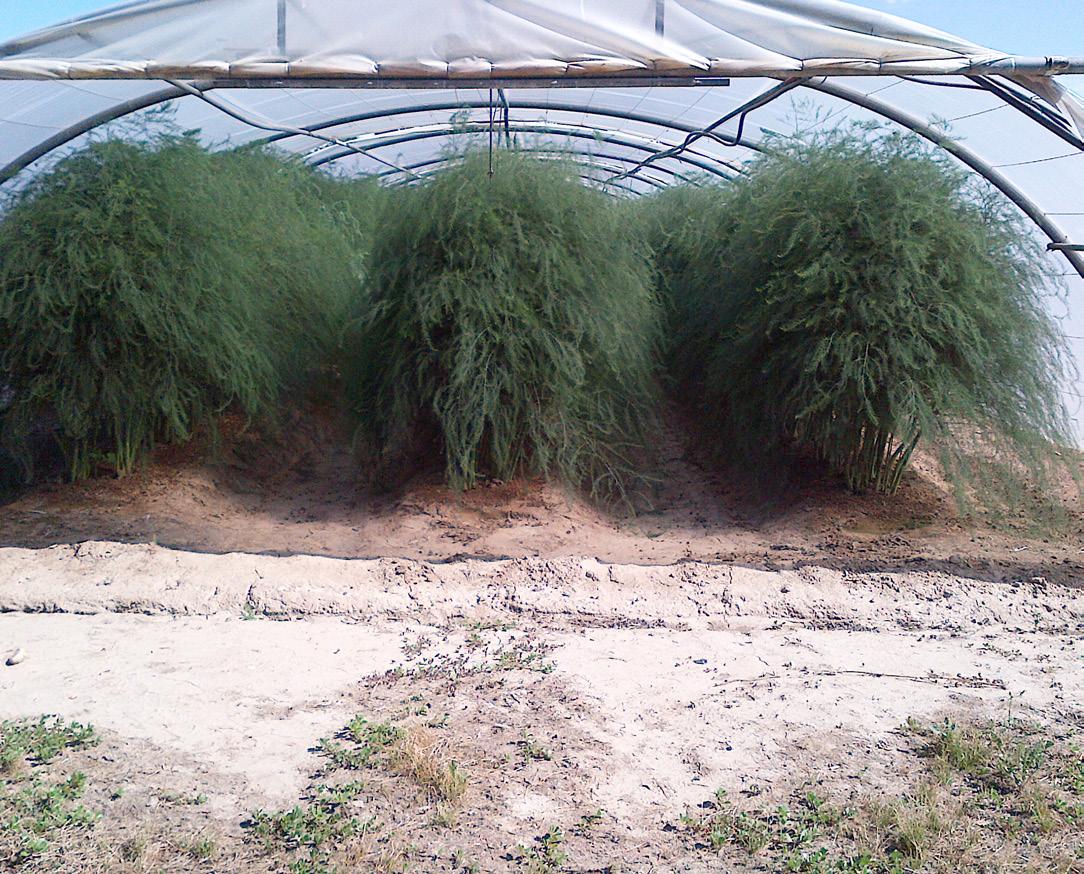
Considering all these elements, it seems that the time has come for the French white asparagus to (re)conquer the tables of more distant countries.
www.befve.com





The temperature has been a determining factor at the start of this year’s greenhouse vegetable campaign in Almeria. And not only in this Spanish province, where October and November were “extremely hot”, according to the State Meteorological Agency; the whole of Central Europe recorded what could be called an “autumn heat wave.” The Netherlands, the other major producer of fresh tomatoes in Europe, had tropical nights in September; in fact, October was 2.2ºC warmer than the average for that month, with up to 18.5ºC in the month of November.
This unusual heat allowed Central European growers to extend their summer campaigns, which for many would be their last until well into the spring of 2023; however, in an industry in which, commercially, those involved deal with welldelimited time frames, and who work with live products, for which temperature is a positive catalyst, there were necessarily changes in the initial prospects of Almeria’s producer sector.
“In that period, we have seen an increase in the amount of kilos of tomatoes in our cooperative compared to previous campaigns,” said José Carlos Escobar, commercial director of CASI. “Growers in Europe

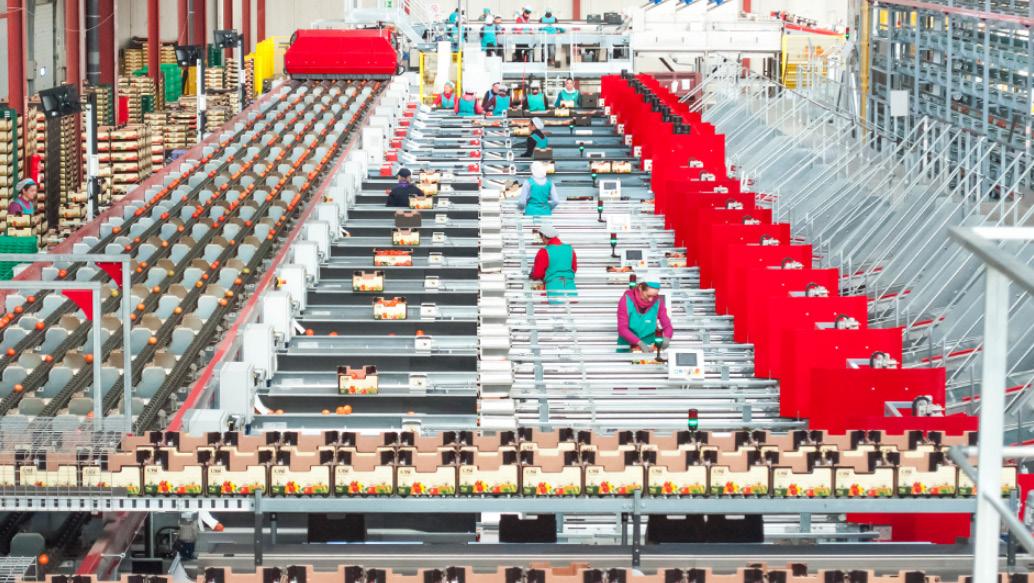


have tried to postpone the end of their season as much as possible and in the first few weeks we’ve needed an extra push to sell our production. However, in mid-December we saw that the trend was starting to change.”
“We are aware that there is not going to be a total shutdown of high-tech greenhouses in Central Europe, but the production is going to be greatly reduced.” The fact is that the high cost of energy has not only made producing more expensive, but as confirmed by sources from different countries, it has led producers to sell the gas they had contracted for their greenhouses to the energy companies ahead of
the expected winter shortage and at very attractive prices. “We are living a really unusual moment; we cannot forget that what we are stopping is the production of food.”
The drop in the vegetable productionspecifically tomato production - in Central Europe, which had been predicted since the summer, and which started to become noticeable in mid-December, marked the decisions of Spanish growers. Many of them set their sights on those varieties that would cease to be grown mainly in the Dutch greenhouses. “However, at CASI, we have stayed in line at the varietal level with what was done in previous years. Tomatoes account for ninety percent of our production; that is, some 200 million kilos. We are immensely fortunate to collaborate with many families, some for generations, who have always been devoted to tomato growing and who are specialists in its production; and they, the best growers, are the ones who make us strong.”
“Taking into account the volume we handle, we can afford to bet on specialties, and not spend our energy in the varieties everyone has gone for this campaign,” said José
“In the first weeks of the campaign we’ve needed an extra push to sell our production”
José Carlos Escobar, of CASI:
Carlos. “We have kept our line of commodity tomatoes, but the specialties are what allow us to stand out as a cooperative.” The almost 15 tomato references in CASI’s wide range of varieties are a testament to this.
“At CASI we have been taking all preventive measures against ToBRFV for some time now.”

While only the campaign’s final figures will confirm this projection, the downward trend recorded by tomatoes in Almeria should be reversed this year. Last year, the acreage devoted to its cultivation was again reduced by 3%, although that did not prevent the crop from continuing to be the province’s second most important product in terms of volume and value of the marketed production, only behind bell peppers.
Spanish tomatoes have been facing different challenges in recent years, mainly competition both from within the continent and from third countries of the Mediterranean arc. However, in recent times,
they have also been facing a new threat that isn’t even macroscopic, and which is just a threat, but which has put the entire industry on guard: the tomato brown rugose fruit virus, or ToBRFV.

This pathogen of unknown origin has been detected in almost all European countries, leaving a trail of uneasiness in the production sector, and neither Spain, nor Almeria, has escaped it.



“At CASI, we have been taking every preventive measure possible for some time now, both on the pat of the technical department and on that of our partners, so it is not an issue that has affected us. It is a reality that there are areas affected by ToBRFV, and if we do not take all the necessary measures, one day it could
affect Almeria as a whole,” warns José Carlos. “Until we are certain that there are new resistant varieties performing well in terms of production, we will have to continue implementing prophylactic measures. There is no other choice.”
Besides tomatoes, CASI also grows and markets all of those products that have allowed Almeria to become the leading fruit and vegetable exporter of Andalusia. “In December, cucumbers and peppers recorded good prices,” said the commercial director of the cooperative, “while those of zucchini have, as usual, moved like a roller coaster.” As for watermelon, whose early production could be affected by the positive prospects for first cycle autumn vegetables reported since the beginning of the campaign, “things are not yet clear, but at CASI we are going to keep our production in line with that of previous years.”
jcescobar@casi.es“We are extremely lucky to have the best producers”

Jelte van Kammen, General manager Harvest House:
It could not come at a better time: this fall’s ‘Come out of the greenhouse’ video series by the Dutch Federation of Fruit Vegetable Organizations (FVO) concludes a year in which greenhouse horticulture made many headlines. Not because it wanted to; because it had to. Yet, by chance, the series coincides exactly with that sector’s cries of distress. So says Jelte van Kammen, a general manager at Harvest House, one of the five producer organizations affiliated with the FVO. We discussed that federation’s strike and the actions Harvest House and its growers took with him. The common thread in the tale? Taking responsibility and telling the story of high-tech food horticulture.
“If people don’t understand what you contribute, you keep running into trouble”
When did the idea for a campaign start at both Harvest House and the FVO?
Even before the energy crisis began in the summer of 2021. This fall’s ‘Come out of the greenhouse’ campaign and series of six online videos is entirely coincidental. The situation in Ukraine and the current energy crisis have made our story all the more important. But it wasn’t the trigger. About four years ago, a change started, and our growers, fellow producer organizations, and we became more active. We met and started genuinely talking again. What came out of that was that we were concerned about our image, so we commissioned an image and reputation study. That truly boosted the FVO again.
That study clearly showed that the outside world considers us in a far more positive
light than we do internally. We questioned politicians and independent parties (non-governmental organizations, NGOs ed.), and they said, “You’re not sharing your story at all.” We’re doing something wrong, we realized, while the general public has begun appreciating us. We had much to tell to explain our positive contribution to society. That’s when we started working on getting our story out there without it becoming a ‘let us tell you how it’s done’ tale.
Is it highly unusual that the FVO went public as a united group?
Even before the reputation survey, the FVO’s five production organizations (Harvest House, Oxin Growers, The Greenery, Growers United, and ZON Fruit&Vegetables) had put their heads together. The
FVO was founded in 2014 because many fruit vegetable growers could no longer innovate, which put our sector’s future under pressure. Cees Veerman was the FVO’s first chairman. Even though we were wary of bundling - that’s something growers need to understand and support well - we did recognize that more cooperation was needed.
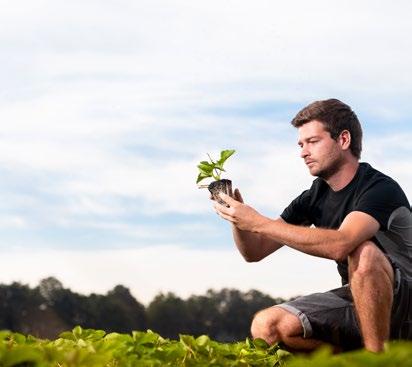
I’ve always thought there are too many companies offering fruit vegetables. That doesn’t help growers’ bottom lines. And that’s our mission: to achieve the best possible return for our growers. The FVO hasn’t entered into major mergers, but we’re now genuinely discussing things again. We’ve even set up a think tank to talk about non-competitive issues. That’s good.

As a grower, you always work with reliable and solid partners. Van den Elzen Plants fits this picture; we have been a leading supplier of strawberry, asparagus and raspberry plants for more than sixty years. However, we don’t just sell plants: above all, we sell you successful production. And if you are successful, we will also be successful. We are specialised in:

GroentenFruit Huis seems to be absent from the FVO campaign. Is that right?
Yes, and it’s deliberate. With our high-tech horticulture, we took the lead ourselves this time. GroentenFruit Huis goes broader than greenhouse horticulture and represents other sectors. We’re now taking responsibility for our role. As producers, for years, we’ve forgotten to truly connect with the general public and politicians. I think the years of success made us complacent; now we’re taking up the gauntlet.
Tell us a little more about how the video series came about.
After doing that reputation study, we decided on six themes for which we commissioned videos. We worked with Sugar Rush’s independent journalists - Hidde Boersma, known for ecomodernism, and Karsten de Vreugd. They were already working on a film about land use. That’s a strong greenhouse horticulture point, perhaps our strongest point. Our growers have very high efficiency per square meter.
There’s good reason David Attenborough emphasizes this in a well-known Netflix


documentary. The land use film Paved Paradise very nicely portrays the food system and its challenges and solutions. The entire greenhouse industry put in money to make it. Notably, the film doesn’t presents greenhouse horticulture as the sole solution; strip cropping, for example, is also proposed.
Sugar Rush helped turn those six themes into six videos in which we explain to politicians and the public at large what our high-tech food horticulture is all about. Explaining what we contribute to society often takes some doing. In the videos, we do that just a little differently, in a powerful, catchy way. Two videos were aired at the Floriade Expo in the Netherlands, and all six have been distributed through the FVO members’ online channels. We use the videos when we need to, say, explain how cogeneration systems fit into our sector’s story.
How have people reacted to the videos?
The reactions have been positive. One thing I’ve heard is that people like that we, as producers, are now taking the lead. I’m impressed with the videos’ reach. We’ll
keep promoting and telling our own story in the new year. You should also know that, behind the scenes, the FVO thoroughly enjoyed making these films. We purposefully chose a slightly different style and then gave the filmmakers creative license. Sometimes things got a little out of hand, and we intervened; at other times, we left things exactly as they were. We had to attract attention, and I think we succeeded. The many people who’ve watched these videos can attest to that.
The creative process sounds like it was a bit of team building.
Indeed. You could consider it as such. Making these videos involved all five FVO member companies’ communication staff, as well as the directors. The FVO really worked together a lot over the past year.
Is this campaign the start of the cooperatives joining forces more often?
Not only the cooperatives; the whole greenhouse horticulture sector. As companies, we haven’t genuinely been on the same page for the past decade. The famous golden triangle between government, industry, and research/education, thus,
Truly 100 bar (1450 psi) high pressure fogging for breeding, potted plants, cut flowers, soft fruit and vegetables to have humidity control and to reduce crop stress.Nieuwe Donk 5, 4879 AC Etten-Leur The Netherlands mjtech.nl
no longer worked truly optimally. We’re trying to get back on the same page as companies. It’s about closing ranks. That’s what high-tech greenhouse horticulture is doing.

What are the next campaign steps?
As a whole, the greenhouse sector is committed to communicating its story better and getting people talking. How can we continue feeding the world sustainably, and what’s greenhouse horticulture’s role in that? You can read about things like that on thefoodfight.nl. The guys from Sugar Rush and Food Hub are working on that. The goal is to halt polarized discussions and gain more understanding. The platform’s tongue-in-cheek message is to ‘stop the food fight’. The FVO wants to add to that: we relay how high-tech food horticulture can contribute to the food transition. I have to mention Jos Looije and Hans Harting here. And, it’s not only producers but the entire cluster that’s whole-heartedly participating.
Did you get all the growers, some of whom surely have other current concerns, on board?
Absolutely. Ideas that weren’t taken seri-
ously a few years ago are now being discussed. I remember Harvest House once proposed planting trees near greenhouses to help improve biodiversity. At the time, many growers thought that was going too far. Yet now, when I look around, I see growers have started planting green spaces near their greenhouses.
We consider our role in society as a whole more. We have to get the general public on board: if people don’t understand what you contribute to the whole, you keep running into trouble. That’s why we’re focusing on that. We’re also talking with NGOs to get their perspective. It’s vital to allow other voices in and translate them to our growers, our members. Fortunately, growers have noticeably begun thinking differently and taking their role seriously, for instance, about CO2 reduction. Our growers and we face a considerable CO2 challenge for which we’re seeking solutions. And we’re doing just that. Our Harvest House growers have unanimously agreed that they want climate-neutral cultivation by 2040.
Are you getting government support in this energy crisis?
You’re in the business of growing. We’re in the business of helping you do it as efficiently and productively as possible, by providing the best horticultural technology, services, and solutions. From cultivation optimization to drip irrigation and growing systems, learn why Growtec is simply a better way to grow.
Present policies are far from helping us become more sustainable. Just look at Dutch authorities linking sustainable energy production and climate transition (SDE) to natural gas prices. That sets back innovation. That increasingly leads to government policies bogging business people down. It makes me think of one of our growers, Pieter Wijnen. His company was well on its way toward using sustainable energy. They were 90% there.
The current policy and the energy crisis have set him back; they simply can’t afford it. When one of the political parties asked me to speak at a congress a while back, I let Pieter tell his story. And it hit home; you could see that in the audience’s reactions. They felt for him and knew they couldn’t come up with wishy-washy answers to his questions. Pieter, like many growers, doesn’t like sharing his story with a large audience. But he did it and did it well. His message was, literally, “Help me!”
Our growers make a critical contribution to the food chain. And our sector includes many family businesses. We should be much far proud of that. Such companies genuinely drive our economy. And sus-
tainability, but the government must enable and support that.
Especially in times of crisis, new ideas about how to move forward arise. Is that the case now?
Despite everything, I don’t think sustainability and innovation have stopped. On the contrary, sustainability’s forging full steam ahead. For example, the European Union’s making unprecedented sustainability investments. Our sector’s taking its responsibility, and I’m delighted with our growers’ innovativeness. At Harvest House, we firmly believe growers should take such matters into their own hands. As a producer organization, we focus on marketing greenhouse vegetables; the growers concentrate on cultivation and how they can innovate in that. We show what we can do for energy transition and how greenhouse horticulture can help.

What should the sector do to boost support?
I strongly believe in cooperation, not the usual lobbying, which is why we’re trying to build coalitions with NGOs. We’ll say something like, “We want to achieve this; does that align with your goals? Can we
reach an agreement and make a plan to knock on the government’s door together?” Here, when it comes to politics, public opinion plays an increasingly important role. That’s another way to reach politicians and perhaps gradually bring about some change after all.
The initial effects of the soaring costs are visible. Growers are stopping; greenhouses are standing empty. Does Harvest House see retaining Dutch acreage as its task?

For a healthy sector, you need research and development. That requires a minimum amount of acreage. So it’s crucial for the agriculture and horticulture sectors to retain sufficient acreage. That’s not then Harvest House cooperative’s job. We’ve come to realize that, in that regard, our growers can take care of themselves very well. It’s not a topic within the FVO either. It’s a competitive topic and something we’ve agreed not to discuss.
Your neighbors, Growers United, found a way in which a cooperative can help retain acreage, though. True, and they’ve thus proved that it’s possible. But that’s not what our grow-

ers want; they all decided that they must be eagerly in the driver’s seat at all times when it comes to that kind of thing. That’s also part of growing: entrepreneurship. Where they see opportunities, they take them if they can. And if they can, together. For example, when Agro Care decided to start growing crops in Tunisia, they approached fellow members first. When no one wanted to participate, they went ahead on their own. Cooperation is a big Harvest House thing. Together we achieve more. And if you work together, everyone has to be actively involved. Otherwise, it won’t work.
How does Harvest House view overseas cultivation?
We focus on year-round and local-for-local. Several of our growers can do that, thanks to overseas cultivation. We believe producing year-round, sustainably, is a possible solution. Growers in southern Europe need less energy in the winter. We focus 95% of our efforts on Europe but have cultivation companies in Tunisia and Morocco too. We’re also looking at opportunities in North America and the Middle East. Our trading company, Global Green Team, provides the know-how and network for that.

Horti Footprint enjoys a vital place in Harvest House’s sustainability policy. How is that going?

We use that to calculate our products’ environmental impact. Wageningen University, GroentenFruit Huis, and we set up and put this independent calculation method into practice. We were one of the first chain parties to invest time and people in this. We have a picture of almost all our growers - and thus, our products - footprint. And those differ considerably.
Our role as Harvest House is to collect the data, make it transparent, and facilitate the discussion about it. Why is one grower succeeding and another not quite yet in certain areas? Together we look at what reduction targets we can set and how those can be achieved. Then, too, the growers’ entrepreneurial spirit emerges. Healthy entrepreneurship has always and will always bring about major changes. Our growers unanimously agreed that by 2040 they want to grow climate-neutral crops. We can help with that from the cooperative’s side and by using the Horti Footprint.
In my experience, it’s a good model. It provides figures for discussion, but otherwise, sustainability remains simply a catch-all term. Our high-tech food horticulture sector is still fine-tuning things. The FVO and GroentenFruit Huis are now seeing how they can further improve the Horti Footprint. This scientific model has been around for 20 years, and the five cooperatives’ quality experts are now checking if all the existing model’s facets fit our sector.
Sometimes, the current, unexplained black-and-white comparison seems a bit strange. For example, a Moroccan cultivation site appeared to score high for land use and biodiversity. After studying the
figures, it turns out that that’s because those greenhouses are in the desert. The greenhouse thus didn’t affect the already low biodiversity. That’s logical. In the Netherlands, there’s much more biodiversity which greenhouse impact more. Water is another point.
Dutch greenhouses score well here. And in North Africa, great strides are being made, and much less water is used than in traditional open-field cultivation. Our growers are making genuine progress. You can see the role of entrepreneurship there again. For instance, one of our growers, Philip van Antwerpen, decided after a year in Tunisia, “We’re going to use hightech greenhouses, after all.” Our growers there are very deliberating working on improvements and sustainability.
Much currently revolves around energy, but there are other challenges. Harvest House’s sustainability policy includes labor.
We promise: we’re the source of a healthy life, and that definitely doesn’t refer to only energy. Our growers invest in sustainability in other ways too. I think Agro Care’s a fantastic example. They grow Fair Trade tomatoes in Tunisia, and provide day and health care to its employees there. They’ve also reduced the number of working days from six to five. When the people there heard about these plans, they were initially up in arms. Working less for the same money; that can’t be right. From Harvest House, we encourage growers in these areas, but we don’t regulate it. Our growers do that. They, again, take responsibility. We also, obviously, take good care of the people who work for the cooperative.

But Harvest House made itself heard by investing in Source. Growers can’t invest that kind of money
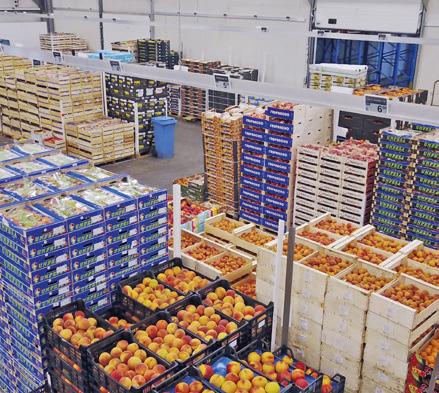

on their own. Not at the rate things are going. Source now has 50 people from all sorts of disciplines working on systems that use artificial intelligence to control greenhouses. So, as a producer organization, Harvest House sees a role for itself. You have to do things like that together, with a larger collective. It’s great to see that Growers United has now also joined in. Growers from both cooperatives now meet regularly in a user meeting to share knowledge.
Recently, one of our growers, Dennis Grootscholte of 4Evergreen, sat down with Ernst and Rien from Source. They went deep into the subject matter. I love it when so much expert knowledge comes together. On one side, from the world of artificial intelligence; on the other, from greenhouse horticulture. The trick is to bring these worlds together. Until two years ago, the guys from Source knew next to nothing about greenhouse horticulture. Together, you can make enormous progress.

It is evident that steps are being taken. What if things do not go fast enough? The issues our sector faces won’t be solved overnight. It requires a different approach and somewhat more patience. Sometimes you hear: “It’s taking a long time, isn’t it? Yes, it is, but you also want to do things well. We’re working on things together. Yes, we must be even more sustainable and move towards fossil-free products, for example. We can do that, too. But if it were really that straightforward; it would’ve been done already. We’re working hard on these things.

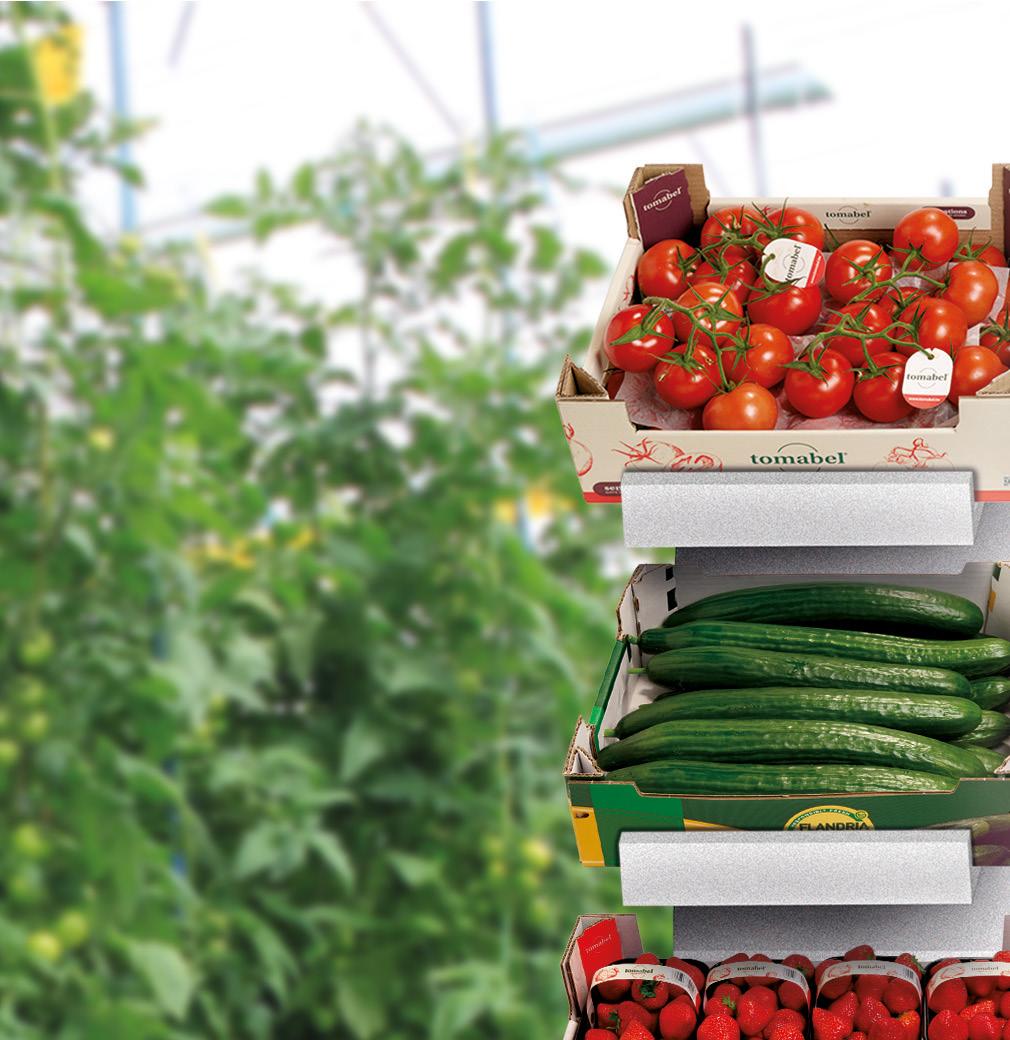

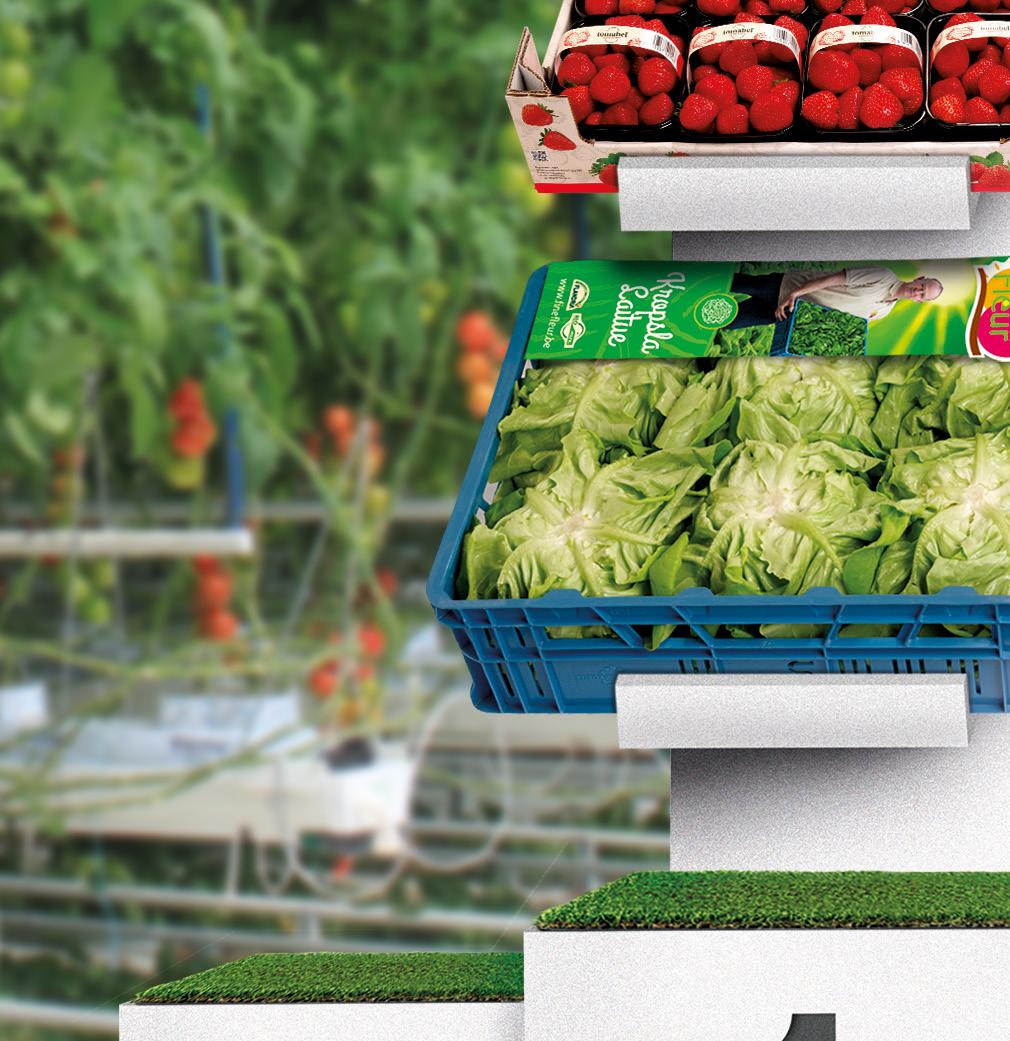














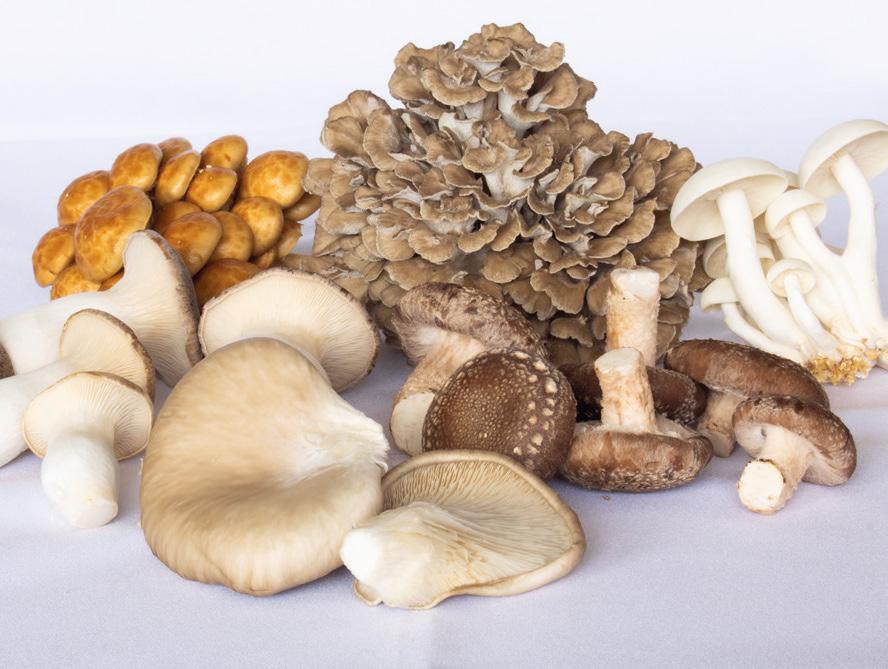


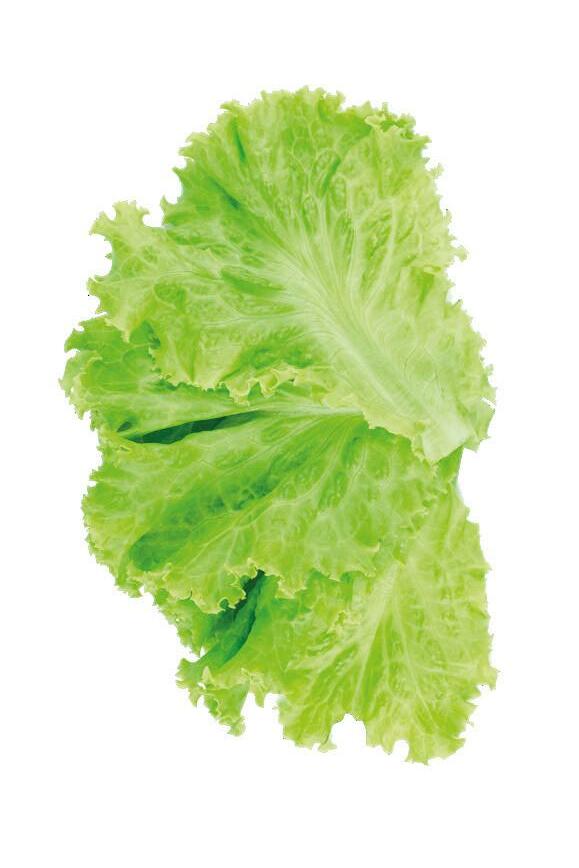
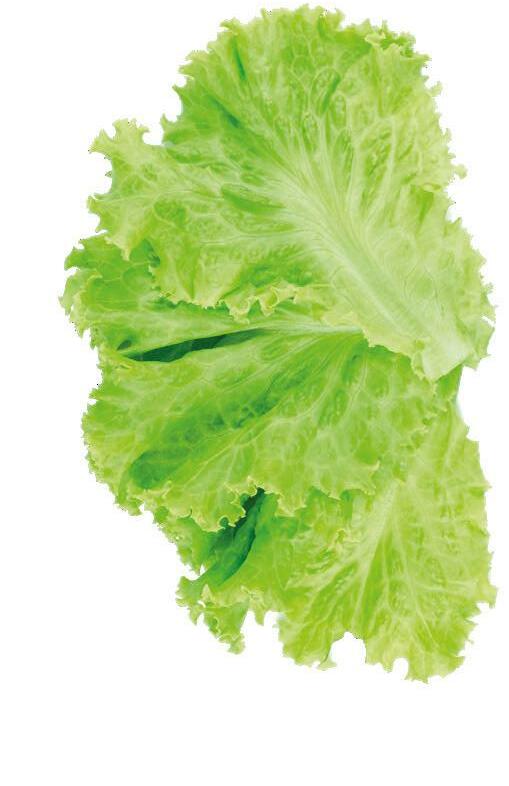
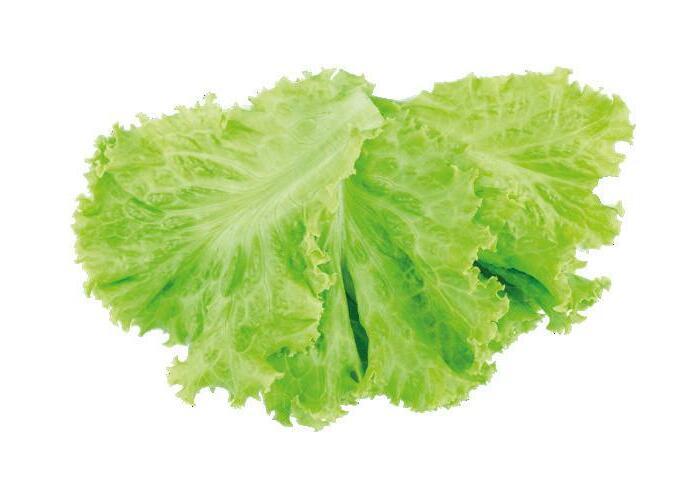
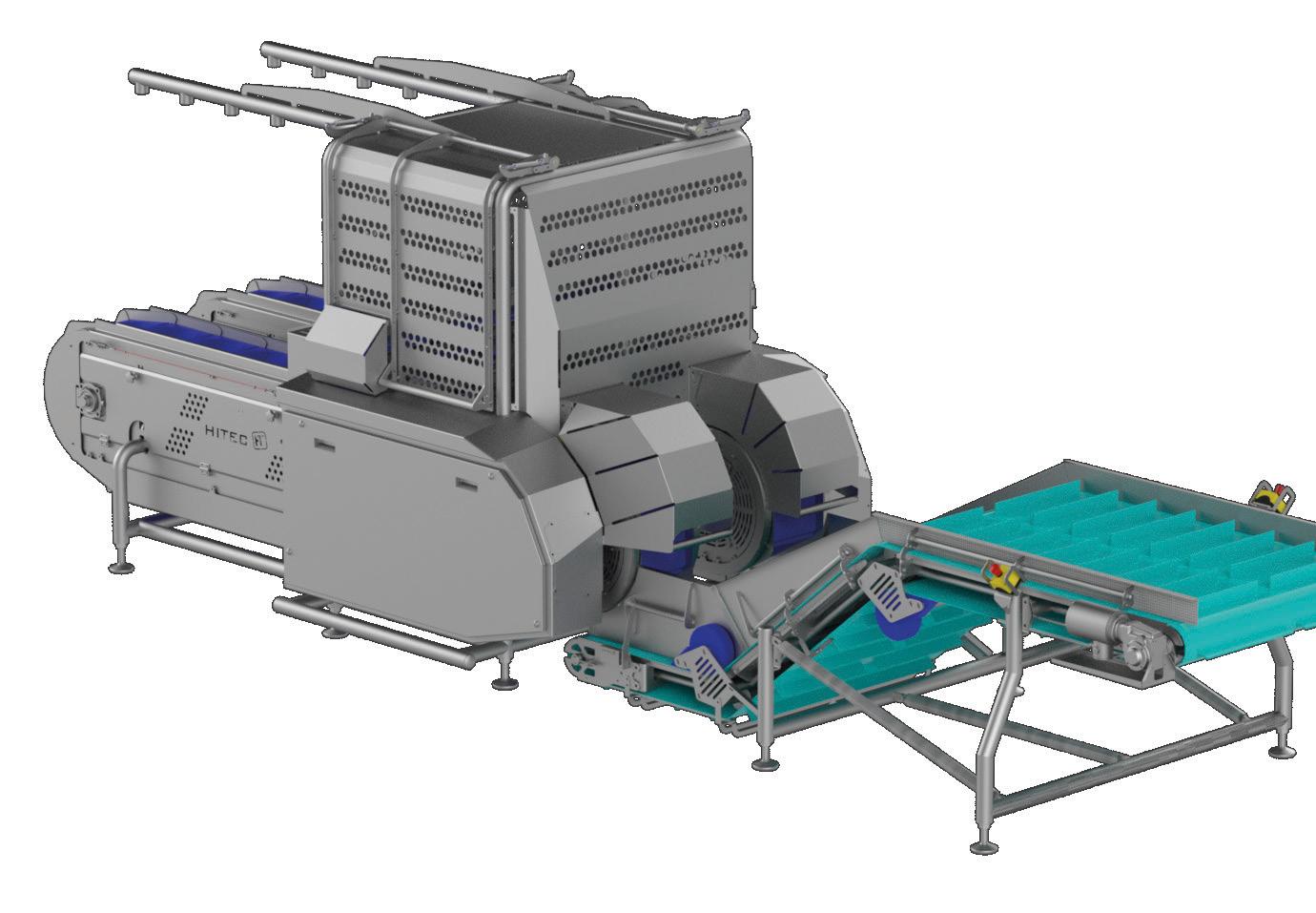


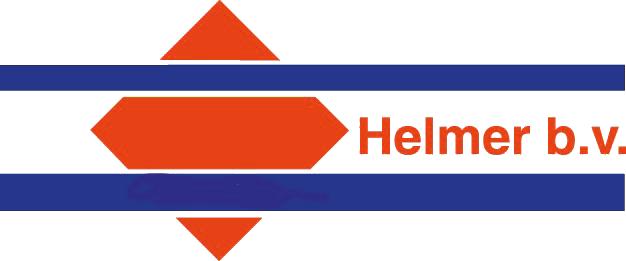

The last couple of years have seen challenges for shipping companies, what have been the main issues?
The disruption of the global supply chains was caused by two main root causes: First the lockdowns of ports due to corona. Vessels had to wait to berth, booked cargo didn’t make it to the terminals, and the container yards ran full with boxes which could not be picked up. As an aftermath vessel schedules were totally disrupted. The second impact came from hinterland infrastructure bottlenecks, i.e. the closing of factories and shops for several weeks by virtually all governments around the globe. This disrupted the flow of container equipment around the world. We know when and where containers are needed in what quantity. That was not possible anymore, because expected loaded containers were not shipped as planned to countries in demand of the equipment. It was a total mess caused by the pandemic.
How have they been overcome?
Unfortunately, container shipping is like a very fine clockwork and all wheels are connected to each other. It takes a lot of time to get all wheels in place and going
again once the clockwork is stopped. Some vessels were one or two weeks behind their schedule. How do you fix that? The same holds true for the repositioning of containers. It took several weeks to move them to other continents where they were desperately needed by our customers.
Are there still major bottlenecks in the supply chain?

We have seen a very good part of normalization and most bottlenecks are gone. Our schedule reliability improved significantly. We have put great efforts into that and will continue to do so. Our goal is to reach the old levels above 80% and higher. The past three years have been very challenging for our customers as well as demanding for the Maersk colleagues who have done a lot of extra work to mitigate the negative impact on our customers’ supply chains as far as possible.
A lot of new vessels are in the order books of the shipping companies. What does Maersk’s order book look like?
Maersk has a total of 19 container ships
in its order book which are all able to sail on green methanol. This means that the ocean transport on these ships will be climate neutral. One of the orders is a feeder ship to be delivered in 2023, while the other 18 newbuilds are 16,000 and 17,000 TEU vessels that will be delivered in 2024 and 2025. They will all replace existing tonnage in our fleet.
Countries around the Mediterranean are exporting more and more. Will this mean that more routes will become available?
We are in continuous and close dialog with our customers about their plans and needs. If we see growing demand, we are more than happy to get the fresh produce of our customers to existing or new markets. And it is not only about more or new routes. It’s also about facilities like cold storage which is a field we are investing in. We recently opened a new cold storage warehouse in Norway which is catering more towards the fish industry. But another one is planned for Rotterdam. As a leading provider of cold chain logistics we are able to handle temperature sensitive cargo from production site to point of sale. Our integrated solution includes smart tech tools for increased visibility. And we
“Our goal is to reach the old levels above 80% and higher”
can help our fresh produce customers to increase efficiency and resilience in their supply chains – or shorten transit times for longer shelf life.
During Covid ships moved from ultralow steaming to normal due to high demand, will they now return to ultralow steaming? How much of a time difference does this make between South America and Rotterdam?
A short transit time is essential for virtually most of our customers, no matter if we are talking about fresh produce, fast moving consumer goods, car parts or tech articles for end consumers. Therefore, our network and our operational colleagues are always trying to connect port pairs as fast as possible. That’s a competitive edge. However, reliability that the container is delivered within that time is also an important value. For instance, advertising 32 days transit time which is then not reliable doesn’t help the customer. That’s why we always look at both parameters. Furthermore, it doesn’t make sense to speed up a vessel if the next port of call is congested. This would only cause extra emissions and fuel costs, but it wouldn’t deliver any container on board a day faster. Therefore, our colleagues optimize vessel speeds depending on a range of indicators, sometimes switch two ports, or do other things to optimize the cargo flow for our customers. And we may engage in slow steaming where our transit time and reliability definition allow.
The EU has said that big CO2 producers must pay, do shipping lines fall into this category and what are the consequences per container?
The EU has decided recently that shipping will be included in its Emissions Trading System which we really welcome. It is a milestone, but it is also important to ensure that the ETS does not derail the respective work at IMO level as we need a global playing field. As such, the EU ETS must start as an intra-EU system first and it must take into consideration CO2 equivalents and lifecycle assessments of the fuels. We are in a climate crisis, and shipping is a part of it. Therefore, we all need to act now and put climate neutral solutions forward.
How do you perceive the shippers, are they interested in climate neutral solutions?
Many of our customers are interested in climate neutral transport solutions. We as Maersk, Hamburg Süd and Sealand are offering it already today for the ocean leg with our product EcoDelivery. This is achieved by burning bio fuels on cer-
tain ships in our network. The mitigated CO2 emissions are then contributed to a customer’s container which was booked with the EcoDelivery option. Many customers are using it already. In Q3 2022 a total of 3% of our global transport volume was shipped with EcoDelivery. Maersk is aiming to reach net zero emissions by 2040 across the entire business with new technologies, new vessels, and green fuels. All our business areas have ambitious decarbonization short term targets for 2030. Bio fuels and green methanol are two main factors for reaching net zero in our ocean network. Furthermore, we are investing also in landside and airfreight assets, our terminals, and warehouses to become climate neutral by 2040. We aim to decarbonize the entire cold chain where a major building block lies in our cold store network. We are building fully CO2 neutral facilities and aim at completely retrofitting existing sites. Many customers are holding us accountable to have ambitious goals to help them achieve their CO2 targets.
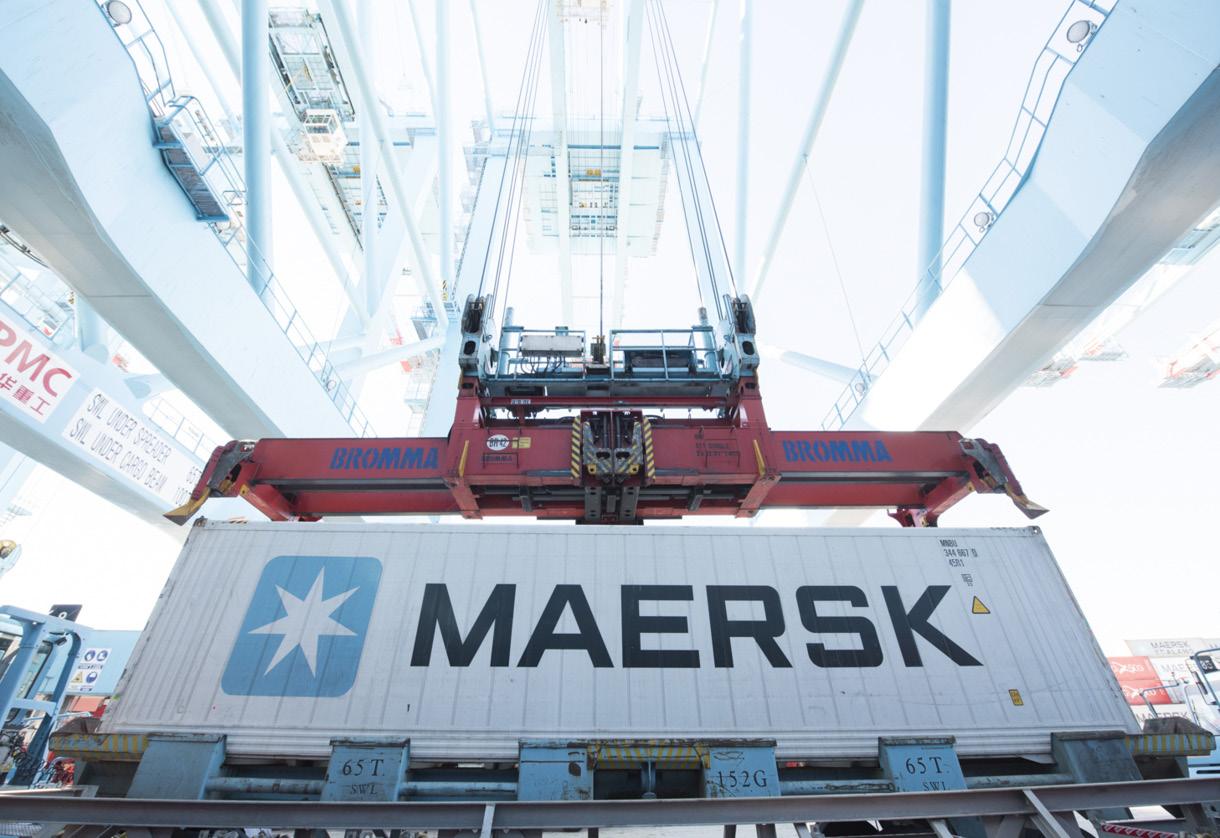
Are there moves to intermodal supply chains and the reduction of the carbon footprint?
Yes, and we are investing a lot of efforts into that. A most recent example is the start of our new rail offering for reefer customers in Spain. We are offering several block trains per week from Valencia to London Barking only dedicated to reefer cargo for UK. This makes the transport of the reefer cargo more reliable, and less CO2 is emitted, because most of these boxes would have been carried by trucks otherwise. On the backhaul journey to Spain we are transporting also dry cargo. For our cold stores we want to move reefer
containers from the terminal to the cold store by EV trucks and the ambition is to expand local distribution as well to battery electric vehicles. Pilots have started in the US and in India, and Europe will follow soon.
How can shipping companies justify the massive increase in costs we have seen in the last couple of years?
The steep increase in freight rates was caused by the disruptions and bottlenecks due to the corona pandemic. Liner shipping has always been cyclical and very volatile. Just remember the year 2010 after the global financial crisis when a shortage of tonnage and containers met a suddenly rising demand for transports. That caused a steep rate increase as well. However, we should not forget all the years in between with low margins for the shipping companies and too little profit to invest in important areas like decarbonization or tech.
How quickly are rates coming down?
As expected by us for the time when the bottlenecks are easing, we have seen a normalization of freights rates as from Q3 2022.
What is the present situation on availability of reefer equipment?
Even though the markets are normalizing in the dry sector due to slowing demand, we see the reefer segment being more robust with still sound demand. Therefore, we see the overall availability is still rather constraint.


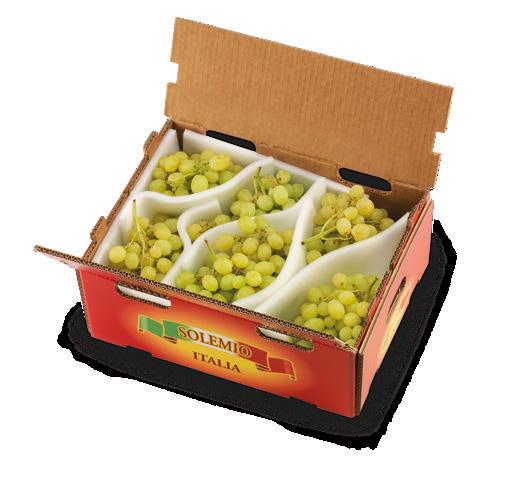







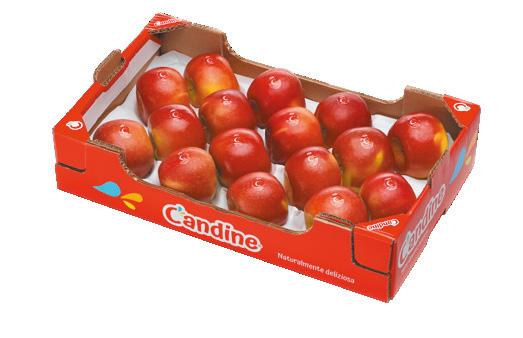
The sharp rise in energy and electricity costs has been extremely hard on the mushroom cultivation sector, not just in Germany but in other European countries as well. The wild mushroom sector is also looking back on a difficult campaign due to the war in Ukraine and the accompanying boycott of Russia. Then there were the longerterm challenges, such as staff shortages and business closures, which affected the mushroom sector as well. Ramazan Gülnar, mushroom wholesaler and managing director of Paris Direkt Ltd, based in Münster, Germany, looks back on an eventful year.
“Overall, it was a very turbulent and sometimes exhausting year,” Gülnar starts off. “A certain measure of flexibility is needed more than ever before. A natural selection or shakeout is taking place, in which the fittest, i.e. those who can adapt to the new situation, will survive.”
Costs, such as those for packaging materials, are still at record levels. “For our popular medicinal mushrooms, we supply corresponding sales displays made out of wood. The materials required for these were previously sourced from Russia. This was of course no longer possible this year due to the boycott. It means that overall, the cost of materials has risen by 100 percent year-on-year.” Similar price developments were observed for other packaging
materials, such as plastic and cardboard.
The war in Ukraine has massively affected not only the procurement of materials, but also the wild mushroom trade, especially the summer trade of the popular Kaluga chanterelles, the trader continues. “Despite the lack of volumes and the tough conditions, we can look back on a good wild mushroom campaign overall. At the moment, we are resorting to chanterelles from Canada as well as supplementary batches from Spain and Portugal, which, due to the high price levels, are mostly well received by upscale restaurateurs. At the same time, we have Moroccan and South African porcini mushrooms in our portfolio: However, high-quality porcini mushrooms are in short supply at the
moment. That is why we mainly offer our customers chanterelles.” Rounding out the wild mushroom season during the cold season are black chanterelles as well as yellowfoot chanterelles from France.


Meanwhile, the marketing of cultivated mushrooms, especially king trumpet mushrooms and shiitake, is in full swing. “We are buying in plenty of goods, as German production is nowhere near enough to meet the demand in the run-up to Christmas. The situation was aggravated by the cold snap in December, which had a particularly negative impact on mushroom cultivation. No matter how well you insulate and heat the halls, you cannot eliminate the kind of temperature fluctuations we had to cope with. In that respect, mushroom growing is extremely weather sensitive when compared to other crops.”
In the case of mushrooms, the German market has already been able to supply itself for many years, with supplementary shipments from neighboring Poland. Gülnar: “Many smaller and medium-sized growers went out of business last year, because they could no longer operate profitably. Around Christmas, there is
“A
indeed an annual supply shortage, as demand will increase tremendously. This year, however, mushrooms are in absolute short supply due to farm closures and the cold snap. Essentially, the supply shortage is more pronounced when compared to previous years.”
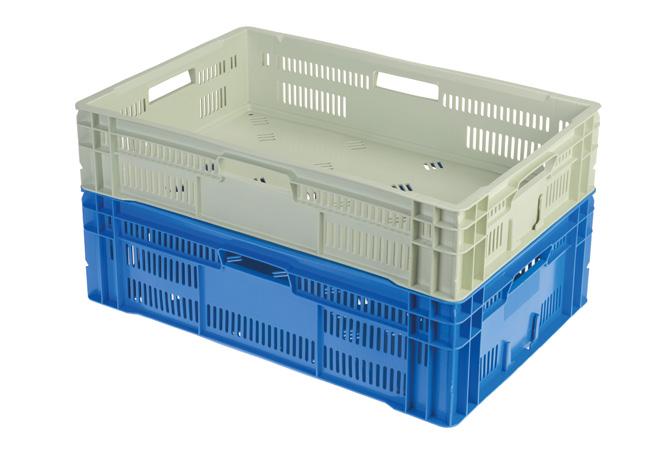


From a longer-term perspective, Gülnar also points to the precarious shortage of personnel at the farms. “You can't produce double or quadruple the amount on the same area, even if you completely automate the farm. Some regular suppliers shut down operations in December because they simply don't have the staff. It's also important to remember that cultivated mushrooms are the most energy-intensive crop of all. That, coupled with the strong increase in demand, is presenting us with some extreme challenges right now.” According to Gülnar, this is reflected in the price trends. “Prices in the cultivated mushroom sector have gone up enormously, while prices for wild mushrooms
are at seasonally high levels.”
Traditionally, German Christmas markets specifically ask for fine common white mushrooms, which is reflected in an acute increase in demand. “However, you can't just harvest the fine grade. Medium-grade mushrooms are picked at the same time, and these volumes then also have to be placed in the market. In neighboring countries, this problem has been solved by offering the fine grade at double the price and the medium grade at regular prices. Unfortunately, these pricing policies cannot be implemented in our country.” For fancy mushroom exotics such as the caterpillar mushroom or the Royal Chestnut, the demand is near zero, he said.
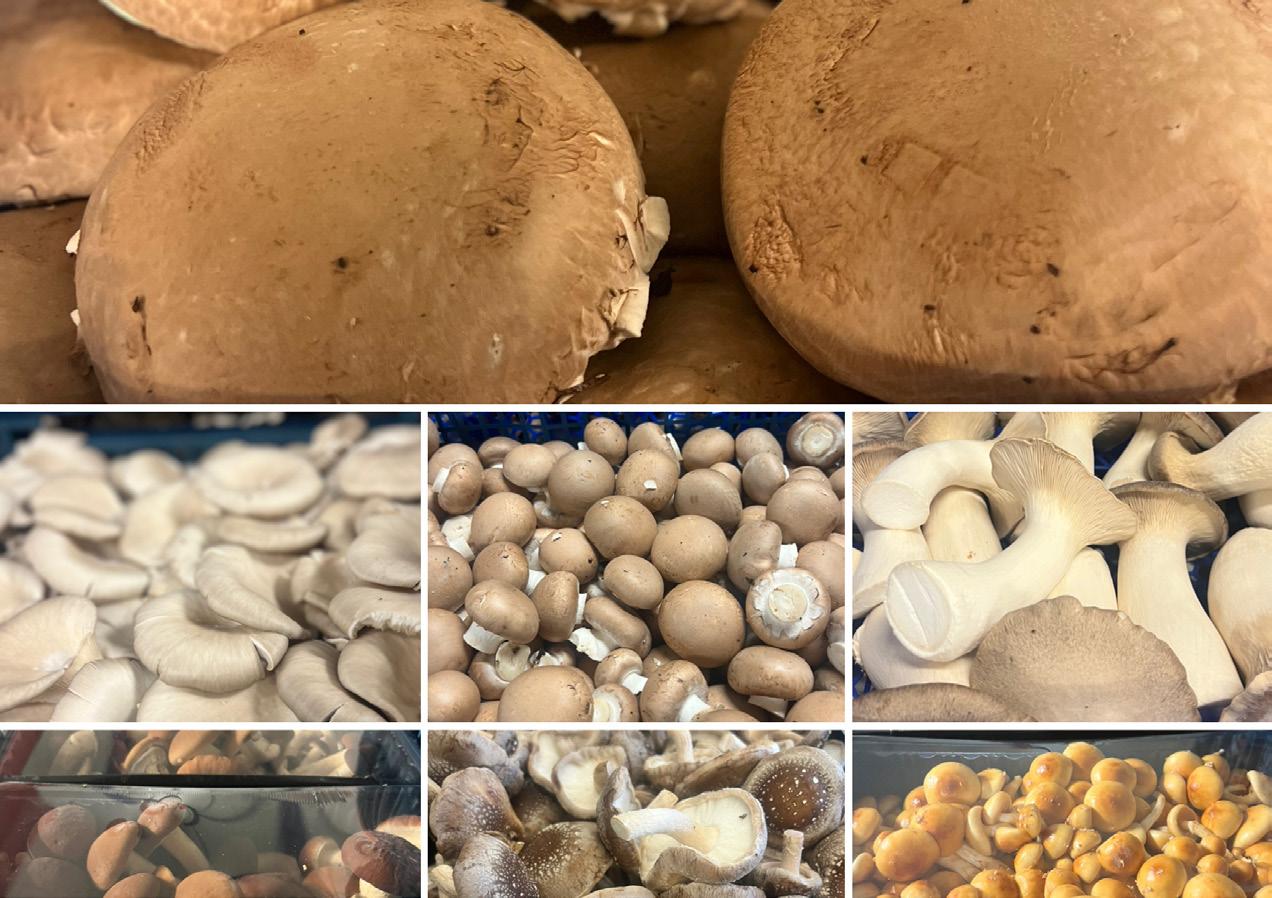

Despite all the challenges, the Münster native looks ahead with confidence. “We have been able to develop from a modest market operation into a full-range supplier with over 200 mushroom products today. Our blends and dried mushrooms are find-

ing increasing acceptance, for example at owner-operated food retail stores as well as in the wholesale trade. We have again restructured our dried mushroom range this year, taking out some items and adding others. The total sales of this product line even exceeded my expectations this year. Some items were completely sold out in the run-up to Christmas.”
The year 2023 will be marked by a comprehensive restructuring, the ambitious entrepreneur reveals. “Fortunately, we have been able to conclude a supply contract with a new major customer. Also, our strategy for the future will evolve in such a way that we will gradually switch to larger customers, scaling back the smaller customers somewhat. In short, we want to move more volume with a reduced customer base, making our marketing and logistics structure more efficient, which in turn is what today's market wants.”
rg@paris-direkt.net




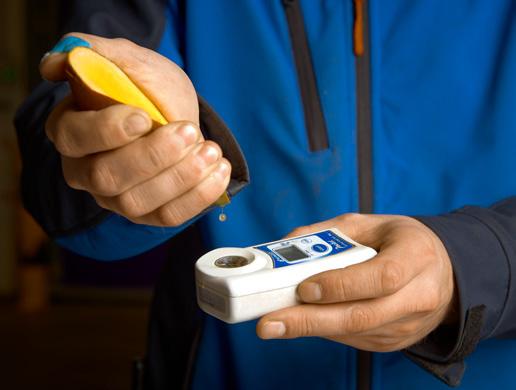















Exploring nature never stops

Visit Bejo at Hall 1.2 | Stand C-13
The varieties of Bejo are distinctive in terms of their taste, colour and growing performance. Therefore our varieties lend themselves for innovative applications, processing, and to provide a better eating experience for the consumer. Bejo presents a number of fresh vegetable concepts and brands to inspire the food chain.

MORE THAN 400.000M2 OF OPPORTUNITIES
A FERTILE BREEDING GROUND FOR STRATEGIC AGRI & FOOD HUBS
SUSTAINABLE ENTREPRENEURSHIP

ABC WESTLAND AND FRESH PARK VENLO OFFER
abcwestland.nl/en freshparkvenlo.nl/en
progressive entrepreneurs in the agri and food industry literally and figuratively space: with high quality business space, fast accessibility in a sustainable business park and 24/7 service.

Agri and food clusters in Venlo and Westland with access to 300 million consumers!

“The fruit all comes from the Lake Constance region, mainly from the Ravensburg area,” Stärk says proudly. The farmers are all members of associations, i.e. Bioland, Naturland or Demeter certified. Despite the fact that Poland is still the largest apple producer in Europe, no particular competitive pressure is felt from the Polish side in the organic sector. “The local trade and consumers want the association quality goods, as mentioned. Poland mainly produces the standard ranges, following basic EU organic regulations.” Within the processing sector, on the other hand, there is significantly greater competitive pressure, especially with regard to apple juice and applesauce production.
As a contract marketer for many family farms, BayWa Obst stores, sorts and packs apples, pears, berries and stone fruit at various locations on Lake Constance and the Neckar. Whether from integrated production or organic farming, customers can choose from a wide portfolio of fruit and a wide variety of packaging options. At the exclusive organic fruit wholesale market in Ravensburg, the extensive modernization and expansion of the packing station was completed a few days ago. In an interview, plant manager Hans-Josef Stärk explained the development of the organic sector at BayWa Obst and gave an outlook on this year's marketing campaign.
“Wehad a large apple harvest, so our warehouses are well-stocked. This gives us a good position for the marketing, which will certainly face some challenges in the 2022/2023 season. Nevertheless, we are optimistic. After all, we have a good market right on our doorstep,” says HansJosef Stärk, operations manager of BayWa Obst's exclusive organic packing station at the Ravensburg site.
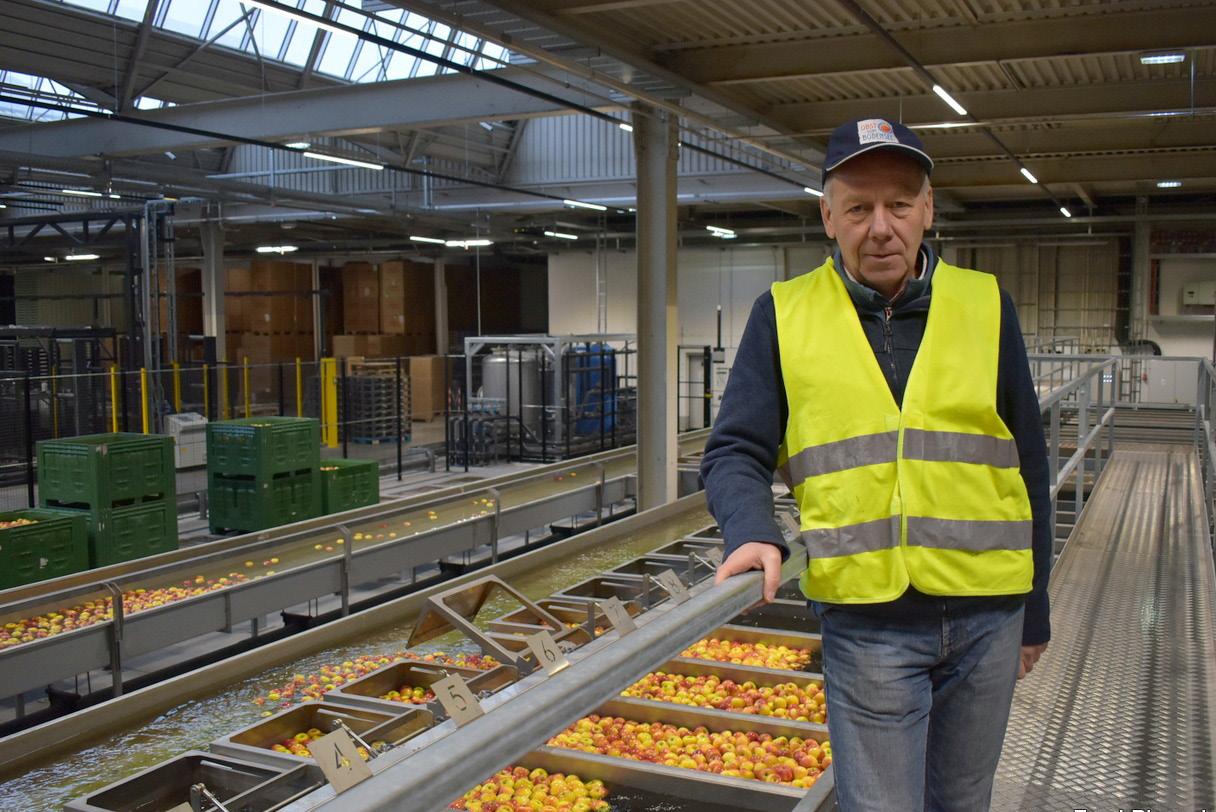
“We have been able to harvest quite a large crop this year and are about 30 percent above last year's below-average harvest. We get the apples from our 30 organic contract growers, who are members of the Württemberg Fruit Cooperative (WOG). However, collection and marketing is han-
dled by BayWa and Obst vom Bodensee Vertriebsgesellschaft (OvB),” Stärk says. He adds that the annual harvest volume is between 15,000 and 20,000 tons. “Here we are talking about the hanging harvest. Depending on how the quality of the goods develops, a portion of these goods will also be utilized in processing, i.e. by manufacturers of applesauce and apple juices.”
The main customer for the organic apples and pears is the food retail trade, although customers also include specialist retailers, wholesalers, natural food retailers and weekly market vendors. “The main purchase area is southern Germany. At certain times of the year, we also export apples to France, Switzerland, as well as smaller volumes to Denmark.”
“Thanks to our storage technology as well as the existing volumes, we can market the goods almost year-round. In view of the good harvest of 2022, we should be able to deliver year-round again in the current marketing season. This year, we were present in the market two weeks earlier as well, able to again supply the trade as early as mid-August,” Stärk informs us.
Despite the hot summer, water shortages were not a problem for the company. “We had repeated strong thunderstorms with the corresponding precipitation at Lake Constance. Since the apples also received enough sunlight, the fruits are of excellent quality; they have a high sugar content as well as a very pronounced coloring. Also, the size of the apples is well-balanced and in line with the market. This means there is neither a significant proportion of oversized apples nor of apples that are too small,” says Stärk. Brix values range from 14-16, with some varieties even higher, he adds.
“We have extensively modernized and expanded our packing station this year. Investments were made in a new sorting line, two additional packing lines for plastic-free packaging and a pear sorting machine with connected belts, all stateof-the-art. With the new six-lane sorting machine, both external and internal quality can be measured. We have expanded the packaging line so that we can pack an even higher proportion of the goods completely plastic-free. Cardboard wing
Hans-Josef
2021 by 30 percent
trays and cellulose nets are being used, but the apples and pears are also offered loose. We were able to double capacity in the sorting area and increase it by 30-40 percent in the packing area.”


Demand for the 4- to 6-pack trays has increased in the organic sector over the past four to five years. Stärk: “Our main product is a smaller packaging containing four apples, weighing about 600 grams. As a promotional product for retailers, there are still apples in 1-kg cellulose nets. As far as these products go, interest in them has grown in recent years. Consumers just want to buy well-protected goods. For this, packaging such as the wing tray, made of solid cardboard, is very suitable.”
The Bio-Obst vom Bodensee private label celebrates its 20th anniversary this year. “The first conversion farms were already on site in 1999. We set the course for organic production at Lake Constance. In the meantime, every fourth tree is managed by WOG growers, according to organic criteria. For 20 years, we have been on a healthy, continuous growth course,” Stärk tells us.
For cost reasons or because of a lack of suitable young talent, some farms in the fruit-growing sector have had to close down, but this does not apply to the organic sector. “Compared to conventional farms, the generational change has already taken place on many organic farms. Also, we're proud to say that not a single farmer has switched back production to conventional farming.” One to two farms have been added annually, he said. Once a conventional farm went out of business, the land was often taken over by an organic farm. Today, the organic farms cooperating with BayWa have an average size of about 20 hectares.
“Obst vom Bodensee-Vertriebsgesellschaft, as a retail marketing partner, is a joint venture of BayWa, Vebo Frucht and VOG Ingelheim. There are two producer cooperatives on Lake Constance: one is the Württemberg Fruit Cooperative. We market 100 percent of their organic apples. Then there is the Marktgemeinschaft Bodensee (Mabo), which cooperates with various private fruit wholesale markets. The organic apples from the Mabo farms
are sorted and packed in Ravensburg, so that about 60-70 percent of the organic apples grown on Lake Constance are prepared, according to customer requirements, at our packing station,” says Stärk. “OvB was founded in 1996 by BayWa and Vebo to increase efficiency at Lake Constance, to combine volumes and to ensure joint logistic advantages.”
hans-josef.staerk@baywa.de
www.elshoforganicfruit.com

The Netherlands’ largest supermarket chain leads the way in that country regarding fruit and vegetables. Albert Heijn (AH) made things like kiwi, mango, avocado, and blueberries popular among local consumers. These stores have carried processed vegetables since 1970, with plenty of further development in that area. Erik van Nieuwenhuijzen expects great things to happen in the soft fruit category in the coming years. He is Albert Heijn’s fruit & vegetable, convenience & canned goods, flowers & plants, and bakery unit manager. Albert Heijn will also keep bringing a lot of innovation in convenience. “We’ve always taken that role. On to 250 g vegetable packs and two pieces of fruit a day,” Erik begins.
He considers doubling fruit and vegetable consumption as this category’s biggest future opportunity. „The products we offer will stimulate consumption by offering nature’s best, such as new varieties, to our shoppers. In convenience, we’ll keep bringing plenty of new ideas, as we do now with 50 fresh packs and products like new carbohydrate and meat substitutes. Regarding inspiration, we help customers choose, say, vegetarian lunches or cook dinner with potatoes, vegetables, and fruit. Our snack vegetable range helps people eat more of these and fruits throughout
the day. That’s one of the important ways to get in more vegetables and something to which we pay much attention.“
Almost all of this supermarket chain’s fruit and vegetables are house brands. AH has been working with integral chains since the 1980s. As a farmer’s son, Erik feels right at home in the grower - service provider - Albert Heijn triangle. He grew up among his father’s potato and wheat fields but chose to step further up the chain. He spent four years at Bakker Barendrecht,
one of the largest Dutch fruit and vegetable wholesalers.


From there, his predecessor, Gé Happe, brought him into Albert Heijn. That was 14 years ago. “We want to make our customers happy. We offer the best assortment imaginable but that’s sustainable and affordable for everyone. Albert Heijn has always believed the best way to do that is to build strong joint chains. That’s why, as a farmer’s son, I fit in so well here,”Erik confirms.

Erik van Nieuwenhuijzen, Albert Heijn
“We want to remain at the forefront”
Erik van Nieuwenhuijzen
Since Marit van Egmond became CEO, AH has been on a mission to ‘Making better food accessible, together. For everyone’. ‘Better food’ includes tastier, more convenient, and sustainable products via integrated chains. ‘Making food accessible together. For everyone.’ is about being everywhere, for everyone. Albert Heijn has long-term partnerships with 360 potato, vegetable, and fruit growers. With many of these, these relationships span generations; up to 60 years. “In the chains, we work very closely together to continuously improve quality improvement and optimize the chain.”
“Together, we also invest in taste, quality, innovation, climate, and biodiversity. We look for the best cultivation areas, grow the right varieties, and according to client specifications. There’s a strong focus on getting products through the chain as quickly but carefully and freshly as possible. That starts with the growers, passes to the service providers and, then, the stores. Every link in the chain is important to guarantee the correct quality and availability. That applies not only to products from the Netherlands but also to overseas chains,” says Erik.
All of AH’s fruit and vegetables are grown as part of their Beter voor Natuur & Boer (Better for Nature & Farmer) program. “Within that, we make agreements about things like sustainability, innovations, and growers’ earning power. It’s based on fair prices for every farmer and grower in every season. Now and in the future. We developed the Better for Nature & Farmer program together with growers. We’re taking, and investing in, the step toward more sustainable cultivation. We pay more for climate, diversity, and soil health. I wish everyone would move towards an integral closed chain. You can build
together and support each other. A sustainably grown product tastes twice as good, knowing you’re leaving the earth in better condition for the next generation.”
Currently, 50% of this supermarket chain’s range is Dutch-grown, something on which they want to improve. Eric: “There are several reasons for that, including freshness - the fresher, the tastier - and our shoppers love local products. Innovative cultivation and storage techniques make a lot possible.”

In 2021, Albert Heijn managed to include more than 40 million kg of Dutch potatoes, vegetables, and fruit in its range that they would otherwise have imported. “We buy as close to home as possible as much as need be. Quality, sustainability, food safety, cost price, and other factors play a role in the choice between near and far. We have to range farther afield when, say, a product’s not grown in the Netherlands, such as oranges. Or if it becomes too expensive for our shoppers, cost-price

wise.”
“For example, we offer Dutch Conference pears all year round, no longer importing Italian pears during the summer. This year, we managed, for the first time, to supply potatoes from the Netherlands all year round. That’s thanks to improved condensation storage. We’re going to expand that tremendously. These are true volume shifts only possible because of the emergence of innovative techniques. Another example: we sell Dutch-grown ginger on a limited scale. This is usually all imported from China or South America,” Van Nieuwenhuijzen says.
Another way to get more Dutch produce in stores is to extend seasons. In cooperation with growers, that succeeded with Elstar apples two years ago. “By pruning more leaves and growing less fruit, the apples get more sun. That lets us kick off the Dutch season two weeks earlier and use more of the local season.”
This year’s rising energy costs meant they had to make a different choice regarding Dutch winter crops. “New cultivation methods were developed so Dutch growers could cultivate things like tomatoes and strawberries in the winter. That, however, requires the correct LED lighting and also heat. Increased energy costs mean we have to import several products this winter because it costs so much to grow these locally that the local products are no longer affordable for customers. Upon request and proper consultation with our growers, we’re buying some of our tomatoes, cucumbers, and strawberries from Spain this winter,” explains Erik.
AH has sharpened its goal to reduce its chains (Scope 3) CO2 emissions from 2018’s 15% to 45% in 2030. From its ‘Together making better food accessible.
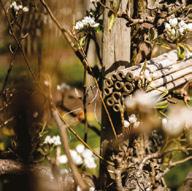
For everyone’ mission, the company continuously takes initiatives to leave the world a better place. Its own operations - stores, distribution centers, and offices - are already fully climate-neutral. Steps are also constantly being taken in the supply chain. For instance, the pork and chicken chains’ emissions have now been precisely mapped. “Sharpening our goal to reduce the entire chain’s CO2 emissions by 2030 with all our (service) suppliers is a major step. We want to actualize our movement towards a liveable earth, and I’m sure if we work together with all our suppliers, we can gradually achieve that goal.”
From a climate perspective, air freight demands a clear choice. Lidl, for example, announced that it will no longer fly in its fruit and vegetables. Albert Heijn wants to do the same. “Albert Heijn buys fruits and vegetables as close to home as possi-

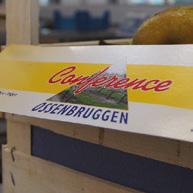

ble and as far away as necessary. Half of its fruit and vegetables are local. That share keeps growing, by, for instance, making even better use of and extending seasons by using new growing and storage techniques. Currently, we only bring in one percent of our unprocessed fruit and vegetables by air. That isn’t sustainable from a climate impact perspective; we’re always looking to, if possible, use other transport modes such as sea containers or road transport. For fruit, 2022’s the last year AH will use air freight,” Erik states.
As a market leader, Albert Heijn has helped popularize several products like kiwi, mango, avocado, and blueberries. Erik expects the most significant future development to be in the soft fruit category. “I remember when I was at Bakker Barendrecht and would order only a few pallets of blueberries. We expect to definitely double the soft fruit category. There’s still great development in better berry varieties. Good examples are Sweet Eve raspberries and Sweet Royalla blackberries.”
Besides the soft fruit category, the supermarket chain tries to find tasty, unique varieties of other products. “We’ll keep developing the best taste and, so, increase consumption and expand our range where possible - think of Tasty Tom tomatoes, Juanita tomatoes, and Orri mandarins. We know what grows and flourishes all over the world and are always looking for new varieties. We want to find nature’s best, start cultivating that ourselves and bring it to our shoppers. That’s in our company’s DNA,” says the unit manager.

This Dutch supermarket chain does all it can to promote local apples. It does so by bringing forward Elstar harvests and responding to sweeter consumer taste


EXCELLENT SUITABLE FOR THE MEDIUM OR LONG STORAGE!

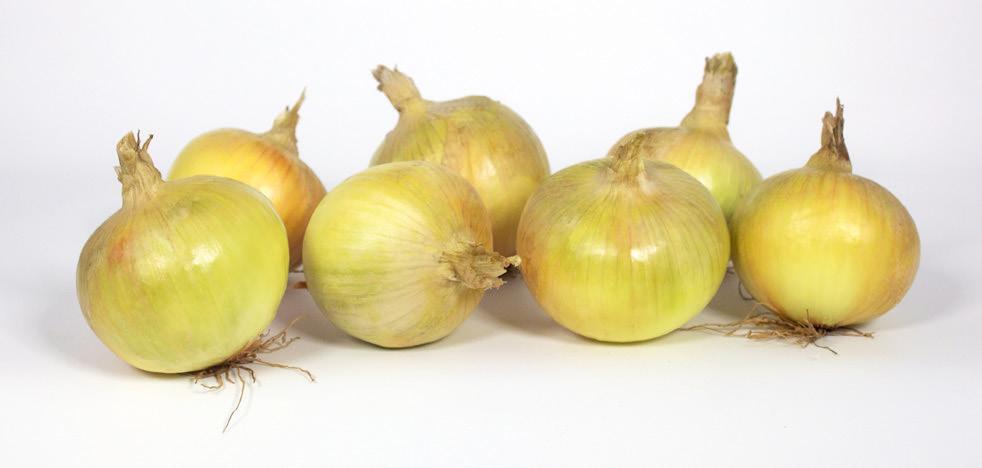
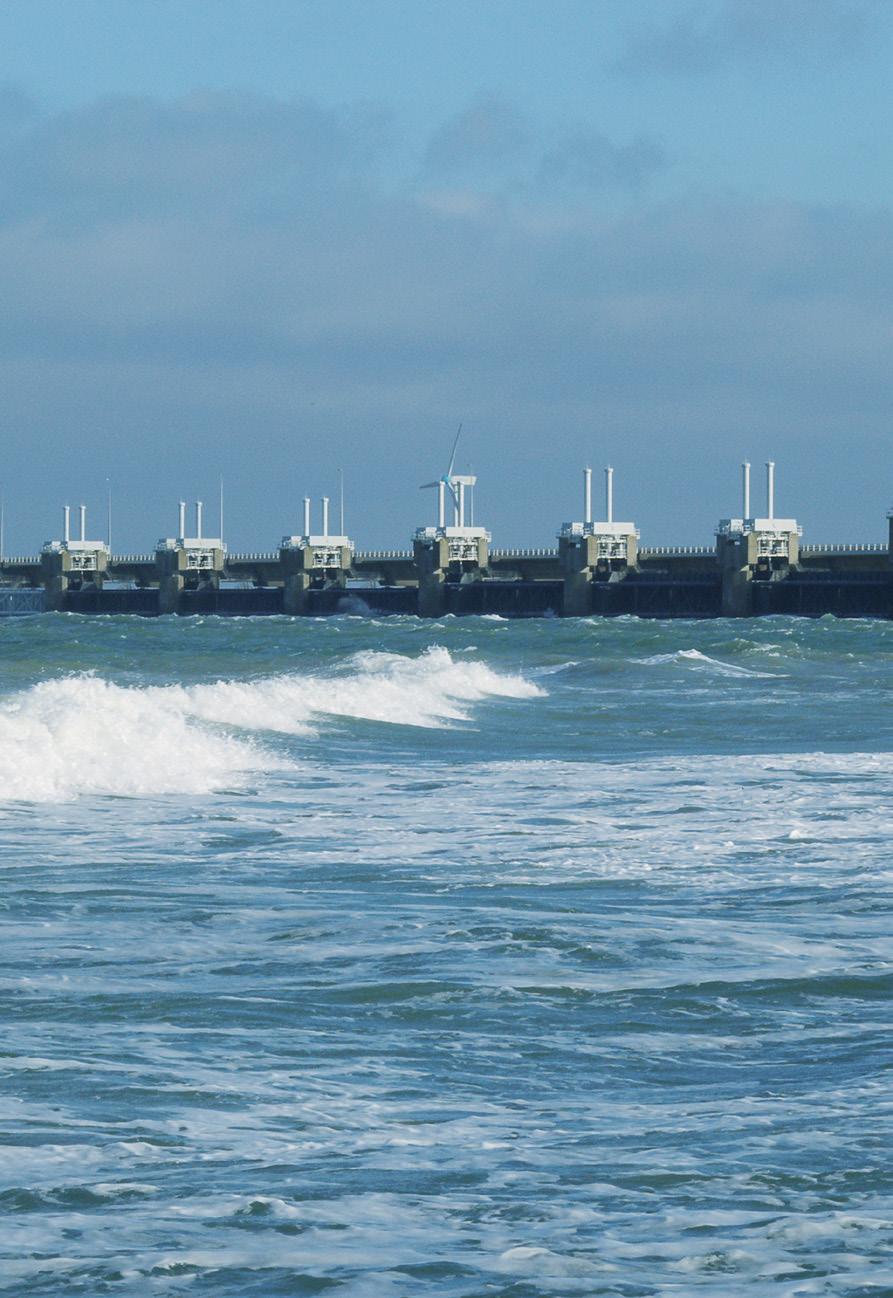
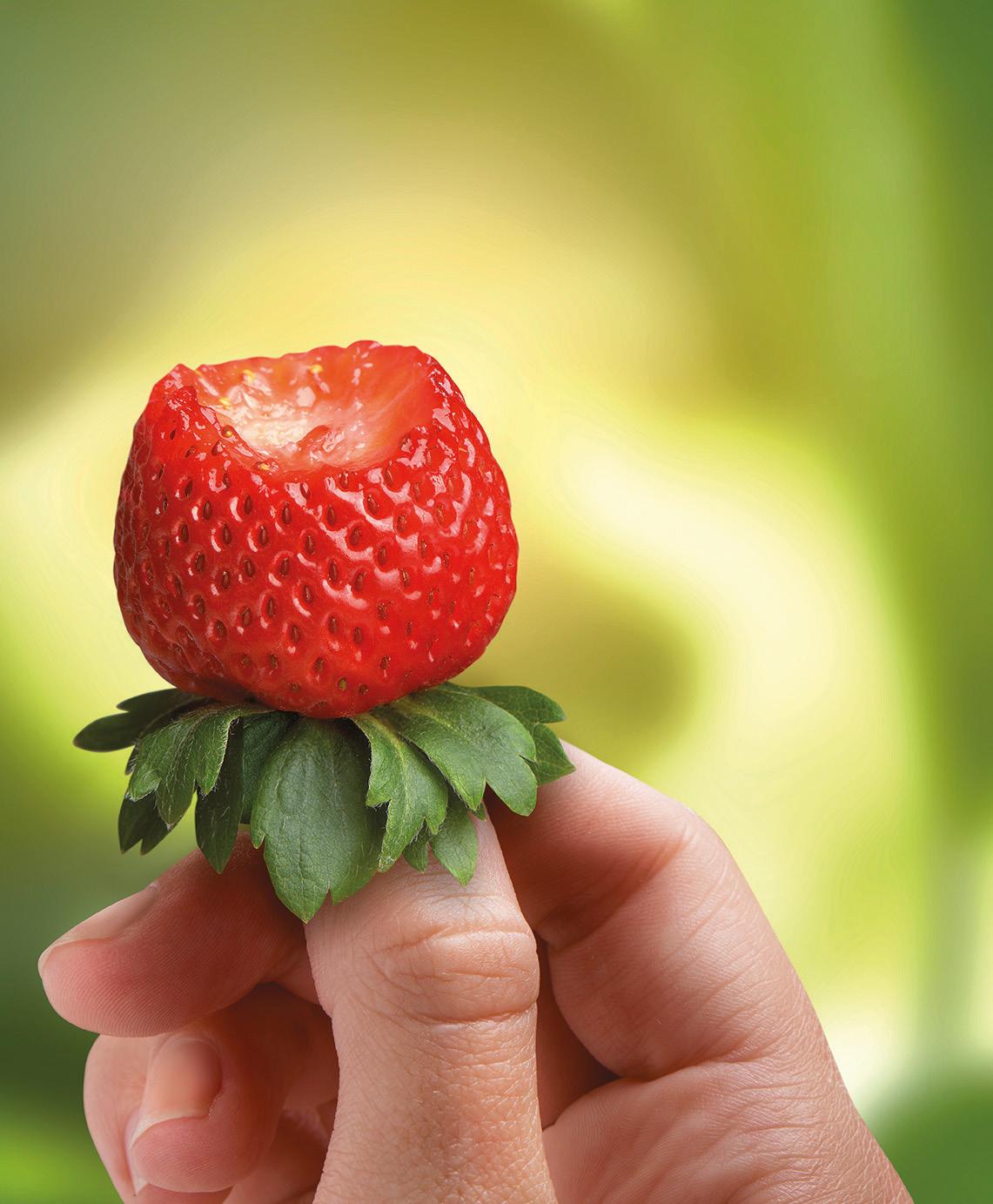




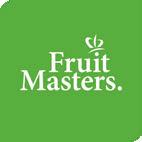





Cat-M1 for 4G/5G networks

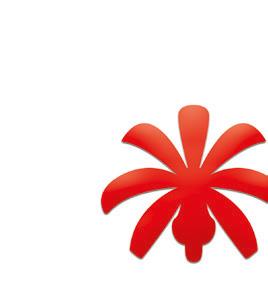
Multimodal support – including air

Non-lithium battery options
Tracking temperature, location, humidity, light





Orders fulfilled within 48 hours globally



For more information, please call +31 (0) 252 211 108 or visit us at Fruit Logistica, Hall 27, stand C-31
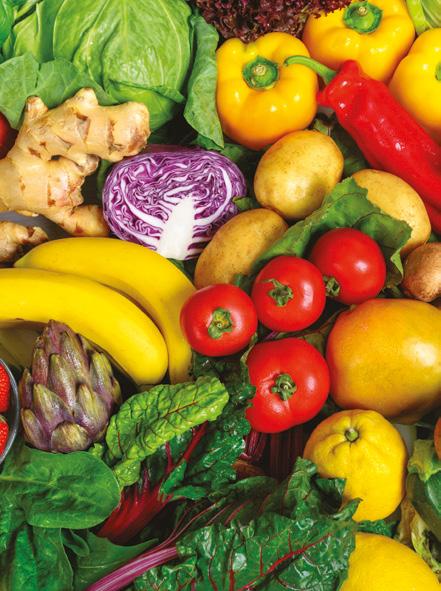













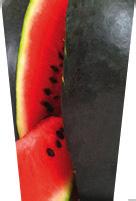

preferences with small, sweet, locally-grown Gala apples. Albert Heijn also bought the exclusive rights for SPRANK, a new sweeter apple variety. “The Dutch climate always makes the apples slightly tart. SPRANK allows our Dutch growers to compete with the sweeter overseas apples, such as the Pink Lady. We have a terrific story here. The tastiest apple in the Netherlands that’s also robust and which we can grow far more sustainably, thanks to local growers’ craftsmanship.”
At Albert Heijn, convenience is developing tremendously. Fresh packs have caught on very well. “We completely built that world and continue that pioneering role. Just recently, we introduced 20 new fresh packs,” Erik continues. Fresh produce pack sales are increasing by double digits, according to Erik, who believes they are a great concept in numerous ways. “They’re very affordable solutions to delicious, healthy meals, encouraging people to eat more vegetables. They only buy what they need, which is economical and prevents unnecessary food waste.”
Affordability is, in these times of inflation, vital for supermarkets. Albert Heijn sees its Price Favorite sales skyrocketing. “We keep a close eye on prices and do everything we can to keep them as low as possible. Affordable grocery shopping for everyone is our top priority,” Erik says.
When it comes to fruit and vegetables, buyer behavior is hard to gauge. At the
time of this interview, Van Nieuwenhuijzen sees no notable changes. “There’s no dramatic shift, and premium products like Honing tomatoes still sell well. Buying behavior constantly changes anyway. It’s also hard to compare because, last year, we were still in the pandemic at this time.” He does think shoppers will be more careful about what they buy regarding fruit and vegetables.
“We’re ensuring we’re ready for that. That’s why we have more than 1,600 price favorites that are always affordably priced but of top quality. The fruit and vegetable aisles have 100+ competitively
Much has changed since 21-year-old Albert Heijn took over his father’s small grocery store in 1887. In 1955, the first Albert Heijn supermarket opened, offering fresh food items. In April of that year, a store with pre-packaged fruits and vegetables opened in Amsterdam-Slotermeer. In May, a self-service store was enlarged by 340m2 to add a vegetable and meat department. In 2018, Albert Heijn launched the Echt Vers (Truly Fresh) formula with ten to 15 percent more space for fresh and introduced dry misting.
In 1931, Albert Heijn was already publishing a newsletter, the predecessor of the current AllerHande. In 1954, the first AllerHande appeared in newspaper form, and, to celebrate the store’s 80th anniversary, it was published in book form. In 1983, AllerHande became a monthly magazine, free to shoppers in store. In 2010, this magazine took its meal inspirati-
priced price favorites. We also work with seasons. That’s when products are at their tastiest and most affordable. When there’s a supply surplus, we price those products down or run promotions,” he says.
Erik doubts promotions disrupt the market. “We hardly ever buy extra on the market. Growers and suppliers work via programs, of which we take full advantage. If volumes are higher, we try to have more promotions to sell those. If there’s less than expected, we ease off on the sales. That’s easier for apples than strawberries. Apples can be stored once harvested, not strawberries. With those, we don’t know
ons and all kinds of handy extras, like cooking videos, online, too. Presently, there are more than 17,000 Allerhande recipes available online. In addition to Allerhande, there is now also the Beter Eten magazine to help people live healthier, more sustainable lives. In 2021, Albert Heijn introduced the FoodFirst Lifestyle Coach app - now called the Mijn Leefstijlcoach (My Lifestyle Coach) app - to help customers eat better, exercise more, relax well, and sleep better in a positive way.
Albert Heijn’s assortment boasts nearly 900 fruit and vegetable products, of which processed products have the largest share at more than 40%. Commonly sold products are strawberries, avocados, bananas, broccoli, cherry tomatoes, zucchini, cucumber, (red) bell peppers, leeks, and white grapes.

“We try to always find nature’s best”
what’s coming until a few days in advance. When a lot does arrive, we pull out all the stops and try to market them.”
AH is aware of a significant longer-term trend: consumers are becoming increasingly aware of what they eat and how food contributes to their health. More people are, for example, eating plant-based diets. “We believe NutriScore can help customers make healthier choices within a product group. Along with our Allerhande (All Kinds) magazine, Our Beter Eten (Better Food) Magazine also informs, inspires, and encourages people to eat and live more healthily and sustainably. Range-wise, we have a wide assortment of potatoes, vegetables, fruit, convenience, and vegan and vegetarian products,” Erik explains.
“We’re always looking for new ways and new products that make eating better the easier choice for our shoppers. For instance, we recently introduced more than 50 new products in the Vegetable
Convenience range and 20 new fresh packs. We’ve also added international dishes that use vegetables and legumes, such as the Indian lentil curry. This is the perfect base for a vegetarian meal. There’s innovation in our wok & stir-fry mixes, too, with fresh flavorings like ginger and Jalapeño peppers.”
Last year, Albert Heijn was the first Dutch supermarket to offer its customer an ‘omnichannel’ subscription: Mijn Albert Heijn Premium. Shoppers can save on their regular online or in-store orders and get ten percent off organic products. And it works: on average, customers making use of this subscription spend 25% more on the organic assortment. These people like organic vegetables, potatoes, dairy, chilled juices, and breakfast products most.
AH offers the most extensive organic range in its assortment. It currently has 1,500 organic products, including more
than 100 organic fruit and vegetables, which they keep expanding. It has two organic product deals in its Bonus folder almost every week, depending on what nature provides.
The supermarket chain has longstanding partnerships with 360 growers for all their conventional fruit and vegetables. Among them, they cultivate 300+ products, and all have taken further steps to make their farms more sustainable under the Better For Nature & Farmer banner.
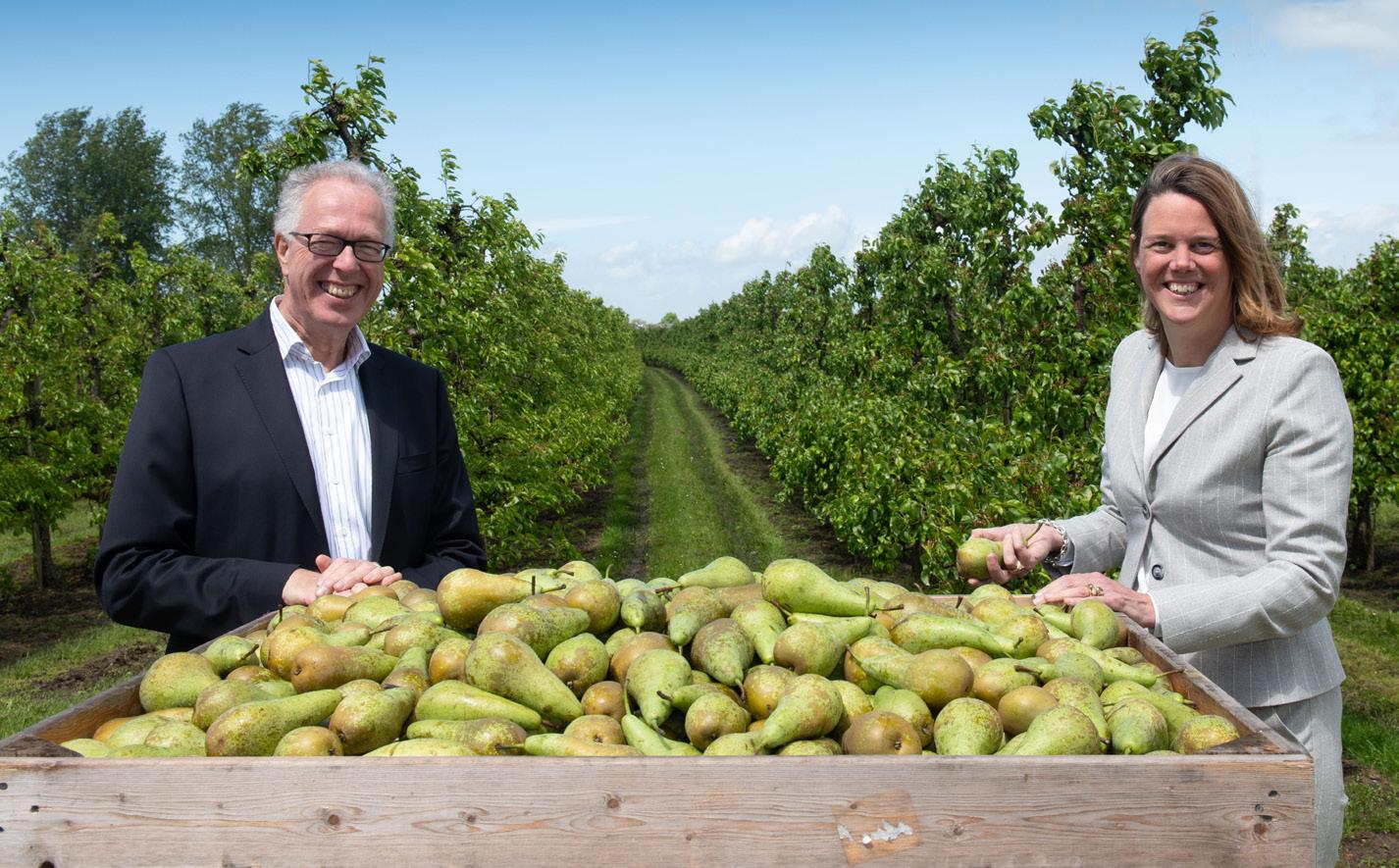
“Promoting organics and our Better for Nature & Farmer sustainability programs don’t clash. Organic and Better For products are both important and a permanent part of our assortment, with loyal buyers. We’ve brought conventional fruit and vegetables under our Better for Nature & Farmer banner; Skal remains for the organic range. Both product groups have their standards and different principles. For fruit and vegetables, one isn’t better for the environment than the other, as shown by [the Dutch platform for guided sustainability] Milieu Centraal’s independent research,” Erik states.

As final links in the chain, Albert Heijn has the care and selling of products. Their stores focus on freshness and service. Space has been created for fresh food, meal inspiration, and customer convenience. Their fruit and vegetable sections have dry misting systems, providing high humidity and cooling, leading to less waste and better quality products. “With dry misting, products stay fresh longer, so we reduce unnecessary food waste. That positive effect is evident in almost all the products, including the packaged ones.”
“That packaging is often perforated, which
allows the cool mist through. Even without perforations, packaged products still benefit,” the unit manager explains. Dry misting also allows for reduced plastic packaging material for specific products. There are no longer free plastic bags for shoppers to carry loose products. Albert Heijn stopped providing those last year. Instead, there are sustainable, reusable fresh food bags, but shoppers have to pay for them. “Both customers and stores have fully adopted and implemented this measure which we want to use to encourage
loose product sales as much as possible. Shoppers have responded very positively.”
The last step in the chain is taking care of the stores’ fruit and vegetable departments. It is believed that fresh store employees are crucial and, thus, receive extensive training. Store management roles are separate. There is a manager for store operations and a specialized fresh manager responsible for the entire fresh department, from fruits and vegetables to bread. “They ensure the best quality and

beautiful presentation of all fresh produce in stores and are trained to care for and be passionate about fruit and vegetables, so they can be an extension of the growers. We have made great progress in this,” concludes Erik

“Offer the tastiest products, and clients will choose you”
40,000
At its hydroponic facility in Dinkelsbühl, the Scherzer Gemüse company can harvest up to 40,000 heads of lettuce a day. "Currently, we only produce lettuce. In the summer we had some arugula. We will market the lettuce all year round, mainly selling it to food retailers, but to individual wholesale markets as well. Sales are primarily focused in southern Germany. The lettuces grow on root balls and are being sold with these attached. This means that the product remains fresh for much longer. This is one of the best arguments for hydroponic cultivation," Andreas Scherzer told us, on site.

The new facility was not commissioned until the end of 2021 and has a production area of 5 hectares. Scherzer Gemüse's broad-based customer base includes food retailers as its main customers. "We have been in full production at the new structure for a year. The seeded gutters will automatically go in to the germination chamber, which are located below the system. Once the seed has germinated, it rises from this chamber to continue growing." Scherzer feels that demand for the lettuces has been good, although there have been some lesser weeks. "My guess is that the demand will increase over time," Scherzer said.
In principle, the harvest still takes place by hand. However, not many workers are
needed in the greenhouse anymore, he said. "In the packing area in particular, we still need many workers. In contrast to open ground cultivation, we are not affected by weather extremes such as heat, cold and rain, which is of course much more pleasant for the employees. Outdoor cultivation certainly still has its raison d'être. But in the future, new concepts will come to the fore more often, especially when you look at the issues of water supply, fertilization and plant protection products," said Scherzer.
At the cutting edgeofgreenhousetechnology "Production takes place relatively independently of the weather outside, but of course what happens outside still affects inside cultivation. However, temperatures
can be regulated quite well in a greenhouse. As far as greenhouse technology is concerned, we are at the cutting edge."
The plant was commissioned at the beginning of October 2021, so that the first lettuces could already be harvested in November of the same year. "In the past, of course, we were involved in open ground cultivation, but then we increasingly focused on greenhouse cultivation. In 2020, we agreed to invest more in hydro-lettuce cultivation. On the one hand, this allowed us to expand our range, and on the other hand there are great advantages from a cultivation point of view," said Scherzer. The company is known for its greenhouse tomatoes as well. The advantages he mentioned include the continuous availability of produce, which is of particular interest to those customers who prefer regional products above all. "Apart from that, we also have less water and nutrient consumption and increased surface efficiency due to our clearly regulated system. Each plant has the exact amount of space it needs." Furthermore, in protected cultivation, problems with aphids and other complications found in the open are absent as well.
heads of lettuce per day, under glass















Apple trees : on M9 - 2 y old trees ( knipbomen ) AA, A
Morren’s ® Jonagored ® Supra ® # Sissired ® # Golden # Red Elswout ®
Pear trees : on Qui nce Adams - 2 y old trees AA, A # Conference #






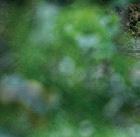













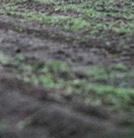


















* o ther varieties can be made for you on request *
Nursery
Jos Morren
Tel: +32 (0)13 441 966



Bosstraat 83, B - 3545 - Halen
Email: info@morren.be


Some 95 percent of the water used for irrigation consists of water from the company's own rainwater basin. This will be collected, after which it is fed into a controlled system, where it is adjusted according to specific values. "Thanks to our large rainwater retention basin, we can collect and store water in the rainy months, to be used during drier months."
"The big basins contain fresh water. In the basement, the irrigation system measures the water and feeds it into the greenhouses," said Scherzer.
The plants are irradiated with a redblue color spectrum, via LED lamps. This makes the facility very energy-efficient and ensures consistent plant quality. "The facility is fitted with blackout screens on the outside, otherwise one would see the light from miles away." Scherzer can control the temperature remotely.


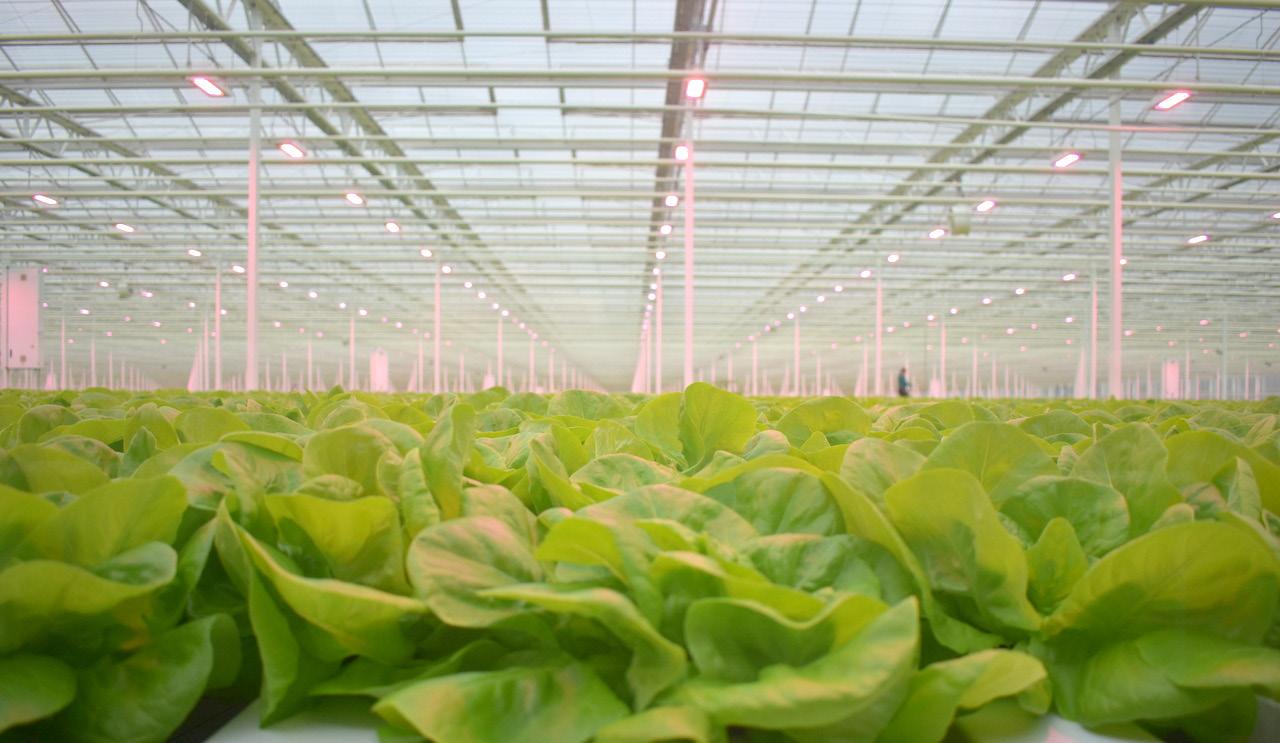
The lettuce plant employs 45-50 people, most of whom are from Romania. They work at the facility throughout the year. "This is where the produce is packed, labeled and loaded onto the trucks.
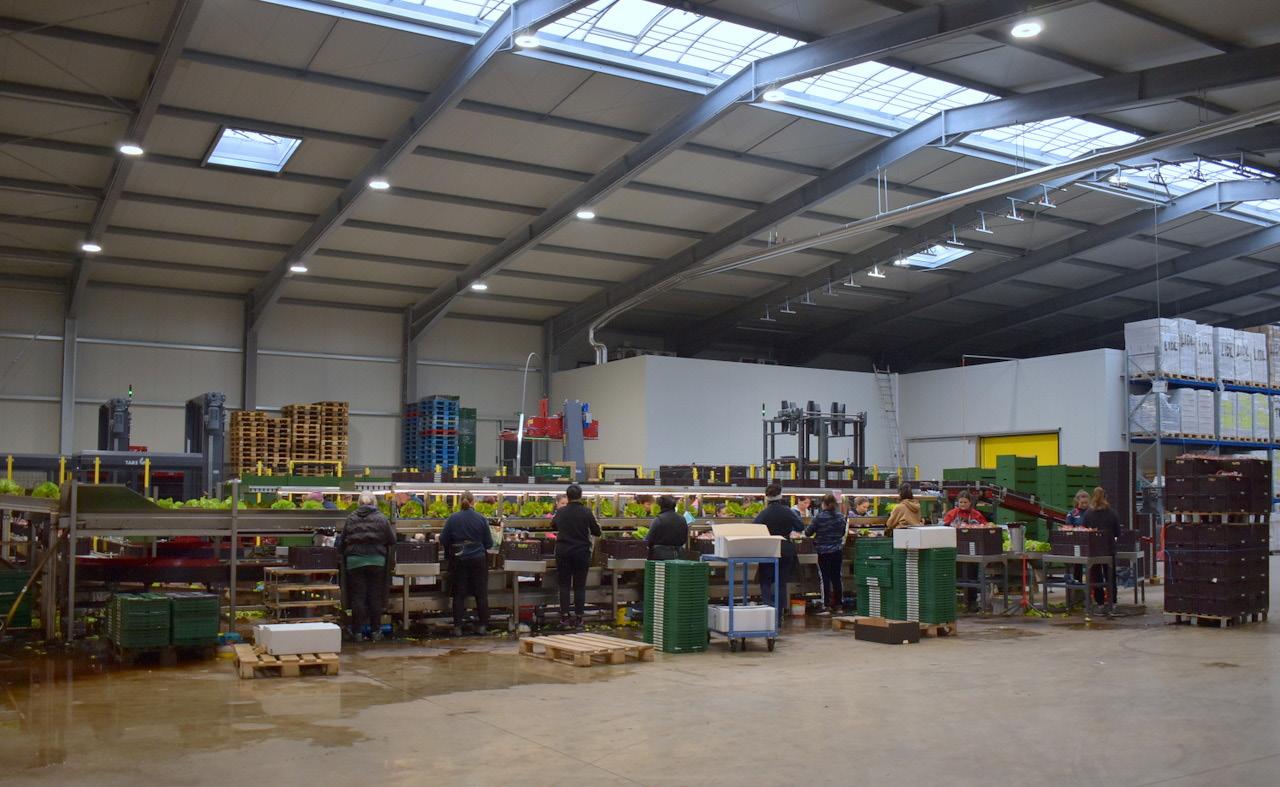
Thanks to the root balls, the lettuce stays fresh for a long time, so consumers will get more out of the lettuce overall." At the Dinkelsbühl site, the company only uses green energy.
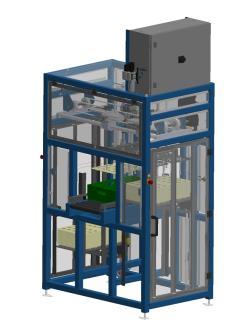
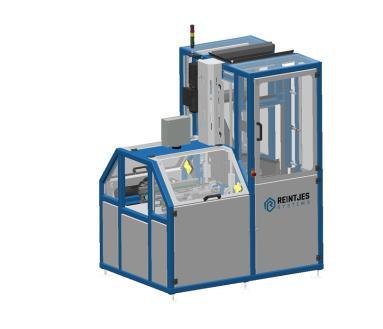
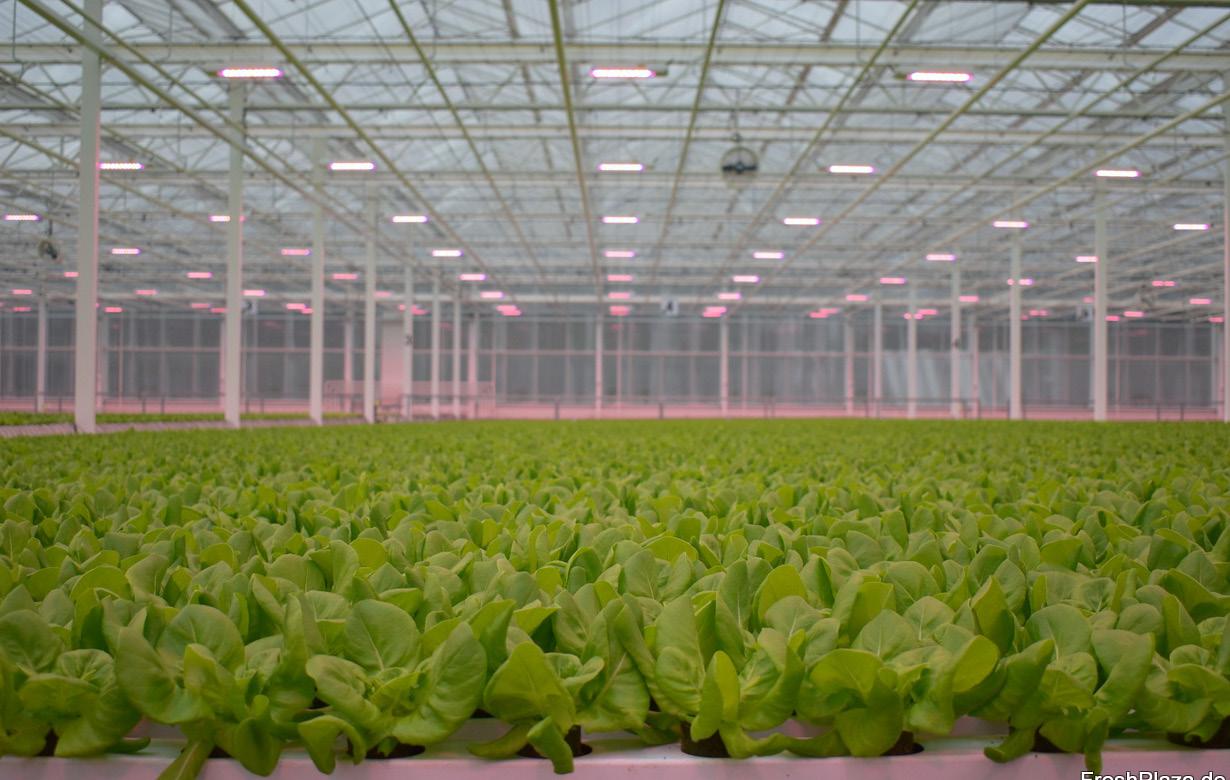
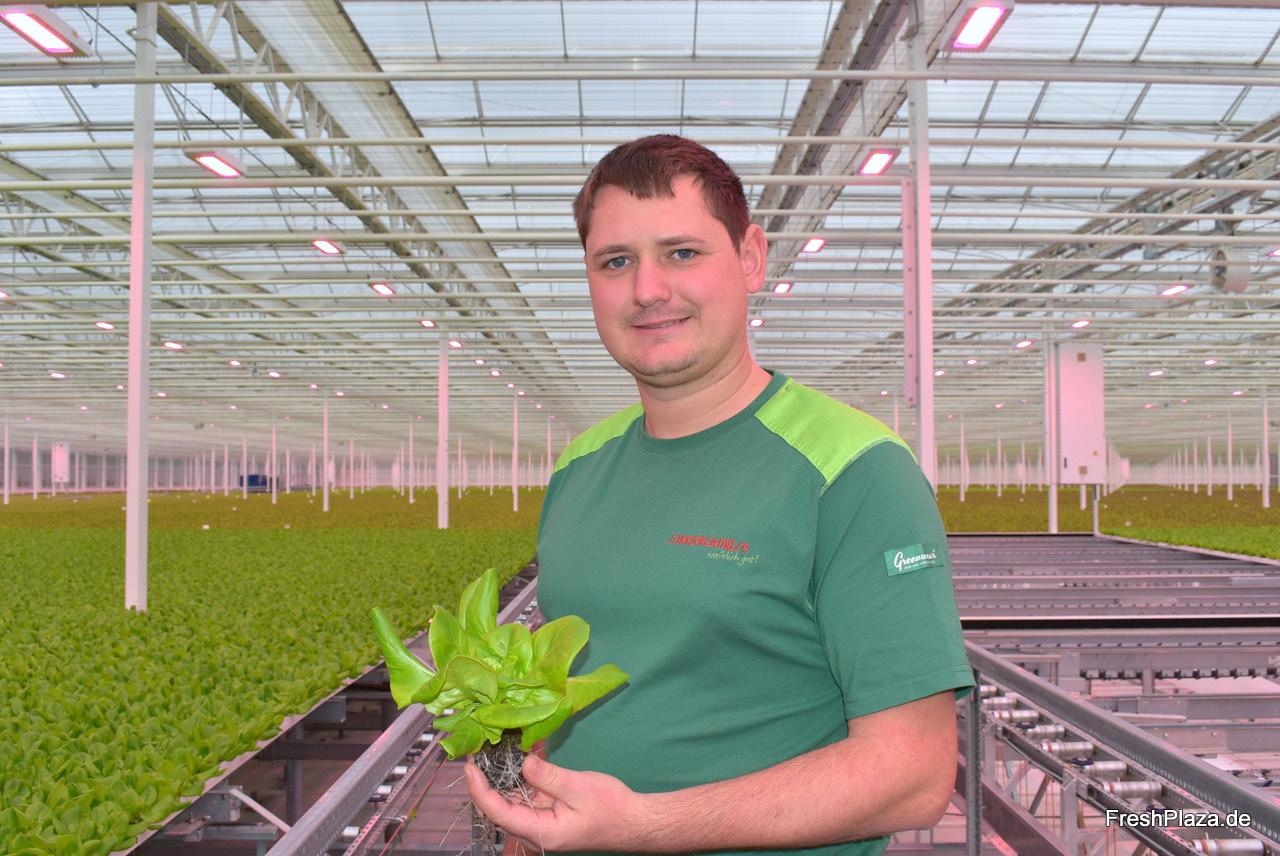
info@scherzer-gemuese.de

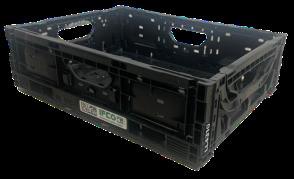
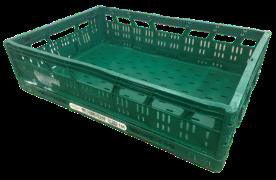


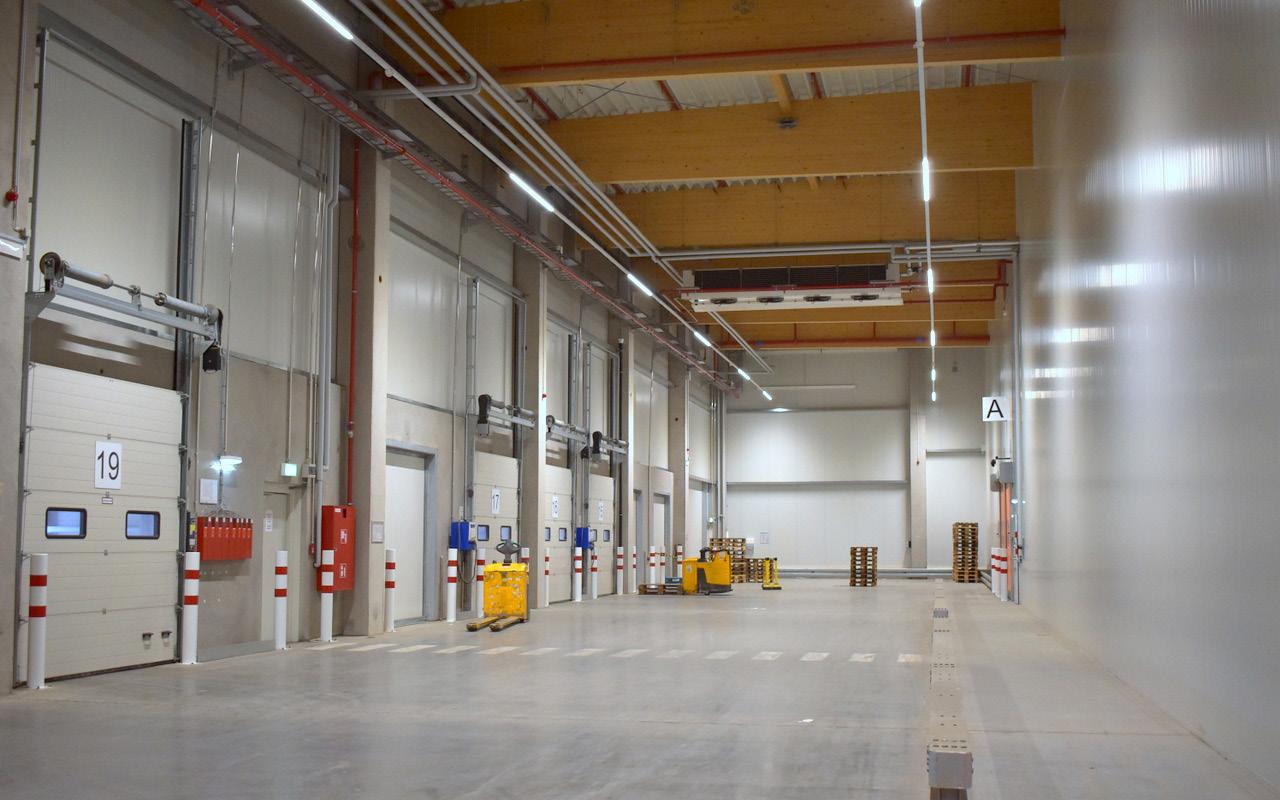
Judith Beicht: "Deliveries take place in the hall via a three-lane entry road, which works in a similar way to a highway. Our colleagues know in advance which products will be delivered, they will unload the goods accordingly, and then these move on to quality inspection and then to storage and picking."
"We have a total of 200 employees at Pfalzmarkt eG. About 30 colleagues are currently working in the newly added hall," says Beicht.
As part of their expansion, Pfalzmarkt für Obst und Gemüse eG has built one of Europe's most modern hubs for fresh fruit and vegetables. Business operations have been running in the new marketing hall since February 2022: the total area comprises of 30,000 sqm, 20,000 sqm of which is used as cooling space. About 30 million euros were invested in the construction, which was partly supported by EU funds. Judith Beicht, together with her colleague Katharina Broich, gave us a tour of the new hub for fresh produce logistics in Mutterstadt. From delivery to quality inspection, storage and picking to loading: everything takes place here, under one roof.

"There is a storage or bin location plan for the entire hall. Our colleagues always know exactly where any product has to be placed," says Beicht.
The official start of construction was in 2020, and the intricate building project was completed, on schedule, at the end of 2021. Construction of the marketing hall began around the time the pandemic broke out in 2020. Judith Beicht: "We moved in this year, in February. Parallel to the construction, the entire hall organization was restructured." The existing structures had been analyzed beforehand. All areas were examined so that optimization measures could be implemented in a targeted manner.
Handling will take place at the exact time slots. The fresh fruit and vegetables are loaded within a few hours. Then they will set off for the customer by truck, via the company's own connection to the highway. "Pre-ordered goods can also be stored temporarily in our refrigerated warehouses. However, the goods will only stay over longer in exceptional cases," Judith Beicht explains. Primarily, she says, food retailers are being supplied, although Pfalzmarkt's customers also include wholesalers for weekly market vendors and the food service industry.
After the goods have left the quality control area, they are further distributed to their storage locations in the hall, ready for picking. "Here you can see the vacuum cooling system [picture above]. In another part of the hall, there is another system like this, which accommodates a total of 13 pallets. With this, we manage to cool the products by 3 degrees Celsius within 30 to 40 minutes. In general, sustainable and energy-efficient ammonia cooling technology is used in the hall. Around two-thirds of the hall is cooled this way.”
In total, Pfalzmarkt has 57 ramps at its disposal at the new marketing hall. "The goods are delivered at the front [see second picture from top] and then they pass through the hall until they reach the outbound trucks, which can dock at the loading ramps around the hall. This means the goods will be sent absolutely fresh, usually within 12 hours, to Pfalzmarkt's retail partners." info@pfalzmarkt.de

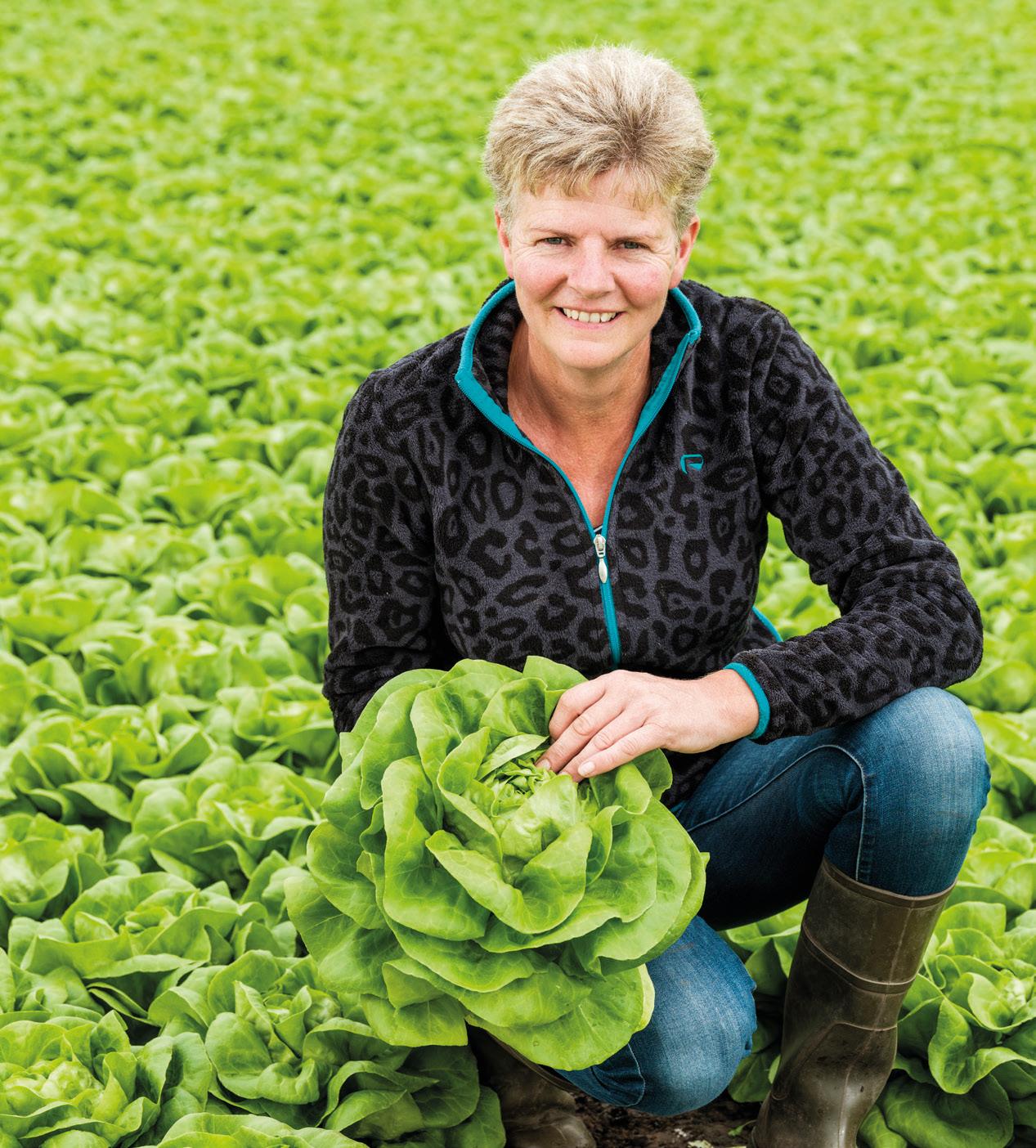







What do you do if the pandemic prevents you from traveling and thus doing your job? You start improving the banana chain in India, that’s what. At least that is what Frits Popma, of Popma Fruit Expertise, did. He boasts three decades of experience with bananas and has consulted - still does - on projects for more than 200 companies. “It may not help, but it doesn’t hurt either,” Frits begins.
„Wewere busy during the pandemic, and I couldn’t travel. Work was at an almost complete standstill. To keep going, I thought, ‘Let me start this and see where it goes’.“. Although India is the world’s largest banana producer - it grew 31.5 million tons in 2020, which equals 26.4% of global production - it does not have the most developed banana supply chain. Nor is it the easiest market to improve in, Frits points out.
He reveals that many Western companies, including multinationals, have burned their fingers, hoping for quick results, when trying to enter the Indian market. “Such projects take years. What’s very normal for Western companies is soon far too complicated in India and doesn’t work. We look at what the Indian market needs
to improve their bananas. That can only be done, step by step, and with constant guidance,” says Frits.
Yet, there is no lack of ambition. “We want to bring Indian bananas’ quality up to an international level within two years, comparable to, say, Ecuador, so that you can export them too. The banana plants, which bear fruit every nine months, make that possible. You can switch quickly.”

The Indian government now also wants to improve the banana chain. “The world population is growing, and certainly so is India’s. All those mouths need to be fed. Discarding, say, 40% of the bananas grown, then becomes a problem,” explains Frits, adding that is why India’s government wants to invest in the banana chain.
That government subsidy and grants from the West are some of the projects In India’s starting points. Frits shares that an Indian firm, Aurick Initiatives, has now been started in Chennai. A partnership with the Indian National Research Center for Bananas (NRCB) has also been established. This center is partly responsible for setting up the training program and, through the Dutch embassy, is looking at starting subsidized training programs. An essential aspect, the consultant, believes. “Only with continuous training and guidance can we ensure improvements in the banana chain.” Indian investors have now been found, and five Dutch companies have joined the initiative. It is now ready to start planting in 2023 and aims to open the first ripening plant near Chennai on July 1, 2023.

Frits Popma, Popma Fruit Expertise about India’s banana chain: “Improvement can only be ensured with continued training”Bananas
One of the first steps was to map the entire chain - from the soil to the supermarket - including cost prices and issues. An example of a problem is that about 40% of bananas are rejected, partly because of logistical shortcomings. “The quality is so poor


that bananas that cost €1 at 8 am will cost €0.60 by noon and, by day’s end, fetch only €0.10. Their poor quality means you can’t keep them another day,” says Popma.
Still, he sees opportunities to use relatively simple methods to improve things; then, prices

will not begin dropping as early as midday due to quality loss. “You could, say, transport the bananas overnight when it’s not so hot, or you could ensure that the crates aren’t overloaded. That weight squashes the fruit at the bottom. You can already make plenty of money by starting to train people and pointing out these aspects.”
Another aspect that is under scrutiny is harvest potential. “Currently, each Indian banana plant bears around 20kg per annum. We want to use improved techniques and training to increase that to 50 kilos,” adds Frits. Here, the planting system comes into view. He explains that in India, banana plantations are usually harvested for three years, followed by a rest year. Then new banana trees are planted for the next three years. Those plants, however, could last for up to 20 years, he says. “That increases yields, earning the grower more per hectare.”
Also, efforts are being made to use plastic crates. “These are more eco-friendly, cost less to cool, and cardboard is, proportionally, becoming increasingly pricey,” Frits states. Such a system with reusable crates is possible in India, he says, because the plantations mainly serve local markets, and the containers can be returned within two weeks - making it much cheaper than cardboard. There’s also a focus on
ripening, a relatively unknown practice in India. “There are 15 commercial banana varieties in India, but no one knows how to ripen them. We’re going to write protocols for that.”

Popma expects these fairly straightforward measures to immediately lead to fewer losses. That, in turn, improves growers’ financial positions, providing room for further investments in improving the banana chain. “The earning model lies in that the 40-50% current loss - growers and traders make very little nowcan decrease to less than five percent,” he claims. “You then sell much more of a far-better product and it’s suitable for the higher end of the market.” If the bananas’ quality is good, some locals are happy to pay more for them. So with a population of 1.4 billion people, there is huge, untapped market potential. “The primary focus is on the local market and, given India’s demographics, on young people and the rapidly growing e-commerce channel,” Frits concludes.
fwpopma@ziggo.nl


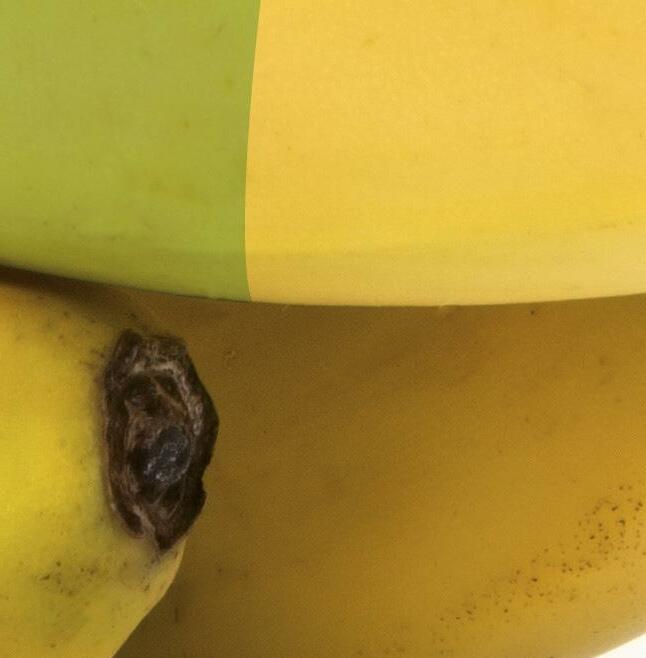




Quality equipment is a precondition for optimum results in fruit cooling and ripening for a wide range of exotic fruits and bananas. Perfectly insulated fruit ripening rooms ensure satisfactory performance. BG Door has developed a superior range of gas-tight doors and ripening room equipment using high-grade materials and seals. A thorough assessment of your requirements enables us to prepare an exclusive tailor-made design for your facility. Making sure you’re always in control of your ripening.
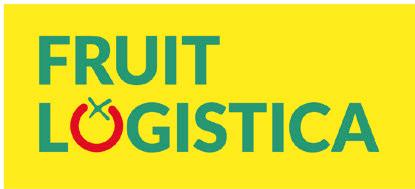



Searching for control? www.bgdoor.com






 Hall 3.2 Booth C02
Hall 3.2 Booth C02
Sisters, Annelies and Margriet Looije, have a two-year age gap. After exploring different avenues, they both landed management positions at their family business Looye Kwekers in late 2020. They were thrown into the deep end when they were immediately successively faced with tomato virus outbreaks, damage to one of their greenhouses, the current energy crisis, and inflation. Time for a duo interview. “We’d rather our Honing tomatoes compete against another brand than against the tomato sector’s price block,” they begin.

Was it a given that you’d join Looye Kwekers?
Annelies: Not at all. In fact, our parents always encouraged us to look outside the company and find a job we enjoyed, which energized us. I learned a lot during my time at Nature’s Pride, from tree to store
shelf, but I didn’t see myself buying mangoes all my life. And there was certainly no set plan for joining the family business.
Margriet: Annelies was always more open to that than me. I always had a Plan B in the back of my mind: staying at Lely. I had
a nice business role in that large organization but still visited growers. When the pandemic began, I soon discovered I had a greater affinity for growers than farmers. I far prefer tomatoes growing in warm greenhouses to cows standing in cold sheds. That was a tipping point for me to consider a return to greenhouse cultivation. In late May 2020, Gerard Verkerke, then Looye Kwekers’ general manager, asked my father if one of his girls wouldn’t like to take a management position. That’s what got the ball started rolling.
Annelies: There are four of us daughters. Jacqueline works for our company in Spain. Corien does something completely different; she’s a diplomat at the Ministry of Foreign Affairs. At the time, returning to the

“We welcome more competition from tomato brands”
35, married with a daughter (3). Lives in a village called Maasdijk. Studied Economics and Business Economics at the University of Rotterdam. After graduating, she spent a year as a trainee at Bakker Barendrecht, then five and a half years as a consultant at Florpartners. She wanted to be ‘closer to the action’, so moved to Nature’s Pride, where she was a purchaser for four years. Has been the operational director at Looye Kwekers since December 2020.
Westland was not an option for them. But, we loved the idea of continuing the family business and decided to step in together. There were several open executive-level positions. Although I was primarily commercially active at Nature’s Pride, I’ve always been interested in operations too. So I started as operations director a month after Margriet joined as commercial director.
What was the internal reaction to your arrival?
Margriet: Very positive; people liked the new momentum and that the company would continue.
Annelies: Our arrival also provided immediate clarity. Our father, Jos, had been trying to distance himself from the company for some time. There had been several external directors, so our arrival clarified things right away.
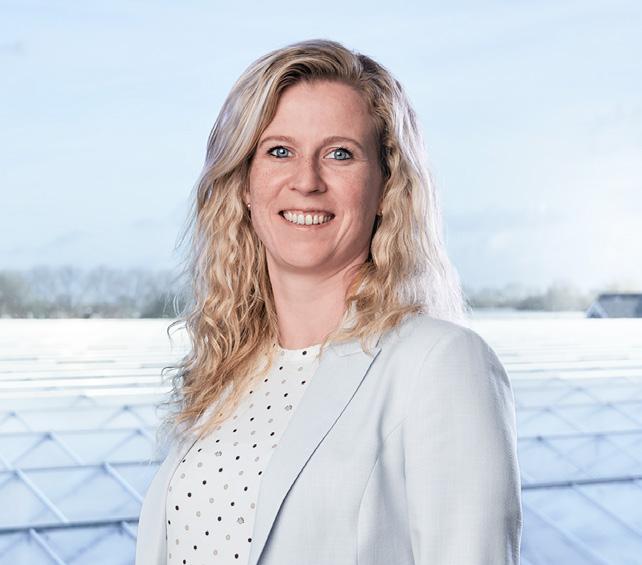
Is Jos genuinely able to let go of the work?
Margriet: He no longer does any day-today management. We do that together with our financial director Marcel van Rosmalen. And with Robbert de Jong, responsible for R&D, who’s been with our company for 26 years. But, my father’s still fully active, mainly with project-related matters. He still manages all the crops and spends three or four days every fortnight in Spain. He loves doing that and has a wealth of cultivation knowledge. I call him regularly for advice. However, he only gets
involved in the business side of things if asked to do so.
Annelies: What’s great is that he leaves all the decisions up to us. He, undoubtedly, doesn’t always agree, but he won’t say so. For example, my father was always staunchly against cameras at the greenhouses. When I’d just started, we had several break-ins there, and after a few times, I was well fed up. I got a few in-house queries if I was sure I wanted to install cameras, but our father left the choice entirely to us. We’re in charge of the company now and must do what we think’s best.
What was the first thing you changed when you joined the company?
Margriet: I immediately focused on giving premium quality a more leading role. You have to guard against the most insistent buyers getting the most product. We joined before winter began when there are always too few tomatoes. Yet, it still sometimes happens that those demanding clients still get more kilos under private labels. We’ve always had many greengrocers among our customers. For them, it makes quite a difference if they receive two instead of four boxes of Honing or Joyn tomatoes. I put a stop to that right away. We put all our marketing efforts into our premium tomatoes; that’s at the core of who we are and what we do.

Annelies: On the cultivation side, we started tackling the virus and also took a good look at the organizational struc-
33, married, with a daughter (9) and son (2). Also lives in Maasdijk. Did not finish high school. After various jobs, she started working at Quality Queen in purchasing. Four and a half years later, she started a bachelor’s degree in Business Administration and fulfilled various positions at Looye. There she did things like arranging the tender for the construction of one of the company’s greenhouses. Then worked at Lely in a commercial role where in recent years, she managed all third-party businesses. Commercial director of Looye Kwekers since November 2020.

ture. Much more is now done at the site level. And sometimes, you have to tighten the reins. I still remember the first King’s Day when the sales department asked if wholesale customers could also load on that day. That had never happened before. But at Nature’s Pride, that was an ordinary working day, where people just ensured clients came to collect their products early. Buyers understand that it’s a holiday, but not that you’re not open all day.

Do things sometimes get heated between you two?
Annelies: Sometimes. But that never lasts long and is often caused by a lack of communication. That causes more of a misunderstanding than a structural change in our thinking. We’ve learned very well where our strengths and weaknesses lie, especially over the past six months in
these challenging times.

Margriet: Even if we disagree, it’s only a couple of times a year. And it never lasts more than a day. We never take it home with us.
How is the current energy crisis affecting Looye Kwekers, and how have you responded?


Annelies: It’s hitting us hard. There’s naturally been plenty of discussions about it, but stopping for the winter simply isn’t an option for us. We have a brand strategy. Margriet has asked me multiple times to list brands we won’t have from November to March. Maybe your readers know, but we can’t name any. So for us, forging ahead was the only choice. And using LED lighting is the only way we can affordably do so.



Margriet: One Friday afternoon in mid-February, we went together to buy LED fixtures for two of our sites. Two weeks later, again on a Friday afternoon, Annelies phoned to say gas prices were going through the roof. To which I answered: why not get LEDs for our other location too?
Annelies: On Monday, I promptly contacted the supplier for another 5,000 lamps at the same terms, conditions, and price as in week 41. He agreed but needed a definite answer in two days. The Supervisory Board usually has to vet such investments, which takes some time. But we quickly got approval and, thus, switched from 100% SON-T to hybrid lighting in one go. In retrospect, of course, we’re delighted with that. We also replaced one of our site’s 15-year-old blackout canvases.


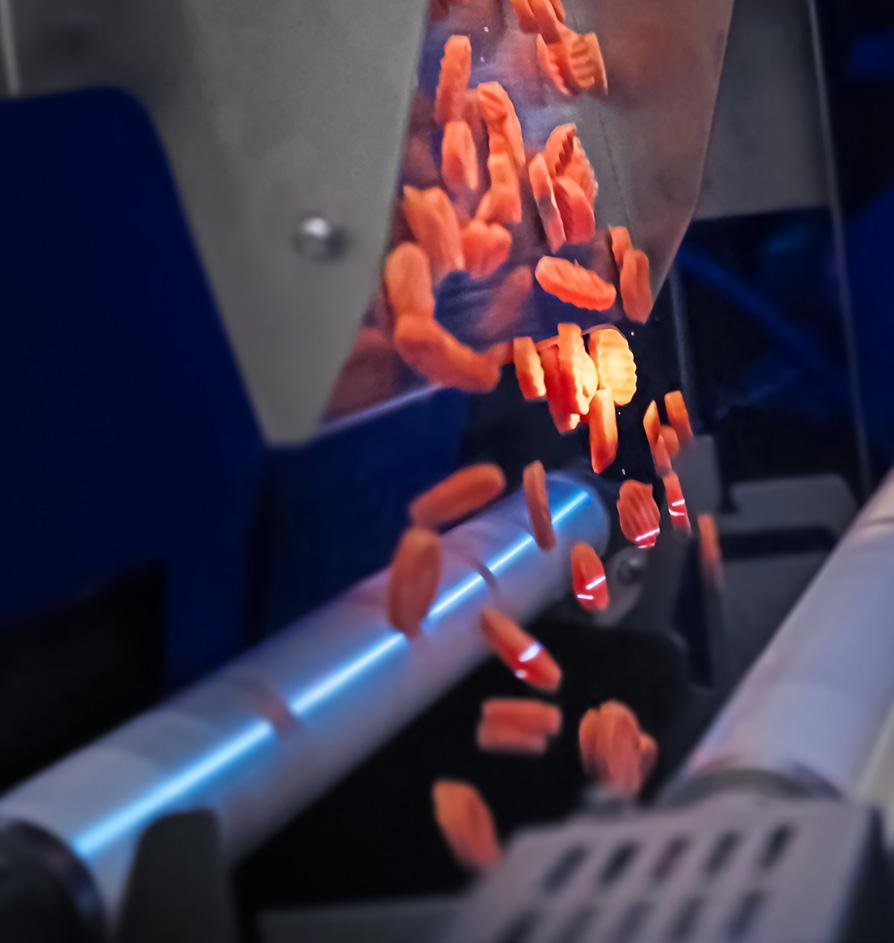








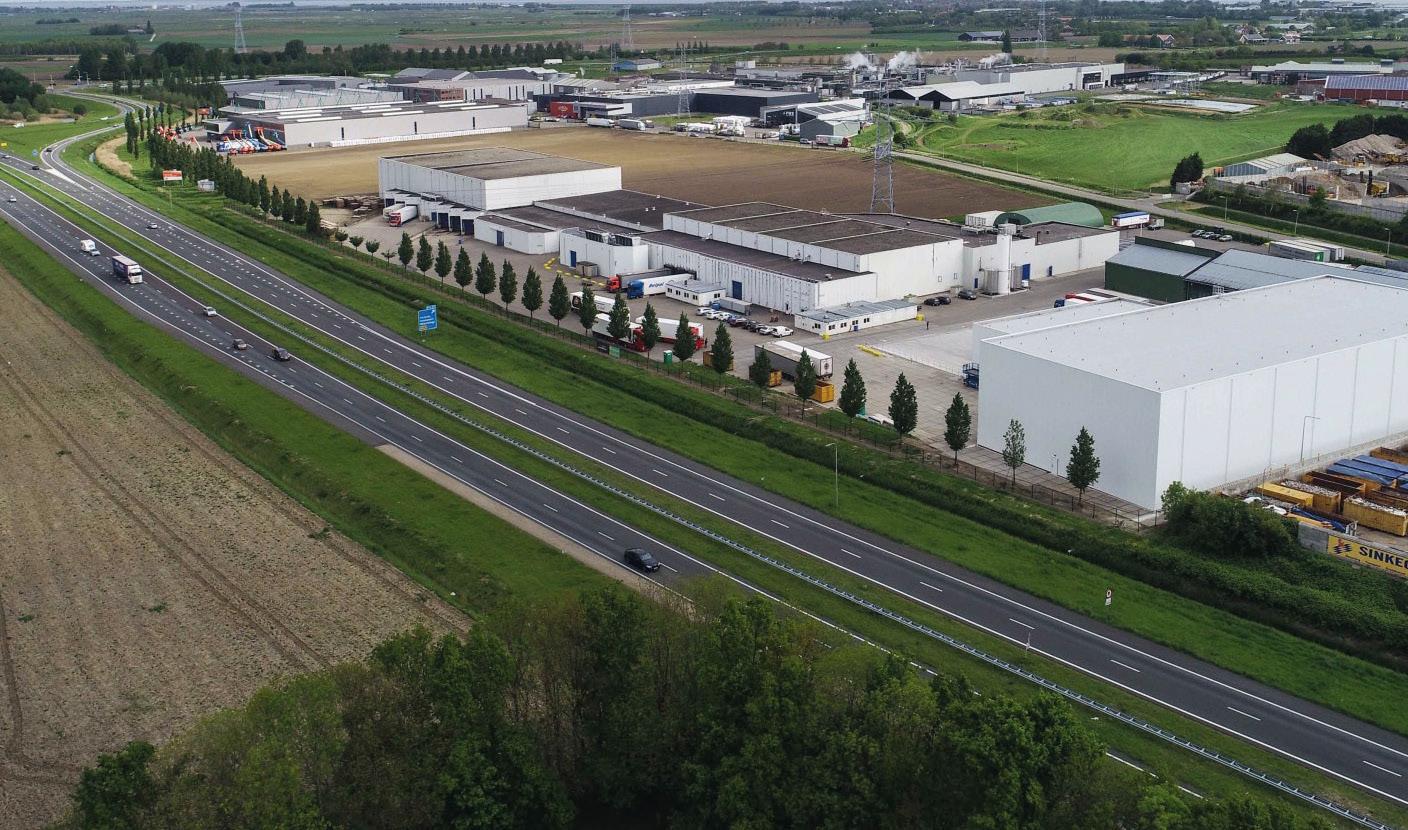
With us your fruit is in good hands. From arrival at the port to collection from our storage; we offer your product the best possible treatment.
In our storage locations in Vlissingen and Kruiningen, the products are subjected to a quality check, after which they are stored and kept at the desired temperature until you want to transport the products further.

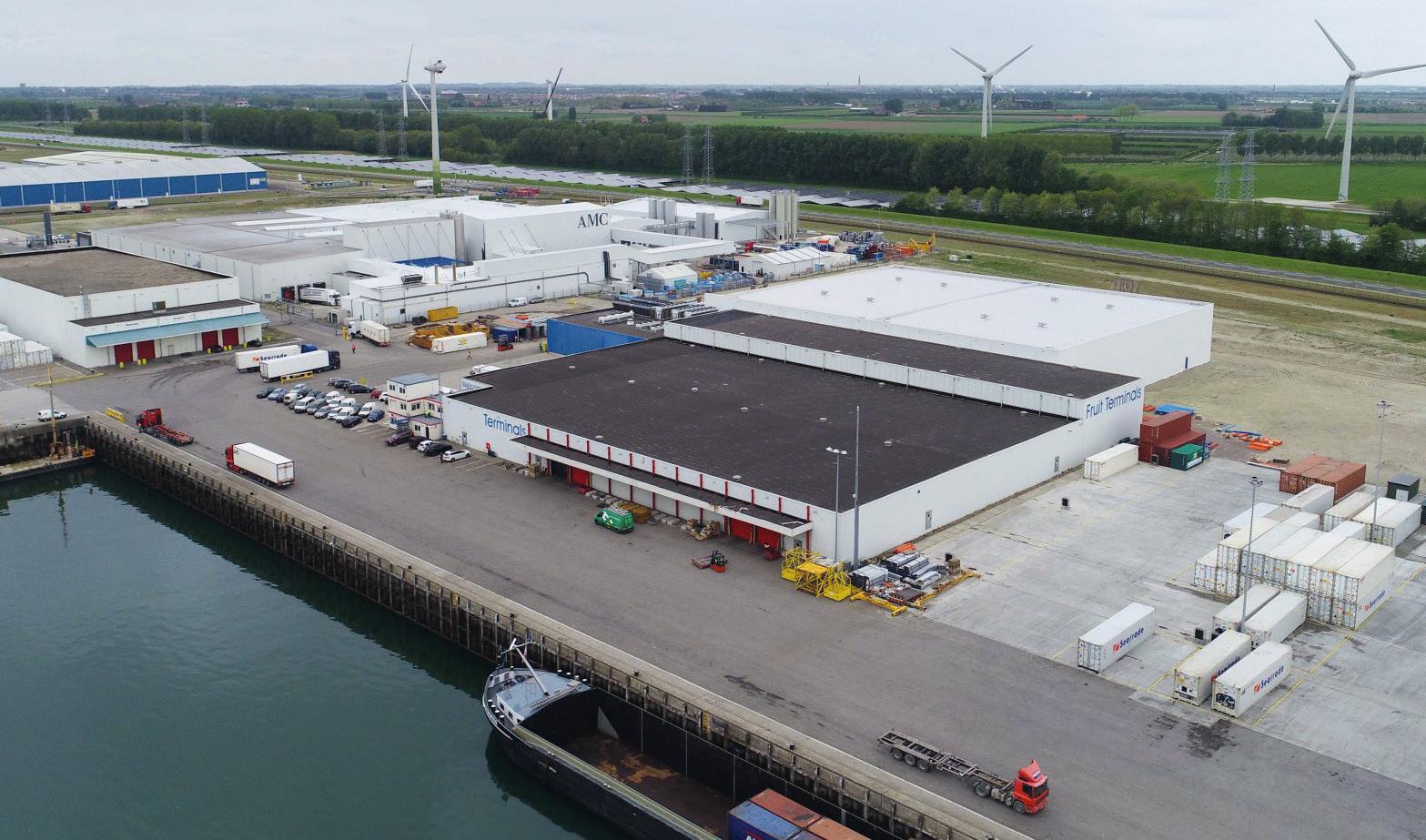
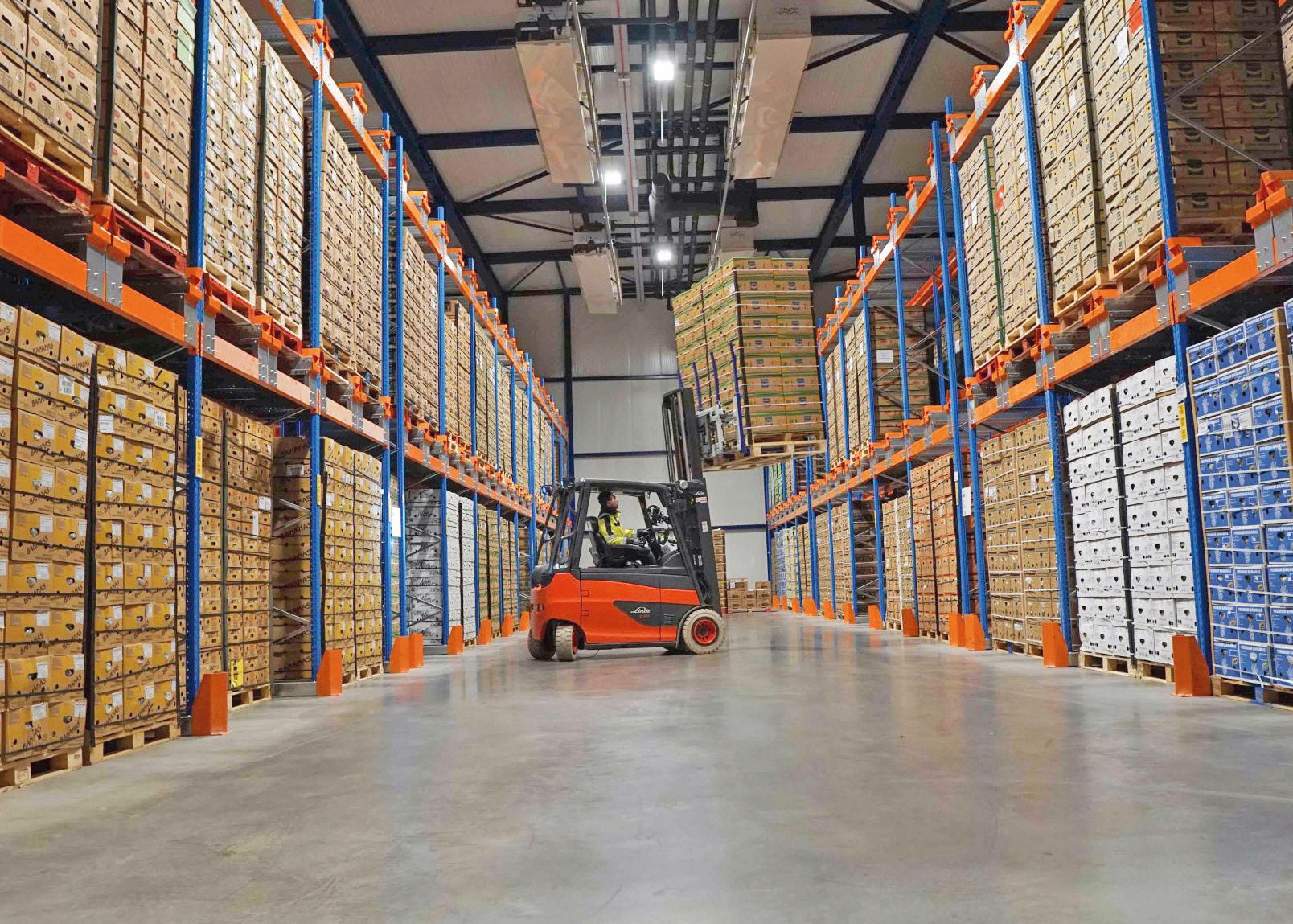
That became an immediate priority, given the gas prices. One of our locations is a semi-closed greenhouse, one of the few in the Netherlands. We’ve had a second screen, originally intended as a summer screen, there for 18 months now. But it works fine as a second energy screen, which turned out to be exactly what that greenhouse needed. It runs much better and performs much better, energy-wise, than a standard greenhouse.
Margriet: Times are, however, still very tough. We touched on the cost side, but inflation and reduced consumer confidence affect sales too. Considering the last pre-pandemic year, 2019, we’re still doing quite well. The industry - especially retail suppliers - had two exceptional years during the pandemic, and honestly, we, too, benefited. Now it’s a matter of resetting the course. We’re maintaining our brand strategy, something in which we strongly believe. And we have a good sales and marketing team, who can, fortunately, turn the right dials in our sales channels. So we’ll keep investing in marketing this year.
The story of your father tasting a little Piccolo tomato in a London supermarket and thus getting to work on that variety remains a good one…
Margriet: That’s true, but we always say he could just as easily have tasted a less flavorful Piccolo from the spring’s first or season bunch and not have given it a second thought.
What is Honing tomatoes’ fiercest competition?
Margriet: To determine your competition, you have to find a comparable product. Since Honing tomatoes is the only brand of its kind on shelves, that’s very hard. The
cocktail varieties are its biggest competition; in the Netherlands, in any case.
Annelies: And that’s proving problematic. There’s no brand against which we can compete. In that sense, the price block is our biggest foe. And fighting against that’s genuinely harder than competing against other brands.
Margriet: We’d welcome more competition when it comes to flavor. If tomatoes become tastier, people will eat more of them. But, it’s much easier to introduce new products in, for instance, the dessert aisle. If there’s no comparison, it’s far more challenging. Fortunately, (vine cherry) tomatoes are getting tastier and tastier, which is fantastic. Inedible tomatoes ultimately benefit no one. And when quality standards rise, it always does consumption good. We’re not worried that Honing tomatoes will be passed over. We have good contacts with breeders, so we’re well aware of variety developments. Still, we have yet to come across a tomato that improves on the Honing.
Annelies: Our Honing tomatoes, in the end, represent more than merely a variety. The way we grow them is what makes the Piccolo a Honing tomato. That’s supported by independent taste tests too.
How do your premium tomatoes’ prices differ?
Margriet: Honing tomatoes cost the same throughout the year. Our Joyn tomatoes have a summer and a winter price. The Private Label lines are seasonally priced. But although the whole ‘a little more or a less’ dynamic is very common in fruit and vegetable trading, we don’t do that.
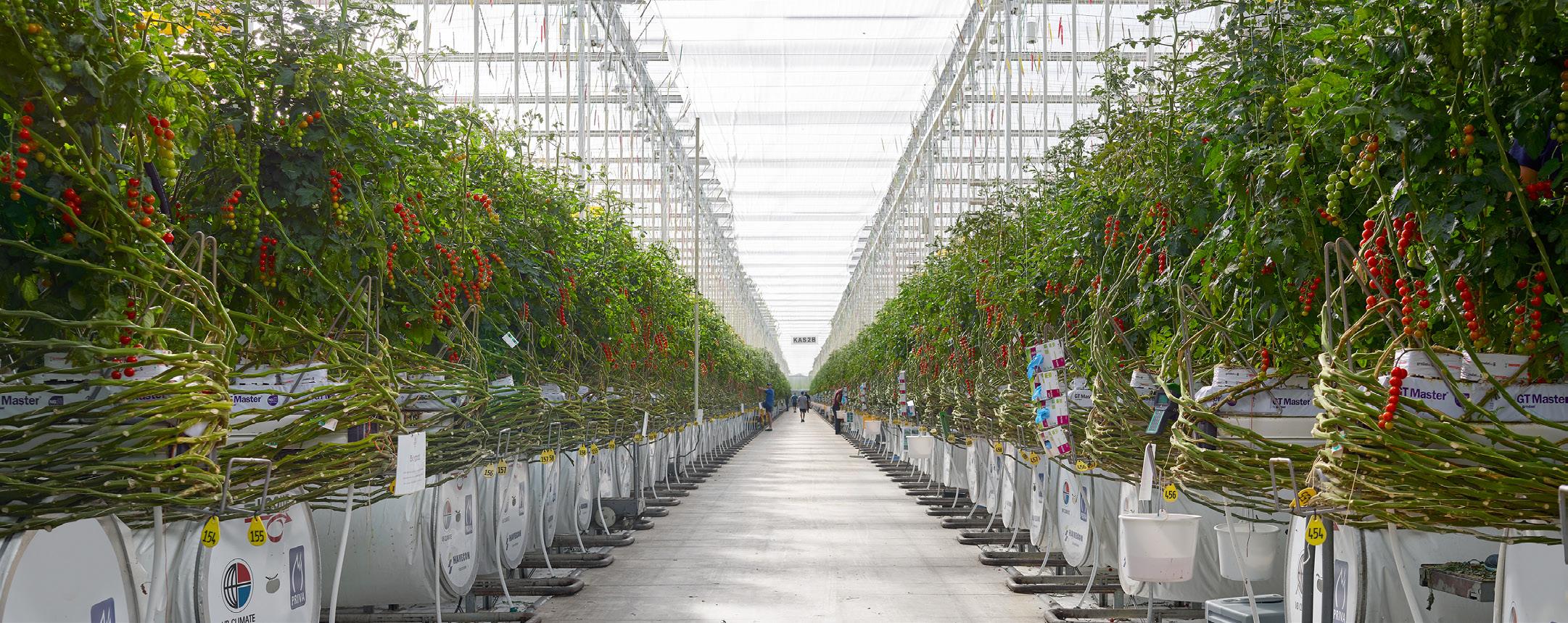
Does consumption differ in the
Margriet: We see that Belgians especially appreciate good food and are quite happy to pay a bit more for that. Germany is larger and has many regional differences. Thanks to better scanning information, we have better steering data for the Netherlands. That’s perhaps the most significant difference. Generally, tomato consumption - except for the 2020 and 2021 pandemic years - seems to be tremendously stable. Fruit and vegetable consumption levels are actually too low in all countries. Thus, we must carefully consider increasing tomatoes’ share of that. In the Netherlands, vegetable consumption is still very concentrated around the evening meal. The Germans, who fare noticeably better, can teach the Dutch a thing or two in that regard. In the Netherlands, cocktail tomatoes are Honing tomatoes’ biggest competitor, but in Germany, they don’t know about cocktail snacks; brunch is bigger there.
Do you know how well consumers know Honing tomatoes?
Margriet: We measure that twice a year and very specifically track marketing campaign results. We’re, for example, currently running radio commercials, and we’ll then check how brand awareness - both assisted and spontaneous - has grown. At present, Honing tomatoes’ assisted brand awareness in the Netherlands, Belgium, and Germany stands at 30 to 35%.
Do you use a specific brand as an example?
Margriet: I don’t have only one. I find different brand facets fantastic. Take, for instance, the movement John Deere has created - people get the brand tattooed on their backs. And, what The Flower Farm does with its margarine by high-
lighting deforestation - something no one even realized was a genuine issue - then proposing an alternative and building a strong brand around that: that’s genuis. I think Naïf Baby Care is also a good example of an innovative brand in a settled market. Heineken, again, I love for their bold yet sound communication. And I can appreciate Nespresso’s super slick look. So, I admire many branding aspects, but there isn’t a total brand that includes them all. That may be something for which to strive.
Do you have any other brands in the works?
Margriet: We’re working on it, but there’s a lot involved in that. We’re okay with making mistakes but want to market a new brand properly and thoroughly. We introduced the Moyo tomato. That taught us plenty, but ultimately, this tomato’s quality wasn’t what we wanted to stand for as a company.
Is expanding outside the tomato segment an option?
Annelies: Not for now. We know how to cultivate tomatoes. Our grandfather started growing them in 1946, and our passion - cultivating flavorful tomatoes - has remained unchanged for years. Flavor permeates the entire company. That requires more than special tomato varieties and unique technical innovations. Our greenhouses and growers are wholly focused on tomatoes, so that will definitely remain the focus for the coming years.
Retail is a relatively new Looye branch. How did this sales expansion go?
Margriet: We’ve always had private-label retail clients. However, for Honing and Joyn tomatoes, retail is indeed new. But Nielsen data, rotation figures, tastings, promotional analysis: those are things that were really new for us. The fact remains: we have fewer tomatoes available in the winter, and we want to supply our branded tomatoes year-round to keep building our brand. So we very selectively consider where these tomatoes do or don’t fit.
We can’t scale up our Honing or Joyn tomatoes as much as the private labels, and we need those lines to sell our premium lines. Our focus with the Honing and Joyn tomatoes is on the Netherlands, Belgium, and Germany. That’s deliberate so that we can use our marketing budget in a more targeted way. But we know our tomatoes also end up in Japan, Dubai, and Scandinavia. For private labels, Mercadona in Spain is our furthest customer.
Can’t you source tomatoes in Spain yourselves?
Annelies: You can’t really achieve the same quality when growings TOVs in southern Europe as we can deliver from Dutch greenhouses. At least not for Piccolo. There’s a good reason we only sell 20 to 25% of the Piccolo volumes we pick as Honing tomatoes; the other 75 to 80% don’t pass the flavor or quality muster. That brand represents a certain level of quality. Honing tomatoes must be freshly picked; that which we harvest today is packed in the evening and reaches clients tomorrow. We could never manage that with Spanish or Moroccan products; neither could we fulfill our quality promises. Looye Kwekers doesn’t want to farm overseas, though we do have contract cultivation in Portugal.
What is your connection with the Spanish company Looije Aguilas?
Margriet: That company’s activities are entirely independent of ours; we just have the same shareholders. In all other respects, it’s a stand-alone company with its own entity, management, clients, and suppliers.
Annelies: Since Jacqueline runs that company, our businesses are becoming closer. I regularly call her about cultivation matters; Margriet does the same with the commercial manager in Spain.
Margriet: We have a few mutual buyers, like the Spanish supermarket Mercadona. It helps that Jacqueline is fluent in Spanish. We sometimes have a product shortage, and then we buy extra products from there. So, in that sense, we are moving closer together.
Looye was discussing a merger with RedStar. Is partnering with fellow growers still on the table?
Margriet: Those talks were before our time, and that’s not something we’re considering at present. But we have an entrepreneurial spirit and keep a close eye on what’s happening. We certainly haven’t closed the door on acquisitions, at least to be the acquiring party. We don’t want to be taken over.
Annelies: Nor do we belong to a growers’ association. That’s deliberate because it allows us to be flexible and easily make our own choices. Still, on the back end, we do cooperate a lot. For example, we, and several growers, have a job agency, and we collaborate in a software company. Also, we recently started a gas receiving station with two other growers.
Would you consider expanding into the organic segment?
Margriet: I don’t think that’s possible, cultivation-wise, for the Piccolo tomatoes, neither do we have that goal regarding marketing. The organic share is growing somewhat, though I’m very curious to see how that market share will develop. Our father always called it the difference between the citizen and the consumer. People always say everything must be organic, sustainable, and CO2-neutral until they have to cough up for that.
Annelies: I also don’t think that would work for us, cultivation-wise. Regulations in the Netherlands require organic tomatoes to be grown directly in the soil. That’s at production’s expense. Organic certainly isn’t always necessarily sustainable. I think we’d be far better off making our cultivation and energy use more sustainable rather than farming organically.
Margriet: Sustainability is a top priority for us. We want to replenish what nature provides us. As a sector, we have - although perhaps a bit forced last year - made huge strides regarding sustainability. As a company, we’re also doing well in this.
You had to deal with a ToBRFV breakout right off the bat. How do you look back on that?
Margriet: I’ll never forget how sad I felt when I walked into the greenhouse, all lit up against the dark days, and it was half empty, with just a few plants here and there or an occasional full row. That always left me with a stomach ache.
Annelies: When we joined the company, we were aware of the pressure this virus was causing. But we’d not paid weekly visits to the greenhouse in years, so we didn’t know how bad it was. We found out soon enough; I remember the first virus consultation well. But we got on it right away. There was much discussion around hygiene and how to handle crop rotation. It’s an awful virus. However, when I reflect on that time, I’m proud of how we improved our hygiene level.
Margriet: We’ve had a lot to deal with, and it’s been one thing on top of another. First the virus, then the high gas prices, and now 200 more broken windows. A veteran grower said to me, “Now you’re a true farmer...” There will always be highs and lows, but we’ve had quite a few in a row. I find Dutch horticulture’s role in the European market quite challenging. We have about 70 permanent employees and depending on the season between 400



Casepacker systems for horizontal and vertical loading of -in bags packed- products into carton cases, display cases, carton trays, crates and containers. Pick and place systems for bags, trays or special products. Control and transport systems.


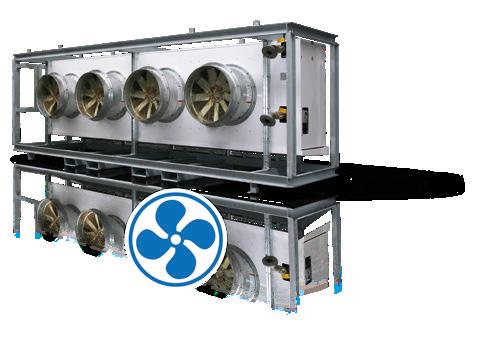









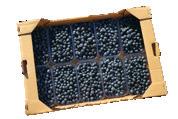




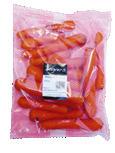

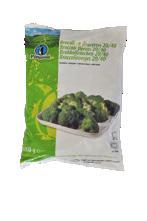
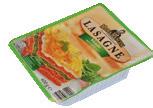



and 500 temporary workers. Are energy and labor becoming overly expensive for tomato cultivation here? That’s something I often ponder.
Are you getting your vacancies filled?
Annelies: So far, we’ve managed to, yes. Sometimes it takes more time, but we usually fill a vacancy within a few months. Nonetheless, true greenhouse and packaging production jobs are becoming increasingly difficult to fill, especially in the summer. I think it’s good that people have become eager to work for us. We have applicants who were at large corporate companies for years but want to join us because they want to work in a family business again. One with a healthy product and brand. In that sense, we’re in a good position.
Lastly, something I can’t ask any of my co-workers: how do you combine your work and home lives?
Margriet: I’ll tell you, but then you must say too. Because it’s, of course, nonsense
that we get asked that, but men don’t.
Annelies: We both work fiveplus days a week. We grew up in a man’s world, which I never minded. Recently, I was at the Westland water purification cooperative’s AGM, and I was the only woman. For that, you need a truly supportive partner who understands when you’re late getting home because you’re stuck in traffic or a meeting’s running late. Again.
Margriet: That doesn’t work if your partner gets worked up about things. And you have to be well-organized. You don’t, and shouldn’t, have to do everything yourself. We have a housekeeper who looks after our house one week and Annelies’ the next. We do have homes, mind you. It’s not as if we’re always first in, last one at the office. But we always try to arrive by
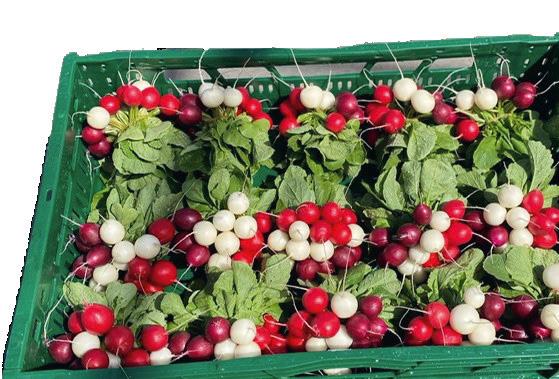





8 am. And we often email each other in the evenings. That’s part of the job, and I don’t mind it. I’ve always wanted to work for a company that’s the best at something. That was what Lely was and what I’m aiming for here as well. There’s no place I’d rather work.
Hoge Geest 25
2671 LK Naaldwijk, Netherlands
Tel. John: 0031 (0)6 51 59 28 38
Tel. Dennis: 0031 (0)6 54 24 44 14
info@dailyfreshradish.nl
Sales:
Tel: Rik Hofland 0031 (0)6 41 62 42 11 orders@dailyfreshradish.nl
www.dailyfreshradish.nl

Are you interested in discovering new markets? The Centre for the Promotion of Imports from developing countries (CBI) can introduce you to reliable, certified suppliers ready to do business with a European partner. CBI currently works
with carefully selected companies in Jordan and Lebanon. All companies have received individual coaching from a CBI sector expert. The suppliers offer a diverse range of fresh fruit and vegetables, and processed fruits.

Jordan is in an excellent position to supply fresh fruit and vegetables. This is due to the extended production season in the Jordan Valley and the proximity to Europe. Currently, CBI is supporting 23 Jordanian companies with the export of their products to EU, regional and international markets. Most of these companies produce or trade a variety of quality fruit and vegetables. These include tomatoes, cucumbers, bell peppers, peaches, watermelons, melons, plums and strawberries. At the same time, Jordan is well known for its premium Medjool date variety. Many SMEs in the CBI programme are seeing a growing demand and great potential in exporting the Jordanian Medjool date to new international markets.
CBI works with the Jordan Exporters and Producers Association For Fruit and Vegetables (JEPA). This partnership has led to


Would you like to know more about Jordan?
Contact Melanie van der Baaren-Haga, mhaga@cbi.eu.
improved services for the sector. Examples of these are export promotion activities such as trade fair participation and trade missions. JEPA is the leading sector association and a true supporter of the entire Jordanian fruit and vegetable sector. Together with JEPA, CBI is teaming up with the Jordan Dates Association (JODA) to help Jordanian SMEs supplying Medjool Dates enter new markets and meet new buyers. During Fruit Logistica 2023, CBI will be supporting the JEPA pavilion for the 4th time. The companies at the JEPA booth in Hall B - B31 are part of a CBI project and have been well-trained over the last 4 years. They are now export-ready and GLOBALG.A.P certified. In March, CBI and JEPA will also exhibit at the International Food & Drinks Exhibition in London with a selection of producers from Jordan.

Despite the challenges Lebanon is currently facing, the country is rapidly developing into a serious option for the supply of table grapes and avocados to the European market. Lebanon also offers various kinds of vegetables and potatoes that could be of interest in Europe.


In Lebanon, the production of grapes and avocadoes is increasing every year, and a transition to varieties tailored to the European market is beginning to show. With sustainability in mind, products from Lebanon may be an alternative for sources in South America as there is an increasing demand for products produced closer to Europe. Moreover, products can be professionally packed and cooled with new packing and cold storage facilities. The development of producers/exporters is supported by various organisations such as RMF, Berrytech, USAID, the Netherlands embassy and CBI.
CBI supports 21 producers via a Business Export Coaching Project. Aimed specifically at Europe, some 10 companies have received training, coaching and guidance on the requirements of European buyers. Training topics included quality standards, food safety, hygiene, social compliance, and how to do business in Europe. Recently, successful exports of grapes to Northern Europe have taken place, and the first volumes of avocados will arrive in Spain and France in February 2023. Meet the CBI-supported companies from Lebanon at Fruit Logistica in Hall B - B35
The Centre for the Promotion of Imports from developing countries (CBI) supports the transition to inclusive and sustainable economies. CBI always starts from the perspective of local SMEs, strengthening their economic, social and environmental sustainability through the export of products to European and regional markets. CBI has 50 years of experience and has worked with over 10,000 SMEs from 70 countries to build sustainable trade relationships with European buyers.
CBI prepares carefully selected companies with the skills and knowledge they need to enter the European market.
Are you interested in doing business with the suppliers that CBI has selected? You can find more information about the participating companies on our website: https://www.cbi.eu/events

If Morocco was not yet in the European fruit and vegetable world’s sights as a major horticultural country, the skyrocketing energy prices that began in the fall of 2021 have changed that. Since it is almost impossible to afford heating for greenhouses in Dutch and Belgian winters, growing crops in this cultivation-friendly North African climate is becomimg increasingly attractive. Agro Care, the Netherlands’ largest tomato grower, cultivates tomatoes in both countries and has done for years. In 2022, they will have been active in the Netherlands for 25 years and in Morocco for ten.
Agro Care has been growing santa and cherry tomatoes in Morocco since 2013. They had started via a joint venture with Van Oers, but since 2020, they have been the sole owners of a local cultivation company. For years, Ad van Kester was in charge of cultivation in Morocco, but on January 1, 2022, Stijn Weijns took over. „In the early years, cultivation in Morocco wasn’t our highest priority,“ begins the new Managing Director.
“But, by already being there, we can respond to what’s happening with ever-increasing energy and labor costs.” These Dutch tomato growers cultivate their cherry tomatoes in Morocco’s horticultural region of Agadir. “It’s a labor-intensive crop. In Morocco, labor per square meter for this snack tomato crop costs 30% less than in the Netherlands. That makes it less profitable to grow in the Netherlands, especially with the current high costs.
We’d already considered that when we started in Morocco,” says Stijn.
Cultivation in Morocco has become more important for Agro Care, especially given recent developments. An increased acreage reflects that. This winter, Stijn is managing 50 hectares, 18 of which are entirely under his control. The rest is through cooperation with local growers, whom he calls ‘outgrowers’. “In 2021, we added 11 hectares; this year, our acreage and that of these outgrowers total 50 hectares. Next season, we want to grow to 100 hectares by expanding their and our cultivation. We want to reach 200 hectares eventually.”
It is Agro Care’s second winter season in which the local growers they partner with are also doing greenhouse cultivation. Not entirely coincidentally, also in the second winter with very high energy prices in the Netherlands. Agro Care has greenhouses
In Morocco, a glass greenhouse is being built for the Institute Agronomique et Vétérinaire Hassan II (IAV), a university based in Agadir. Numerous Dutch horticultural engineering companies are involved in its construction. The project consists of several greenhouses of different sizes, which together span nearly a hectare. A unique feature is that these are
there, too, as well as in France and Tunisia. The company, which celebrates its 25th anniversary this year, has 261 hectares in total. It wants that to reach 1,000 by 2030. By taking the step to Morocco almost a decade ago, Agro Care has managed to build a “large network” over the years. “Having our own branch and excellent local team means we’ve gotten to know that market well,” Stijn admits.
The situation in the Netherlands means more Dutch cultivation and trading company have recently been turning to Morocco to see if they can source tomatoes from there. Whether air traffic to that North African country has increased, we cannot say. But the stories of increased interest and visits there cannot be denied. Several companies have already contacted Moroccan growers, and that country cannot suddenly sprout extra greenhouses.
This fall, for example, GroentenNieuws reported that six tomato growers with more than 36 hectares of acreage are looking for Dutch customers. Yet, there still seem to be plenty of growers who can offer their services. Weijns knows that there are still “quite a few” growers in Morocco who do not have their own market access. “These often somewhat smaller growers who sell to, say, packers every week, for example. But some growers sow without knowing from where their sales will come.”
Agro Care works with contract growers. “Good growers have their sales arranged in advance. They don’t want to run any major risks.” The growers with whom Agro Care works grow only Angelle and Sweetelle cherry
glass greenhouses. Many greenhouses in Morocco are still made of plastic. In the greenhouses, the focus will be on water consumption (which must decrease) and yield per square meter (which must increase). Demonstrations will be held, and research and education will take place in the completed greenhouse.
tomatoes for them. “Some cultivate soft fruit or green beans alongside their tomatoes. They, thus, spread their risk,” Stijn explains. The Northwest European market’s tough cultivation situation with high energy prices is hitting large vine tomato cultivation particularly hard. A significant part of cultivation, under lights, was focused on that.
Can cultivation in Morocco compensate for the loss of these TOVS? “No, there are very vine tomatoes grown in Morocco. Also, it is challenging, quality-wise, to export these to Europe. It’s simply too far. If any TOVS are exported to the Netherlands, they’re cherry or cocktail tomatoes.” Preserving the green parts’ quality during long-distance transportation is what hinders exporting. “They cultivate flesh and loose round tomatoes in Morocco. Partly for the local market, but also some for export,” Stijn continues.
In Tunisia, where Agro Care’s acreage exceeds that of Morocco, the company does grow TOVs. “Unlike in Morocco, we grow these in glass greenhouses in Tunisia, which we heat. In Morocco, we grow in plastic greenhouses without using extra

energy for heating.” Agro Care plans to grow more vine tomatoes in Tunisia and move the cultivation of snack tomatoes, currently done in Tunisia, to Morocco. “We’ll make that switch in the next few years,” Stijn reveals.

This year, in Morocco’s Agadir region, a Dutch consortium is building a glasshouse for the Institute Agronomique et Vétérinaire Hassan II (IAV), a local university. Several engineering parties want to use this to show what is possible with such a structure, even in Morocco. Stijn is familiar with the project, which is actually a demo greenhouse. “Should Morocco get its electricity supply sorted, we think there’s genuinely a future for glass greenhouses. That’s impossible without a good power supply.” The Managing Director is well aware of the speculation around an improved gas supply in that country.” We see a definite chance for glass greenhouses in Morocco’s distant future,” he says.
Water is another critical issue in the demo greenhouse and general greenhouse cultivation in Morocco. The demo greenhouse wants to demonstrate the possibility of growing tomatoes using much less water. Stijn points to a major government incentive program, ‘Le Plan Maroc Vert’. With this, the government commits to, among other things, realizing an extensive water distribution network. “Our greenhouses are already connected to this. The water comes from a reservoir in the mountains.” Growers are also getting desalinated water. “We registered for this program too. That, along with a down payment, was a condition for being connected,” he states.
“Despite all this government input, water availability remains a problem. It’s a big concern for us. That country doesn’t recirculate very much of its water. To expedite that, we want to invest in growing on gutters rather than on the ground. Then we can collect the drain water, sterilize, and reuse it.” First, Agro Care wants to upgrade its cultivation company; and then its outgrowers’ greenhouses. “We have long-term contracts with those growers. We pre-finance costs like seeds for them but also set requirements. For example, we want them to cultivate their tomatoes in coir in grow bags,” says Stijn.
Nonetheless, the company still uses more water and fertilizer in Agadir than in the Netherlands. Then again, regarding energy consumption, cultivation in Morocco is “better,” at least when you compare it on
paper. Agro Care, a Harvest House cooperative affiliate for things marketing, works with that cooperative’s members to calculate their HortiFootPrint.

At the time of the interview, Stijn was in his Dutch office, and the Moroccan season had been underway for a while. A ‘standard’ Morocco season runs from August to April. “Next season, we want to see if we can grow in Morocco year-round too. That’s possible if we cultivate closer to the coast. By having greenhouses in that area as well as a little more inland, you can spread planting dates more. At the coast, you plant and harvest earlier.”
After being harvested, the product is washed and sorted. It is then sent to Greenpack packaging facilities in the Nether-
lands and Poland. AgroCare holds shares in Greenpack. “There, we package the tomatoes in small packs to sell via Harvest House,” Weijns says. The unusual market situation means there is noticeably more demand for, and more supply of, Morrocan tomatoes. “We can’t produce enough to fill all our running programs. That’s why we buy directly from Morocco. We’ll keep doing that for as long as we can at prices that are still profitable for us.” He says November is always ‘difficult’ with plenty of tomatoes still available. Still, Stijn points out, that there comes a time when free-market tomatoes are pricier than those in programs. “Then we don’t buy in,” he concludes.
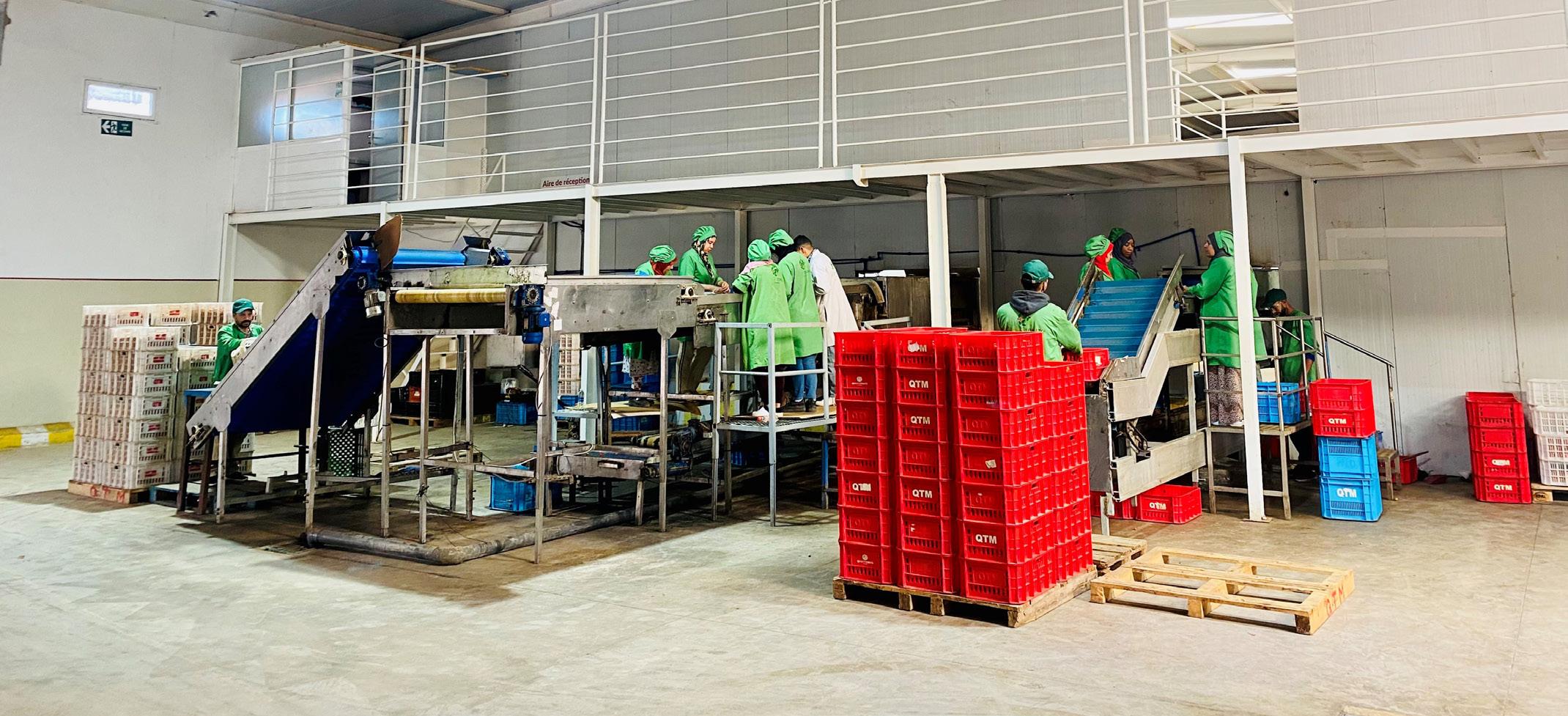

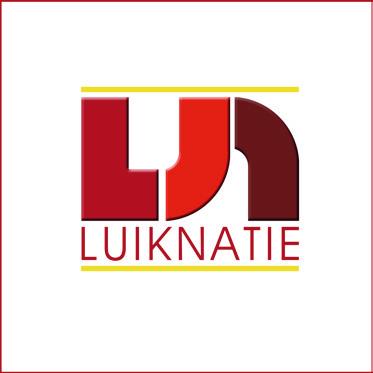


It is becoming increasingly difficult for growers of climate-controlled crops like greenhouse vegetables, mushrooms, and chicory to keep their heads above water. That is due, in part, to the skyrocketing energy prices. That also factors into decisions about the top fruit storage and winter vegetable seasons. Will growers sell as much as possible fresh, leaving cold stores empty?
In the Netherlands, a household energy ceiling is in place, and there is a regulation for energy-intensive companies in the works. That is something the day trading sector would welcome. Because how long can growers and traders hold out?
The Energy Cost Contribution Scheme is expected to be implemented on April 1, retroactive from November 1. That cannot be earlier, says the Dutch cabinet. The scheme should allow thousands and thousands of companies to get partial compensation. A yet-to-be-determined formula will be used to calculate each company's cut. It involves the energy price increase multiplied by the maximum amount of energy usage determined per company. Above that, the higher market price again applies.
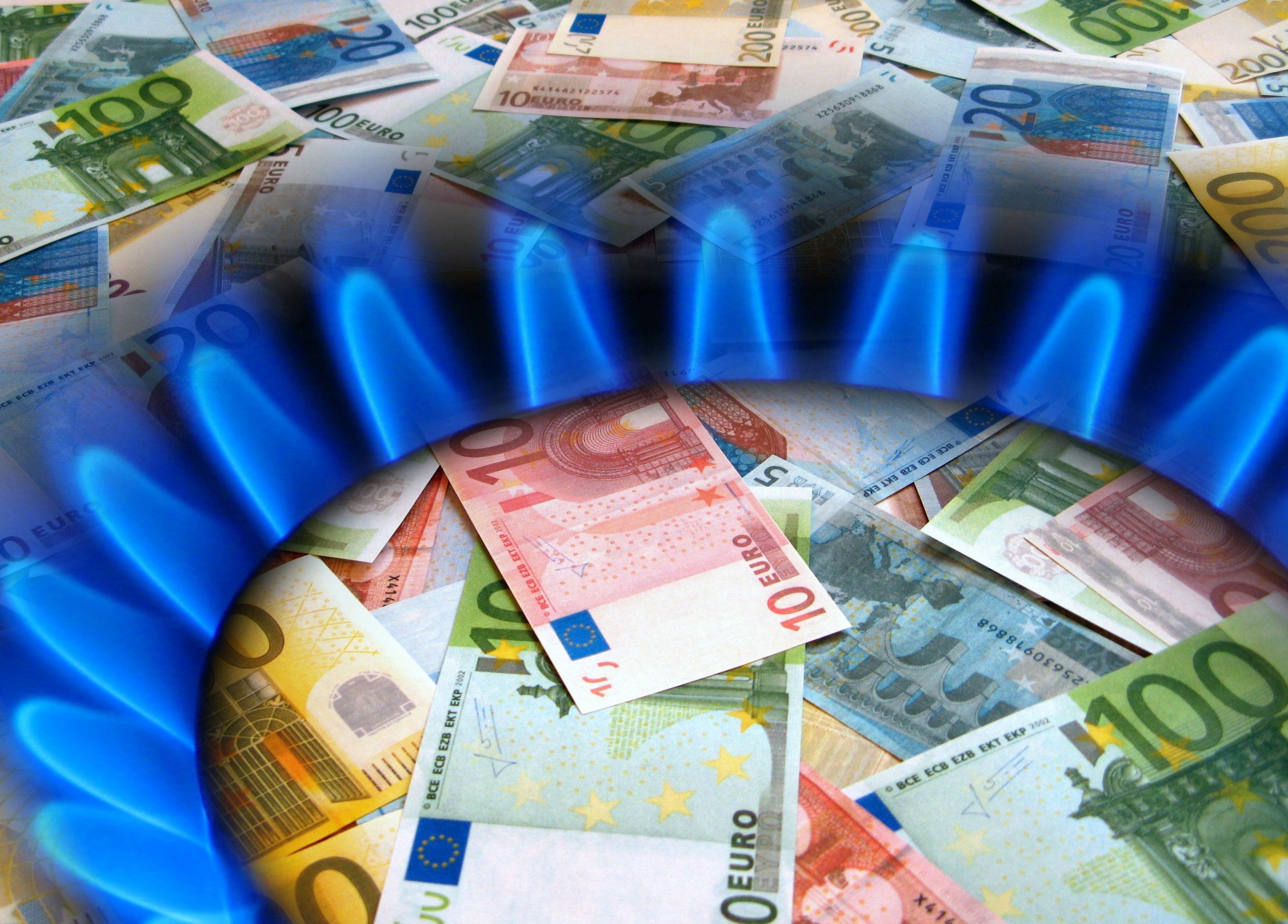
The Dutch Cold Stores Trade Association (Nekovri) warned the government last summer about how disruptive the energy market developments would be. Davey Gerlings, Nekovri's president, explains global figures showing what share energy prices have in cold storage and freezing cost prices. “For frozen food, roughly calculated, it's about 30% of the cost price. For refrigerated food, it's 15% to 20%.”
That share will now increase exponentially, at least for companies with non-fixed energy contracts. According to Johan de Groene of Green AGRI, his company's energy costs are more than five times higher. “We used to pay about €75,000 a month; now it's more than €400,000,” he told a regional Dutch news outlet, Omroep Flevoland, in early October. Robaard of Koelhuis Dronten could, however, still give
fixed refrigeration quotes for this year.
Cold stores' higher rates, possibly with variable storage, may lead to growers looking for other ways to store their produce. They could keep them in their own warehouses or sell the products immediately. For that matter, cold stores may also decide to use their storage space differently. Nagele's Simon de Vries, for instance, pulled the plug on this last year. He finds it is far more lucrative to collect rent than to take on all the work of storing carrots. “It's easier and far less risky.”
Products such as carrots, potatoes, and celeriac are stored in warehouses, while things like top fruit, cabbage, but also celeriac are kept in cold stores. Besides what it costs to rent or buy such facilities, storage costs include costs relating to cooling equipment and refrigerants, crop losses due to dehydration, extra labor or transportation, and energy consumption during the storage period. According to the Dutch Central Bureau of Statistics, in September this year, gas and electricity prices were 229% and 188% higher, respectively, than in 2021.





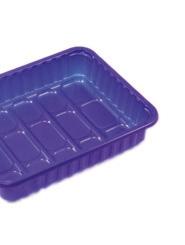



























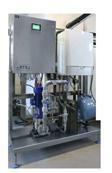



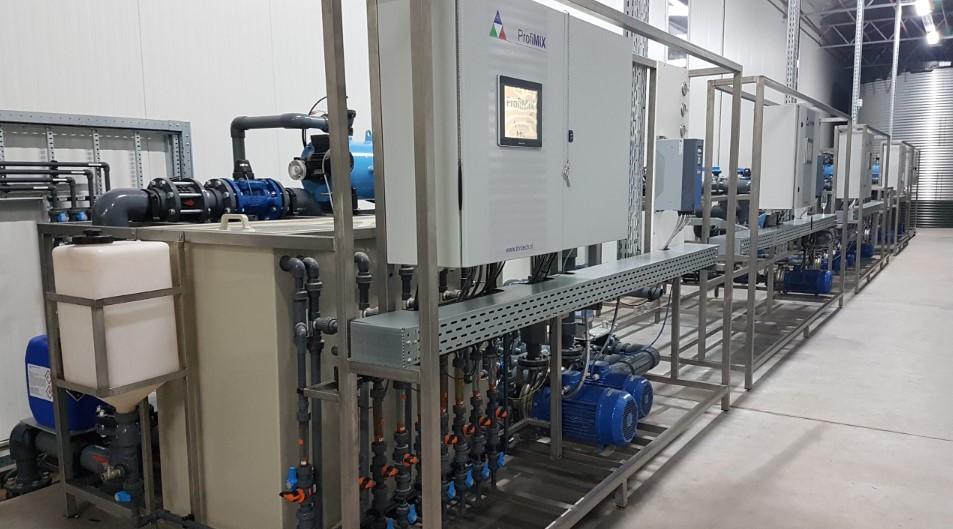





The power it takes to refrigerate a ton of produce depends on several variables, with chilling and ventilation using the most total energy. In fruit and similar products, chilling is a significant contributor. During the first month of storage, these products' temperatures are reduced to storage level, and energy demand is roughly twice that of other storage phases. Growers often harvest other storage products like carrots, potatoes, and cabbage in the fall, when the lower input temperature plays a lesser role in the overall picture.
During the rest of the storage time, fans consume the most power, so using them less often could save on energy bills. Fans circulate the cooling cells' air, thus achieving a uniform climate (especially with product temperatures). Turning the fans off as soon as the desired climate has been reached has proven to be the best way to save power. “That saves on the electricity
the fans consume,” says Frank van de Geijn, Senior Consultant Postharvest Technology at Wageningen University & Research.
“You don’t have to cool the (motor and motion) heat introduced either. In all, you can save as much as 27%. Various practical examples at fruit and flower bulb companies show that energy usage per ton of cooled product differs vastly. One business could use up to three times as much as another for the same quantity of product.” Frank points out that to guide power usage, it is vital to record the temperature in several places in the cell or have a data computer do so.
And you can predetermine certain products' energy prices. With lower prices, you refrigerate products a little deeper and buffer energy. But you must ensure those temperature fluctuations do not affect the products' quality. The products,
To plant or not? Let the crop stand or hang?
Store or sell? Growers consider these things every season, but energy plays an increasingly costly role. Even if growers get higher prices, no one knows if the market can compensate for rising energy costs, since cultivation costs are usually pre-paid. Higher power bills are a fact of life, but the weather ultimately determines the cost factor. ‘The weather determines your income’, even with temperature-controlled cultivation and storage. The difference between the outside temperature and that needed in the cultivation or cold room determines
final electricity costs.

In storage refrigeration, for every five degrees difference, you lose double the kWh per ton per day in energy (see table below). Final costs, in turn, depend on energy prices, explains energy expert Laurens Vandelannoote of the Belgian Innovation Support Center. “During a mild winter, the cooling load increases. If it’s a harsh winter, that load’s lower, but energy price peaks are more likely.” You have to know, with certainty, what the chances of freezing and thawing are to estimate and calcu -
of course, are all-important. And therein often lies the difficulty. Most facility managers/owners prefer sticking to particular, tried-and-trusted storage regimes.
Frank has seen that every one of them believes they are doing a good, perhaps even perfect, job. It is hard to change routines, like using less ventilation. After all, what if they decide to cool more energy-efficiently and the products do not meet quality standards? That very quickly results in difficult discussions. Still, Frank notices that the increased energy prices are getting those running refrigerated storage facilities to 'experiment' more.
Carrots store well for six to eight months. Compared to other crops, their near-zero storage temperature is quite low. It is essential to distribute that temperature as evenly as possible. A 1°C+ difference
Reference usage of fruit and vegetable storage
late energy costs.
. Source: Innovatiesteunpunt
can mean one box of carrots freezes while another rots. Carrots have no wax or other protective layer, so they tend to dry out easily.
Potatoes are usually stored in crates or in bulk in warehouses. Depending on the variety, their storage temperature ranges between 4 and 7°C. They're usually ventilated with outside air (at night) and sometimes with refrigeration units. Improved techniques mean potatoes can be in excellent condition after six months in storage. You can therefore store suitable varieties in well-equipped warehouses until July of the following year.

Yet, in the Netherlands, the energy transition and high prices - which will probably stay - also offer opportunities for growers with access to a lot of space. To avoid farming backward, some business owners are considering becoming energy farmers, in other words, producing their own energy via solar panels or wind turbines.
But, when it comes to permits, there are still plenty of hurdles to building solar farms and wind turbines. Plus, the power grid is already overloaded. Many
Under CA storage conditions, you can store pears between -1 and 0°C for up to 12 months. To minimize moisture loss, you should preferably keep them at a high humidity of 90-95%.
Apples, too, can be stored for up to 12 months under CA storage conditions. But that must be at temperatures from 0 to 5°C, depending on the variety. Again, a high humidity of 90-90% is recommended to minimize moisture loss. But, more knowhow is required to store apples than pears. The optimal storage conditions depend on things like variety, time of harvest, region, and orchard location.
Foto: www.holland-onions.org
In the Netherlands, most onions are cooled with outside air. Later sale onions that need to be stored for a long time are often kept in storage facilities equipped with mechanical cooling systems. For prolonged storage, the product temperature should not fall below 6°C with outside air cooling. Onions to be stored for late delivery (April/May), need a constant storage temperature of up to 3°C. You can keep those in mechanical cold stores at 1°C.
sustainably-built distribution centers and warehouses already have solar panels. Some can deliver to the grid, but the grid is presently congested, and third parties cannot use that electricity. According to Wageningen University & Research (WUR), hydrogen generation can offer a solution. Energy generation can be more decentralized, dramatically altering the current energy grid.
“Hydrogen is becoming an increasingly viable solution and will certainly break through. There will be no more cords
and far less energy lost to the many transformation steps. Future households will no longer have meter boxes, as we know them today, or depend on a grid operator’s performance. They will, instead, use fuel cells to generate electricity. Each household will purchase its own hydrogen for this fuel cell. Then, why not from farmers?” reads WUR’s report, ‘De Energieboer’.
RV% en CO2-concentratie over de duur van de teeltfase te rekenen, en dan aantal dagen per teeltfase te vermenigvuldigen, en vervolgens de resultaten verschillende teeltfasen bij elkaar op te tellen, wordt de energiebalans en het voor een teelt berekend.
Bron: KNMI
Until now, energy has played a minor role in open field cultivation's overall picture. According to Wageningen Economic Research's Agrimatie site, the average cost per Dutch farm for 2021 was estimated at about €460,000. That is eight percent more than in 2020 and is due to the major cost items: labor, fixed assets, and allocated costs. Energy costs made up an average of only three percent of the total costs but increased by about 25% in 2021. For 2022, that share will be considerably higher.
For the 2021 harvest year, Agrimatie estimates a hefty €15,000 cost increase. Besides the sharp rise in energy and fertilizer prices, labor costs have climbed too. An average fruit farm's electricity share rose from two to 2.4%
In 2021, each greenhouse vegetable company's total costs will have risen, on average, 24% compared to 2020. That is primarily due to increased energy and labor costs. An average greenhouse vegetable farm's net power bill is 19% more per m2: roughly 11%. In 2021, such a company's energy costs share of its total costs is calculated to be around 26%.
Given how much energy prices affect cultivation, many companies have hedged part of their energy requirements' price and/or volume. This mix means some electricity costs and sometimes revenues are on the books for a fixed amount and price increases have no effect. That dampens price fluctuations. Farm design, using energy screens, and cultivation methods (lighting or not) are factors too. Some companies also have other heating sources like geothermal. That combination
makes it hard to accurately capture an average greenhouse farm's energy supply, much less how those businesses react to such price increases.
Chicory is a biennial plant. In the first year, growers grub the roots, then sort and freeze them. In the second year, those roots produce chicory heads in conditioned cells (by forcing or pulling). This cultivation uses 200-300kWh/year of power per ton of chicory roots. That varies, depending on how efficient the cooling system is and when the roots go into storage. On a chicory farm, refrigeration uses the most electricity - a share of about 50% - while forcing uses 22%.
Wijk, chairman of the Dutch Agriculture and Horticulture Organization's (LTO)

Mushroom trade group, many mushroom growers cannot compete in the export market.
Door te rekenen met de gemiddelde/afgeronde omstandigheden per teelt energieverbruik van de teelten van elk van de 4 seizoenen met 3 te vermenigvuldigen op te tellen, en te vermenigvuldigen met “11 teelten per jaar gedeeld van 33 dagen = 396 dagen > 365)) levert een benadering van het gemiddelde de paddenstoelensector.
Door te rekenen met de gemiddelde/afgeronde omstandigheden per teelt per dan het energieverbruik van de seizoenen met 3 te vermenigvuldigen elkaar op te tellen, en te vermenigvuldigen per jaar gedeeld door 12 = 0,917 van 33 dagen = 396 dagen > 365) van het gemiddelde energieverbruik paddenstoelensector. Het model berekent niet het energieverbruik doodstomen na een teelt. De Energiemonitor van 2014 liet zien dat de bedrijven champignons het gemiddelde energieverbruik voor doodstomen inschatten met stoom op 3% en voor verwarming op 24% van het totale primaire energi door het model berekende energieverbruik voor teelt is dan 24/47= 51% van energieverbruik per teelt.
Much research has been done on the mushroom sector's power usage. The goal is to make the sector more energy efficient and sustainable. LTO's Mushroom Trade group and the government want to see if these things can improve by 2.5% annually in this sector. Wageningen University & Research has developed a calculation model called the 'Energy Balance Mushroom Production Cell'. You can use it to determine how much power each cultivation phase and crop uses. And thus the annual electricity consumption.
Het model berekent niet het energieverbruik voor het doodstomen na zien dat de bedrijven met witte champignons het gemiddelde energieverbruik 20%, voor bevochtigen met stoom op 3% en voor verwarming op 24% Figuur 8. Het door het model berekende energieverbruik voor teelt is energieverbruik per teelt.
It takes a lot of electricity to cultivate mushrooms. The entire growth process’ climate is controlled, so this sector has been drawing attention to mushrooms' rising cost price, which is now roughly €2/ kg. Selling prices do not sufficiently compensated for that - retailers can not or do not want to raise prices rapidly. In Dutch stores, 400g of mushrooms are priced between €1.60 and €1.80. Many companies grow for export, but, says Tom van
During the mycelium growth cycle, when buds form in the compost, the cultivation cell's temperature is higher than in the outgrowth phase, when growers create a fall climate. The actual outside temperature affects this as well as CO2 production. Once the mushrooms have been harvested they are cooled down as quickly as possible to improve their shelf life, which also requires energy. When the mushrooms have finished growing, the whole cultivation area and all the used compost are steam heated to destroy all diseases and pests.
The figure below shows that in mushroom cultivation, at an average of 26%, cooling uses the most energy, heating uses 24%, steam disinfection 20%, and ventilation 15%. The rest goes to lighting, machines, and steam humidifying.
Gielen J., 2015, schatte het energieverbruik voor de teelt op 44% van m2/teelt en voor het doodstomen na een teelt 1,30 m3 gas/m2/teelt). Polman, uitmaakt of een nog gevulde cel gedoodstoomd werd (1,36 – 2,22 m3 teelt). De Energiemonitor van 2018 (Wildschut, J., 2020) liet zien dat lege cellen doodstomen, en dat die per teelt 64 MJ warmte per teelt verbruiken de bedrijven die gevulde cellen doodstomen. Om de resultaten van de resultaten van de Energiemonitor wordt hier daarom gerekend met een gasverbruik voor de teelt.
Figuur 8 laat ook zien dat door de champignonbedrijven het elektraverbruik wordt op 77% van het totale energieverbruik voor elektra (de rest is voor
Uit de database van de Energiemonitor 2018 is het gemiddelde primaire per jaar voor verwarming en elektra berekend voor 2007 t/m 2018. Van geschatte deel voor doodstomen afgetrokken (geschat op 50 %, zie hierboven). elektra is vermenigvuldigd met 0,77 omdat de energie voor verlichting wordt meeberekend. Met deze waarden zijn de resultaten van de verschillende
www.smitsuien.nl


“I want to put it behind me as quickly as I can; still, the scars will remain”
Ben de Groot of De Groot Fresh Group
Imagine: you are a fruit importer who finds 400kg of cocaine in a shipment of bananas. An extremely unpleasant surprise, but you do what you must: call the police. They come to confiscate the narcotics and start an investigation. You think, ‘Good riddance. That’s it for me.’ Until a week later. You receive a text message threatening the company and its staff. Even your family. Pay us back for the ‘lost’ drug shipment. Or else.
That is exactly what happened to the Dutch company De Groot Fresh Group in May 2019. And it marked the start of a more than two-year terror campaign in which the aggressors showed utter disregard. Not only for the law and decency but for human life too. Miraculously, no lives were lost in the burning of (former) employees’ homes or when others’ homes were fired upon. A live hand grenade was even left at an apartment complex in early 2020. What if someone, perhaps a child, had picked it up?
The sleepy Dutch town of Hedel and its surrounding areas, home to De Groot Fresh Group and many of its workers, bore the brunt of those attacks, and everyone lived in fear.
No one in the fruit and vegetable company has anything to do with the drug shipment. Subsequent investigations have unequivocally proved that. Like any busi-

ness’s management, that of De Groot Fresh Group did everything possible to ensure the company flourished. Its employees showed up diligently every day to earn an honest living. They worked for their homes, families, hobbies, or that dream trip. But De Groot Fresh Group’s employees found themselves in an unenviable position: overnight, their company, homes, even their lives were caught in the crosshairs of ruthless criminals who - in their way - also wanted to earn a little something on the side. It could have happened to any business, but fate decided on De Groot Fresh Group.
“The scars will always remain,” begins company owner Ben de Groot. “My brother, William, got that first threatening message. I remember it well. It was on a Sunday night, and William was on vacation in Spain. They demanded €1.2 million; otherwise, we might become the target of attacks. We immediately informed the
police, and the rollercoaster ride began. Everything had to be kept secret; we weren’t allowed to say anything. Not to anyone. Not even our family. That’s a horrible, frightening feeling. Meanwhile, the messages kept pouring in, and we became more nervous by the day. All the while, it was business as usual.”
“Then there was, of course, the contact with the authorities. I’d not had anything to do with the police since, as a youngster, I’d souped up my moped and had to explain why. Now, again, they wanted an explanation from us, and we were thoroughly questioned, which makes sense but isn’t pleasant. I called our regular lawyer, who assists us in acquisitions and other business matters. Who else would I call? I didn’t know any other lawyers,” says Ben.
“And then things got bad. We had to come up with that money. The police stashed me and my whole family, even my mother, in a safehouse. My father didn’t have to go through that; he’d recently passed away. William and I had to start negotiations, and suddenly everyone in our family had to leave. That was terrible. And we still weren’t allowed to say anything. You never got feedback from the Justice Department either, and you remained a suspect. I went back to work. The staff knew nothing. But you sit there. In fear. And all you think
about is that everyone’s in danger.” In September 2019, it came out that someone posing as the cocaine’s owners had been blackmailing these business owners for months, since May of that year.
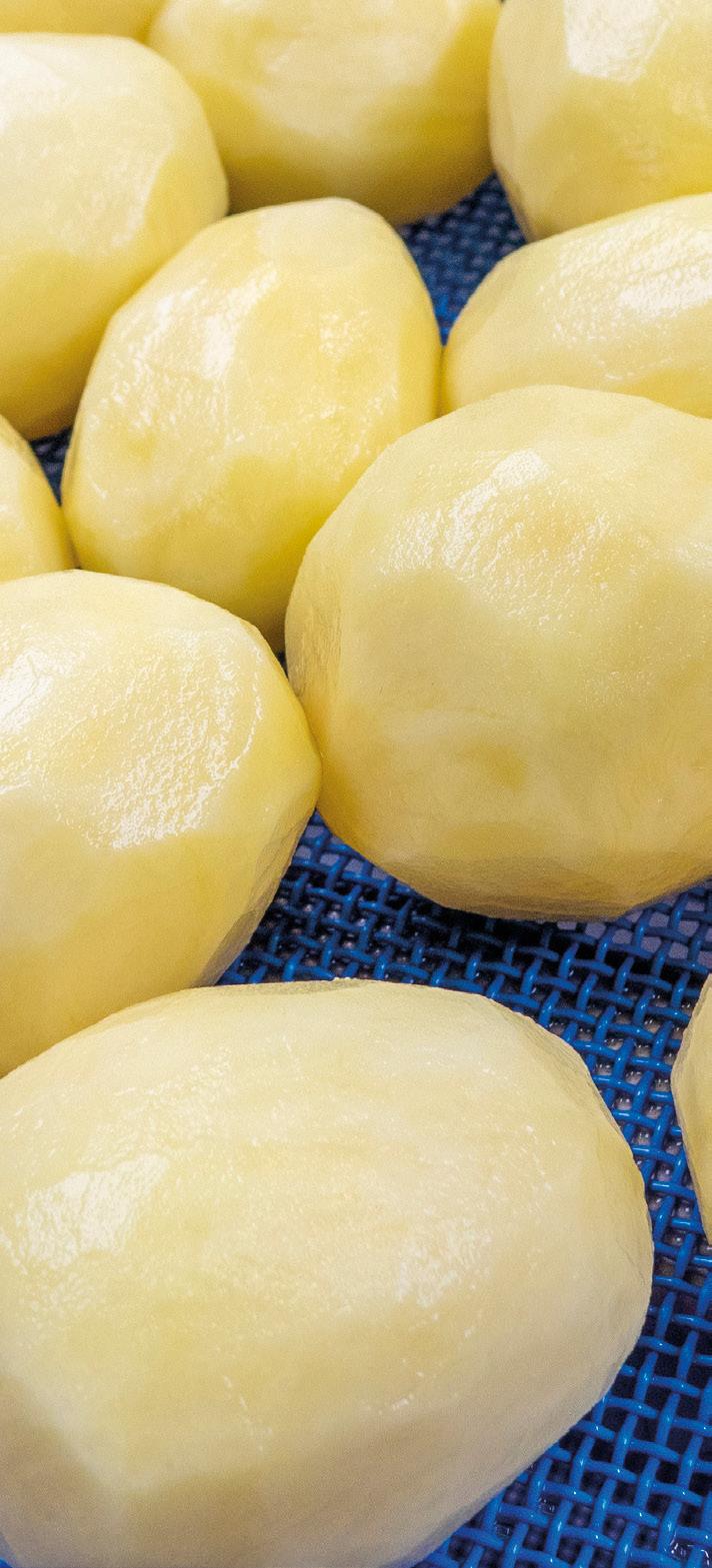
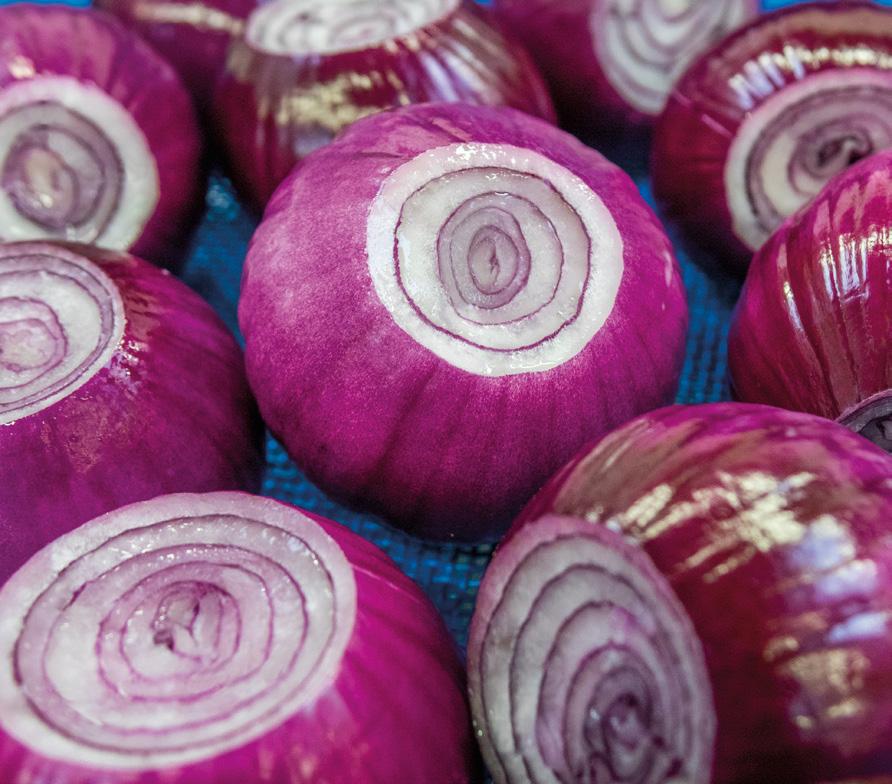
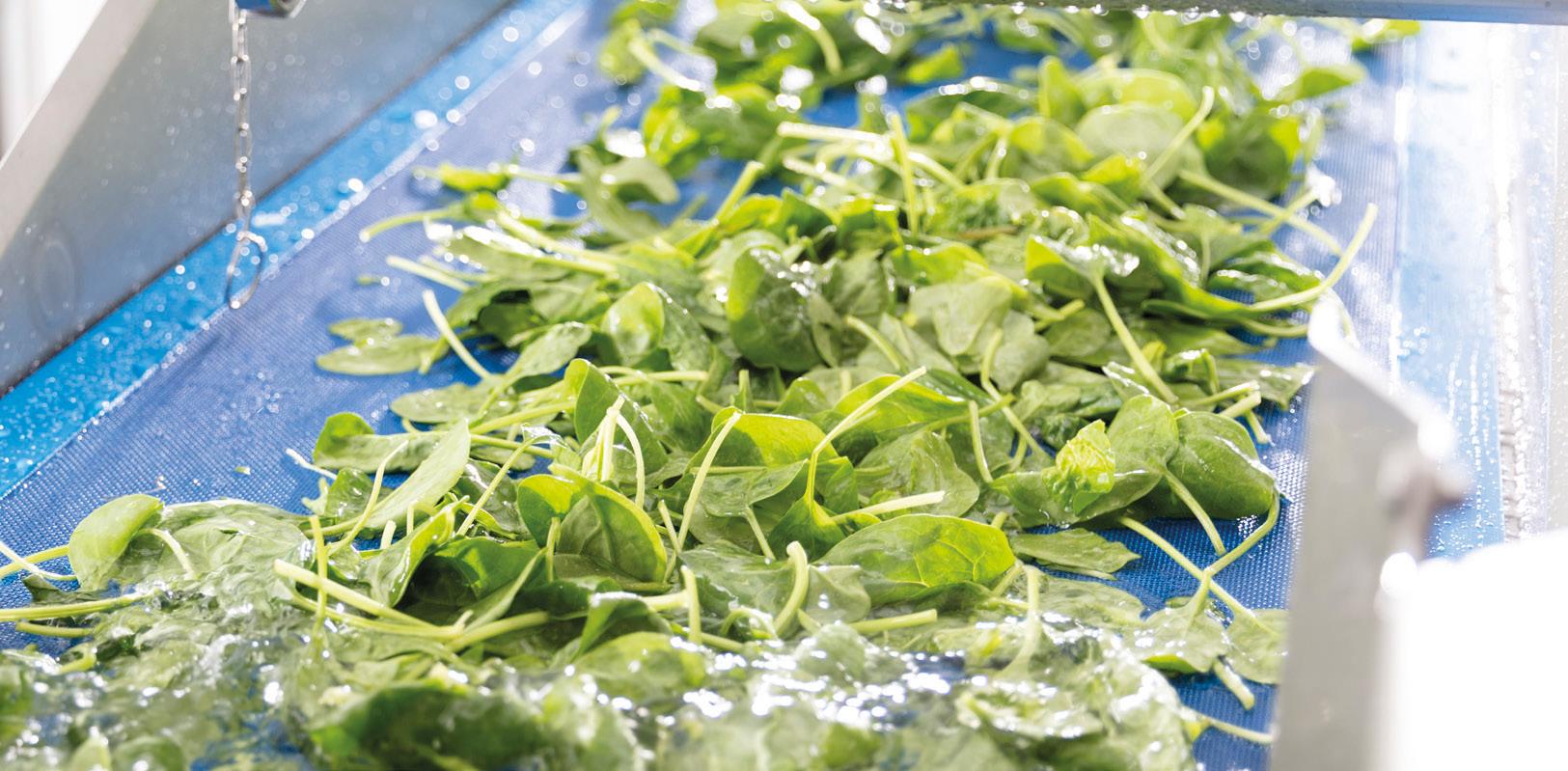
“We had to deal with all kinds of law enforcement agencies you don’t even know existed. We had to supply them with all kinds of information, like, say, an employee list. And, in the fall of 2019, that list - due to a blunder by the prosecutor’s office - ended up in the criminal file, giving the defendants access to it. And that’s when things went awry because they took advantage of that. All our personnel’s names and addresses were on that list,” Ben continues. Law enforcement surmises that the attacks carried out in Hedel and surrounding villages in 2020 and 2021 were based on the information on that list.
“As soon as they discovered that human error, the prosecutor visited our company and indirectly admitted to the gaffe, but did so, using language not everyone understood. Now, added to the fear, there was anger and outrage. Many of my work-
ers came to see me. I was busy day and night. Fortunately, I’d already hired a very competent security company so I could continue working and taking care of business. But the situation had become very dangerous.”


There were attacks, one after the other, especially in the summer, fall, and winter of 2020, with two former employees’ house being burnt to the ground as the worst. They barely made it out safely. Some of the suspects were out on bail at that time.
The threatening text message continued until early 2021. In the spring of that year, the man suspected of placing the hand grenade was convicted. But in those same months, several houses came under fire in five villages in the Hedel area. The main suspect, Ali G., who, by then, had been detained for several months on suspicion of orchestrating this reign of terror, told the court: “These are all new attacks. You’re all looking at me while he (the alleged mastermind, ed.) remains free.”
But, says the prosecutor, Ali G. continued arranging the attacks, even as he sat in jail. Through a fellow inmate, he allegedly ordered the attack on the homes and an arson attack on a house on June 5, 2021. Four men were arrested for that on that same day.
Twenty people - from the mastermind to accomplices and those who did the crimes - have since been convicted in February, April, and September of this year. In late September, Ali G. was sentenced to 19 years and ten months for the attempted extortion of De Groot and threatening and inciting attacks on its employees. The prosecution had demanded 26 years and seven months. Co-defendant statements, wiretaps, and that address list - on which Ali G. took notes - brought these criminals down.
“Looking back, everything worked out, but it was rough going. People saw danger everywhere, they couldn’t, or didn’t dare, sleep at home. Many people were even more upset and anxious than me. Then you
have to do a lot of talking, embracing, supporting, and keeping spirits high. Yet, no one stayed away from work, no one quit. Quite the opposite - we formed a closeknit group. We made it through together. We have fantastic employees, but obviously, everyone was scared,” De Groot states.
“Luckily, we had a family liaison officer at home supporting us, so I could give my company 100% of my attention. There was an enormous amount of surveillance in the neighborhood, and security was extreme. It was probably the largest case of its kind in the Netherlands. A third of the criminal investigation department’s staff was involved because, for a long time, they couldn’t get a grip on the situation. Besides that regrettable mistake with the address list, I’m deeply grateful for what the law enforcement authorities did for us. They helped us enormously, also propelling us forward as a company, urging us not to give in to these crooks.”
“One of the hardest things was that we couldn’t be open about what was going on - not toward our suppliers or buyers, not toward the media, but also not toward our personnel. We weren’t allowed to talk about anything. But when an attack happened, we did want to be the first to tell our people before it hit the papers. Sometimes we, as management, got more info from those news reports than from the investigation itself,” Ben remembers.
“People in our town were enormously sympathetic, even those I didn’t know. Our suppliers and clients didn’t criticized us either; they, too, support us. These are people we’ve often worked with for years and who know who we are. But the reaction - or rather lack of that, and support - from part of the sector was a bit disappointing and quite unusual. Those are the people who should be able to identify with what we were going through. After all, this isn’t the first, nor will it be the last time, that drugs are found in a shipment of fruit. I suspect that had something to do with misinformation and skepticism. But the case is over, and our name’s been cleared. And now, we’re getting thousands of messages, flowers, and cards.”
Those doubts, Ben believes, were fuelled by reports in certain newspapers, especially those based on the information made known by the perpetrator himself. “He played the game very cleverly and directed that coverage. Just before last summer, for instance, a media report clearly insinuated that my brother William had something to do with it. Despicable. Then you genuinely feel like leaving everything behind and giving up,” he admits.
“Because you can’t defend yourself either, not in front of your people and not in the press. After all, for the sake of the investigation, we had to stay mum. One newspaper writes something, and it spreads like
wildfire through the country. That was very surreal. And I suspect the picture the perpetrator painted of us - that we had to do with that cocaine - still lingers with some people. Things like that haunt you; it’s dreadful.”
“In hindsight, I sometimes think we might’ve been better off just paying the ransom; that would have spared us all that misery,” Ben says, looking back. “But you never know where that could end. Because then you give the extortionists free rein, and things will probably only get worse. And honestly, what that prime suspect did to us is really only one example - but one that counts - of what’s happening in society today.”
Since then, De Groot Fresh Group has become even more stringent with its container control than ever. “We now watch even more closely who we work with and what products we import. Unfortunately, it has to be this way, but it’s necessary. Certain countries and products are, after all, high-risk. We no longer do some imports, and yes, that’s slowed our business down. But, we have a large, healthy company and can undoubtedly keep growing. Now that everything is behind us, we can fully focus on our job again, and we’re optimistic about the future, our company, partners, and employees again,” Ben concludes.


We are a young and ambitious company with a passion for organic fruits and vegetables. Our productions are fully organic and globalgap certified (incl. a GRASP module or SMETA)






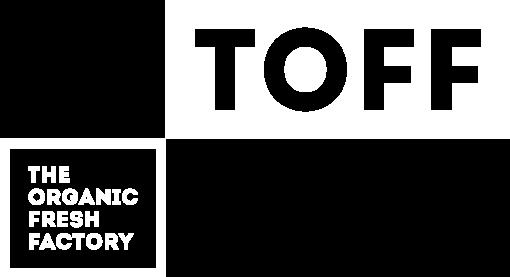

Suiderland Plase has 320 hectares of table grapes in the Western Cape complemented by another 480ha of table grapes in collaboration with a grower in the Northern Cape and Western Cape. The production is spread across five large production units in Kakamas, Porterville, Piketberg, Clanwilliam and Malmesbury/Riebeeck-Kasteel.
is a great deal higher than in any previous year. Suiderland Plase agrees with the view that other role-players in the value chain will have to adjust their margins in order to ensure farmgate profitability and the sustainability of the local grape industry.
Plase is able to supply early grapes through cooperation agreements with Orange River producers. The vast majority (95%) of their grapes are exported. “Our mission remains to renew our product offering to fulfil our clients’ requirements and to supply optimal quality,” says Pieter Rabe, human resources manager at Suiderland Plase. Packing their own fruit – apart from table grapes, Suiderland Plase has a strong citrus division –is key to them in order to maintain their strict focus on quality. The 2022/2023 season started off on a difficult note as a result of severe thunderstorms as South Africa experiences a La Niña weather pattern. Rainfall, accompanied hail, have been unusually prevalent in the Western Cape’s summer this year, which has reduced South African grape exports.

The crop on the earlier cultivars were lighter than expected relative to initial estimates which already estimated a 20% volume contraction in grapes from the Western Cape. Berry weight is lighter, he notes, which is reflected in the South Afri-
can Table Grape Industry’s initial forecast of a contraction in the export volumes in the Olifants, Berg and Hex River Valleys.
Suiderland Plase has, like the broader South African table grape industry, a strong focus on the European and UK market. The South African table grape industry has put in a great deal of work into maintaining their status as the preferred supplier in traditional markets such as the EU and UK while also broadening their horizons to the East. Cost inflation has, as in the rest of the world, become a major determinant in South African grape production. Increases in shipping rates has compounded this problem.
“The pressure on our costs is a major cause for concern. Many vineyards are no longer economically viable,” Steyn Neethling, Suiderland Plase’s CEO, notes. South African table grape industry sources have noted that the prices at which farmers are able to cover their production costs
Logistical uncertainties have necessitated changes in the supply chain. “We’ve made more use of conventional shipping, at very high cost,” Pieter says. “Western Cape fruit can be trucked to Durban, which adds more costs which are not covered by the market.” Suiderland Plase has always had a maritime connection, but it started at sea, not on land: the company was founded in the early 1950s by two close friends initially producing shark liver oil, then buying a fleet of boats and expanding into fishing and processing. Later in the late seventies/early eighties they bought one citrus farm which today has blossomed into five citrus farms and five table grape farms.
“We have our own logistical branch (Horizon Fruit Logistics) that organises the transport and sea freight.” The table grape industry, along with their deciduous fruit counterparts, has put in a lot of effort to build a relationship of trust and cooperation with the state-owned company that runs Cape Town’s container terminal. The
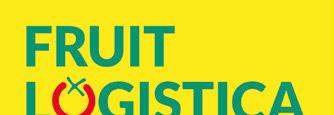
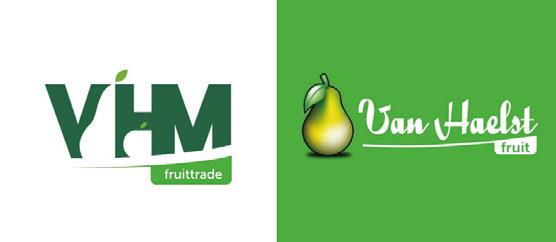










South African Table Grape Industry notes that there are indications that the port is working faster to resolve challenges. One major improvement for grape shippers is the arrival of another crane at Cape Town Container Terminal where all three berths are operational. Cape Town’s Southeaster wind is one aspect which cannot be controlled and it often leaves the port windbound during the grape export season.
Loadshedding (South Africa’s planned programme of power cuts to relieve the electricity grid) has been a major challenge to the entire fruit industry. Suiderland’s packhouses can now operate fully independent from the electricity grid through electricity generation through diesel generators as well as solar energy. Their water infrastructure for irrigation is still partially dependent on the Eskom grid.
Steyn remarks that the varietal spread on their table grapes looks significantly different from five years ago. The long-term
structural change in supply from South Africa, influenced by cultivars, overall crop size and market conditions, has been noteworthy. “Currently we have a large component of Sweet Globe, Autumn Crisp, Ivory White, Cotton Candy, Candy Snaps, Sweet Celebration, Scarlotta, Crimson, Sable and Adora, which make up around 70% of our total offering.”
However, the industry-wide search for an optimal early white grape continues is shared by Suiderland Plase. “We expend time and effort to stay informed on cultivar trials and the newest cultivar developments,” Steyn says.

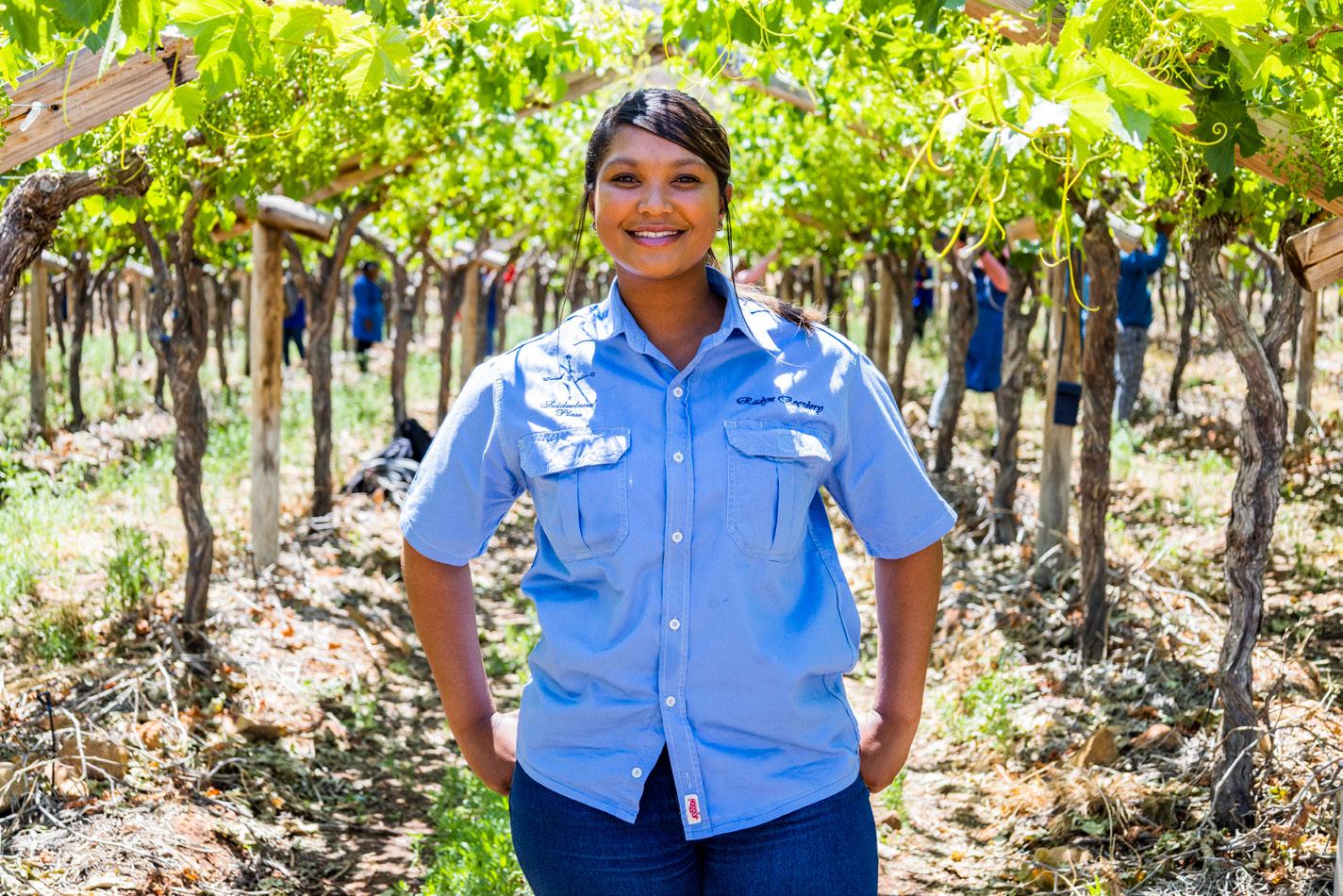

The company has a committed drive to empower and support emerging farmers through shared ownership joint ventures which, the company believes, encourages self-determination and largescale industry innovation.
“It is extremely important to give our workers the opportunity to become joint owners and, in this way, to address land
reform in a progressive manner which also benefits the company, the staff and our surrounding communities,” Pieter observes. Suiderland Plase has so far entered into three joint ventures with workers trust who benefit directly from the dividends and profit share on a crop and gives them a much more meaningful role in the production cycle. “We fully understand that our success is inextricably linked to the development of people.”
He continues: “Our business needs can only ever be addressed through skills development, training and mentorship. We also offer bursary schemes and internships to improve learning opportunities to our staff.” The company won’t stop here: it has its eyes on ever larger empowerment projects to help others fulfill their dreams in South Africa’s agricultural industry Suiderland Plase’s director Dr André Neethling says: “It’s incredible when a plan comes together and the road we decided on, was to grow along with our employees. In the process we will empower them with knowledge and experience in order to help themselves and their children.”
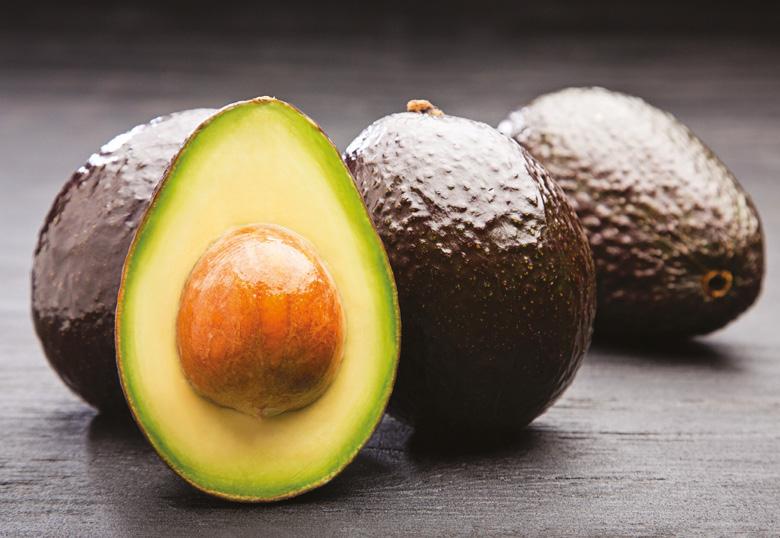
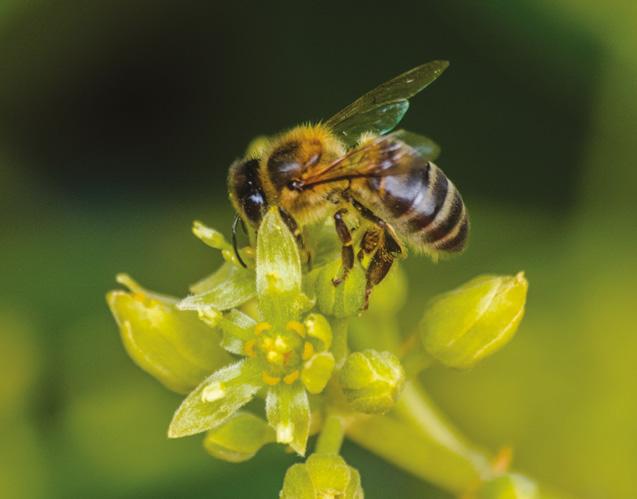






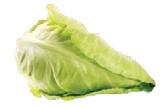
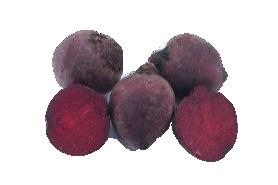
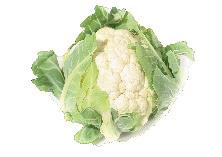

















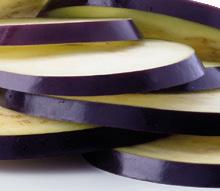









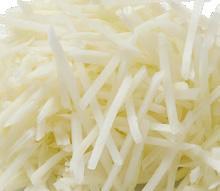
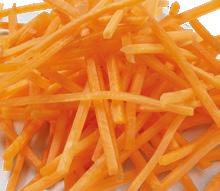



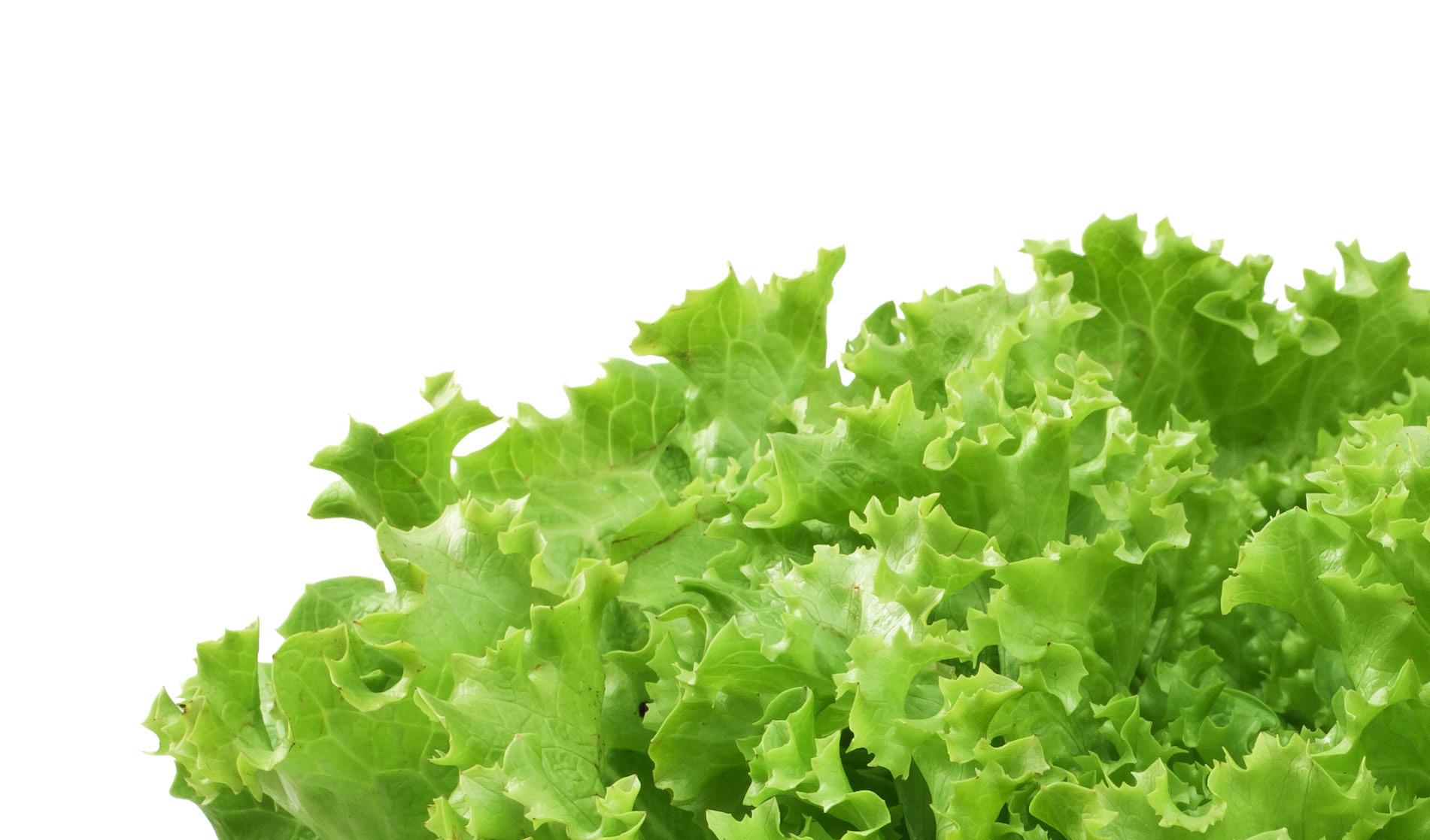
Based on an analysis of ISTAT data, Italian lettuce areas in both greenhouse and open field in 2021 covered a nationwide area of slightly more than 19,900 hectares, a consistent amount compared to 2020 but slightly down from previous years.


On a national scale, a little more than 15,300 hectares of lettuces are grown in the open field while the remaining 4,600 hectares are for greenhouse production. In recent years, there is no substantial change in terms except for a slight decline in open field cultivation in favor of greenhouses.
Seven regions concentrate nearly 80 percent of the cultivated area nationwide. Cultivation is mainly concentrated in Apulia (first producing region, with 24 percent of the total, almost all in the open field), in recent years has maintained the lead with a certain consistency in investments. It is followed in order of importance by the Lazio region with 15 percent of the areas (on the rise in both open field and green house; it also represents the first region for presence of protected crops). The Campania region is responsible for 12% of the total (the second area for greenhouse crops); with just slightly smaller areas
we find Sicily next, stable with 11% of the total, Lombardy at 7% (progressively expanding thanks to greenhouses), with slightly smaller areas Emilia-Romagna (7%) and Calabria (5%) both almost stable.
Italy's 2021 production with over 490,000 tons was slightly higher than in the previous campaign (+1%); The production harvested in the country generally fluctuates between 470,000 and 490,000 tons, and the regional distribution follows the breadth outlined above within the territorial sphere, the top three regions (Puglia, Lazio and Campania) together contribute 50 percent of the annual availability of
Italian lettuce exports average nearly 46,000 tons annually, with a swinging trend over time; during 2021 shipments totaled 45,000 tons, up 8 percent from the more restrained 2020.
Source: CSO Italy data processing based on ISTAT data
The volume sold in foreign markets therefore accounts for about 10% of the quantities collected annually.



The total value, on average, stands at 110 million euros per year and in 2021 it rises seven percentage points compared to the previous year; the average price during the last five seasons has been around 2.43 €/Kg, in 2021 it falls by 2% compared to the highest price of the last campaign.
The countries of the European Union are the main recipients of Italian products, absorbing on average 94% of the total exported; in 2021, the approximately 41,600 tons account for almost 92% of the total, with volumes increasing by 10% compared to 2020. The main target market is confirmed to be Germany with an average of 12,600 tons, but with a slightly declining trend over time; in 2021, with just over 11,000 tons it recorded a decrease of -5% compared to the previous campaign. On average 5,000 tons per year of Italian lettuces are sent to the Netherlands, in second position, in 2021 14% of the total with more than 6,000 tons and an increase of +34% when compared with the past campaign. With an average rep-
resentation of 9%, exports to Poland absorbed about 4,000 tons during the last season, up +13% compared to 2020. An average volume of about 3,300 tons per year is sent to Austria, accounting for 7 percent of the total in 2021 with an increase of six percentage points compared to the 2020 season. This is followed by exports to France with average volumes of about 2,500 tons, down by slightly -1% during the last campaign compared to 2020 volumes. A similar quantity to the previous year was moved to Slovenia in 2021 at 5 percent of the total, but the volumes shipped to this country show a decrease over the last five years, accounting for less than 4 percent of the total exported to other destinations.
The export panorama is completed by the volumes directed to European countries outside the EU (27). These are smaller amounts that average around 2,500 tons or 6 percent of the total exported by Italy, but the volumes of the last two years mark a substantial increase since the United Kingdom, following Brexit, left the Euro-

















































































pean Community. The first destination country remains Switzerland with an average of 1,600 tons, but with a steadily growing trend, to the point that during 2021 2,800 tons of lettuces were moved to this country, the highest volume since 2017 at 6 percent of total volumes. During the first half of 2022, Italian lettuce exports increased by +14% compared

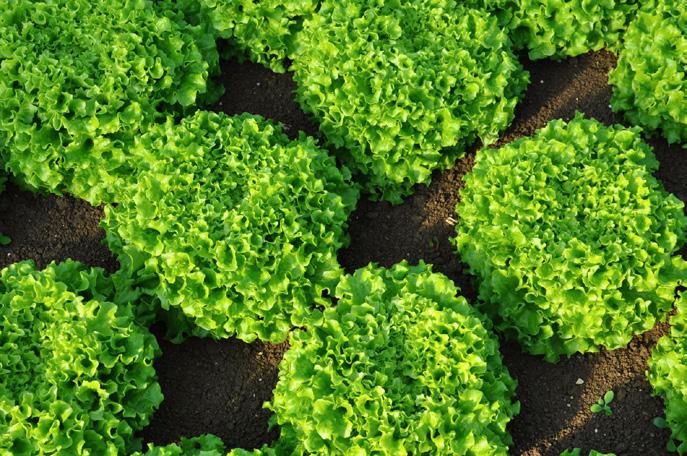
to the same period last year, exceeding 30,000 tons. The total value also shows an increase by exceeding 72 million euros thanks to an average price that is at 2.39 €/Kg, +2% compared to that of last year's campaign.
A final note regarding the domestic market. The head of Gautier Sementi Italia, Maur-
izio Montalti, says, “In autumn 2022, due to the high temperatures, the first-range lettuces overlapped in ripening, leading to a high supply and compressing demand. Therefore, prices were not satisfactory. Only decreasing temperatures can lead to a reversal of the trend.”

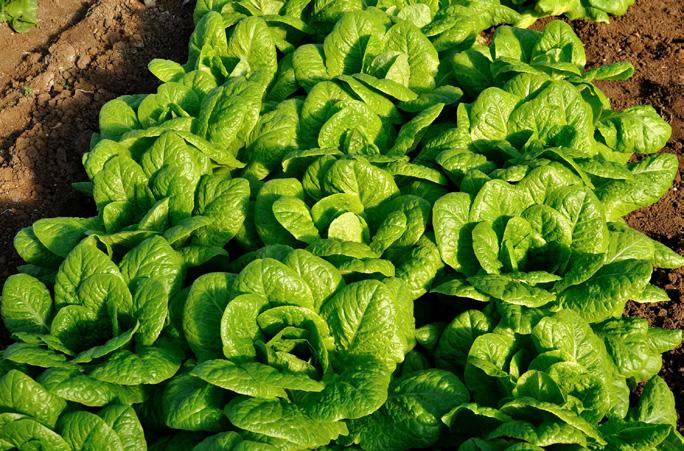
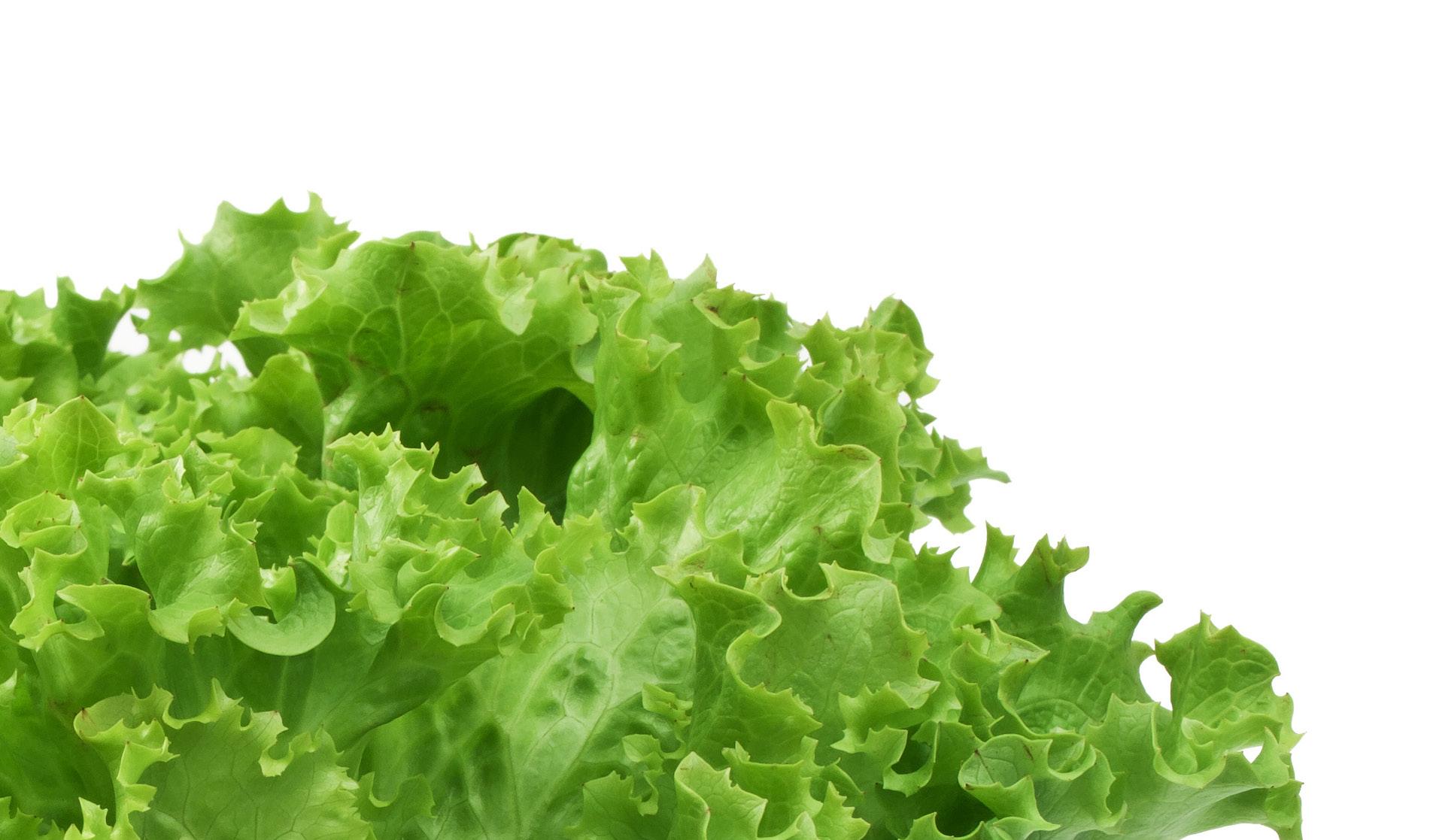
The Service2Fruit platform’s launch in 2011 caused participating fruit growers and traders to spark a revolution in the European top fruit market. By now, 70 to 80 million kilos of fruit are traded via the platform annually. The desired move to other product groups has, however, yet to get off the ground. Anders Invest’s Food & Agri Fund’s input means the company will invest further to optimize the platform and launch it in new product-market combinations.
Emanuel ‘Manus’ Sluis leads the sales team that advises buyers and sellers and connects new users. “Sales cooperatives should consider us an opportunity, not a threat,” he begins.
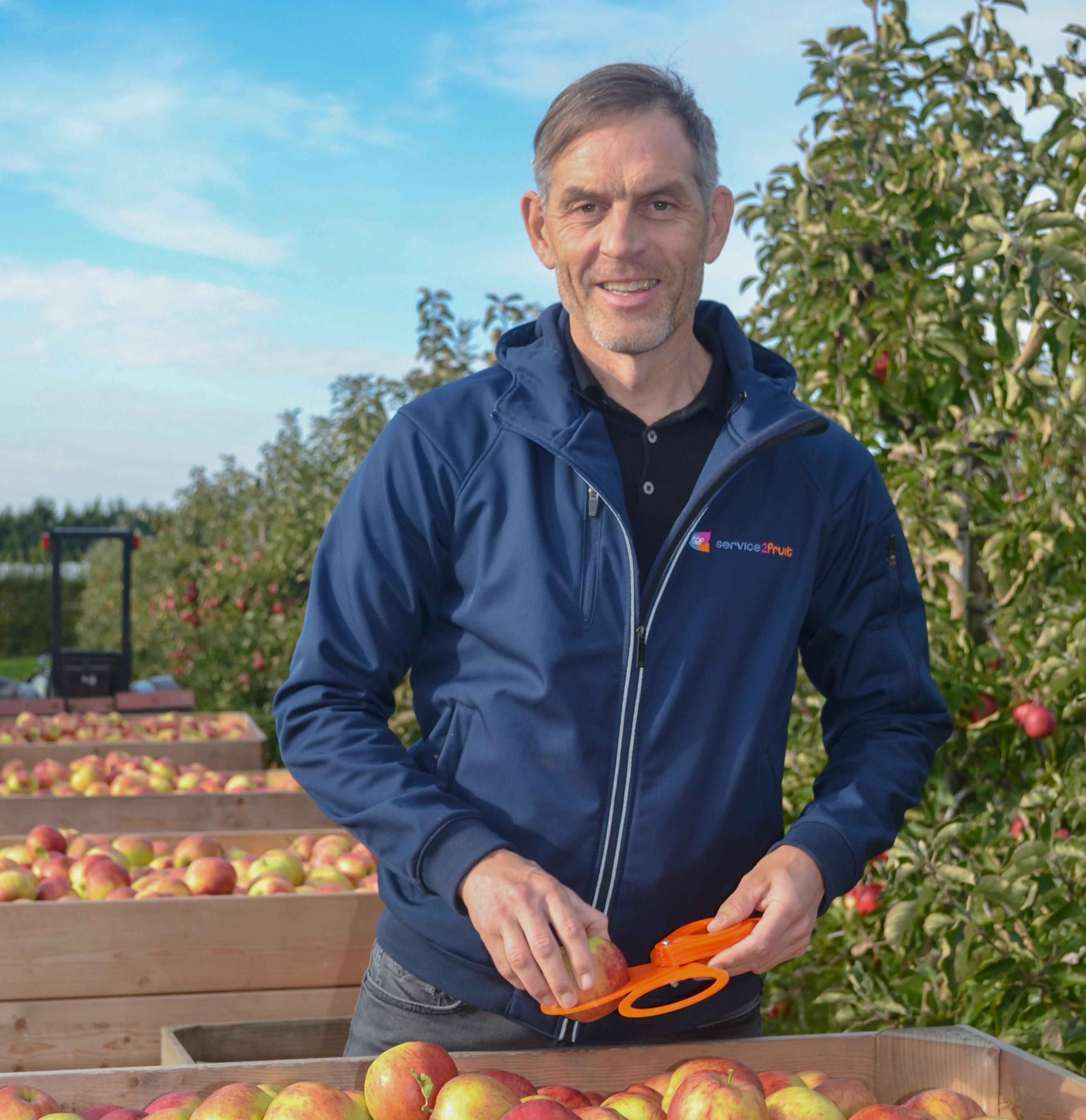
“Fruit growers will either have to bulk farm or specialize”
“The current shareholders have deliberately stepped back. It's time for renewal. Anders Invest allows us to set a clear strategy for the coming years. We can also optimize and further automate the platform. For me, Anders Invest is mainly a sparring partner with whom to brainstorm the strategy. They look for overseas connections and see if our platform can be used for other product groups. The Anders Invest Food & Agri fund was established in early 2021, and this is the fifth time it's participated. They focus on business investments contributing to the transition to a fair food system; thus, they arrived at Service2Fruit.
Why, despite a successful fruit launch, has the step to others products yet to be taken?
I think we've made good headway in the top fruit area. We tried several times over the years to involve other sectors, but that never took off. That probably stems from our renown in the top fruit sector. A platform like ours has to gain buyers' and sellers' genuine trust. We're not a huge webshop where buyers know exactly what they're getting. When expanding to other product groups, we thus also need trustworthy persons who've earned their spurs in that market. Our platform is excellent for trading bulk products like potatoes, onions, cabbage, tomatoes, and bell peppers. We've started with mushrooms in collaboration with a marketing cooperative, which seems like a great connection. If you want to make an impact, you have to have some market share.
For those not familiar with the platform, what are Service2Fruit's main advantages?
The platform offers complete transparency, where supply and demand freely affect each other, creating a fair price for buyers and sellers. The platform lets these parties control the whole commercial trading process. They decide the price, timing, and auction duration. We have clear rules. For example, costs and conditions are transparent, something to which we've always adhered. Furthermore, we guarantee a secure payment process via a third-party money account.
That's quite different from competing platforms that make their money with advertisements. Our users also benefit from our vast agricultural sector network. Our FreshMonitor offers up-to-date market information. Even users, who are neither buyers nor sellers, use this. That's
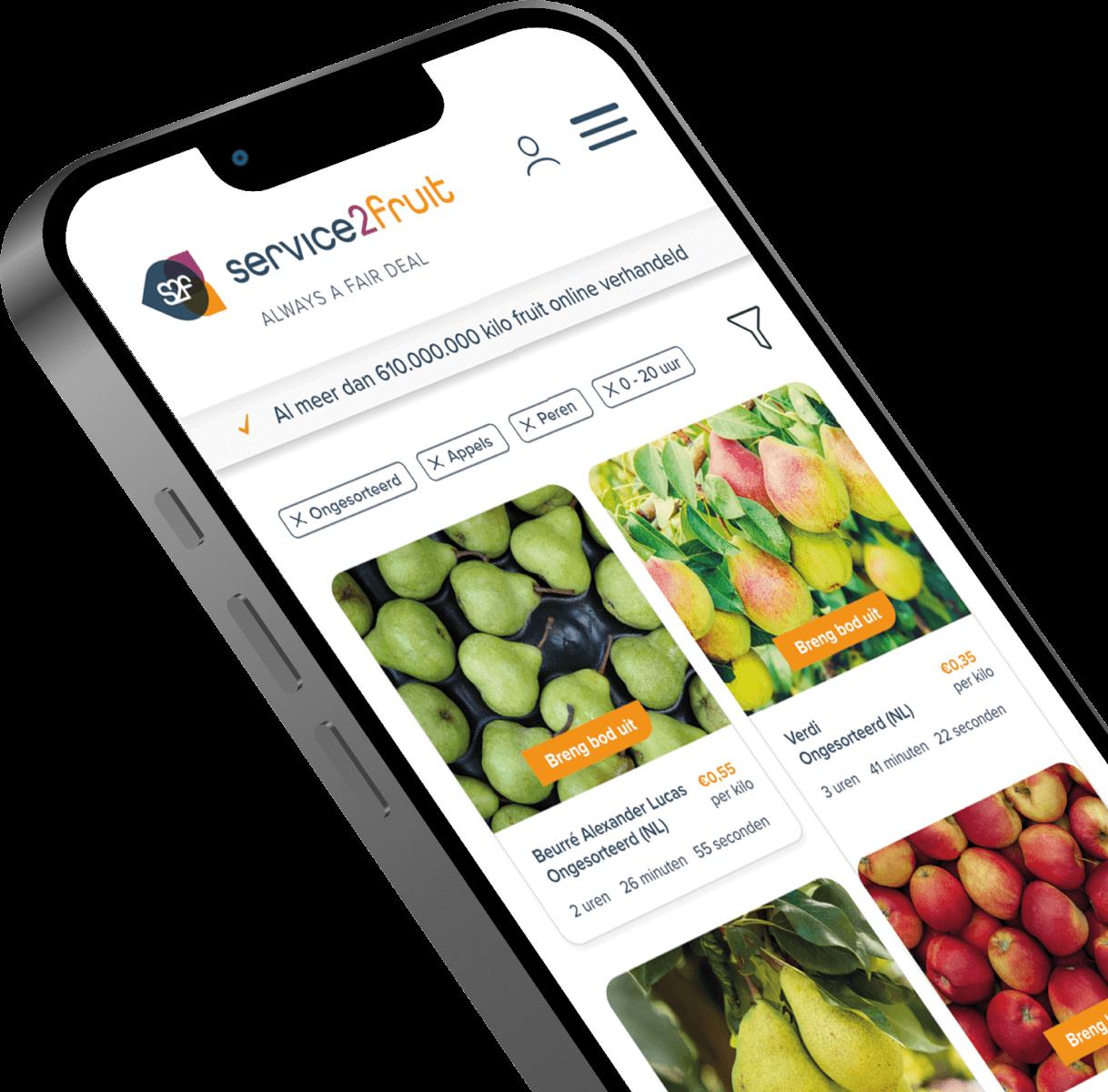
allowed us to recently become a market reference point. You can, for example, see the kilogram price of Conference pears or previous transactions at a glance. It costs €150 per year, but smart growers can use this latest market data to quickly earn that back.
What commission do buyers and sellers pay?
It is free to set up an auction, with no charges until parties complete a transaction. We have a €0.01 per kg for top fruit commission. Off-tree sales have a special scale, and different commission fees apply for offering peel and industrial, soft, and stone fruit. Our website explains all that.
Why do you broker auctions too?
Our surveys show sellers prefer giving buyers they work well with the first option of, say, off-tree sales. In brokered auctions, sellers choose to offer their product to one buyer. The transaction isn't placed in the public auction, so there's no bidding. However, our market knowledge means both parties should conduct this business via us. We also offer support services such as quality control, sorting, cooling, and transportation.
Do you still have overseas branches?
We have one in Belgium. We had one in Poland too, but it's now closed. The biggest obstacle was supervising personnel remotely, and Polish regulations differ from those in the Netherlands. We're an online platform, so we don't have to have an office. We can use traders who speak the local language but work in the Netherlands and, thus, reach those countries just fine. We even have a trader who works from Hungary.
In which countries are your sellers best represented?
Eighty percent are in the Netherlands and Belgium, so, in that sense, our platform has truly united those countries' top fruit sectors. I'm sure buyers now buy from growers they previously couldn't visit because that fruit was reserved for a broker. Now, a Belgian can buy pears in, say, North Holland. Also, some years we have many Polish pear buyers. Unfortunately, Polish buyers haven't really taken to buying Polish fruit.
Those growers often belong to cooperatives, and that has become a true deal market. Besides buyers from Poland, we
have buyers from countries like Romania, Spain, and France. Service2Fruit sales focus primarily on unsorted fruit; not everyone’s interested in off-tree sales. Our auction supply is luckily well filled, although we're always looking for more supply to serve our buyers. Our goal is definitely not to serve our buyers' customers; that would overshoot the mark.
Did starting Service2Fruit meet much resistance?
Most certainly. We encourage an open, fair fruit sector, thus don’t keep prices secret. And all our auctions are publicly visible. That took much getting used to from the established parties, especially certain marketing organizations. I find that very strange because I consider Service2Fruit's global reach a good alternative for their growers. If marketing organizations truly support their growers, I think they should also use our sales channel, which is GMO-proof, too.
How did the new top fruit season start?
Our off-the-tree sales went excellently, and there were plenty of transactions. Trading definitely got going faster than last year. And for quite good prices, I think, given the uncertain market situation with everything happening in the world. Cooling costs are high, so growers' are eager to sell. Empty stores were a long-time concern, but in the end, most of them filled up. I'm fairly optimistic about the pear season. I don't believe that market's overcrowded.
Besides, we have access to a good quality product, whereas last year, there were many bronzed pears. I do expect this summer's hot weather and late picking to keep the market under pressure. That's, how
ever, not a bad thing. Apples face a tougher time. There's a lot of competition for Jonagold-like apples, especially from Poland. So, most of those are sold locally. I believe Elstars are still the tastiest apples at our disposal, but competition from the club varieties is mounting.
Are club variety supplies causing issues?
I have no problem with club varieties. I just think it's dangerous to link a variety to a supermarket, something that's increasingly happening. I'm not a fan of only a particular chain selling a specific variety. That makes it more challenging for mainstream varieties. Plus, you have to wonder if the supermarket will be as willing to keep supporting that variety once a new one hits the market. In that regard, I prefer
the Xenia pear sales model. Its production is regulated, but sales are kept free. Then different retailers carry that fruit, and everyone gets the chance to taste it.
What does the future hold for Dutch and Belgian fruit cultivation?




I understand the sector's concern, especially among growers. Many parties can pass on higher costs, but growers remain dependent on supply and demand. More is asked of modern growers. In the past, you grew a pear and then sold it; it's not that simple anymore. Just think of all the crop protection and documentation requirements. Innovation and specialism will be keywords in the coming years. I think medium-sized cultivation companies have less of a future.
Either you specialize with up to 20 hectares and do that really well, or you go for bulk farming. I don't think there's much in between. But growers aren't alone in facing challenges. Sales-wise, the fact that, presently, there are still old apples in storage bothers me. All the while, plenty of new apples are available in the cells. That distorts the market, and if - as is claimed - it stays that way until December or January, the sector is missing the mark entirely.”
esluis@service2fruit.com











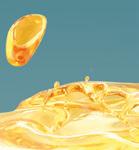







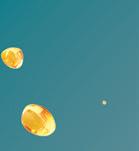


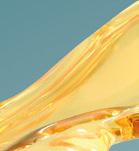







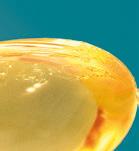




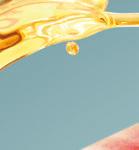

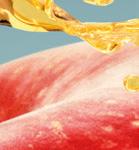




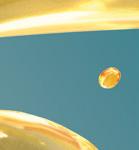











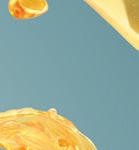
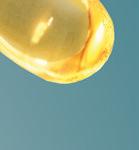




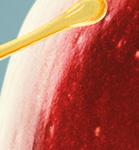






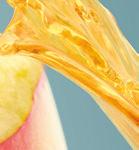













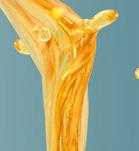
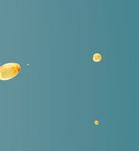
















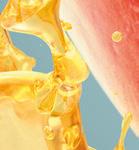









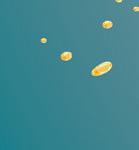



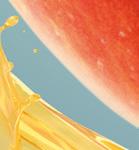















































In 1991, Craig Stauffer and Guy Kisling founded Vanguard International with the explicit goal to become the link between growers and customers around the world. Growing up on a family farm in Bingen in Washington state, Stauffer has been involved in the produce industry since he was seven years old. “I started with harvesting green beans and spent many summers working with harvest crews as well as in the packing house,” Vanguard’s CEO Craig Stauffer said. After graduating from the University of Oregon, he took on several positions in Oregon and California where he worked on the Portland wholesale market, built international businesses and became the president of Food Products International. However, his home state remained close to his heart, and moved back to the Pacific Northwest, about 1,500 kilometers north of California.
This is where Stauffer and Kisling started their own adventure on January 2, 1991. „Our goal was to work with suppliers and customers around the world, providing them with timely and accurate information and the best quality produce possible. We wanted to build a strong business out of California, Washington, and Florida with supply of citrus, apples,
pears, grapes, stone fruit, and melons.“ This goal was accomplished much faster than planned and from working with a grower base in the United States, the company started expanding and representing growers in other parts of the world.
It was 1994 when Dirk Winkelmann, then
President at Chiquita Frupac, joined the team. “Dirk had a large network outside the US and for a period of five years, we were on the road two to three weeks out of every month,” said Stauffer. During that time, an office was opened in Santiago, Chile as well as Stellenbosch, South Africa. “Before 1995, 100 percent of the fruit produced in South Africa was sold through a single desk, being Outspan at the time. We presented ourselves as the other marketing option and did the same thing in New Zealand.” In 2000, Vanguard started representing growers in Peru. After that, offices were opened in Spain, Italy, Australia, Egypt, China, Indonesia, and Taiwan, all of which Vanguard still owns today. With the expansion also came an enlargement of the product offering that now also includes berries, mangos, avocados, and pineapples. In addition, vegetables like ginger, garlic, lettuce, and onions are part of the portfolio.

In 2015, when Vanguard’s annual sales were about $150 million, Stauffer and

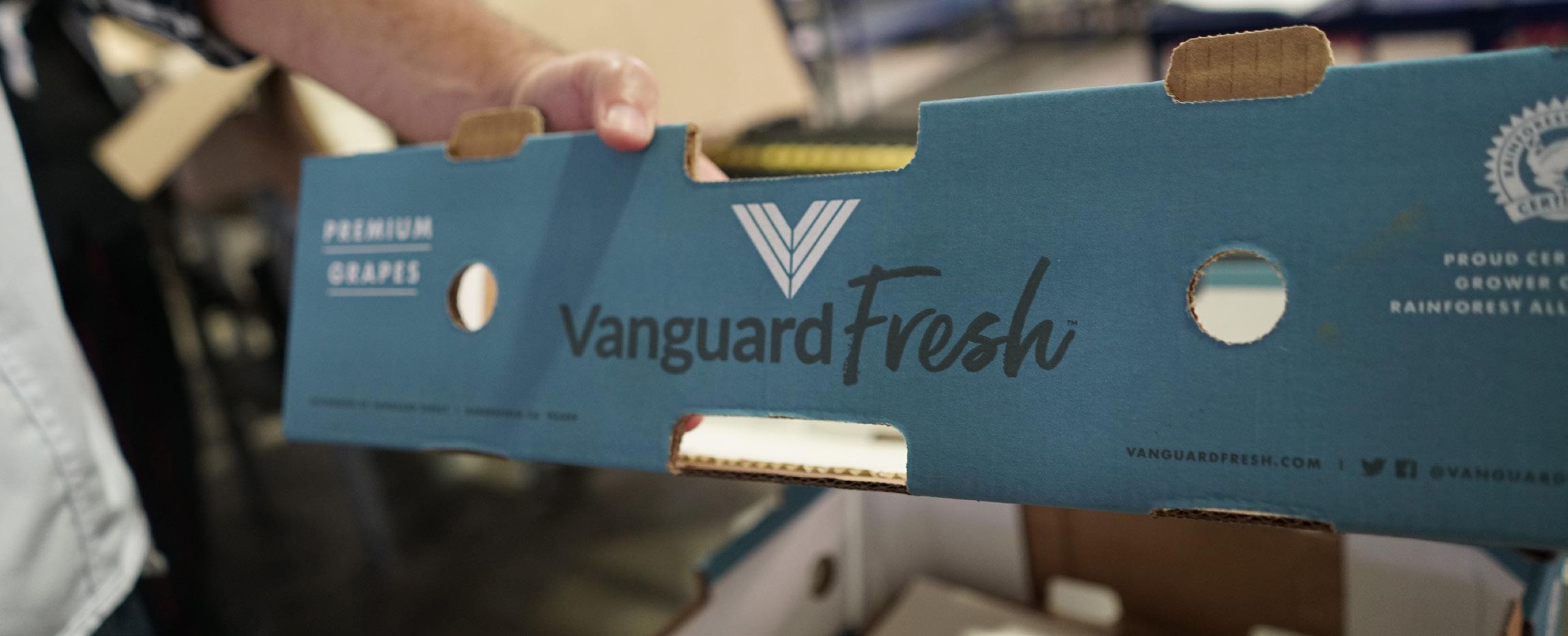
“I believe 2023 may become the most challenging year in recent history”
Craig Stauffer, CEO of Vanguard InternationalCraig Stauffer
Kisling sold the company to private equity firm Blue Road Capital. “They understood us and provided us with capital and expertise to acquire production assets. Their investment enabled us to develop into a global vertically integrated organization and they certainly got us to where we are today,” Stauffer shared. The road to vertical integration started in 2016 when Agricola Challapampa was acquired in Ica, Peru. Five hundred hectares of desert were turned into table grape vines in one of the prime growing regions in Peru. “Since then, we acquired additional acreage, built a packing house and today, we are growing over 2,500 acres (1,000 ha.) of premium table grape varieties, complementing our marketing and sales capabilities. Under leadership of Manuel Yzaga, Vanguard Peru’s CEO, we have built a team that is world class. Being vertically integrated through Vanguard Peru has really helped our total global business.”
Having a presence in so many countries around the globe provides a competitive advantage for certain origins. “Let’s take table grapes as an example. If the season in India has a late start, a country like Indonesia relies on supplies from the southern hemisphere. From grape growing countries Chile and South Africa, it’s a 45-day journey while it takes grapes from Australia about 7-10 days to make it to Indonesia. Being located in strategic countries around the world has helped us remove some of these physical barriers.” These locations were also chosen to ensure the products that are offered together with growers and logistics providers arrive in

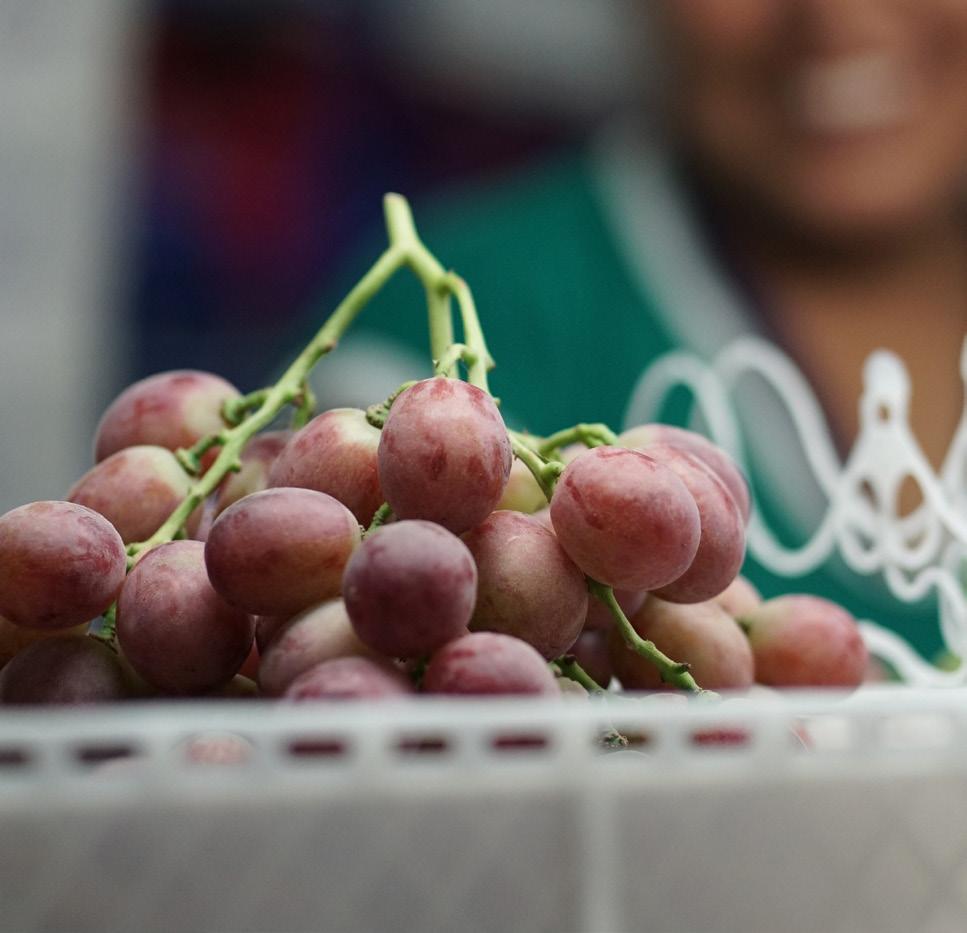
optimum condition at the retailer 52 weeks out of the year. “It’s our goal to have year-round availability for all products that our customers need. We want to offer them supply security, and we promise they have fruit when they need it.”
“It took a lot of blood, sweat, tears, and very long hours,” commented Stauffer. “However, first and foremost, we couldn’t have done it without a great team of like-minded people. From our grower base to our trading partners and our staff in the field as well as the office.” Most people have been with the company for 20 years or more and they are passionate people who realize they are part of a 24/7 business. “From the beginning, we focused on delivering best in class supply, but also established a back office that focused on developing robust systems and procedures. “We worked hard to nurture and strengthen deep relationships with our growers, customers, truckers, ocean carriers, and all the other partners necessary to build and sustain a successful business. That’s why our tagline today is PRODUCE. PRECISELY. “The journey from the field to produce sections around the world is seamless in the hands of growers, distributors, and wholesalers who share a common commitment to provide our customers with timely delivery of precisely the produce they want to serve their customers.”

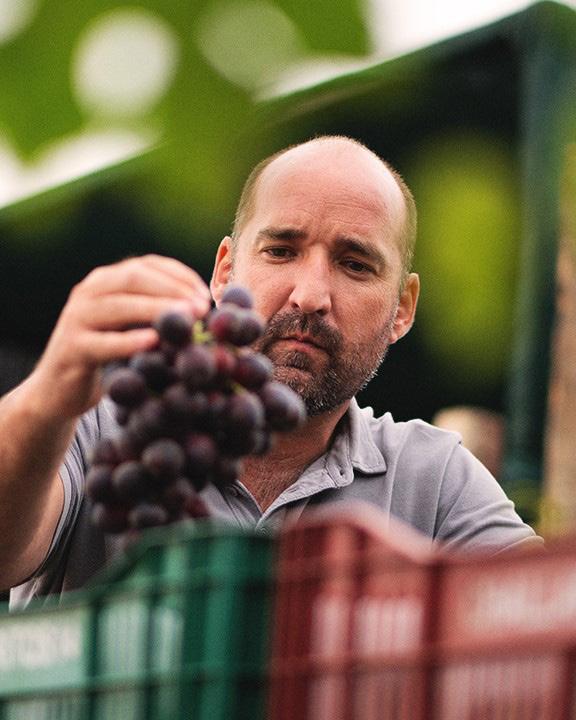
“I believe that 2023 is going to be a very challenging year. In fact, it may become
the most challenging year in recent history,” mentioned Stauffer. “From a consumer perspective, global inflation forces consumers to watch where and how they spend their money. They will be focused on managing their pocketbooks, trying to limit their expenses.” At the same time, production costs continue to increase and growers as well as packers, shippers and marketing companies will have to pass on increased costs to the consumer in order to survive. “This could be very challenging given the current inflation levels, which I expect to last until the end of 2024.”
It will be a true battle for the larger sized citrus this season. According to Mostafa Ali, commercial manager for Egyptian fresh produce exporter Rula for Land Reclamation, there simply aren’t enough larger sized citrus fruits to accommodate every market: “The Egyptian citrus production has been good and heavy this season, but we’re facing some issues when it comes to the sizes of our citrus. When we take a closer look at the Navel production, we can see that there is a rough shortage on the larger sized Navels. This would be the 42, 48, 56 and 64 sizes. On the other hand, we’re seeing a lot of availability for the 72, 80, 88 and 100 sizes. This naturally means there’s a strong demand for the larger sizes and Egypt isn’t the only country that doesn’t have enough of these to offer. The Spanish production is also seeing a shortage when it comes to the big sizes this year.”

There is still hope for the Valencia crop to have larger sizes, but when looking at it realistically, Ali predicts the situation will be the same for these oranges. „It won’t come as a surprise we’re constantly getting inquiries for the larger sized Navels, but we try to do our best to explain to the current situation to any buyers that contact us. In my opinion, buyers will simply have to adjust and adapt to the current situation, just like we’re doing. We have to sell and ship all the sizes that we
dealing with a shortage for their mandarins: “For the Egyptian lemons, there is a high demand in general, but it is especially strong from the far East countries, as well as the European markets. It has to be said that the European buyers were mostly asking for lemons to quickly sell them before Christmas time, so demand has slowed down slightly in the New Year. There will be opportunities for the mandarins from Egypt this year though, across all the varieties we cultivate. Although we will not have a super large crop this year, there will still be strong demand, especially since there’s a shortage on the Moroccan mandarins this season.”
To sell all of these smaller sized oranges and mandarins, Egyptian exporters will have to look elsewhere. Ali feels strongly about the potential of the Philippines as an
export market. The Egyptian government recently set the protocols in place to allow trade to the Asian country: “On my opinion other major opportunities this year can be found in the Far-East countries, as well as the European markets. Although the European markets will keep asking for more larger sized citrus, there are also new markets to check out. Egypt finalized the protocol with the Philippines in December of 2022, and I feel that this market will be a good opportunity for Egyptian citrus exporters.”

As Russia has been one of the major importers of Egyptian produce, the impact of the war has eben felt heavily by the produce traders. However, Ali claims that exports towards the Russian market has been increasing of late, although volumes are not on the same level as they were

“Major opportunities for Egyptian citrus can be found in Far-Eastern markets”
Mostafa Ali, commercial manager Rula Farms:
before the war. “The war has been a terrible situation and the impact has been huge for Egyptian produce exporter. It’s been improving at the end of 2022 though, as Egyptian exporters have started to ship to Russia again, as well as to Belarus through Russia, but the volumes are nowhere close to what they were before the war with Ukraine started. However, the Russian importers have been asking weekly for Egyptian citrus, so things could still improve as time goes on. We hope that the war will finally come to an end, so we can continue doing business as it was before the war broke out.”
The Egyptian economy has not been hit as hard by inflation as the European countries, but Ali states they still see prices increase across all the parts of their operation. It’s troubling for them, as it means they’re at a disadvantage when compared to some of the competition: “Dealing with competition is getting more difficult, as inflation and the situation with the Egyptian currency will be reflected on everything in the operational process. Everything has gotten more expensive over 2022, no costs are lower than they were before. This isn’t just the case for citrus, but anything that is agricultural. Raw materials, such as fertilizer, but also work-
ers, packing materials and shipping have all become more expensive. Therefore the situation is not easy at all, and the risk of raising the prices is a drop in demand, so it’s a fine balance that needs to remain intact. Some of the competitors are dealing with similar issues, but not all of them. We place our faith in the quality that Egyptian citrus can provide,” Ali concludes.


For more information: Mustafa.ali@wadigroup.com.eg www.rulafarms.com






“Enjoy doing business with a reliable partner’’




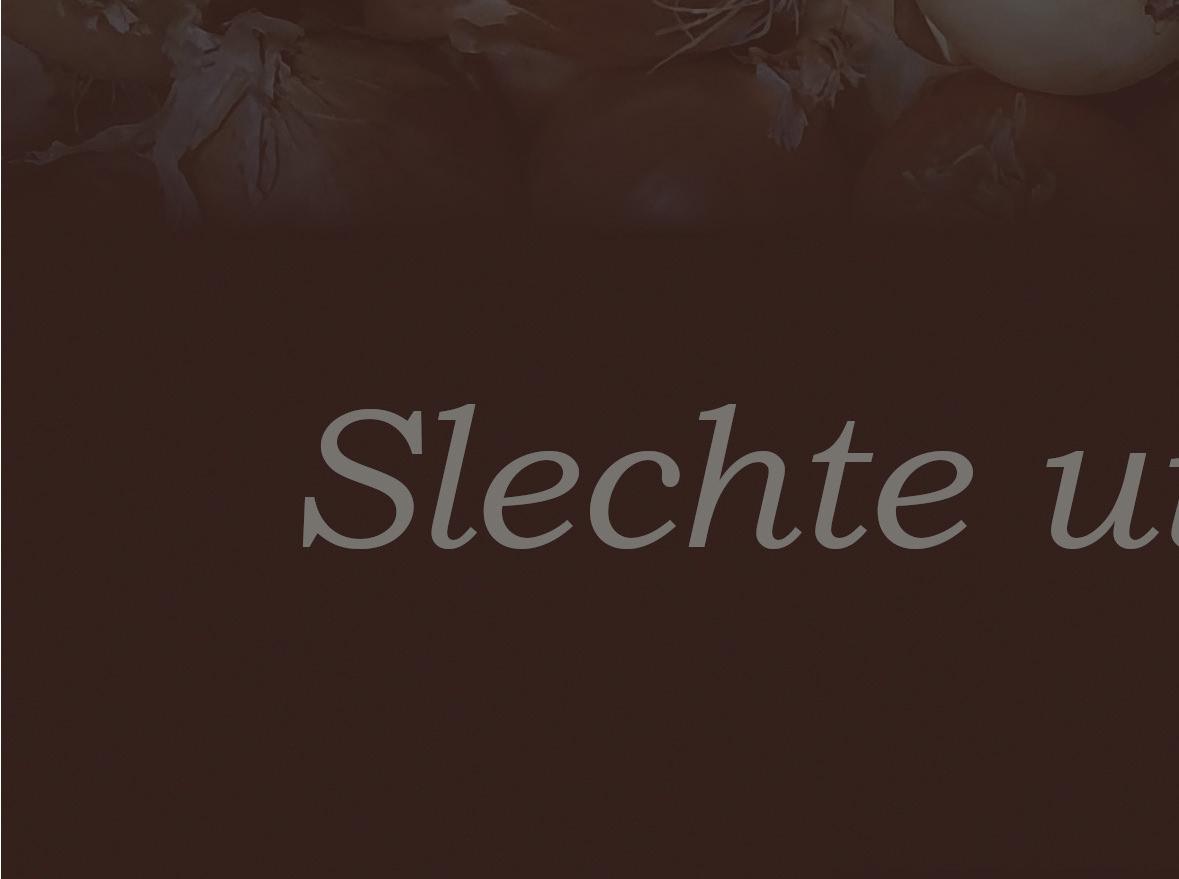



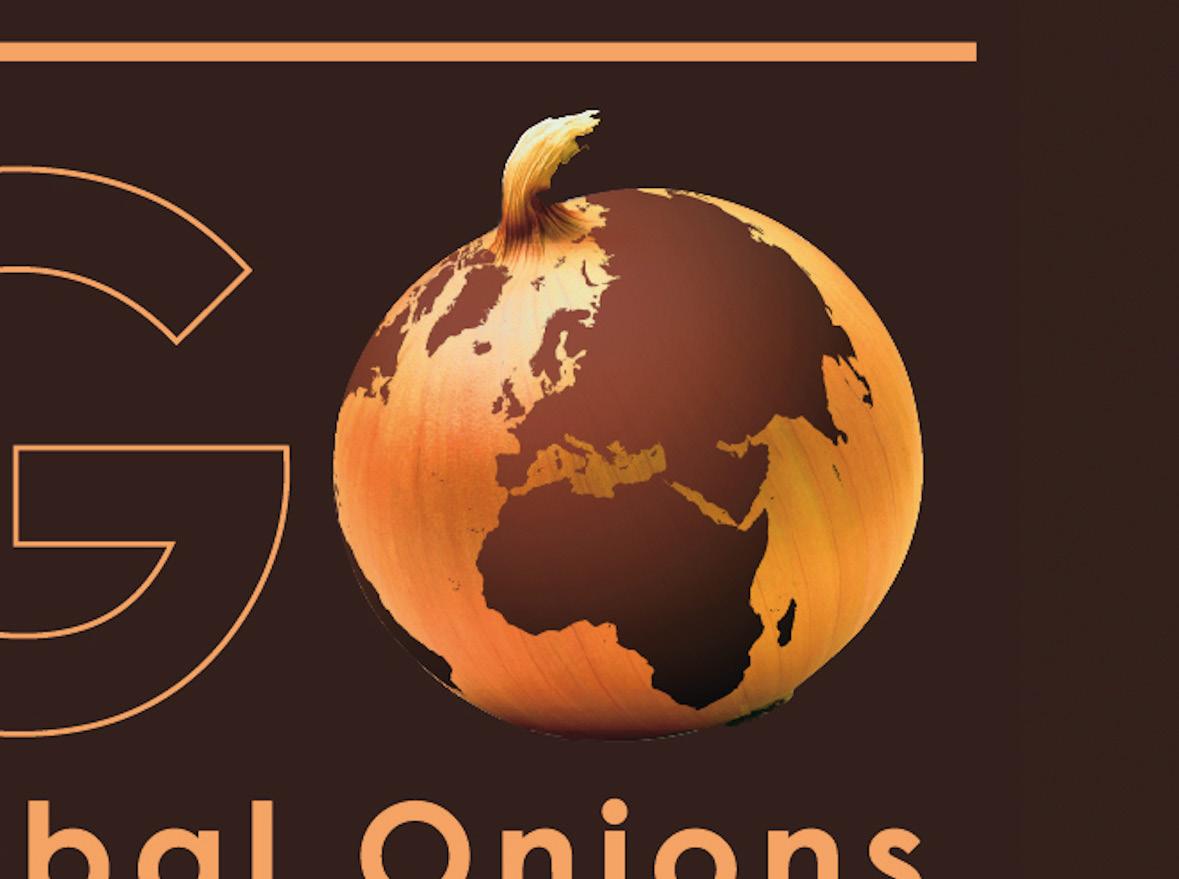






Citrus Plantation in Israel where the Red Premium grow. In the background, the Golan Heights. The unike microclimate allows them to grow a grapefruit equal to Florida.

Israel is not a big country. The Netherlands is almost twice as large, square kilometer-wise. More than half of Israel is desert, but despite that, it still manages extensive horticultural production. And above all, its products have a particularly good reputation on the international market.

Youbuild a good name with quality, and in Israel's case, that is largely due to its favorable climate, know-how, and advanced technology. But Israeli horticultural production is also known for its specialization. Primeur visited eight companies and sought out stories about these products, including Hoya, aromatic herbs, (red) grapefruit, avocados, Orri mandarins, Medjool dates, and vanilla.
AUSTRALIAN HOYA
“Hoya (or wax plants) don't form part of the regular flower market where you find, say, carnations, gerberas, or hyacinths,” begins Nitzan Nir, director of the family-owned Nir Nursery. “It's a niche product, some of which we created ourselves. It's wonderful to use in bouquets and floral arrangements.” This Israeli breeding/ propagation company's business model
is not to sell the seed but to fly the plant material to growers in regions like South Africa and South America.
“The southern hemisphere is where wax plants grow best - on the line that runs from Peru, South Africa, and Australia. And in the northern hemisphere, in North Africa, Southern Europe, and Israel,” says Nitzan. Their plants' genetic material originated in Australia, where it is native. It takes, on average, seven years to breed a new standard Hoya variety; for more sophisticated intergeneric hybrids, you can reckon on 15 to 20 years.
“These plants are tricky and very costly to breed. It also takes a long time. Big breeders have also tried - because, by now, they've seen we have a nice market penetration in places like the Far East and Rus-
sia - and want to compete, but none seem to be staying the course.”
Nir Nursery's first proprietary wax plant variety was - unsurprisingly - named Nir. In 2016, the breeder introduced its first 'Jupiter' variety. This variety is unique in that - unlike other Hoya varieties - it has an inflorescence pattern that is concentrated around the tips of the stems, not around them. This new flowering pattern creates a rich, voluminous-looking branch.
Before, when wax plants were still primarily being grown in Australia, they were only exported to Hapana and the U.S. west coast. “The other continents' markets were, thus, empty. We were supplying a good product, so demand started coming in. Our flowers aren't only at florists but also in supermarkets. Retail is essential these days, also for ornamental horticulture,” explains Nitzan.
“In Europe, we can't compete with local

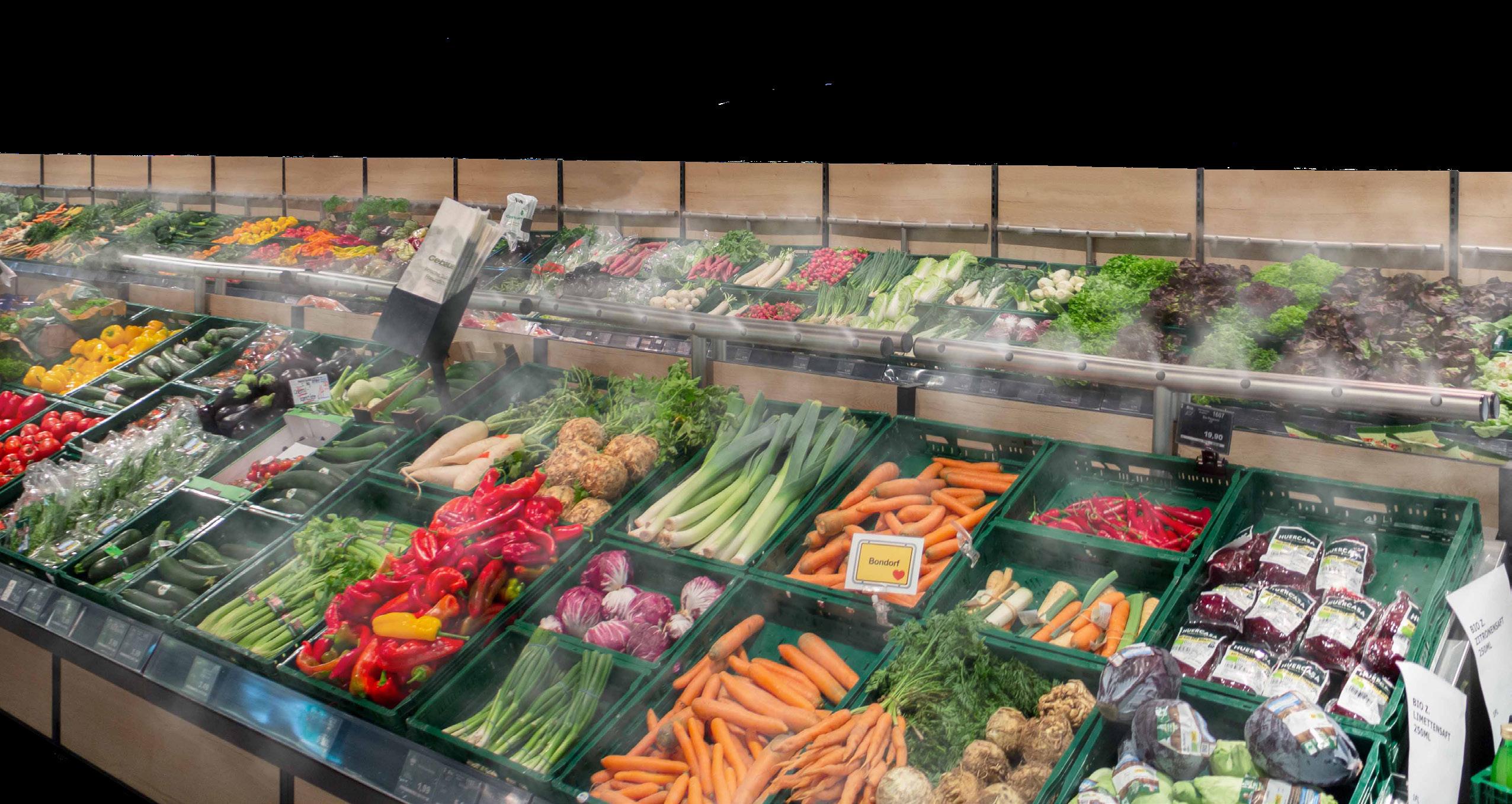




breeding companies when it comes to herb seedlings from seeds,” admits Haim Rosenblum, Histhil's sales director. “Since those exports are flown in. Logistics costs are higher. But we can compete when we focus on the quality of the vegetative material we derive from parent plants.”




Hishtil is a world leader in herb, vegetable, and ornamental plant seedlings. It supplies both the hobby and professional markets, locally and overseas, where this huge company relies on several joint ventures in eight countries. This Israeli propagator's flagship products are grafted vegetable plants and herbs. “Our current sales ratio is 50% organic and 50% conventional, but we'd like to go completely organic,” says Haim.

In recent years, the company has seen opportunities in product diversification. “Our grafted grapevines are solving a problem in Israel. For many years, varieties that had viruses were brought into our country. We proposed to the Ministry of Agriculture to keep virus-free tissue culture material of the varieties they own. They pay us to keep those virus-free; we then propagate them and pay royalties for each plant sold. The government agreed.”








Easily weigh and pack in bags, boxes or crates up to 50kg. From jute to cardboard and polypropylene. With imprint, label and plant passport. Reliable for decades, low in maintenance.













































About a decade ago, the company started propagating sweet potato plants too. They, however, do not sell this emerging vegetable's seedlings to big European growers. “They use cuttings, but there's a market for our product in the northernmost countries, where it's cold. The cuttings don't develop as well there,” Haim explains.
“Grapefruit has always known highs and lows on the European market,” states Oron Ziv of the fruit and vegetable exporter BeFresh Europe. “Still, demand is generally trending downward; by two to three percent annually. And in the last two years, consumption has plummeted by ten percent. It's unclear why, and with the stiff Turkish and Spanish competition, it's become difficult for us.”
Also, many grapefruits go to the juicing sector, which usually pays growers acceptable prices. The global market determines those prices, adds Oron. “That's, thus, the minimum price we can offer, something at which we failed last year,” he says. According to Faostat's 2020 figures, with 244,334 tons, South Africa was the world's largest grapefruit exporter. China (203,882 tons)

















Eqraft designs, builds and maintains smart factories that improve your performance. Doing so, we empower you to be a reliable partner in agri products.











and Turkey (184,393 tons) follow. With exports of 73,138, 65,097, and 55,453 tons, respectively, Israel, Spain, and the U.S. occupy the fourth, fifth, and sixth spots.
According to Oron, Turkish grapefruit cannot compete with the Israeli product, flavor-wise. The question is, though, how long European retailers will prefer that higher quality but pricier fruit. “Ten years ago, there were mainly Florida grapefruit on store shelves; grapefruit from Israel could only benefit from a gap at the beginning and end of the Northern Hemisphere season. Then, suddenly, a box of Florida grapefruit started costing €30-35, and that mid-season opened up to us. Spanish grapefruit still mainly has an advantage over us in Europe because it's considered a local product.”
Minneola, a grapefruit/mandarin hybrid, is also running into trouble. This is a niche product, and even Dutch and Belgian retailers - where this product used to be strong - are losing some interest, says Oron. “There's not that much of this product, and there's no way it can be sup-
plied year-round. After our season, there are some from New Zealand and Peru, but that's about it. There are too many supply gaps. Israel doesn't export more than 2,000-2,500 tons; ten to fifteen years ago, that was ten times as much,” he explains.




In 2020, Galilee Export, Israel's largest avocado and one of the top citrus and mango exporters, brought a new product to market: Red Premium grapefruit. “Unique growing conditions add value to this product; in itself, it’s not a distinct variety,” says Yosi Knop. “Growers cultivate Red Premium, a Star Ruby grapefruit, at the northernmost point of Lake Tiberias, to the far north of the country. That area has a microclimate with very high summer temperatures and freezing winters.”

Those growers adhere to a strict cultivation protocol issued by Galilee Export. “They check the fruit on the trees every day, and only when it reaches the correct parameters do they start picking. No mar-



ket opportunity can tempt us if the fruit's not yet ripe,” Yosi states.


“Average Israeli grapefruit begin the season with a 6-7 Brix level and reach a level of ten. Red Premium starts at ten, gradually climbing to 12 to 13 degrees. Other grapefruit begins with a 35-40% juice content, while Red Premium has 45% right away and even between 55 and 60% as the season progresses. These are truly exceptional values. In terms of quality, Red Premium can match Florida grapefruit,” he claims.
The acreage and volume cannot be expanded much: the cultivation region is simply too small. In 2020, 500 tons were marketed, last year, it was 1,000 tons, and this year 2,000 tons are expected. In the coming years, the company wants to convince all citrus growers north of Lake Tiberias to join the Red Premium brand. “That would benefit the growers, the region, and the market. There’s potential for just over 5,000 tons.”
Yosi is convinced that to boost grapefruit
demand, other uses besides eating and drinking must be found for this fruit.” Look at how the avocado category grew. You see those in spreads, guacamole, and sushi dishes. Grapefruit is undoubtedly well-suited to things like salads, desserts, and ice cream. Also, we must focus on the younger generation; very few children eat grapefruit,” he explains.
In Israel, mango and avocado cultivation is increasing, so there is an ever-growing need for sorting and packing facilities. “We currently use our largest packing plant only for citrus, but in the spring, we'll install a new optical sorting line for round fruit like mango and avocado,” says Ayelet Shuer, Bustan Fruit's manager. “For avocado, that's primarily Hass, but also the Ettinger and Reid greenskins.”
need more packing stations to streamline marketing and exports,” Ayelet says. In 2020, Israeli growers harvested 147,000 tons of avocados, of which just under 37,000 tons were exported. That is according to statistics from the United Nations Food and Agriculture Organization. Since the country is self-sufficient in both fruits, imports are virtually nil.
Bustan Fruit hopes to use product diversification to run those packaging facilities year-round. Citrus seasons used to be longer, but with Sweeties and white grapefruit export market demand disappearing, avocado and mango processing is filling a gap. To illustrate citrus' waning importance, the manager cites oranges and competition from Egypt as an example.
“When Egypt entered the international market, it doomed the Israeli orange sec

2012, it still shipped just under 45,000 tons, but in 2020, that was a token 2,000 tons. Egypt's exports grew from 150,000 to about 1.5 million tons during the same period, Faostat figures show.


Israel's fruit-growing sector is, undoubtedly, having a tough time. “There's not only the high wages issue and competition from third countries. The exchange rate isn't helping, either. The shekel's far too strong for us and our growers to achieve profitable selling prices on the international market,” explains Ayelet.
“ORRI, THE WORLD'S BEST MANDARIN” Israel is home to almost 300 kibbutzim. The first of these collective agricultural settlements were established in 1909. Nitzanim, begun in 1943 - five years before the State of Israel was founded - is a kibbutz located between the cities of Ashkelon and Ashdod. It owns Hadarei Nitzanim, a citrus growing and packing
That company targets the local market with its own brand but has long been exporting the well-known Shamouti

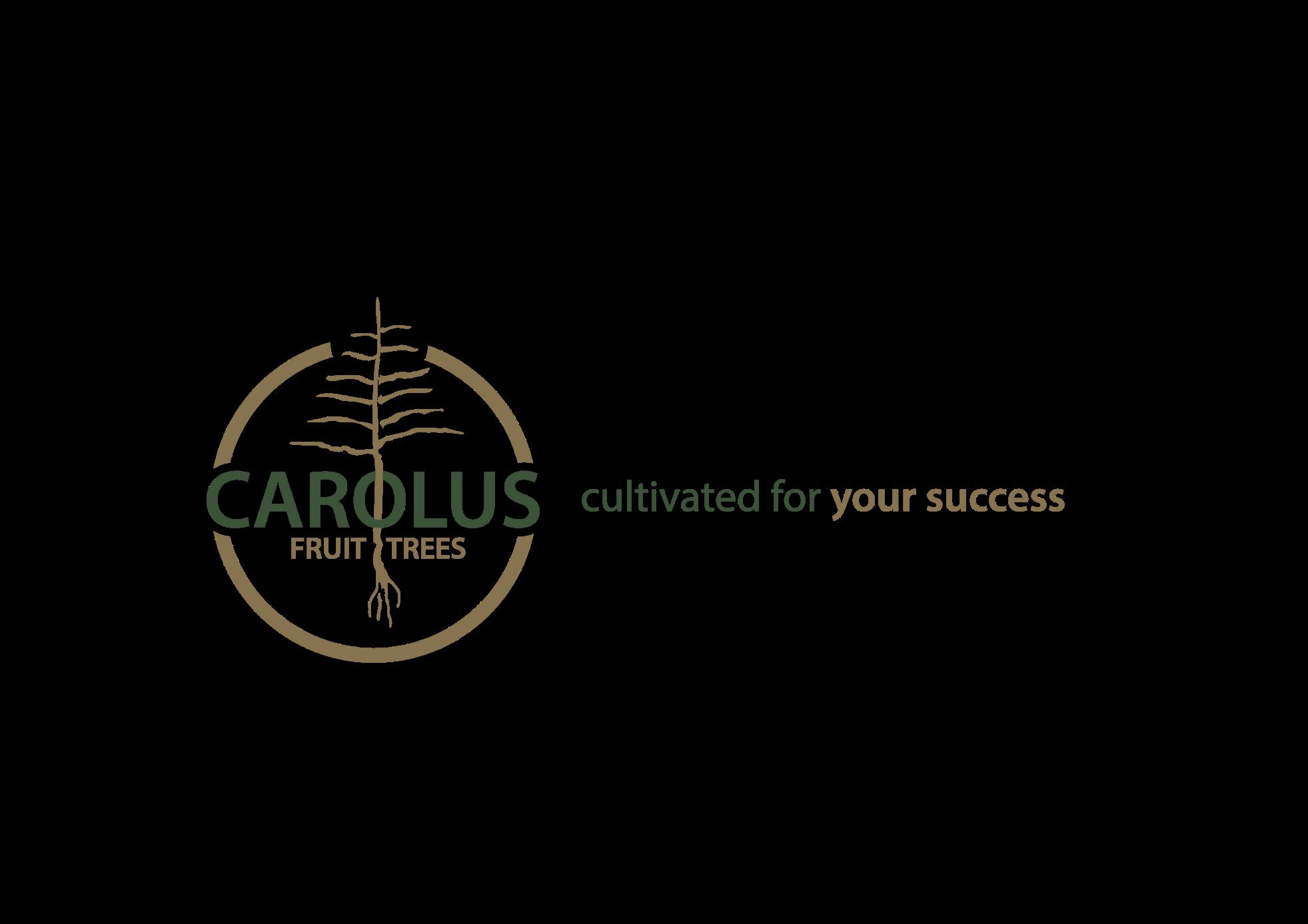
orange. This typical Israeli orange has few pips and a hard peel, making it very suitable for export. “But, prices gradually began to decline, so growers slowly started replacing these orange trees with other citrus varieties, particularly red grapefruit. Then, that fruit, too, lost market share. We, thus, switched to Orri mandarin, of which we now have about 100 hectares,” says Hadarei Nitzanim's Or Shpirer.
Some of this company's workers are kibbutz members; others are not, including Thai workers with five-year residency permits or Palestinians from the West Bank and Gaza Strip. Nitzanim is barely 25 km from the Gaza Strip, and when tensions between Hamas and Israel run high, work is suspended as a precaution. The plant also has an air raid shelter.
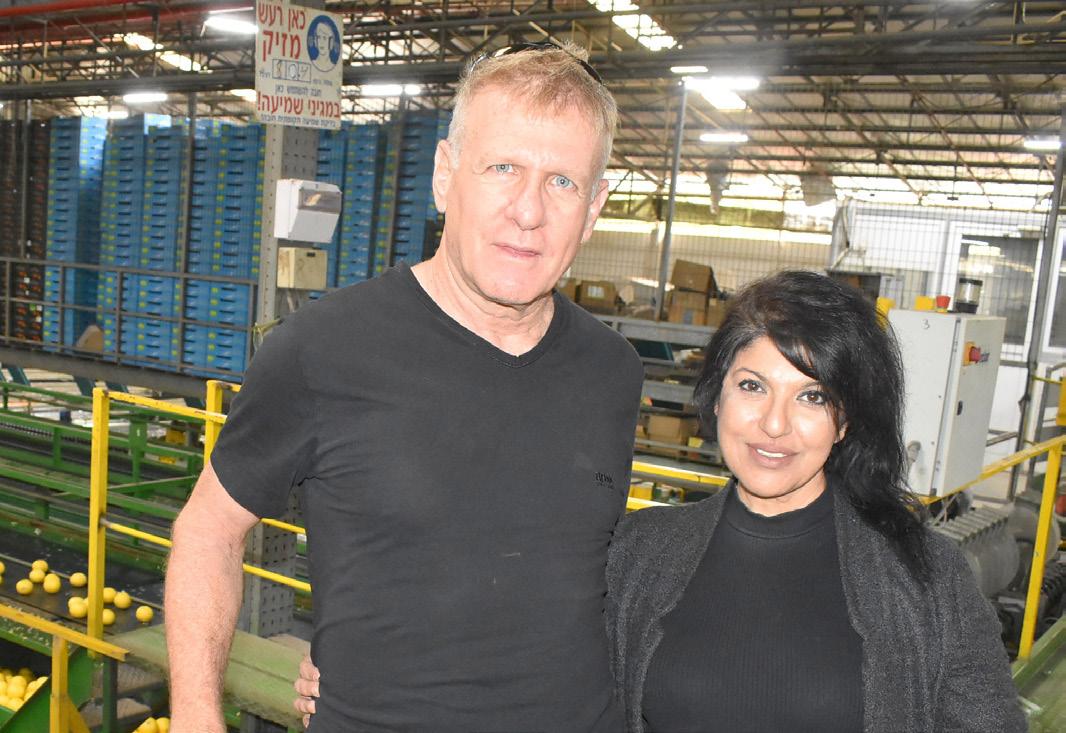
“Orri crops yield 40 tons per hectare, and Israel's total acreage covers about 4,000 hectares. To achieve that yield, growers must look after their trees carefully throughout the season. It's not enough to fertilize and do some irrigation. Meticulous pruning and thinning are also required. The season’s quite long, and harvesting is done in the damp winter; constant care must, thus, be taken to prevent pests and fungi from gaining a foothold.”
Orri is just about the only mandarin variety Israel exports. After a three-week sea voyage, some even reach distant destinations like the U.S. and Canada. “Still, Europe's our main export market. During the pandemic, citrus demand was excellent, and it seems Orri - the world's best mandarin - consumption is on the rise. We'd like to export to our neighbor Saudi Arabia as well in the future. I see fewer opportunities in Southeast Asia, partly because of the transit time and partly because of competition from regional
production. I hear China already has a 100,000-hectare acreage,” Orri claims.
HALF THE WORLD'S MEDJOOL DATES GROW ON ISRAELI PALM TREES Worldwide, almost 9.5 million tons of dates are cultivated annually. That's as much as, say, strawberries. But while, every year, European consumers eagerly await the first locally-grown summer cherries and even enjoy an almost year-round supply thanks to imports, dates are relatively unknown in much of Europe. Hadiklaim wants to change that in the coming years.
According to that cooperative's C.E.O., Yaniv Cohen, only 108,000 tons of Medjools, the top date variety, is grown globally. That is just more than a percent of the total date production. Besides Medjools, Hadiklaim also cultivates, processes, and markets eight other varieties. They sell some as fresh dates with a six to 14-day shelf life, some as semi-dried with a shelf life of three months, and then there are the dried dates. These last for a year. The cooperative markets the cream of the crop, semi-dried Medjool dates, under the King Solomon brand.
At its packaging plant, Hadiklaim grades the dates according to size (the larger, the pricier) and skin (the greater the surface area of skin firmly attached to the pulp, the higher the quality). By combining intervals of both characteristics, Hadiklaim arrives at 16 quality categories, with the biggest dates with fully connected skin and pulp making up the premium quality.
Israel actually produces few dates. Of the 9,454,213 tons Faostat says was grown worldwide in 2020, Israel accounted for only 48,984 tons. That is barely 0.5% and good for 18th place in the world ranking.
Egypt (nearly 1.7 mln tons), Saudi Arabia (over 1.5 mln tons), Iran (nearly 1.3 mln tons), and Algeria (over 1.1 mln tons) lead that ranking.
But, when it comes to exports, Israel need only stand back for the U.A.E., Saudi Arabia, Iraq, and Iran. Most dates are eaten locally, and as many as half of all the world's Medjools - a date originally from Morocco - grow on palm trees in Israel. That is thanks to the ideal climate and soil characteristics along the Jordan River, from Lake Tiberias to the Dead Sea.

“Of those, we pick and sell 20,000 tons, roughly a fifth of the global production,” Yaniv says proudly. “Next year's worldwide harvest estimate is 122,000 tons, but in ten years, that should reach 300,000 tons. That's almost three times more than today, but it will still be only three percent of global date production.” According to him, those new Medjool will be grown mainly in Egypt and Morocco, both of which have lower cost structures than Israel. “They'll therefore market the product cheaper. We must use sophisticated cultivation and marketing strategies to prepare for that.”
Yaniv says Israel has the best Medjool growing region in the world, but manual labor is quite expensive and hard to find. “We could ship the dates to a country where they can be packaged more cheaply. Or we modernize and automate. We resolutely choose the latter. To compete with Egypt and Morocco's large volumes in the future, we must be efficient,” he states. Besides efficiency, food safety, too, is a reason to bet on automation and robotization in the packing station. “Europe's food safety rules are getting stricter, so we decided to make our biggest packing facility as food-safe as a dairy.”

01.

Chainn connects growers directly with buyers and makes the entire food supply chain visable and open.


We don’t believe in the old-fashioned trading processes. We feel they cause too much noise in the supply chain, which makes it anything but transparent. This has to change.
www.chainn.nl
We make efficient connections the new standard. Ready for the food supply chain revolution? the quality of passion











In the past two years, date cultivation has been barely profitable, thanks to low production volumes and the strong Israeli currency, which makes exporting tougher. “Switching to another crop isn't an immediate option. Growers make sizable investments, knowing that after planting the palm trees, you have to wait seven years for the first crop. Nevertheless, we're confident about the future because we're launching a new major project next year which should boost Medjool consumption in Europe,” explains Yaniv.

“We didn't invent this innovative way to cultivate vanilla. When we founded our company in 2019, we used W.U.R.'s findings as our starting point. Its research, along with that of several other research institutions, showed that you could grow vanilla orchids in climate-controlled environments,” says Oren Zilbermann, C.E.O. and co-founder of the Israeli agrotech company Vanilla Vida.

Vanilla orchards naturally flourish in jungles around the equator. These are grown in countries including Cameroon, Uganda, Peru, Mexico, and Indonesia. “Madagascar, too. Though that island's a little further south, it has the same climate. In fact, they produce 60-70% of the world's natural vanilla. However, outdoor cultivation in the tropics has been facing some problems in recent years, the most important of which is climate change. Hurricanes and cyclones increasingly ravage Madagascar. In 2017, the island lost half of its production. Vanilla prices then quintupled to $600-700 per kilogram.”
But, according to Oren, the most significant challenge is on the demand side. The aromatics and perfume industry, the sector's primary customer, wants a stable supply, quality, and price for the natural product, which today represents only five percent of the global vanilla supply. Of that supply, 80% is of synthetic origin; the remaining 15% comes from natural vanillin molecules created in bioreactors. That
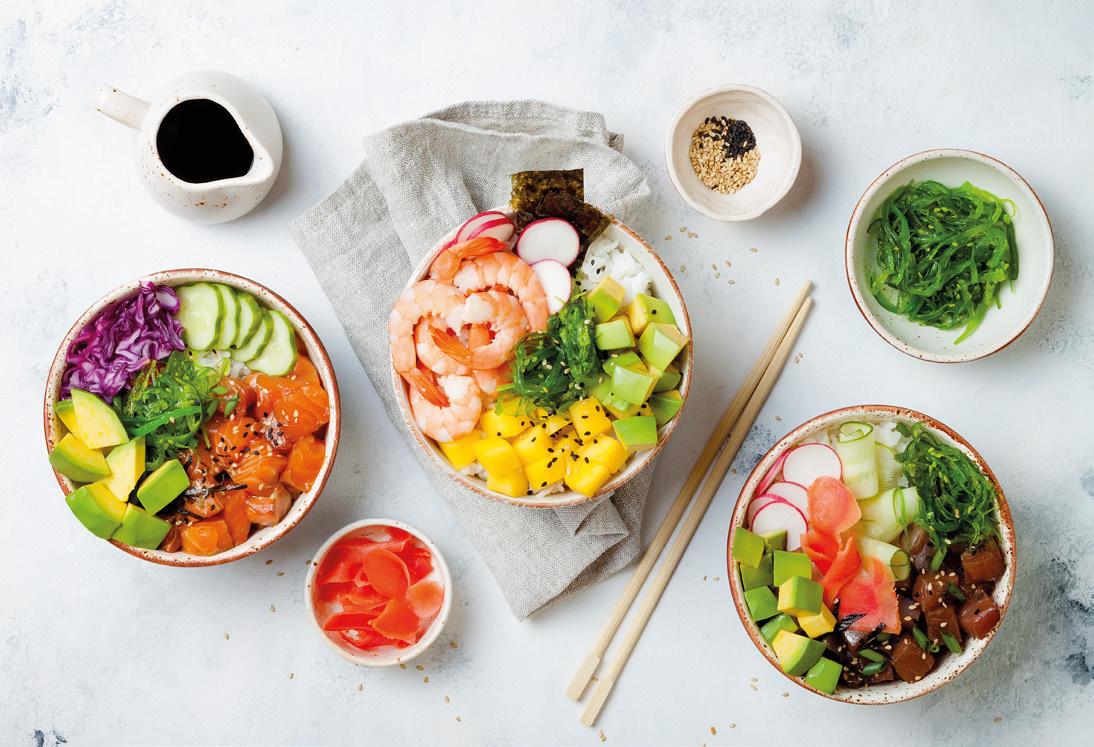

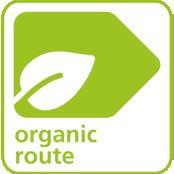


process is cheaper than growing the beans but much more expensive than manufacturing the synthetic variety.
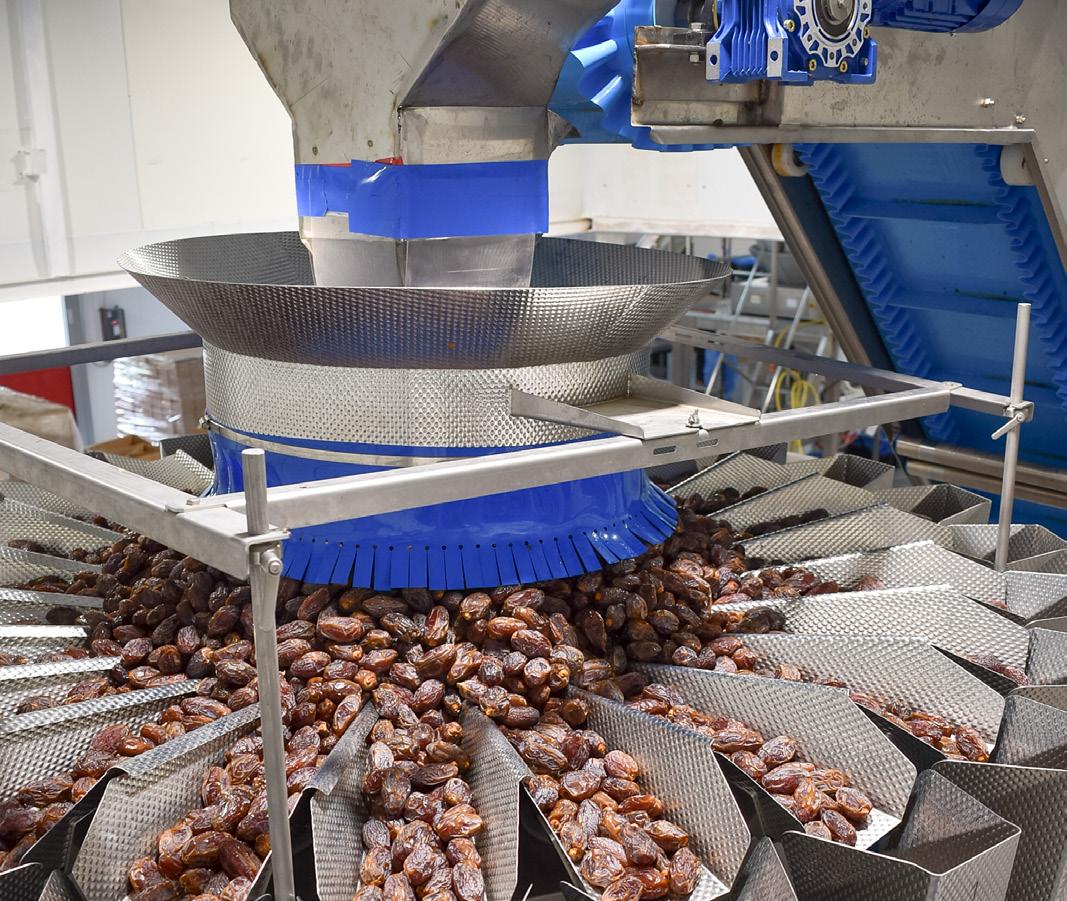
Vanilla Vida is a vertically integrated company that controls cultivation, processing, and marketing from A to Z, from tissue culture and seedlings to the drying process and distribution. “Our know-how and focus are, thus, not exclusively on cultivation. We're an agrotech and food tech company in one.” This Israeli company also imports the product from several countries of origin for drying in its facilities. It is less profitable to process imported vanilla, but, says Oren, it helps them enter the market more quickly and efficiently since these crop cycles last long. In nature, the first flower appears only after three years. In a climate-controlled greenhouse, where the correct temperature, light, and humidity conditions are created, the first flower buds after only 18 months.
Still, Oren does not believe greenhouse vanilla cultivation's high-tech character

will threaten African growers' livelihood. “Demand's too high. There's presently a roughly 40% gap between supply and demand, which traditional cultivation will never close, but that C.E.A. won't close immediately either. The current context of climate change makes outdoor cultivation too unpredictable. Vanilla orchids are far more sensitive plants than any fruit or vegetable species. By introducing technology - and thus better quality and a stable supply - to an inherently non-technological market, we further increase the natural product's overall demand,” he continues.
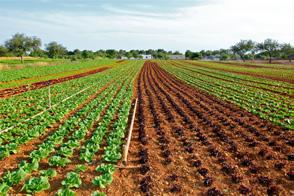
A sophisticated drying and processing system is a must to meet different custom-


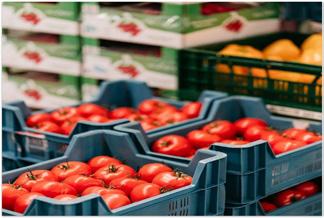

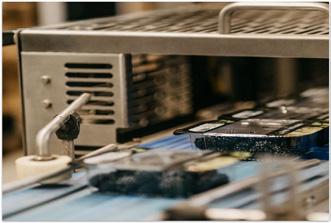
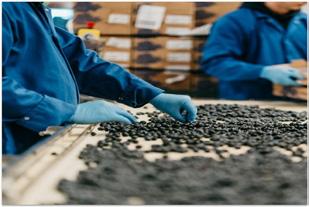
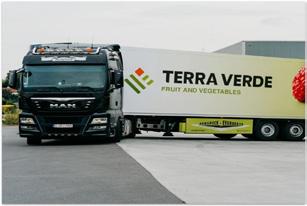
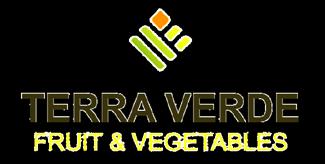
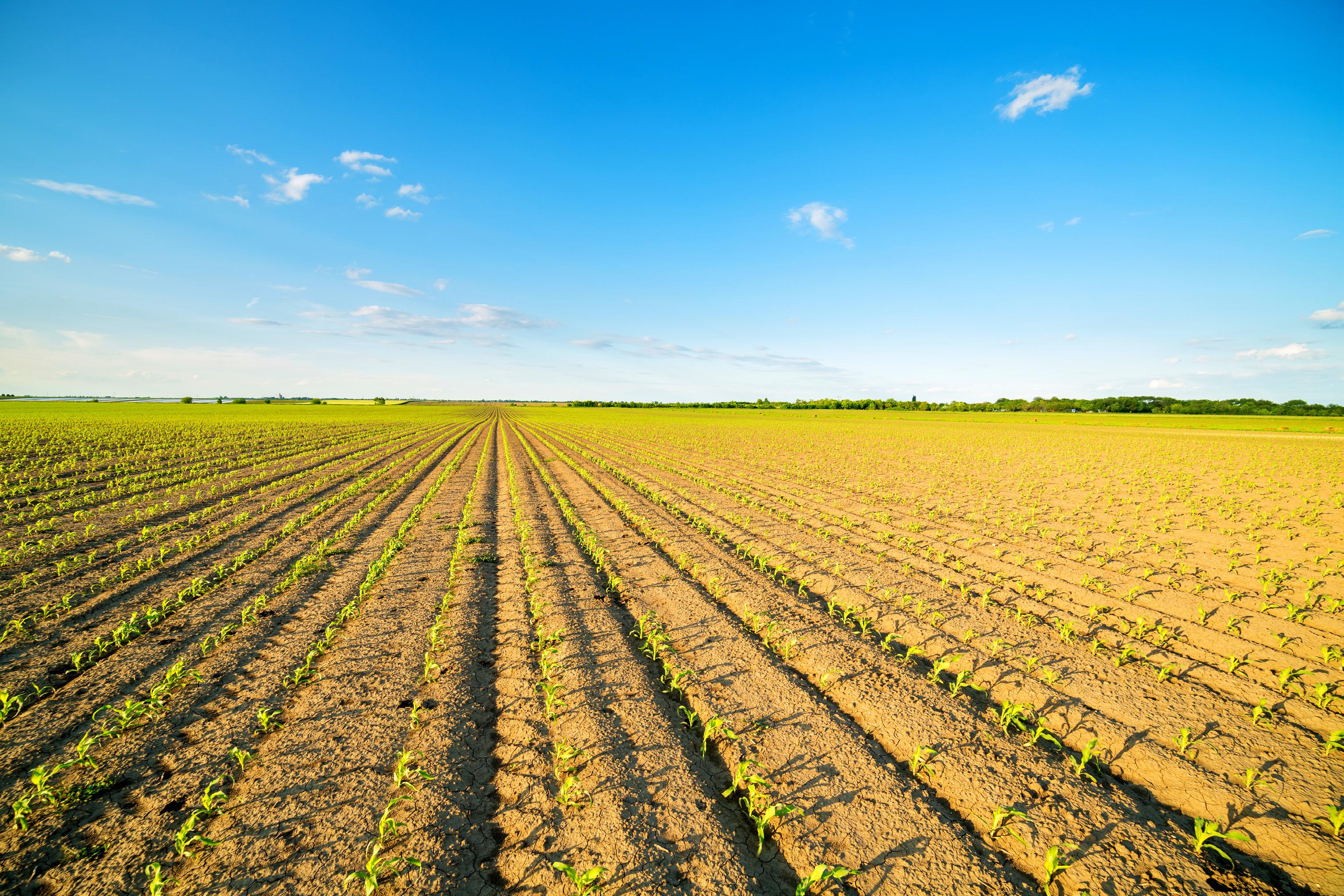

humidity, and temperature. Remember, it takes three months to dry vanilla; using traditional methods, even as long as four to six months.” Vanilla Vida's methods for converting glucovanillin into vanillin are entirely data-driven. “Naturally, we use enzymes to activate certain flavors and obtain different aromas.”
When traditionally grown and dried, the product typically has a 1.6% vanilla content. Vanilla Vida, however, manages to boost that to between five and six percent. “Madagascan vanilla goes for $250/ kg, regardless of the vanillin concentration. The local government regulates those prices. But market rules apply to the product from, say, Uganda, Peru, or Mex-
la's selling price is determined per gram of vanillin. So, clients are sure of the quality. And with a guaranteed percentage of vanillin, the cost price ends up being on average 20% lower than vanilla cultivated outdoors,” explains Oren.

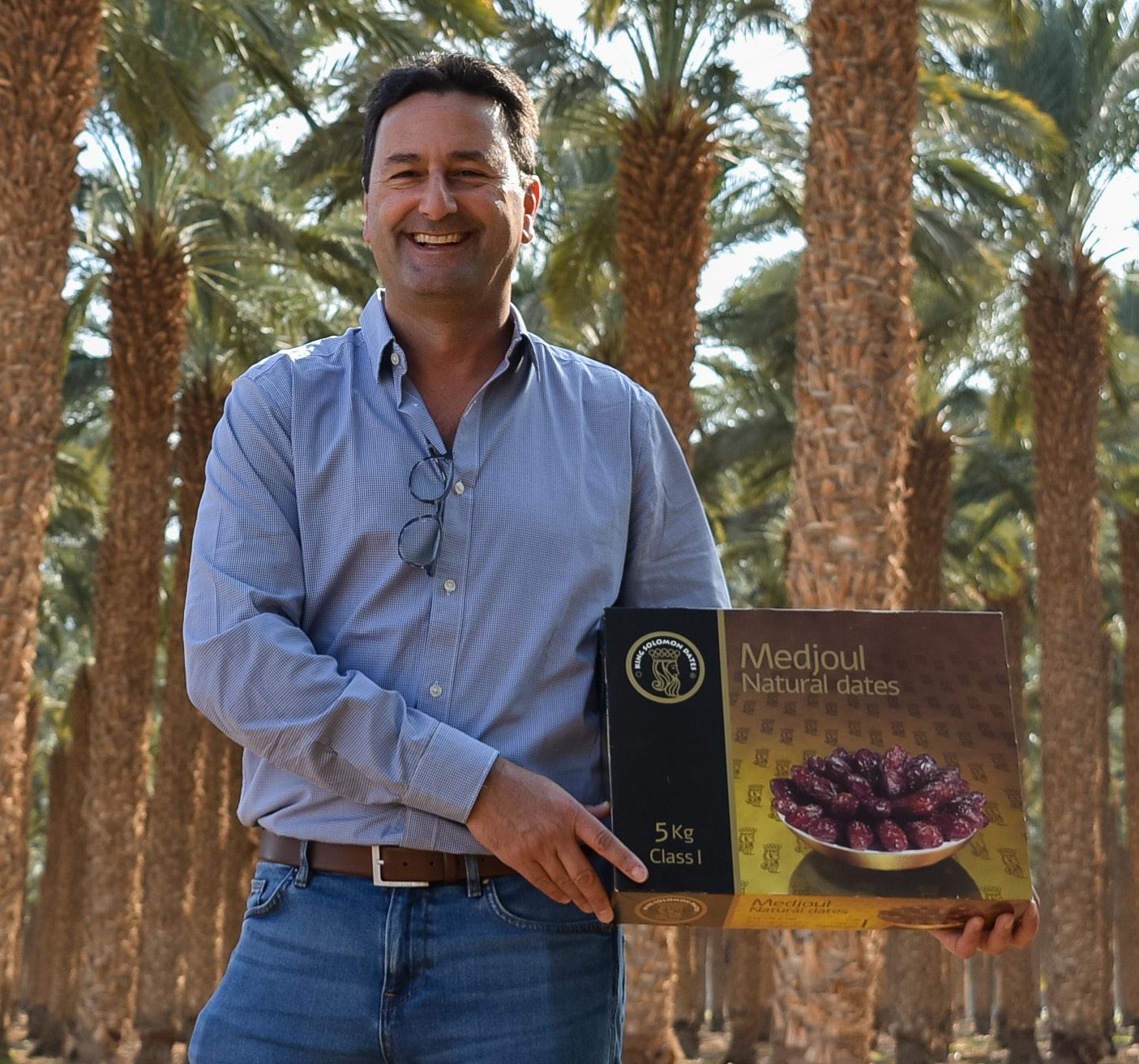
Each of these companies' stories is delved into in more detail in articles published on the various FreshPublishers websites during December and January. Those articles include each company in question's contact details.


Fresh produce is a perishable product group that spoils quickly, necessitating a rapid response. Would you like your fruit and vegetables tested for significant contamination and chemicals?
Residue pesticide analysis in fruits and vegetables within 24 hours!
TLR offers a wide range of analyses:
• Pesticides
• Ethephon
• Fosetyl-Al
• Perchlorate, Chlorate

• Dithiocarbamates
• BAC and DDAC
• Bacterial counts
• Pathogenic bacteria
• Authenticity of fruit and vegetables by IRMS


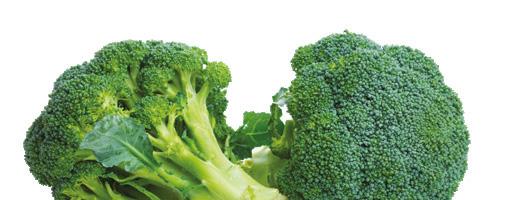

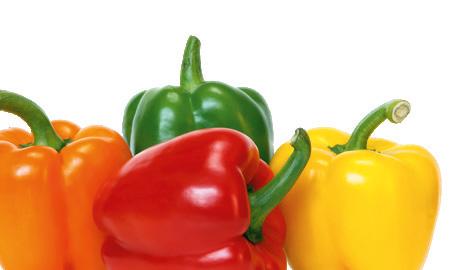


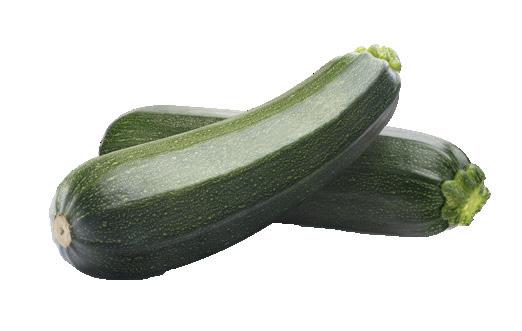
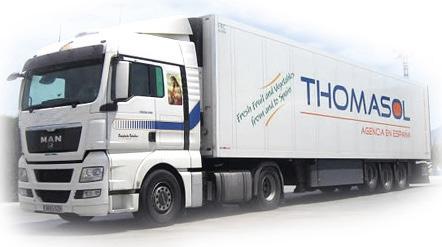


After two quite profitable Corona years, German asparagus growers were euphoric about 2022. Then, as a result of the war in Ukraine, sales dropped and this continued to affect several asparagus and strawberry crops, said Fred Eickhorst, managing director of the Vereinigung der Spargel- und Beerenanbauer e.V. Together with him and Frank Saalfeld, managing director of the Netzwerk der Spargelund Beerenverbände e.V., we spoke about the past asparagus season, and the upcoming one.
„Asparagus farms in the south have not seen the problems they encountered in 2022 so far. They were always spoiled with high prices at the start of the season, while northern growers were constantly struggling with the prices. This year, however, the reluctance to buy goods became apparent in the south as well,“ Eickhorst said. „It's true that producers were faced with significantly higher costs.“
Ultimately, according to Eickhorst, the situation could have turned out much worse.
“We got off lightly. Nationwide, asparagus growers have coped quite well. Strawberry growers, especially from the south and the center of Germany, had a very bad season. Northern German strawberry farms, for example from south Oldenburg upwards, again had a good year,” Eickhorst said.






One lesson that can be learned from this year is to improve the communication to the outside world, says Saalfeld: “The asparagus and strawberry industry must come to a uniform, global language, so to speak. Discussions about prices, which are carried from one region to the next and can ultimately lead to them being played off against each other, should be a thing of the past. This is simply no longer expedient. The regionality and nationality of the products should be in the foreground, as should the safety of the product. The ecological advantage that regional products represent should also be emphasized more strongly,” says Saalfeld.
“I agree with Mr. Saalfeld. We need to establish a uniform wording so that the regions will not shut each other out. However, we've been having these discussions on the topic of marketing for 15 years and have never really come to the same denominators. Neither have we ever really found common ground on the question of when exactly the season should start. But that doesn't have to be an issue at all. It is much more important to communicate more uniformly to the outside world,” says Eickhorst. Special feature of German white asparagus Saalfeld thinks that white asparagus is a vegetable that basically only exists in this form in Germany. “Of course, there are small quantities in the Netherlands, Switzerland and Austria as well. France
reliable sourcing of all your Spanish products. Your personal partner, locally situated in Spain, to get you to the correct suppliers.
may also have access to larger quantities, although that primarily concerns Alsace. Otherwise, white asparagus produced in other countries is mostly for export; hardly any of these goods are marketed in the source countries.”
According to Eickhorst, 10, if not 20 years ago, people already predicted that asparagus production was likely to become saturated at a certain point. “In 2017/2018 we reached that saturation point. Before that, it was all uphill for 30 years, in terms of both acreage and production volumes.”Now, however, the industry is feeling increasing pressure from abroad. “For the past five years, there has been a sideways movement in terms of acreage. What will happen in 2023 is not yet foreseeable. Whether we lose market share to foreign competitors; that is the question.” Ultimately, this would depend on many factors, such as our competitiveness with our European neighbors due to the minimum wage increase to 12.00 euros, and more.”
“In Greece, white asparagus was also planted again this year,” says Eickhorst. “There,
of course, people know full well that labor costs have increased in our country and that discount asparagus, sold for 2.50 euros, is no longer feasible for us. However, there have certainly been some shifts in other European countries. The question is how to deal with this in the future and whether, in the end, it will once again be the price that decides. We are therefore in the process of launching a new reimaging campaign for German asparagus and German soft fruit. After all, it is already 5 to 12, if not 5 past 12,” Eickhorst claims.
In Poland, white asparagus is also grown and marketed locally. However, Saalfeld says the acceptance there is relatively low. “There are indeed higher sales numbers in Poland's big cities and in the regions closer to Germany. But as a rule, one doesn’t find much competition regarding consumption outside the DACH region [Germany-Austria-Switzerland], apart from small volumes in the Netherlands and southern Denmark.”
Varietal development in asparagus
To keep harvesting costs as low as possible, he said, the industry is trying to find varieties that will keep those costs as low as possible. “Cultivation seems to be dedicated to thicker stems, so asparagus vari-
ON TH E LE FT BANK WIT H EXCELLEN T CONNE C TION S TO H IN T ERL AN D DEST INATI ON S VIA MAIN ROADS AN D SUFFICI EN T BA RGE CO NNE C TION S TO TH E IM PO RTANT EU R OPEA N PORTS.
EFP being specialized in handling fruit and perishables (mainly bananas) situated at a multi purpose water related terminal containing:
• 13600 sqm coldstore
• 8100 sqm dry warehouse for export
• Container hub & repair site of 17500 sqm and 500 reefer plugs

STRENGTH S:
• Expertise in stevedoring






• Liable in Warehouse Management


• Excellent Warehouse Management system with barcode scanning for track and trace

• FAVV approved
• Experienced and skilled employees to



•
eties like Backlim are planted densely to also produce consistent saleable spears,” Eickhorst says.
Saalfeld also sees large farms turning to varieties that can be harvested mechanically. “At the same time, they also can't be too crooked or too thick. Keeping this in mind, along with the increased minimum wages, we must shift toward those varieties that can be harvested better and more effectively. In the north, thanks to the lighter soils there, harvesters have been in use for some time.”
Furthermore, he knows that if the asparagus acreage would drop in Germany, this could be built up relatively quickly abroad. “Food retailers will do everything to make that happen. Because as the acreage abroad expands and more can be produced at a lower cost, our competition grows immensely. Therefore, we must focus our attention on the regionality and nationality of our products.”
Frank Saalfeld info@netzwerk-spargelbeeren.de Fred Eickhorst kontakt@spargelundbeerenanbauer.deFor further info do not hesitate to contact EFP directly on info@eurofruitports.com · www.eurofruitports.com
The citrus season started a little later than usual in Spain, with an emptier market due to the reduced presence of southern hemisphere fruit, but with significantly lower volumes and an abundance of small sizes. In the case of clementines, mandarins and oranges, it is worth noting that the 2022/2023 season has been marked by great price differences between the premium and standard qualities.

In September, official estimates from the Ministry of Agriculture, Fisheries and Food (MAPA) pointed to a 15.6% drop in the harvest compared to last season, and a 12.8% reduction compared to the average of the last five years (1.1 million tons less). The volume was the lowest since the 2012/13 campaign. According to the latest data available, the acreage grew by 1.7% in 2021 and reached 219,096 hectares. The extreme weather conditions recorded this year have played a decisive part in keeping the production low, mainly due to excessive rainfall during the flowering and fruit setting stages, and extremely high temperatures in later stages, as well as irrigation restrictions in some regions.
However, as the season progressed, grow-
ers and marketers have noted that the decline has been significantly greater than initially forecast. In the case of clementines, the decline in the usable production has been very high. Many companies discarded working with the Clemenrubi due to the lack of juice and small sizes. Besides mites and the "cotonet", the high temperatures recorded during most of the fall have caused a growing presence of other pests, like the Mediterranean fruit fly (Ceratitis capitata), which has affected varieties such as the Oronules and, unusually, also hit the Clemenules, the most representative variety in terms of production volume. The presence of Alternaria has caused significant losses for the Clemenvilla variety, and although second season varieties, such as the Nadorcott, Tango,
Orri or Murcott, have not suffered so much from pests, their production volumes are also much lower compared to last season. There has been a higher than expected reduction in the production of all orange varieties. In fact, a historically low Valencia harvest is expected, both in the Region of Valencia and in Andalusia.
As a result of pest damage and persistent rains during the harvest, the number of claims at destination has skyrocketed this season, resulting in great price differences between premium and standard qualities. "Prices at origin for good quality batches have skyrocketed this season. The difference between the prices of quality and second-class clementines is great this year. Sales in the export market, where the best batches are usually shipped, are going well, while in the domestic market there is a lot of pressure for standard quality fruit," says Raúl Fort, manager of Morales Júcar, a company located in the municipality of Corbera, Valencia.
In general, orange and mandarin prices are between 15 and 20% higher compared
to the previous season, according to growers and exporters. “We hadn’t closed sales transactions at such high prices for several years. Those growers who have enough kilos in their fields should be able to make a great profit," said César Claramonte, manager of the company Clasol, based in Borriana, Castellón.

The low supply of citrus fruits in Spain has coincided with a lower supply in many producing countries of the Mediterranean arc. "Egypt has a smaller orange production this year, while Morocco also has considerably less Nadorcott available. The exception is Greece, which has a normal production of Clemenules and Clemenvilla. In general, Mediterranean growers are expected to be able to keep prices at good levels this season," said César Claramonte.
The costs borne by producers are sky-high, as are those of the marketing companies, suffocated by the prices of energy and raw materials. Therefore, it will be difficult to make a profit for a large percentage of those growers who don’t have a lot of marketable fruit.
The lemon production is estimated at 918,802 tons, which is 15.4% of the total citrus production. It is the lowest figure of the last seven seasons, according to MAPA. The dry weather and heat in summer delayed the fruit’s growth, and this has resulted in an abundance of small sizes since the beginning of the season.
The transition between the southern hemisphere and the northern hemisphere productions has been carried out in an orderly fashion this year, since the fruit stocks in countries such as South Africa, Argentina, Uruguay and Chile have run out much earlier than last season. "This

has helped a lot," said Enrique Fuentes, commercial director of Hijos de Alberto del Cerro, a Murcian company based in El Raal. "The demand has been especially high due to an overall drop in consumption due to the effects of inflation on the economy, although prices are holding up better than usual because the supply is more limited," he said.
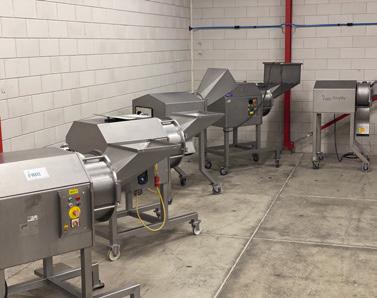
The Spanish supply therefore enjoys a dominant position in the European markets, where there has also been a lower supply from Turkey in the first part of the season, although this is recovering in January with the January harvest.
Murcia tops the ranking of lemon exporters, with shipments worth 456 million Euro; a figure that triples that of Alicante, the second most important Spanish province in terms of volume when it comes to sales abroad. Lemon, in fact, is the most cultivated species in the Region and accounts for 70.9% of Murcia’s citrus production.
The Spanish grapefruit campaign started in mid-October, later than usual and with a lower production, which is translating
into higher and more stable prices compared to last season.
According to MAPA data, the grapefruit production could reach 75,394 tons, which is 13.7% less than last season and the lowest volume in the last three seasons, following two consecutive production records in the previous campaigns; however, exporters say that the production could have fallrn by around 25%. In spite of this, sales are not very lively.
According to MAPA data, the citrus fruits with the most growth in the acreage this year are lemon and grapefruit, with more than 10%, mainly in Andalusia and the Region of Murcia. "The reason why the acreage devoted to grapefruit is growing so much is because, at the moment, it is the most profitable citrus fruit of all. However, it is growing too fast, and the prospect is that, by 2025, Spain’s grapefruit production will have increased by 85%. We are talking about a niche product which has had very stable consumption levels for some years now," says Miguel Barber, manager of Pomelos MBC, which is specialized in the year-round production and marketing of grapefruit, with a volume of over 16 million kilos.


In the past year, there have been a lot of fluctuations in the vertical farming industry. Coming from the year before, a lot of new crops made their way onto retail, such as berries and cherry tomatoes. Yet, the number of vertical farmers that do supply in large numbers is still very low. That is due to the fact that numerous vertical farms don’t have the capacity yet to supply retail with large product badges.

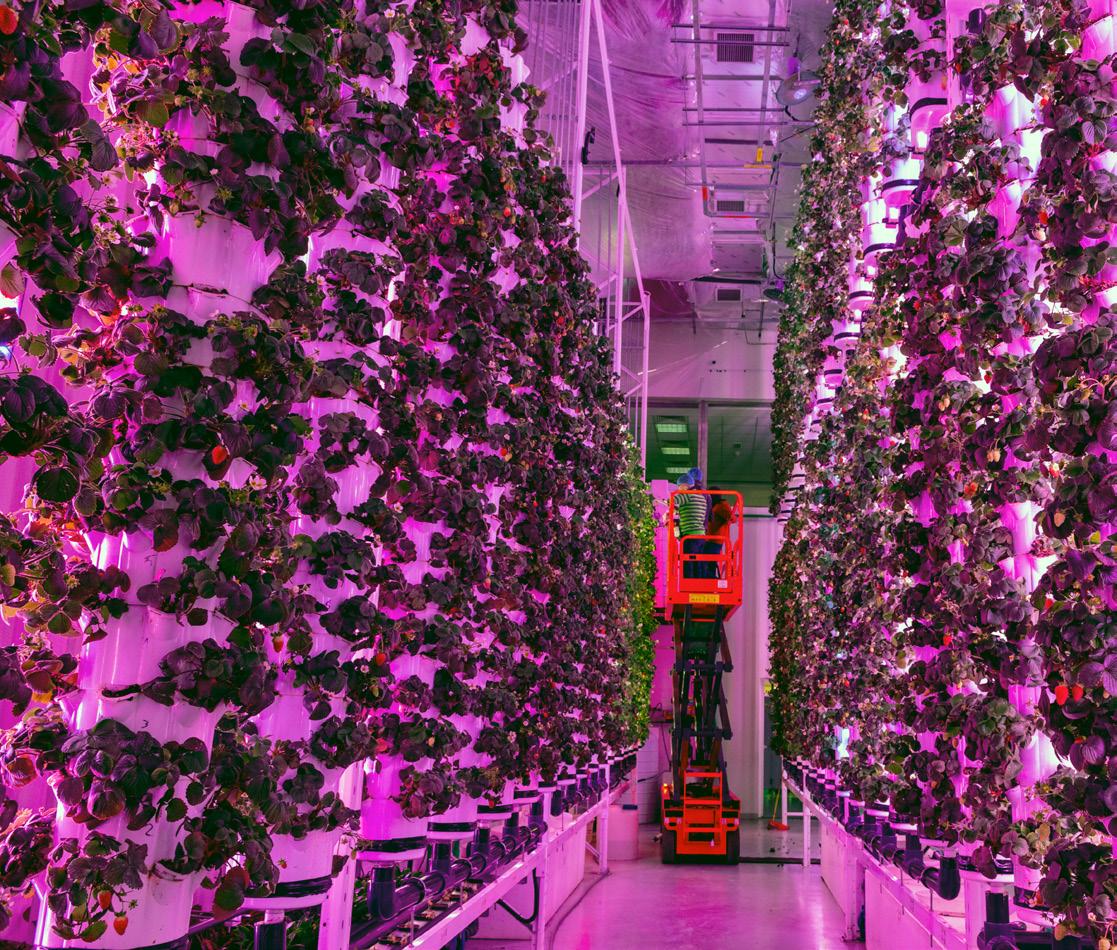

However, only the larger-sized farms are able to keep up with that stable supply. Yet, that’s always paired with a capital-intensive investment…There have been quite some large sums of investments this year in vertical farming companies which are counting a total of +1 billion dollars. Of most were North American companies, whereas a few companies are based in either Europe, Asia, or Oceania.
Energy has been a big topic in the industry this past year, due to the war with Ukraine and Russia, prices have gone up massively, especially in the EU. Some vertical farms were bound to shut down entirely, cut a large chunk of their production or let their workforce go. This definitely put the
industry in a very hard position, however, the US market kept on thriving with funding and newly announced farms.
A positive outcome of these weary energy costs is that they pushed suppliers and farmers to become much more innovative when it comes to efficiency. What can be cut in the farm: is it labor, LED use, or the seeds? If something was seen as money-consuming, a solution was quickly devised. Therefore this unfortunate event has been pushing some to their limits which resulted in some very prosperous outcomes. Though energy prices are yet back to ‘normal’ it is expected that next year’s prices will be more doable than earlier this year.
Depending on the geographies, it can be noted that Southeast Asian countries are investing more capital into the automation of their entire farm. Meaning that there is an abundance of money available for farms to scale up, and immediately gain the advantage of low-labor facilities which in the long run will help them to become utterly efficient. Don’t just think of seeding, transplanting, packing, and cutting, but in general, the efficiency has been improved by adding robots to the facility that can check-up, pack and move plants. This allows for a very low % of humans entering the farm, thus also avoiding any human error in the process.
The most visible trend is very relatable to automation as it’s the Internet of Things (IoT), which helps farmers to monitor what crops actually need. IoT technology balances the need for intensive labor, required for crop monitoring in traditional farming which is costly.
An IoT device can be one or more sensors that are constantly gathering data from various data points in order to provide as much information as possible to the grower. As monitoring can be as extensive preferred many elements can be controlled, such as temperature, humidity, leaf color, soil moisture, nutrient intake, and more. These ‘small’ additions can improve growers to better schedule their harvest, plan their supply, prevent yield loss and enhance the product overall.
Let’s see what 2023 brings…


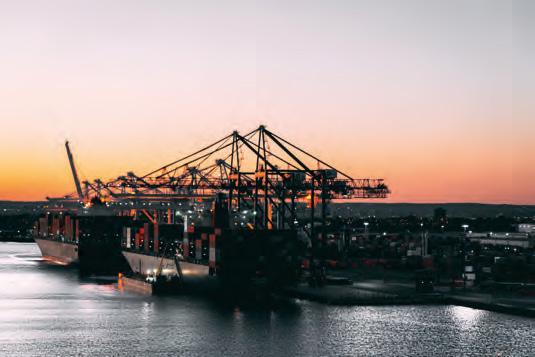
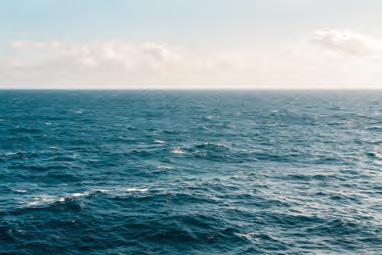










































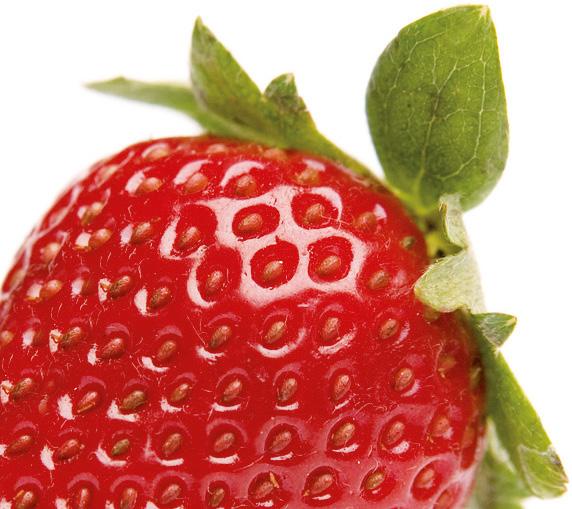
Persistent heat and drought, inflation-related purchasing restraint at the POS, and the energy crisis in protected cultivation: For German fruit growers, 2022 will be remembered as quite an eventful year. In an interview, Frutania boss Markus Schneider looks back on the past stone and soft fruit campaign, while also looking at the future prospects in the soft fruit sector.
„Wecan look back on a strong season here in the region, as we didn't have the frosts that occurred in the south, for example. We had a good supply of goods throughout, from the start of the season in week 33 and - not least – the quality was very good due to the dry weather. As far as sweet cherries go, we are in direct competition with attractively priced goods from Turkey and the German cherry sector has again suffered much from these price pressures this year. We have to continuously ensure that we get top quality goods, so that German produce stands out at the POS.“
Accordingly, Schneider sees further marketing potential, particularly in the second half of the season. This is certainly true around late August, when the Turkish season is drawing to a close. “In this
later marketing period in particular, we need high-quality cherries so that we can achieve better prices. But here again we have to note that too little has been invested in new late varieties in recent years. Our task as marketers is to break even in terms of price, so that the grower is actually in a position to invest. However, this has become even more difficult in view of the cost increases. To make matters worse, both soft fruit and stone fruit cultivation comes with quite high labor costs when compared to other crops.”
In the plum sector, Frutania Ltd can look back on a pleasing season. “We have had a lot of success with quality produce, especially with the late Aroma plums from protected cultivation. We are also observing a steady interest on the producer side in covered plum cultivation, which makes

us particularly happy.” In addition to the well-established plum, the company also markets Mirabelle plums, which was originally a French plum. “The volumes we market are significantly smaller compared to regular plums and the season is considerably shorter, but the Mirabelle has nevertheless established itself as an important part of our portfolio. The total tonnage we will market is not to be underestimated.”
About two-thirds of Frutania’s total sales are accounted for by soft fruits. “We had a very hot summer this year, which resulted in a precarious water situation. The first half of the strawberry season was characterized by unprecedented buying restraint. The start of the season was very slow overall, although yields were actually good. Particularly in the cost-intensive tunnel cultivation, this meant that revenues were not sufficient to be able to produce economically. From June onwards, consumer behavior somewhat normalized again, and marketing proceeded along normal lines.”

Markus Schneider from Frutania Ltd on the past stone and soft fruit season:
“The blackberry as such is still being underestimated, in my opinion”
Overall, strawberry yields were average. Schneider: “While we had to contend with surpluses in the first half of the season, in contrast, there was a slight undersupply in the later part. Nevertheless, we managed to meet the demands of the food retail programs. In the end, we were able to conclude the season very successfully as far as the greenhouse rack crops were concerned. For this reason, we will continue to expand this segment in the coming years. This is accompanied by high investment costs, but these can be offset within a few years in view of the lower labor costs associated with rack cultivation and the quality goods it produces.”
Regarding raspberries, Schneider looks back on a satisfactory year. “We were initially concerned that we would not be able to pass on the cost increases, but overall, we have succeeded quite well. This was partly due to sophisticated, demand-driven cultivation planning and packaging innovations, such as the 200-gram punnets that replaced the 125-gram packaging. Our two exclusive raspberry varieties continue to be well received by consumers.”
During the winter season, Frutania has access to production units in Spain, Morocco, Portugal and Latin America. “We have field offices in Spain and Chile that manage the cultivation for us, as well as the procurement on site.” This means that a significant part of the berry portfolio will be available all year round. “In the case of blueberries, for example, as the domestic season ends, we turn to South Africa. Then we continue with goods from Peru, Chile, Morocco and Spain. Regarding strawberries, we are focusing primarily on the premium varieties in Spain, such as Calinda, so that we can continue to sell quality fruit. Of course, what's hitting us particularly hard this year is the energy crisis. It means we will be relying less on greenhouse strawberries from the Netherlands.”

In addition to the top-selling strawberries, blueberries and raspberries, the company is also dedicated to selling smaller berry crops, such as blackberries and currants. “The latter differs from the rest of the range in that it can be stored for late
marketing, into December, thanks to CA storage technology. In the early range, there has been some oversupply, with disappointing prices. For the second half of the season, we are faced with the annual task of storing quality goods, in line with demand. All in all, we can look back on an average campaign.”

According to Schneider, the blackberry market can best be described as 'very volatile'. “Personally, I believe that blackberries have much more potential, but this has not yet been fully exploited. The fruit as such is still being underestimated, in my opinion. We are well on the way to producing blackberries only through protected cultivation, just like raspberries. However, in terms of variety selection as well as product packaging, we need a holistic marketing concept to be able to offer this fruit more attractively.”
Rounding out the berry assortment is the gooseberry, which was traded between weeks 23 and 29 this year, Schneider continues. “We deal exclusively with the cultivation of red gooseberries. This meant we were able to rapidly expand our position within German food retail in recent years. The green gooseberry that once existed was relatively sour, which is why the fruit has fallen by the wayside. The Frutania Group went for the red gooseberry a few years ago, after consulting with our producers. Now we can draw on market-relevant volumes from regional producers. On the other hand, as far as the so-called exotics – like kiwi berries or pineapple strawberries- are concerned, we are cautious, as the demand on the part of the consumer is rather low.”
schneider@frutania.de
A wide range of fresh fruits & vegetables from African partner countries will be presented by the Import Promotion Desk (IPD) at the Fruit Logistica 2023. The small and medium-sized companies come from Egypt, Côte d’Ivoire, Ghana, Kenya and Morocco. Their offerings include coconuts from Côte d’Ivoire, sweet potatoes from Egypt, mangoes from Ghana, fresh herbs from Kenya and goji berries from Morocco.



All companies presented at the booth were visited and carefully evaluated by IPD experts in advance. Essential sourcing criteria are, for example, that the companies meet the quality requirements of European buyers and have the supply volumes necessary for trade. In addition, the IPD pays attention to short and thus transparent supply chains without intermediaries during the selection process.

As an initiative to promote imports, the IPD is supported by the German Federal Ministry for Economic Cooperation and Development. However, the IPD’s free and neutral services are open not only to

German importers, but to all European importers. In addition to African countries, IPD companies from Ecuador, Colombia, Peru and Ukraine will also be represented at the stand.

Supply with high demand
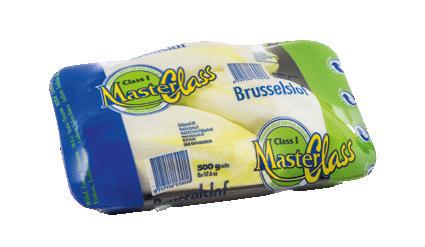

Mangoes and avocados are in high demand on the European market. At the IPD booth, buyers will find suppliers from South America - from Colombia and Peruas well as African mango producers. Companies from Egypt and Ghana specialize
in the cultivation of the Keit and Kent varieties and will be presenting their mango range at Fruit Logistica. The IPD also offers various sourcing options for avocados with South American and African countries of origin. IPD is accompanying avocado producers from Kenya as well as Colombia and Peru to Fruit Logistica. In addition to mangoes, the range from Ghana also includes coconuts, pineapples and yams. Egyptian producers offer grapes, citrus fruits and strawberries, as well as a wide range of vegetables, such as the popular sweet potatoes, garlic, sugar snap peas, green beans, onions and spring onions. Fresh herbs are in particular demand. Companies from Kenya and Morocco will present their range of fresh herbs in Berlin -including basil, thyme, sage, rosemary, mint and lemongrass. Other specialties include purple passion fruit from Kenya and goji berries from Morocco.
IPD at Fruit Logistica: Hall 25 C03

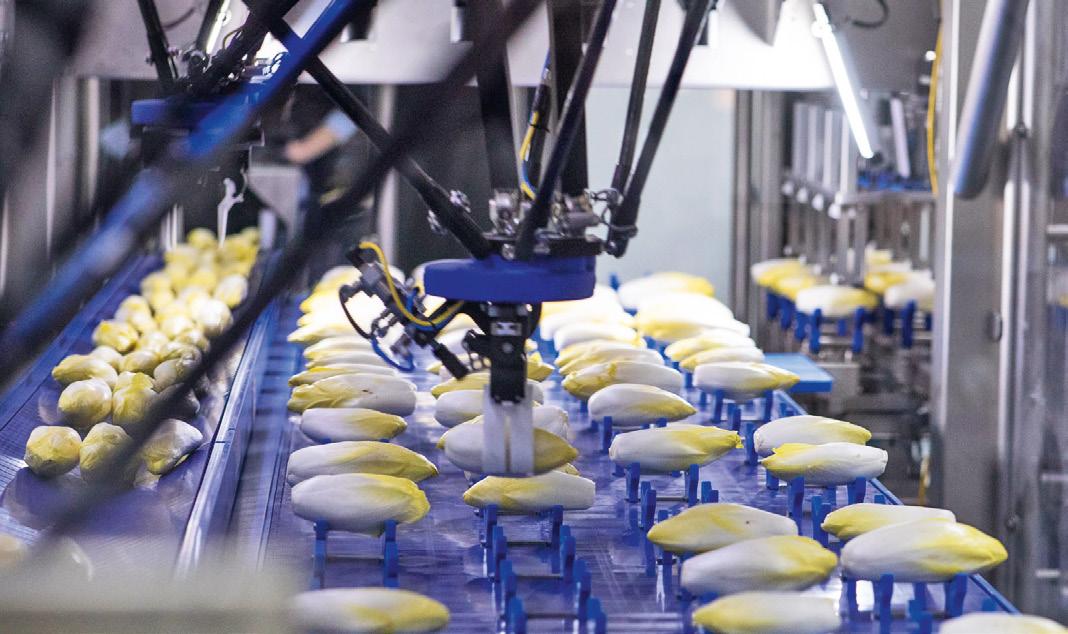




www.importpromotiondesk.de/en

The new R&M building has been open since June on Peterselieweg in the Dutch Fresh Port Rotterdam (Ridderkerk). R&M, Looije Packing and IQ Packing have joined forces to support national and international suppliers of fruit and vegetables.

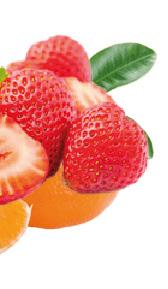
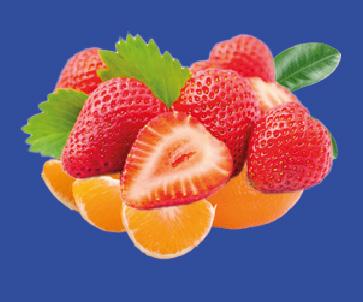


In the coldstores there is room for 10.000 pallet positions, so the building is perfect for processing all kind of orders, from large to small. R&M is responsible for in- and outbound, stock management, cooling, customs, quality control and transshipment. Looije Packing and IQ Packing sorting the fruit and vegetables according to the quality policies and package them according to the customer's wishes, ranging from a large scale of repacking to packaging options. Looije Packing is specialized in vegetables and hard fruit and IQ Packing in soft fruit. With three companies under one roof, we can act quickly and we can often process the orders on the same day, depending on the size.
By working closely with each other, we as companies know how to make optimal use of each other and what we are good at, namely the storage and packaging of fruit and vegetables. The strength of our collaboration is to operate as one team, to quickly coming up with a solution for the customer’s demands

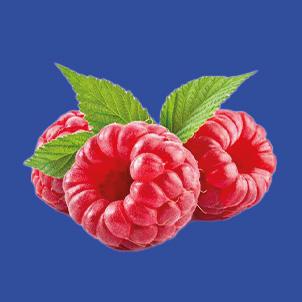


Large storage capacity

(Re)packing vegetables and hard / soft fruit
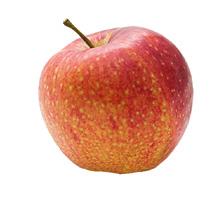
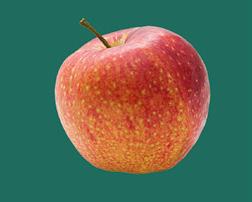


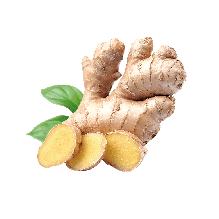







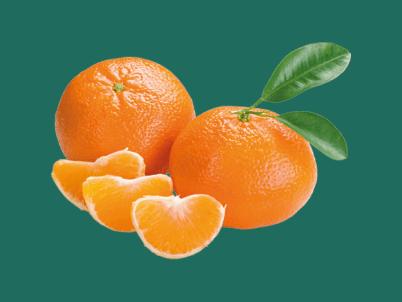


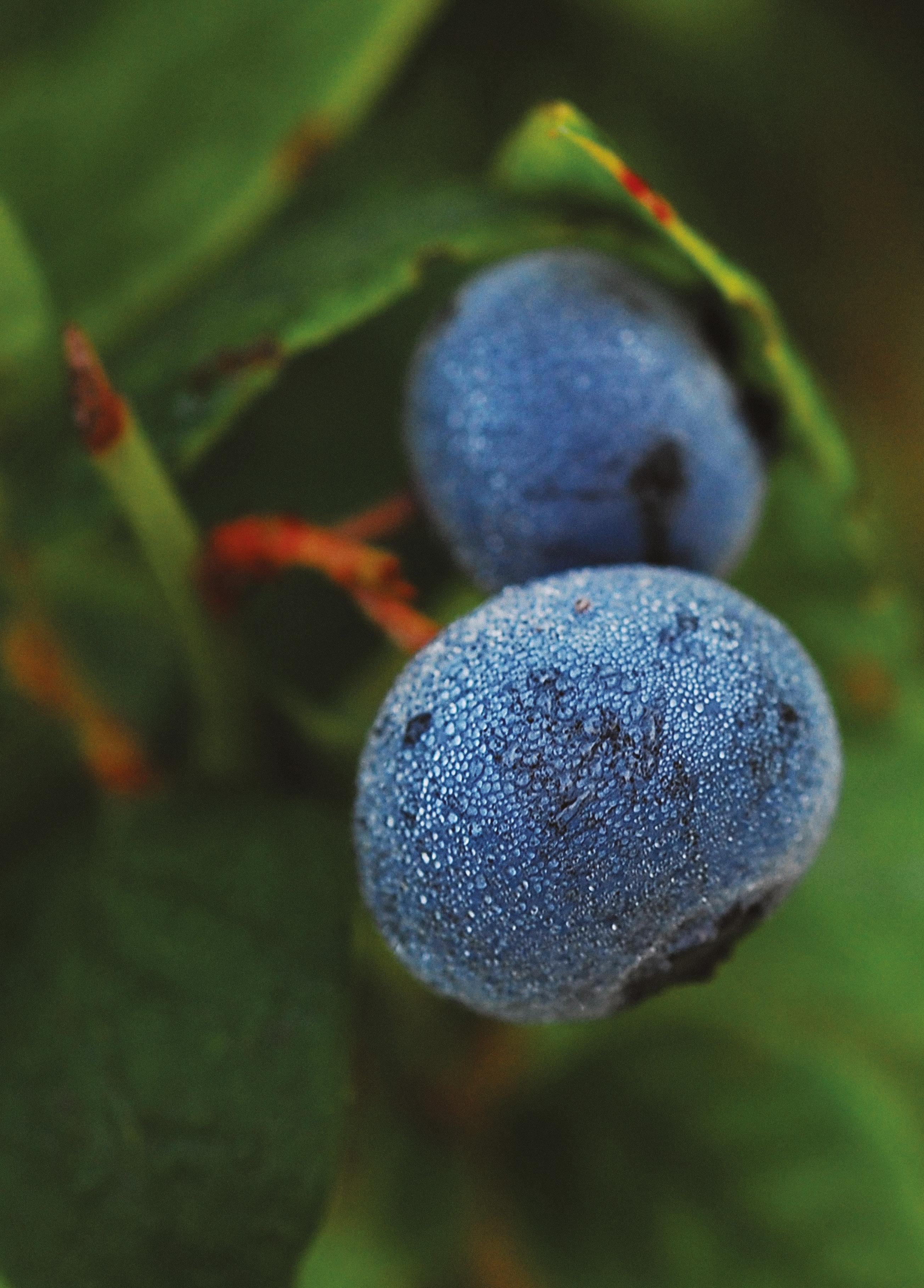
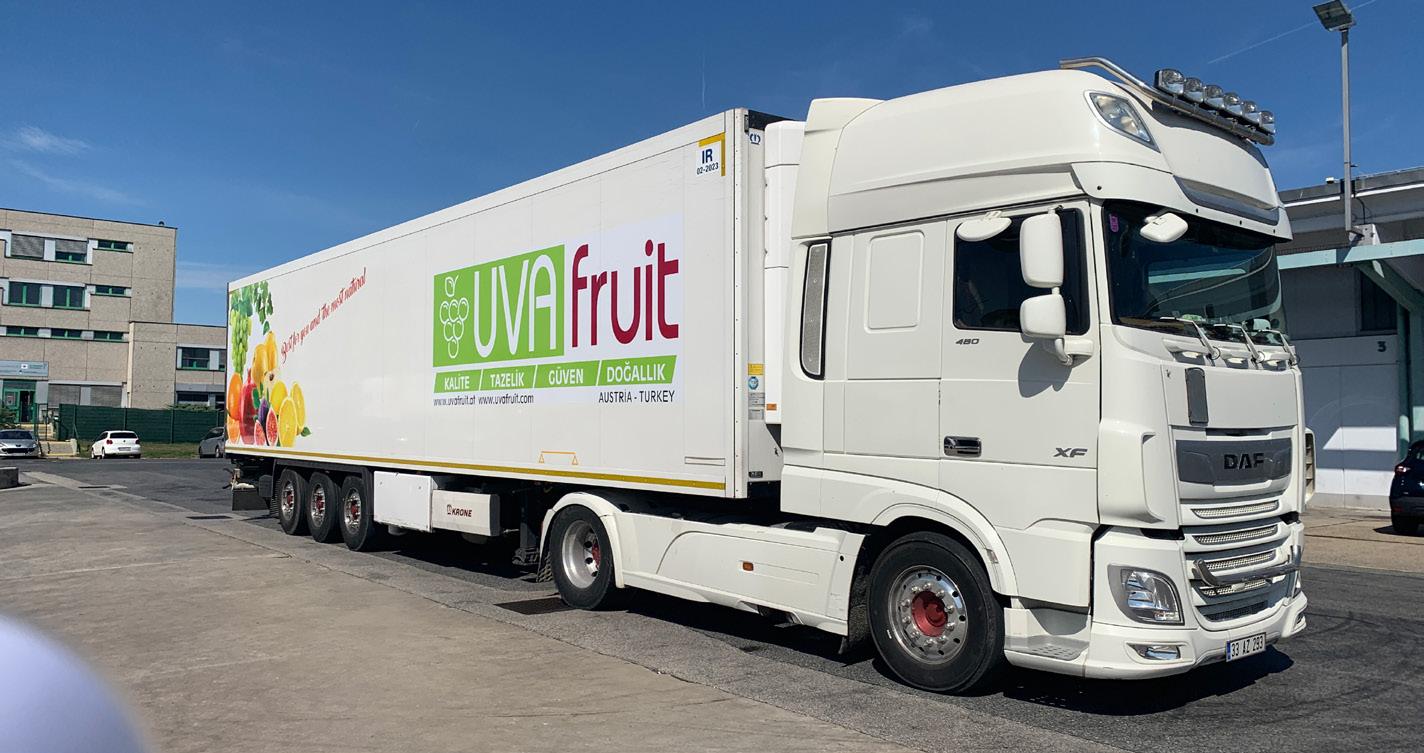
Overall, the Turkish export industry can look back on an eventful year: hyperinflation and the associated lira exchange rates had an extremely negative impact on fruit exports. At the same time, it had to contend with high production and logistics costs as well as inflation-induced purchasing restraint in many European sales markets. Nevertheless, certain articles continued to flourish even in the extreme year of 2022, as Ziya Sizgin, direct importer and managing director of UVAfruit at the Vienna wholesale market, tells us in an interview.
At the moment, the Viennese trading company is dealing with the import of organic pomegranates from Turkey, among other things. „For the third year in a row, our organic pomegranates are listed in Austrian food retail. Except for a few difficulties caused by the initial import in Bulgaria, we are extremely satisfied with volume availability so far, as well as the quality of the goods,“ says Sizgin, who has personally visited Turkey several times to
inquire about organic cultivation there.
„It is clear that organic pomegranates are becoming increasingly established in the trade, not least because Turkish organic cultivation is rapidly becoming more professional. It's a sign that investments are bearing fruit.“
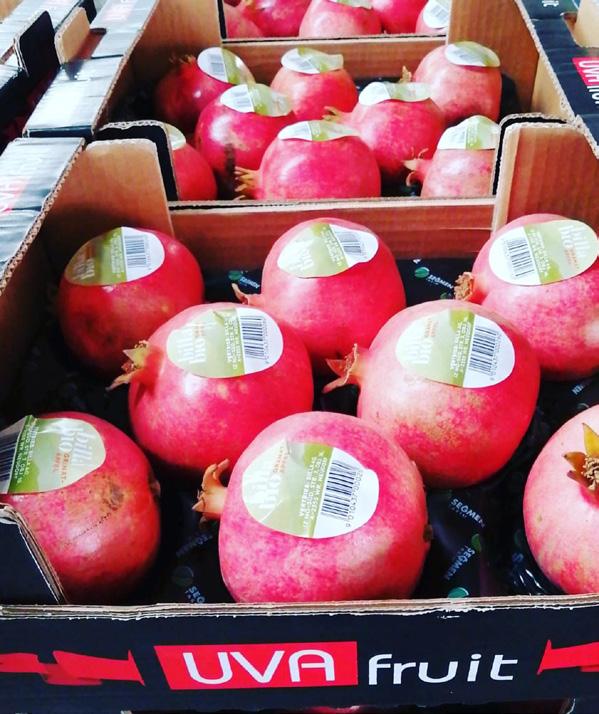
Similar to the conventional sector, UVAfruit offers the established Hicaz variety. Sizgin: “We continue to import conven-

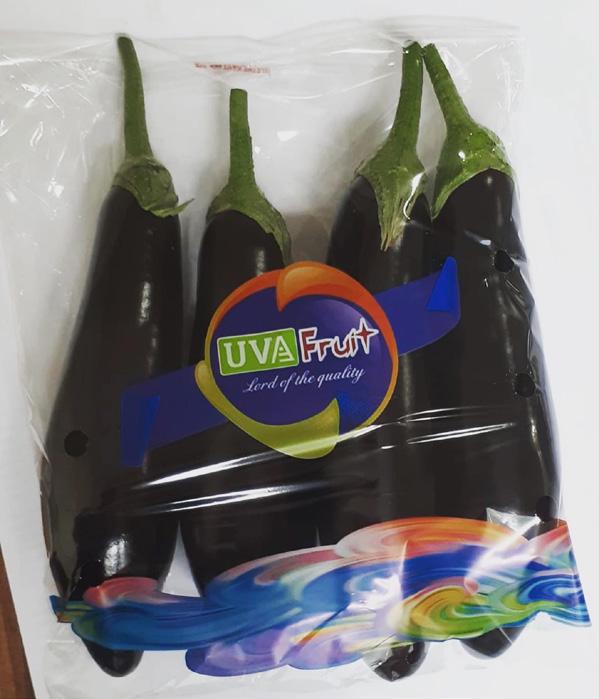

tional produce both for stand sales at the Vienna wholesale market and for our international customers. Both campaigns run in parallel, roughly from late October into February. Traditionally, demand for pomegranates is even higher than usual around Christmas, which in turn is pushed even more via planned food retail promotions.” In wholesale, he said, Turkish conventional pomegranates are in direct competition with Egyptian and Italian goods. “The latter source is not as big a presence at the local wholesale market, and Spain is more of a fringe player as well. Egyptian goods can be found from time to time, but Turkey is now leading the way. Turkey also scores better in terms of value for money.”
The start of the season for pomegranates was marked by strong inflation. “The sharp increase in prices has led to a corresponding increase in revenues. But that's deceptive, since profit margins aren't necessarily higher given the rapid cost increases. We have to take all this into account somehow and pass some costs on to our customers,” Sizgin outlines. On the sales side, the adversity has also led to a noticeable reluctance to buy, which in turn is highly product-dependent, he says. “At the start of the season, demand for organic pomegranates was somewhat restrained, but that quickly recovered. So we are quite satisfied with current sales. The situation was also complicated by hyperinflation and unfavorable exchange rates in Turkey, but these have stabilized in recent months as well.”
“It is clear that the organic pomegranates are becoming increasingly established in the trade”
In addition to organic pomegranates, UVAfruit has also been able to supply domestic food retailers with conventional satsumas from Turkey this year. “The satsuma campaign is relatively short, only lasting from November to mid-December. We waited this year until the Spanish campaign was over because we were not competitive price-wise. However, in hindsight, we realize that we could have started 3 to 4 weeks earlier. Accordingly, we are aiming to start the season earlier next year,” Sizgin reveals.
Overall, he can look back on a good satsuma campaign, Sizgin said. “We traditionally start with goods from Izmir, then from mid-November we will add produce from the Mersin growing areas. After the retail programs are completed in mid-December, the goods will then continue to be traded at the wholesale market.”
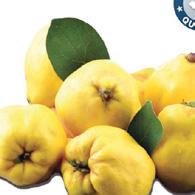

The tried-and-tested Sultana grapes of Turkish origin are now highly valued by Austrian wholesalers as well. “This year, we traded Sultana grapes from late September to late November. Nowadays, it is still possible to offer stocks in December, but experience has shown that usually, the quality of the goods will have declined somewhat. In retrospect, this year's grape sales have been quite pleasing.” The basic range of Turkish fruits is rounded off by
figs. “In late July-early August, we start with the first early harvest varieties from Aydin, which are also listed with retailers. After that, we continue with the established black figs from the Bursa region, which are becoming more and more important.”


Aside from grapes, satsumas, figs and the like, more and more Turkish growers are venturing into the cultivation of exotic fruits, Sizgin observes. “Many exotic fruits, such as pomelos, mangoes and even bananas, have so far only been traded on the domestic market, but I suspect this will change in the coming years. Dragon fruit, for example, is already being exported in modest quantities in September-October. Although this marketing window is relatively short, Turkey is establishing itself as an interesting and attractively priced alternative for air-freighted goods from Asia. We also offer both red and white dragon fruit in stand sales during the season and I expect export volumes to increase in the coming years.”
UVAfruit operates as an independent trading agency, drawing directly on the in-house cultivation of the parent company of the same name in Antalya. “We take care of direct imports, the associated import processing and customs clearance of


the goods on behalf of retailers and wholesale customers in Austria, France, Germany and the Benelux countries. This two-pronged business model has proven its worth over the past years and so we are striving to further expand both our cooperation with food retailers and our wholesale business. We are helped in this by our
central location and the optimal infrastructure of the city of Vienna and the Frischezentrum,” Sizgin concludes.
office@uvafruit.at
Uvafruit Austria:


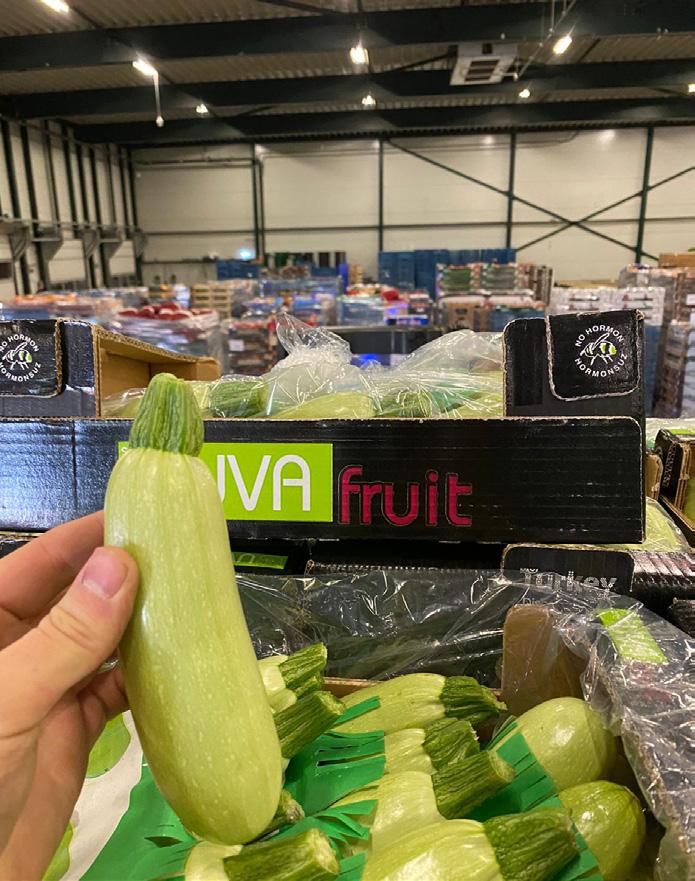
Uvafruit Handels GmbH
Laxenburger Straße 365, C 12, 139-140 | 1230 Wien
Ziya Sizgin: +43 676 901 77 55
Uvafruit Tűrkiye:
Uvafruit Gida Tarim Sebze
Meyve Otomotiv Insaat
Pinarli Mahallesi 24082
Sokak No:8 | Aksu / Antalya
Aziz Güner: +43 676 901 88 99
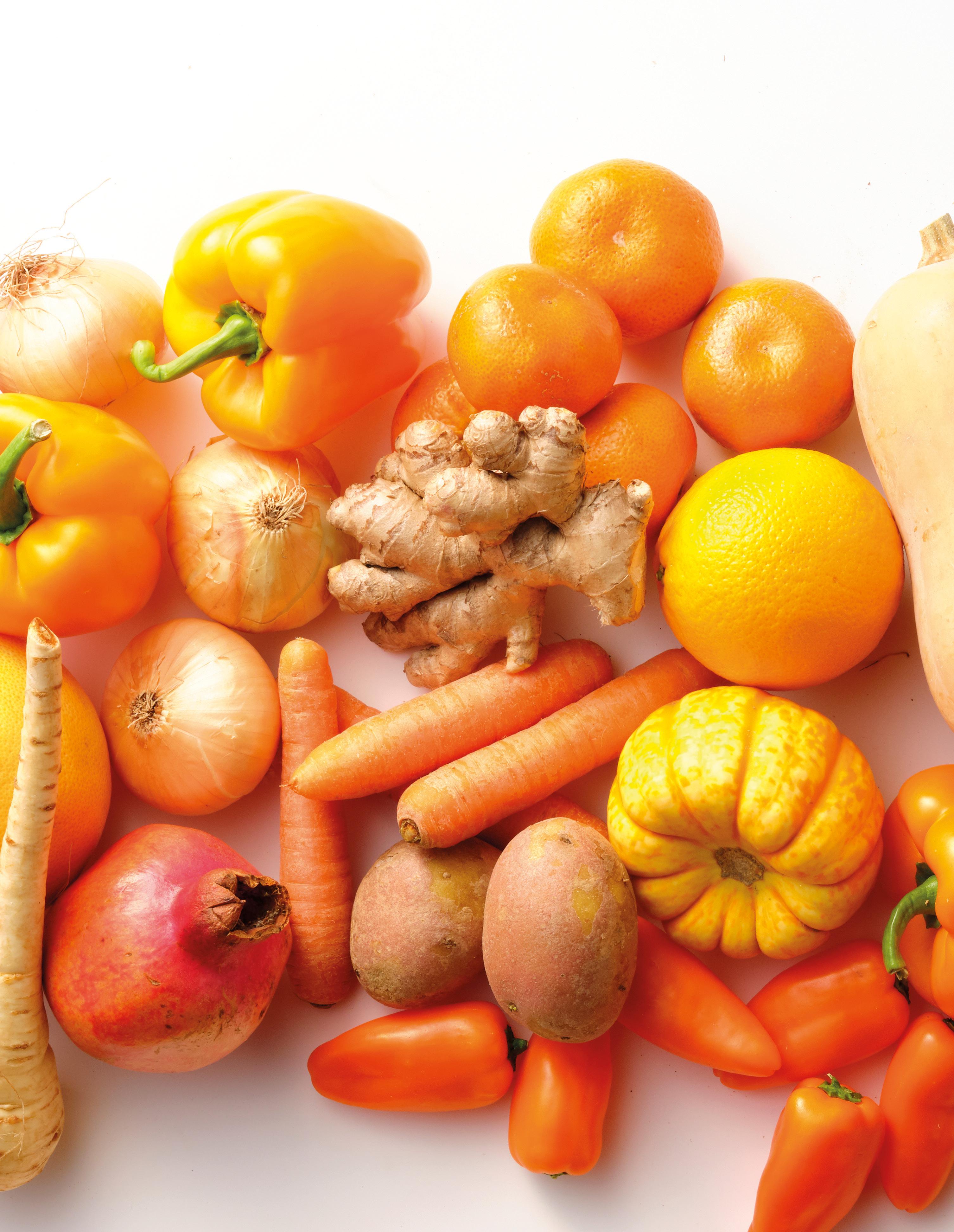










After two years of the pandemic, marked by lockdowns and protective measures, the FreshPlaza.de team was able to visit some wholesale markets again last year. Due to the aftermath of the pandemic, the war in Ukraine and the resulting impact on supply chains, soaring commodity prices (electricity, energy, material procurement) as well as consumer behavior, 2022 will be remembered primarily as a transition year. Through interviews with wholesale market traders, we will look back on the past year.
JANUARY
At the end of 2025, the wholesale market in Cologne is scheduled to close. “This fact hangs over us like a sword of Damocles,” says Norbert Heep, a wholesaler who is based there. “A metropolis like Cologne needs a wholesale market for free trade. We serve a clientele that large corporations cannot cover. Our customers are to be found within a radius of up to 100 km around the city of Cologne. Therefore, a site in Frechen or Marsdorf would be desirable as an alternative. Of course, we are making our money from the wholesale market and from contact with wholesalers and retailers, who, in addition to the large standard range, are able to buy many products from us that cannot be found elsewhere.”

JANUARY

Among other goods, the continuing tight freight situation has certainly affected berry imports, says Hans Widmann of the Munich-based import company of the same name. “Increasingly, cost increases
in the source countries, as well as transport costs, are a problem. Freight rates alone are 50 percent higher than last year. Furthermore, both the cost of packing materials and labor have risen significantly. We cannot pass on these increases to
the producers in the countries of origin alone. We depend on our customers to share these costs, at least in part, in order to maintain a sustainably healthy producer structure.”
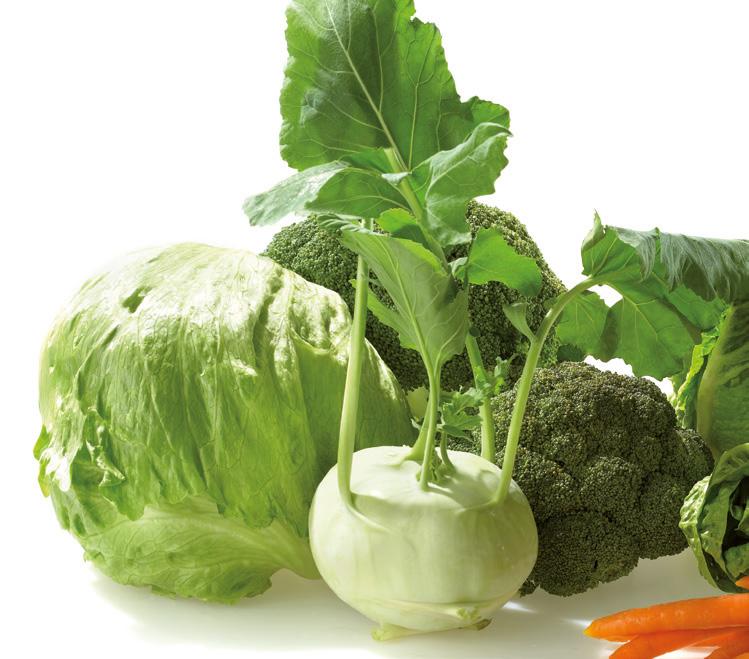

According to Rolf Oertel, after the strong sales year that was 2020 for the Leipzig wholesale market, the situation normalized in 2021. “This was also related to the fact that the cost structure of a small

specialty vegetable store is not comparable with the calculations of a discounter or a large chain.” Even if there were fewer opportunities than before Covid, however, the situation is better than in the same months of 2021, he said. “We are already


The first quarter of the new year was still marked by continued Corona regulations in the restaurant industry. “January and February tend to be the weaker months in terms of sales. Normally, we could have compensated for this marketing gap with increased sales between October and December. But due to the extreme circumstances, this Christmas buffer was missing,” Baris Karaman, gastronomy wholesaler at the Karlsruhe wholesale market, explained.
noticing a leap forward. Sales are slightly better than in 2021, at least in the food service area,” Oertel explained.

Logistics costs also rose rapidly at the Mannheim wholesale market this spring. “Costs have risen by as much as 300 percent here and there. There are logistics companies that have increased their prices three- or fourfold,” said the wholesale market representative of the Suntat group of companies. Many packaging and other products that used to be sourced from China are no longer accepted by the customer. “However, this has more of a political background than an economic one. It meant we had to reorient ourselves accordingly.”
High temperatures and drought characterized the summer of 2022, leading to supply shortages on the one hand, but also to increased demand for certain fruits, such as (water) melons. “Regarding Italian











Price increases caused by high production costs - i.e. fertilizers, machine parts, crop protection, etc. - were difficult to pass on to consumers, says Ralf Albers, wholesaler at the Hamburg wholesale market. “Consumers will not honor the higher prices. What we should actually achieve, just for the producers, we cannot ask for this year. I hope that not too many producers will fall by the wayside or give up cultivating altogether.”

herbs and lettuces in particular, we have to prepare for deficits due to water shortages. Meanwhile, the supply of watermelons is barely sufficient to meet the continuously high demand. In some cases, prices are twice as high as in other years,

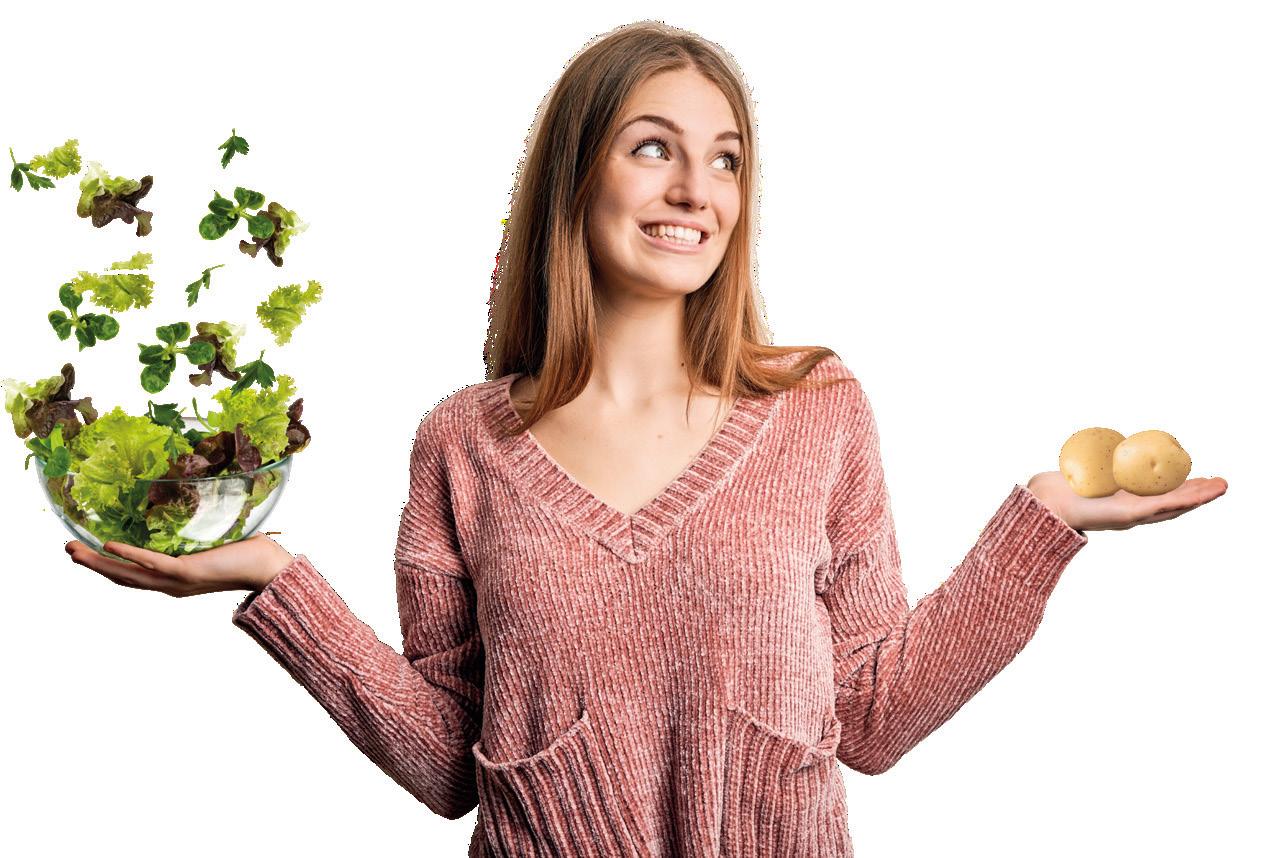



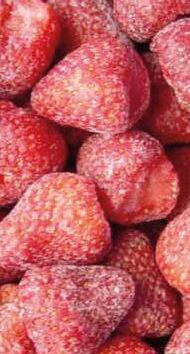


although products from Spain and Italy usually are a little cheaper,” said Volkan Günes of Freiburg-based wholesale market company Sun Früchte.
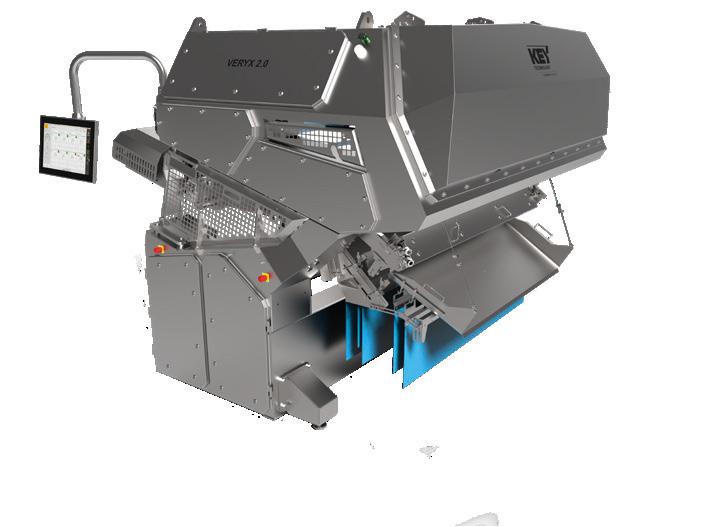


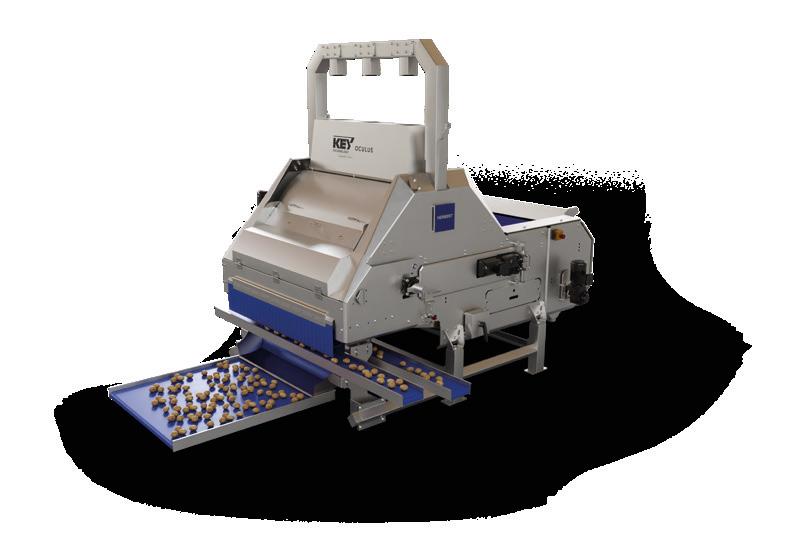

“Despite Covid, there are not too many losses,” Lars Jansen, division manager of Bremen Wholesale Market, informed us. “The pandemic has clearly shown us how important a local wholesale market is for the urban food supply. We are still fully utilizing the entire sales area and interested parties are permanently available. All in all, we believe we are very well equipped for the future.”



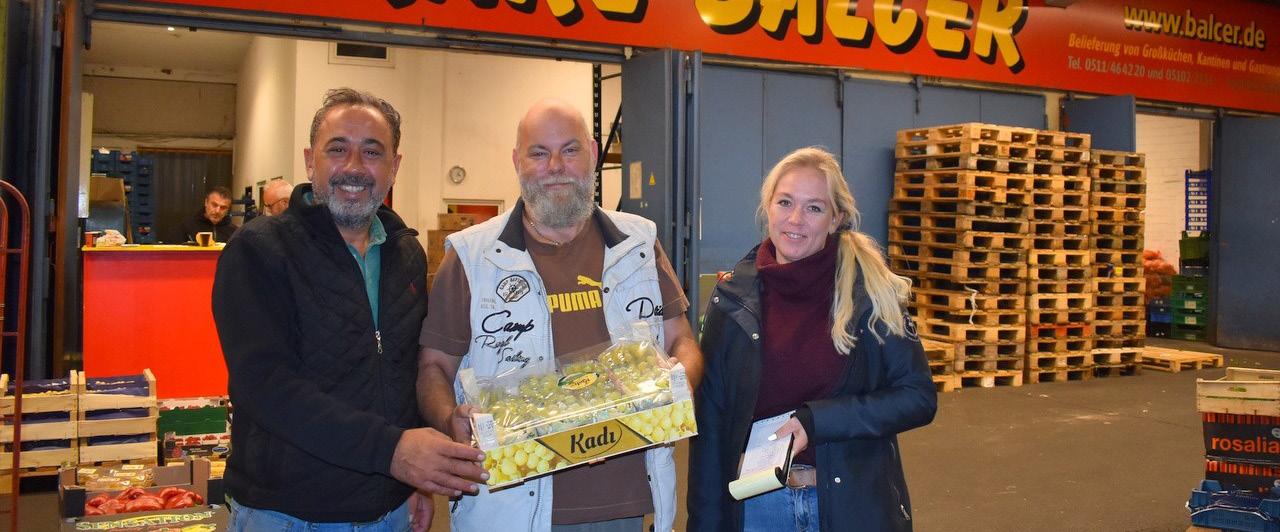


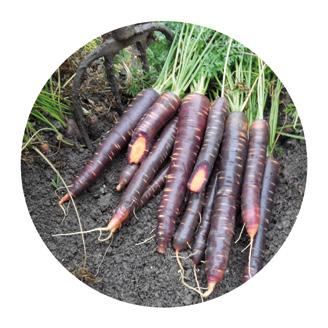
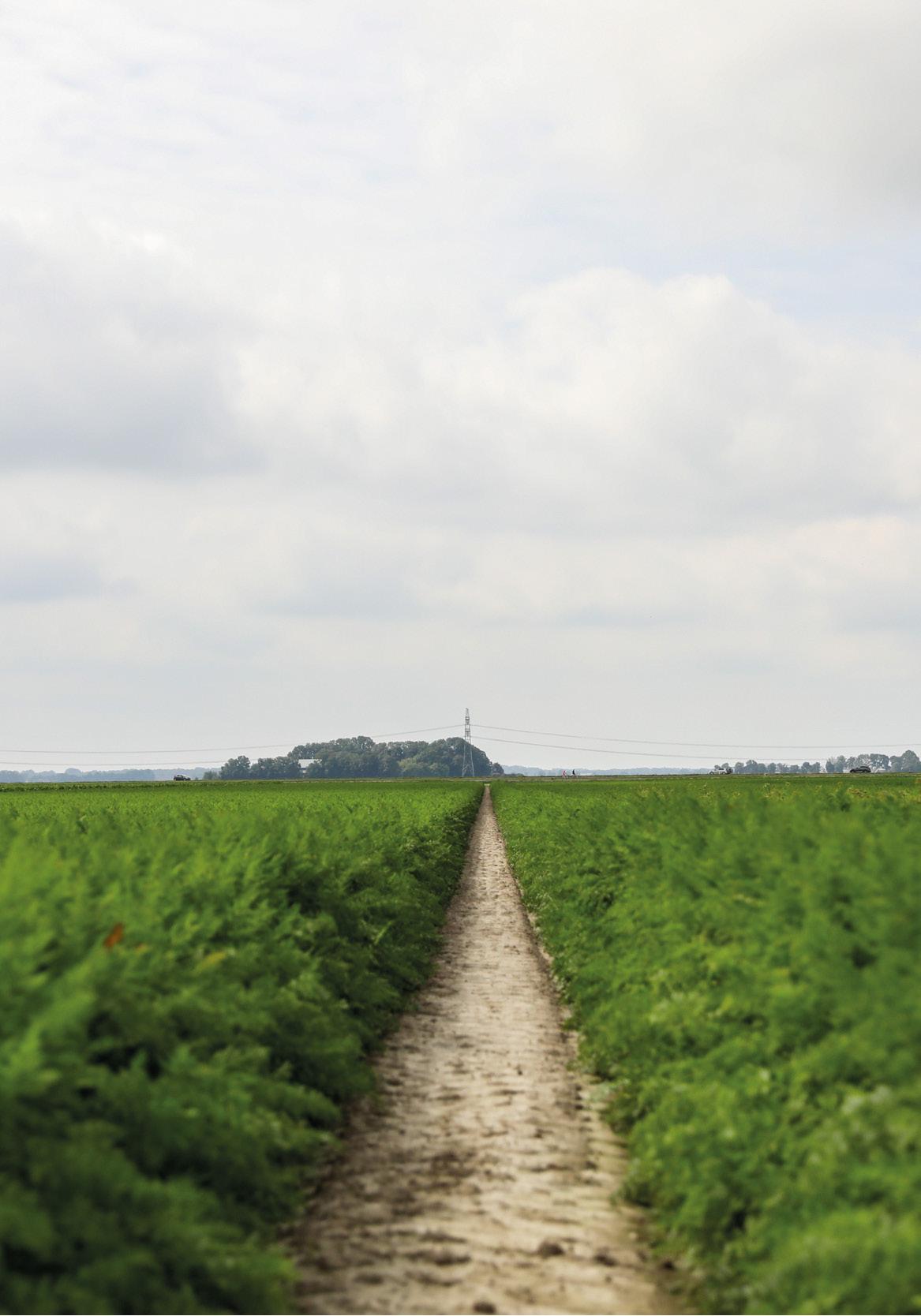
In the fall, the inflation rate slowly but surely approached its peak, and this was evident during our wholesale market visit to Frischezentrum Hannover as well. “We will eventually feel the consequences of the inflation. However, we hope that the purchase of goods will be maintained to some extent. We know from experience that the wholesale market business is particularly steady, because food will always be bought,” said Matthias Reichelt, managing director of the Karl Balcer company.

At the Nuremberg wholesale market, the reluctance to purchase goods was reflected in the mood, Jens Schadowske of Filbig GbR told us. “The general market mood is not the best due to all the challenges. It is true that the storage capacity of individual companies is increasing. But that’s because vacant space from companies that have had to go
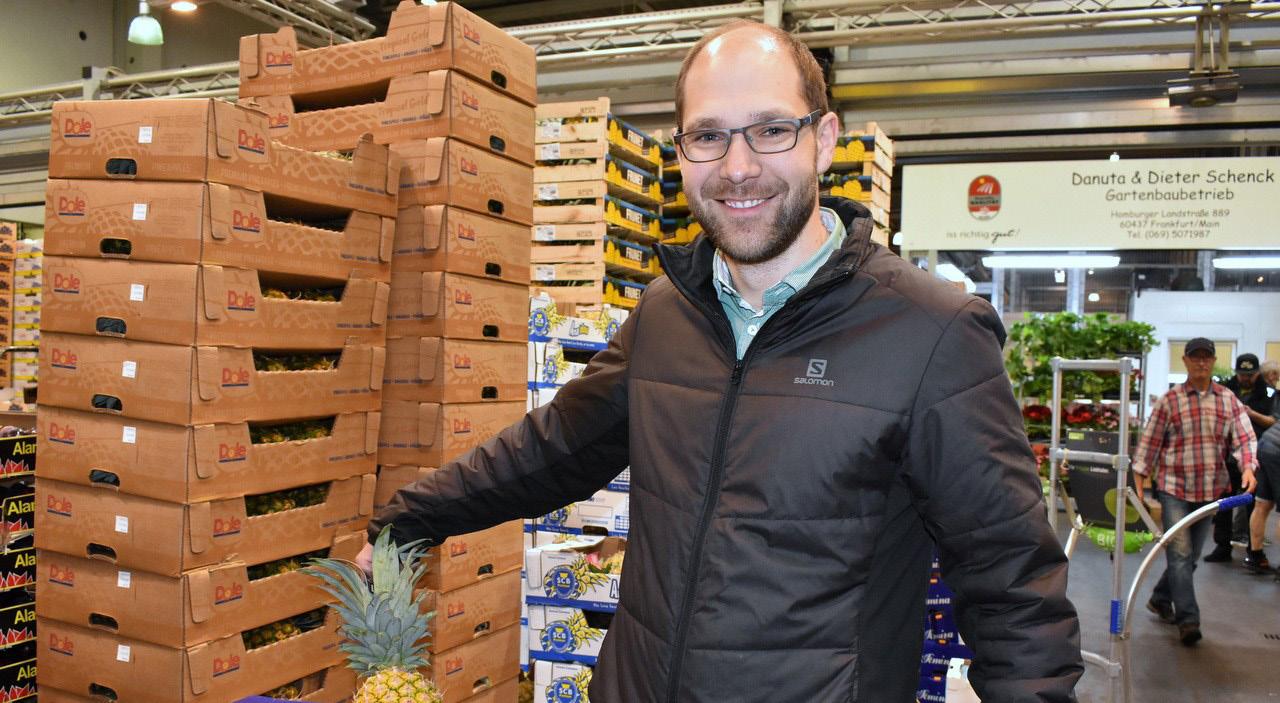
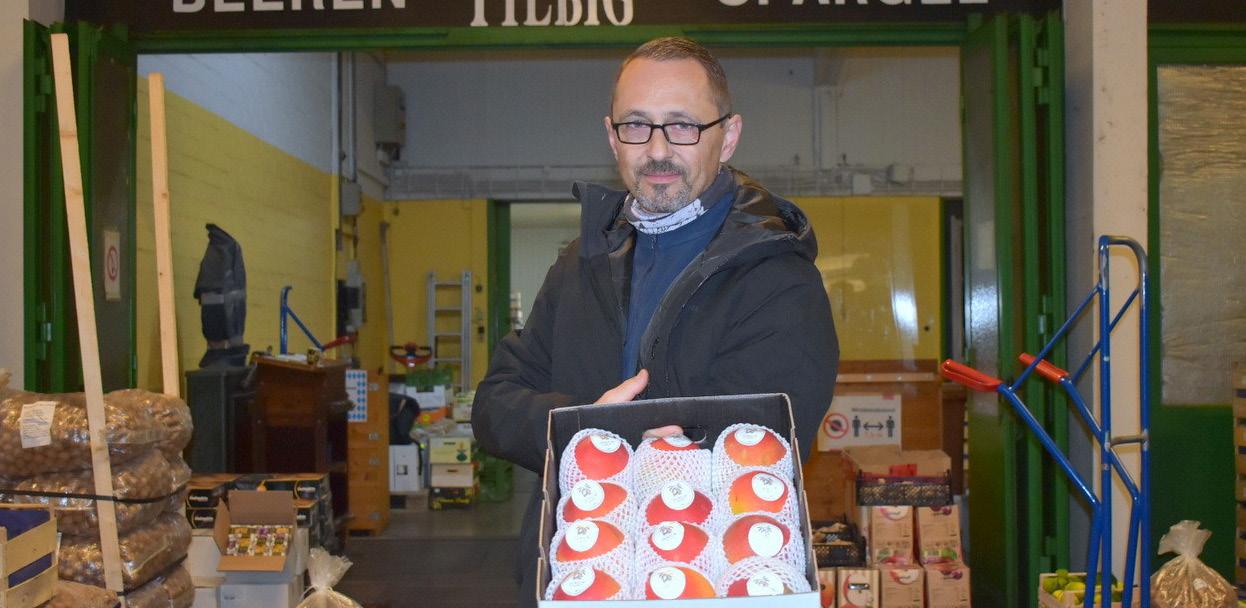
out of business is being taken over directly by existing operations. Additionally, there are the costs of energy, storage and transportation, as well as inflation. The purchase price for grapes, for example, has risen so extremely that it is hardly profitable to offer them anymore.”

“In many respects, we are in an interesting sales market at a high-frequency location, as regional restaurateurs are strongly influenced by the nearby airport and the exhibition center,” said Stefan Lindner, of the company of the same name at Frischezentrum Frankfurt. “This means we serve numerous service providers with company canteens. Of course, the pandemic has
led to a decline in external traffic in the Rhine-Main region. Nonetheless, thanks in part to two business acquisitions and our strong sales force, we were able to maintain our sales and even increase our sales.” For the increased volume turnover to work, the (refrigerated) storage area at the company site was expanded this year.


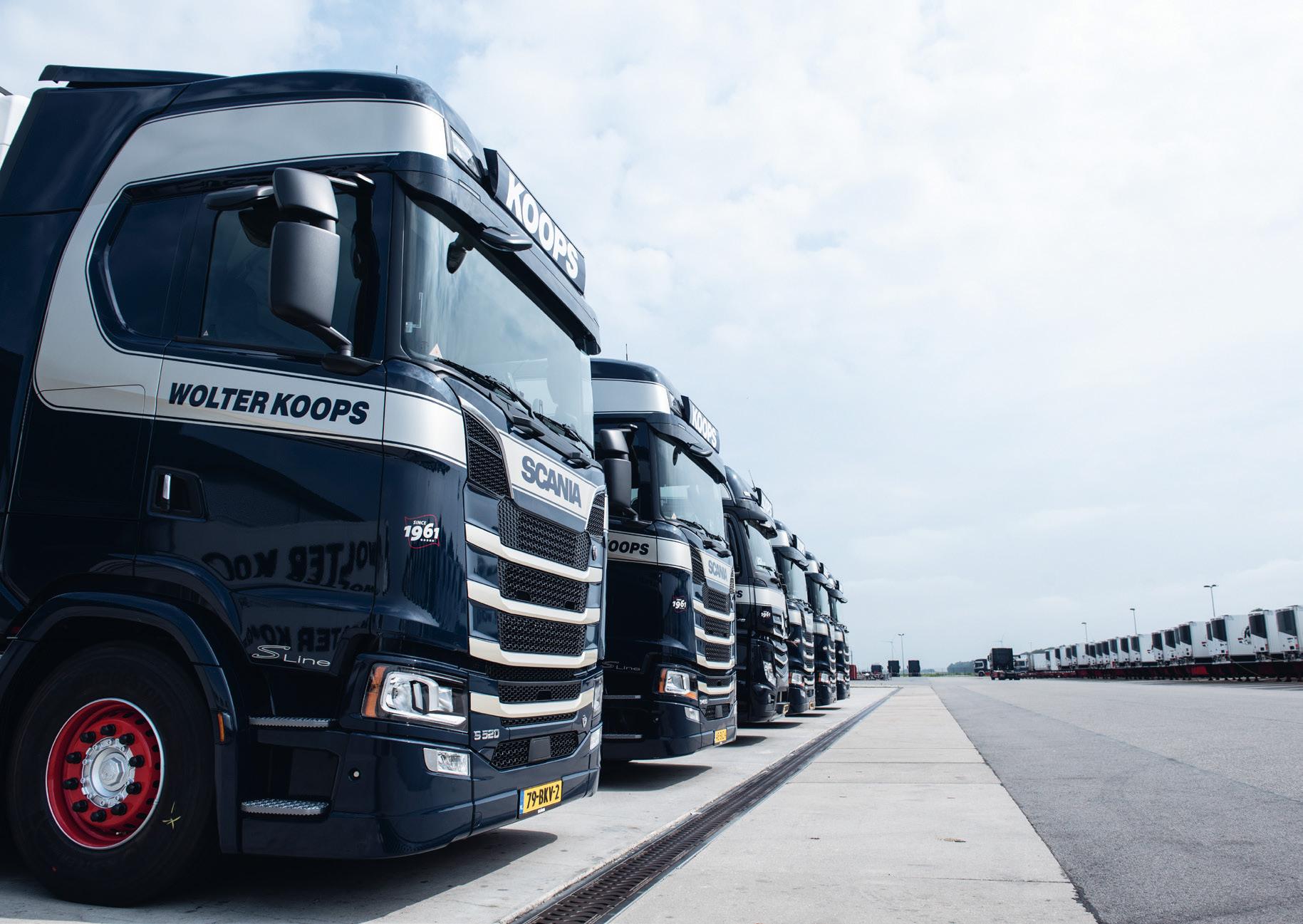


When this article is written, it has been only a few weeks that China suddenly released its Covid control measures and that the country is re-opening its borders for international arrivals. This change came unexpectedly, and recent weeks have not been easy for the country with infection numbers peaking. December and January witnessed a steep increase in Covid infections, starting in major cities like Beijing and Shanghai and moving across the country.
The last three years have been challenging for the international fruit industry supplying the Chinese market. China’s Covid Zero policy led to multiple strict regional and city-wide lockdowns, most notoriously Shanghai’s lockdown in the Spring of 2022. This lockdown lasted more than 2 months, with hotels and restaurants closed. The wholesale market remained largely open during this period, but demand was cut. Earlier on in the pandemic, Chile’s main fruit industry bodies, ASOEX and Fedefruta, addressed the Chinese market in the beginning of 2021 denying that Covid-19 was transmitted via imported cherries after a social media scare. Throughout the Covid pandemic, fruit markets were closed amid alleged Covid infections.
However, the outlook for the fruit industry looks more positive than what last year’s performance might suggest. As the number of people with cold, flu and Covid-like symptoms are spiking, the demand for certain fruits and vegetables is spiking too. Chinese consumers traditionally link health with food, and fruits are an import-

ant part of this. In addition to stocking up on medicines, many people have been stocking up on various fruits in the past two weeks to improve immunity and help fight the epidemic.
Demand for lemons have reportedly surged as Chinese seek immunity against Covid. A lemon grower from Anyue, the heart of China’s lemon producing region, reported that sales have more than quadrupled, with most demand coming from larger cities like Beijing and Shanghai. A second fruit that the market has embraced are canned yellow peaches, believed to improve appetite when feeling poor. These are welcome developments for China’s fruit growers, who in earlier months sat with stockpiled fruits impossible to ship due to strict transportation curbs. Some fruit categories sadly do not ride this health wave. Your reporter learned that mangoes can cause a burning and sore throat according to some Chinese traditional thought, and accordingly mango sales and prices have plummeted in recent months.
A Chinese pear grower and exporter has also benefited from Asia’s Covid-control measures earlier on in the pandemic. Its pears were included as part of the quarantine meals in some Southeast Asian countries earlier on in the pandemic. “We have seen demand for our fresh pears surge in December and January after a video was aired on national TV that eating fresh pears can alleviate cold symptoms. Therefore, our fresh pears have become very popular recently. This is a welcoming windfall, as our export market has been weak this year,” according to the pear Cooperative’s Chairman from Hebei province.
By mid-January, China will have re-opened its boarders for international travelers again. This is just before the start of Chinese New Year, which in recent years has grown to a major event for the fruit industry. With restrictions lifted, 100s of millions of travelers will start going across the country to visit hometowns and celebrate with family and friends, gifting premium fruit baskets among other gifts.
Chilean cherries are a major fruit item to be gifted during Chinese New Year, and category sales have become an important denominator for the prospects of the fruit import market. This year seems to be a promising season. Shipments are larger than ever, with over 25% estimated growth in total cherries exported to China. This number add ups to 39 Cherry Express vessels and an additional 11 cargo
ships. One of the first HapagLloyd Cherry Express vessels arrived in Hong Kong in the end of December, carrying a whooping 1,222 reefer containers filled with cherries.
Generally, as China relaxes boarder controls, imports of fruits will be smoother in 2023 and the frequent delays and border congestions that market China’s Covid Zero period should ease. This renders opportunities to fruit exports, and other markets are eyeing China’s consumer base. Last year, Vietnam made a significant breakthrough into China’s fresh fruit market in terms of the number of phytosanitary protocols signed. Vietnamese durians, bananas, and passion fruit all obtained market access to China in 2022. Thailand too has seen its sales of fresh and frozen durians rise. Kenya was granted market access for its fresh avocadoes in 2022. According to Kenyan media, the country earned almost 57 million USD in fresh avocado shipments to China since market access was obtained last year.


Finally, domestic fruit, which quality is improving, is on
the rise. The outbreak of Covid-19 created obstacles for sea freight of imported fruit. During the pandemic, consumers shifted their attention from import fruit to domestic fruit. The quality and availability of domestic fruit varieties can compete with import fruit, and overall production continues to grow. Domestic fruit has a distinct price advantage over imported fruit, which during a period of economic difficulties does not go unnoticed. Expect more seedless Shine Muscat grapes from Shaanxi and Shandong, blueberries from Yunnan and Fuji apples on retail shelves. And although currently China’s avocado market is largely dependent on imports, this is expected to change in the coming decade now more and more Yunnan avocado orchards are coming into production. A major, albeit relatively young, domestic avocado grower eyes 60,000 to 80,000 tons of fresh avocado harvest in 2025, on par with national imports of the fruit. 2023 is looking to be a hopeful year for China’s fruit industry, nationally and internationally.
Axia is an innovative breeding company, specialised in creating vegetable seeds for protected crops. We run a dedicated program for heated greenhouses, with or without artificial light.

Our breeding program is characterized by a strong focus at taste and healthy ingredients, with a very high yield.
For more information, visit our website and follow us on social media.
Times are challenging for greenhouse growers, all over the world. The energy crisis, the rugose virus, and a labor shortage are changing the landscape irreversibly. Into what though remains unclear.

“In September, we estimated that there would be 50% less tomato, 10-20% less cucumber, and 5-10% less lettuce and herbs cultivation area that winter 20212022. Now it looks even worse, especially for the tomato growers.” Quoted is Niina Kangas with Kauppapuutarhaliitto, The Finnish Glasshouse Growers' Association.
“We have five nurseries for sale at the moment,” says Lee Stiles, secretary of the UK Lea Valley Growers Association. And in the Netherlands, approximately 70 hectares of tomato greenhouses are expected to be filled with a high-wire crop of cucumbers this year.
Of course, changes like these are not unusual in the horticulture industry. To meet the market demand, growers have adjusted their crops, their cultivation strategy, and their investments. Over the last decades, we’ve seen the rise of yearround, lit tomato cultivation, the shift to high-wire cucumber crops, the introduction of small tomato varieties, the rise of Northern Africa as a tomato supplier, as well as the introduction of LED lights and many more technical novelties to opti-
mize production and better address the market demands. The abovementioned changes, however, are different. Those are not driven by the demand for efficiency or innovation, but rather by a more abrupt shift greenhouse growers were forced to do as dictated by global developments. Yet, a shift to what?
Surging energy prices create uncertainty for EU growers, as greenhouses require energy for heating, cooling, lighting, and so on. High energy costs make it more expensive to operate a greenhouse, directly impacting growers' bottom line. Due to the uncertainty in the market and fluctuating sales prices, several growers decided to keep their lights off and switch to a more trad season. “Because of the high energy prices, we have to stop harvesting strawberries for this year”, one of the biggest strawberry growers from the Netherlands shared on December 16th, adding that they will probably miss out on two cycles and return in early spring. In the Netherlands, Rabobank in November shared to expect a production decline between 5 and 10% for greenhouse veg-
etables. On the one hand, this is due to a small decrease in acreage; on the other hand, the decrease is caused by a smaller number of lit tomato and cucumber cultivation. However, in November and December, the prices of tomatoes were low. Expecting a widespread decreased acreage, eventually, quite some growers decided to plant after all. That caused increased competition between Spain and Morocco, which meant that ample batches of tomatoes were available.
“The energy crisis has hit growers hard, making them unable to make a living based on produce retail price. Even though the UK government has put a price cap on the gas until April 1st, it won’t be enough to encourage growers to plant”, said Lee Stiles with the Lea Valley Growers Association in the UK. Yet, growers putting their nurseries up for sale in November last year had little to do with the energy crisis. “A major issue we have here is that we can’t find workers. And there’s no point in planting if you can’t be confident that you will get enough staff. So, people had to make drastic decisions.”
It’s a challenge that has plagued the UK horti sector for a longer time and is also well-known to growers in the EU. In addi-
The European greenhouse industry is transforming, but into what?
tion to the workers not being available inand outside of the UK, the minimum wages have risen in all of Europe. “The rise of the minimum wage is very good, although it also adds up additional costs for growers”, said Grzegorz Karolczak, commercial director with Polish greenhouse grower Citronex, a company that estimates that many of their costs, like energy and fertilizers, have doubled while their income didn’t grow alike. They decided to switch from their pink tomatoes to TOVs. “Because of the current situation in the EU, we decided to explore the market in Western Europe.”
Another reason why the European glasshouse industry is transforming is the rugose virus (ToBRFV) that infects tomatoes and other Solanaceous plants. It was first identified in 2014 in Israel and has since been found in many countries around the world. ToBRFV infection can lead to browning and distortion of the fruit, which can make it unmarketable. In addition, ToBRFV can cause yellowing and stunting of the leaves, which can reduce the plant's ability to photosynthesize and
ultimately reduces yield. The virus can also reduce the plant's vigor and make it more susceptible to other diseases. Once a plant is infected with ToBRFV, there is no cure and the infected plant must be destroyed. The combination of these factors makes ToBRFV a significant threat to the greenhouse tomato industry.
There is currently no cure for ToBRFV infection, and there aren’t enough resistant varieties available yet for growers to make the switch to a resistant crop. Control measures focus on preventing infestations, which turns out to be extremely hard. All in all, ToBRFV can be financially devastating for tomato growers.
Since mid-2019, growers in the Netherlands have been dealing with ToBRFV. Given the persistence of the rugose virus, several growers have already temporarily or permanently switched to other crops. This year, approximately 70 ha of tomato greenhouse will be filled with a high-wire cucumber crop. “ToBRFV is so difficult to get out of the greenhouse that growers choose to switch temporarily or permanently to high-wire cucumber cultivation

since the greenhouse is already set up for it. At the same time, cucumber cultivation is also beset by virus problems. Because of the cucumber green mottle mosaic virus, a number of high-wire cucumber growers are switching back to traditional cultivation”, said Dirk-Jan de Haas with Hortiware, a supplier of greenhouse utilities.
It results in challenging times for greenhouse growers and a very unpredictable 2023 season. Decisions are made based on estimations and expectations. Key moments will be spring, when the results from the winter crops are clear, summer when the new young plants for the lit season are to be ordered, and autumn, when the same goes for the traditional crops.
Our affiliated expert growers, more than 220 in total, offer a complete range of top quality produce, from vegetables grown in greenhouses and the open field, to hard and soft fruits. Oxin Growers ensures that administration, invoicing, payment security, quality standards and certification are perfectly arranged.
And because we understand that creating and maintaining visibility is essential to producers and retailers of fresh produce, our growers process and package fruit and vegetables exactly the way retailers want them. In their own packaging, in the right retail grades or quantities, completely retail ready! This reduces the time between harvesting and arrival at the point of sale, guaranteeing optimal freshness.


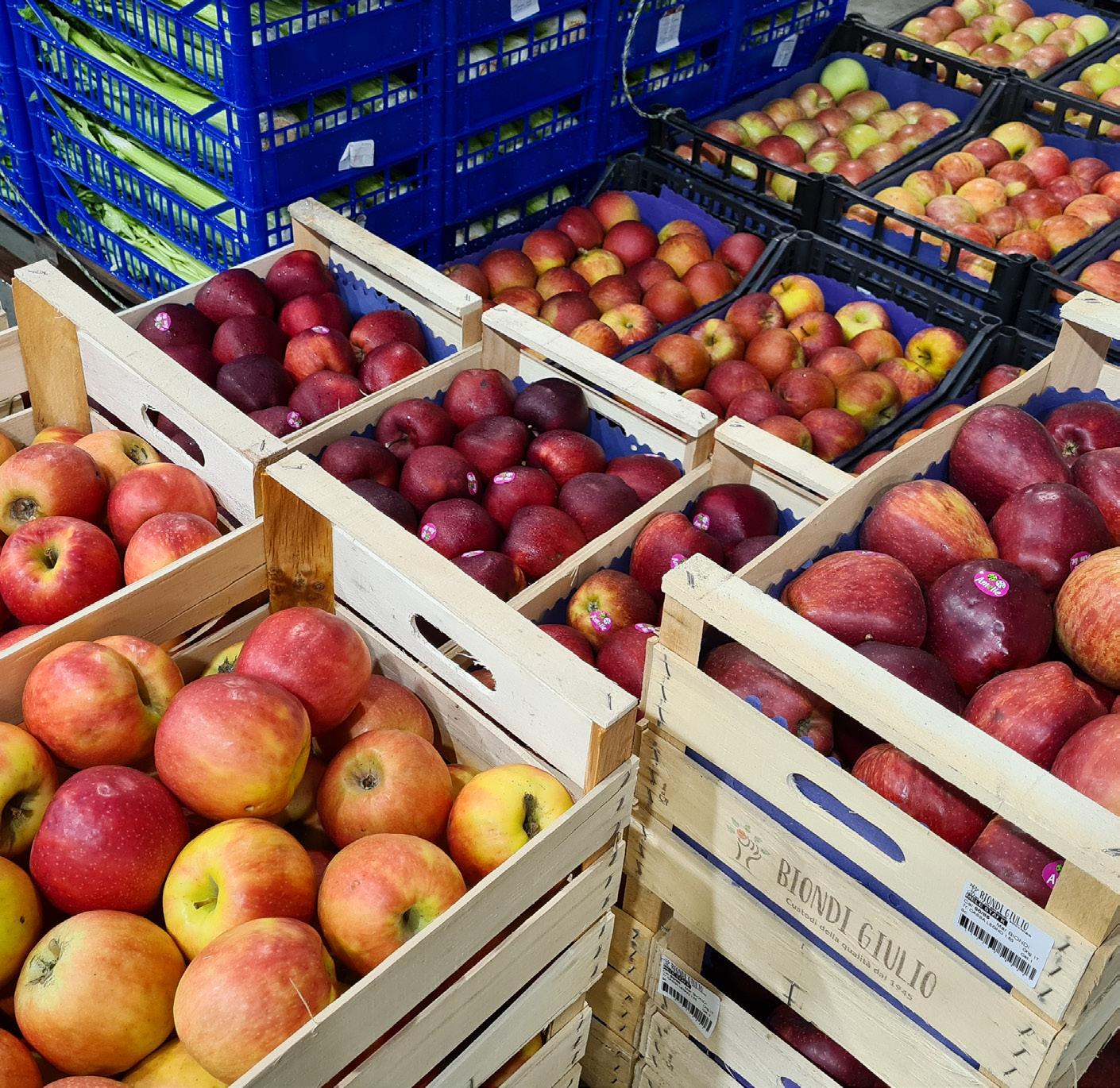
Italy represents one of the largest apple exporting countries in Europe. Looking at data for the 2021/2022 commercial year, it recorded exports of about 878,000 tons, down 9 percent compared to the excellent levels achieved in the previous year, but up 29 percent compared to 2019-20. Milder was the decline in value at about 858 million euros, -6% compared to the previous year, thanks to better quotations, on average 4% higher. The impression for the current campaign is of a continued maintenance of acquired positions and a slight improvement.
The largest volumes remain, as always, mainly in the European area, including the United Kingdom, with quantities showing a decrease of 17 percent compared to the previous year; the 60% of exports made in 2021-22 were concentrated towards European countries. This quota in the previous four years varied between a minimum of 58 percent in the 2018-2019 season and a maximum of 77 percent in 2017-2018, while in 2019-2020 and 20202021 it averaged 65 percent.
Almost unaltered is the general destination scenario where the German market prevails, as always, with 25% of the total amount represented; in the last campaign, however, the nearly 219,000 tons shipped recorded a decrease in absolute terms of 13% compared to 2020-21, -7% in terms of value. In second place, as the main destination for a few years now, is Egypt (10% of the total). The volumes shipped amounting to 91,000 tons have decreased by 4%, -14% in value, compared to the previous campaign. Within the same North African
area, after the decline that has been taking place for several years now, it seems that exports to Libya (+34% over 2020-21 but -84% over 2013-14) are showing a slight upturn.
Most of the destinations within the European area, appear to be in declining trend compared to the previous season; in order of importance are Spain (-20% on 2020-21 and +13% on 2019-20), United Kingdom (-10% and +8%), France (-22% and +16%), Sweden (-13% and -6%).


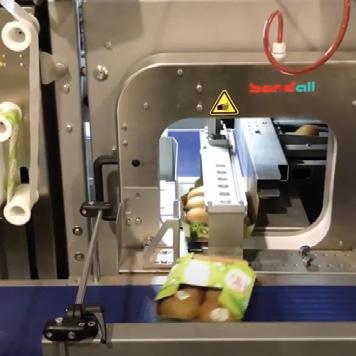

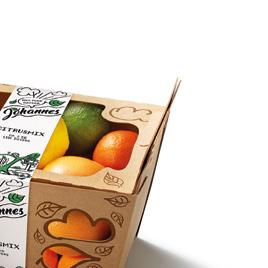






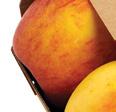




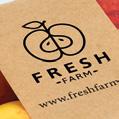
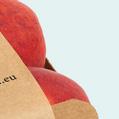
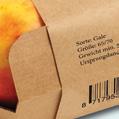
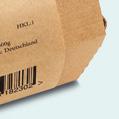







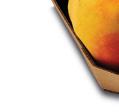










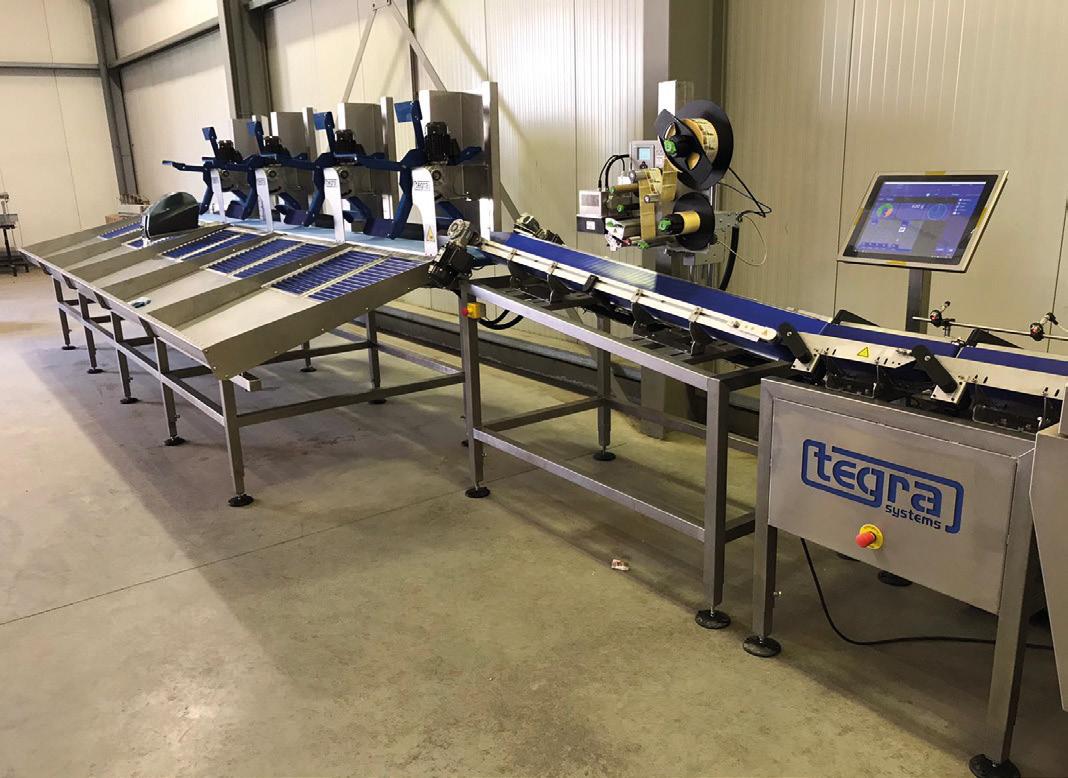







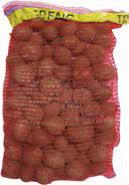
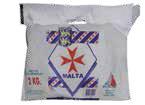
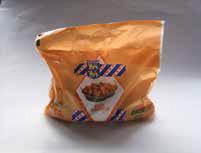



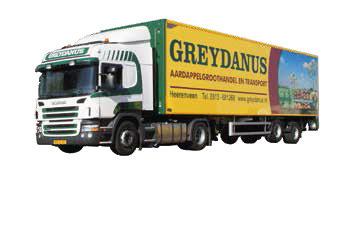


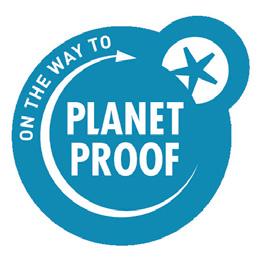





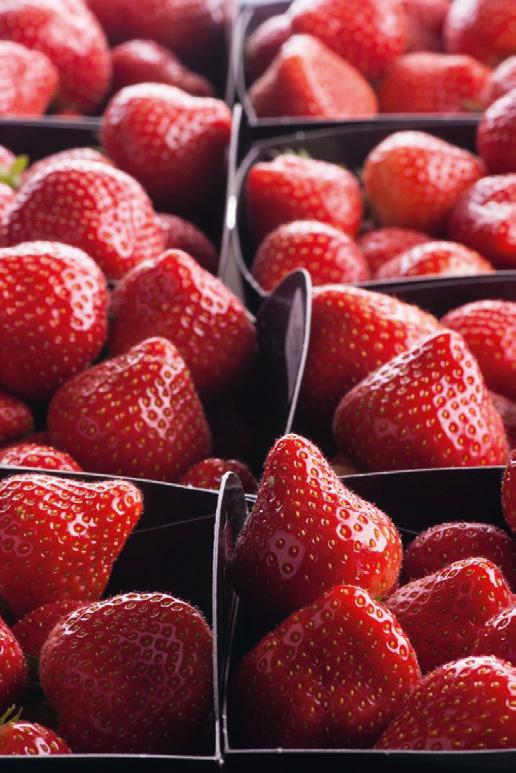


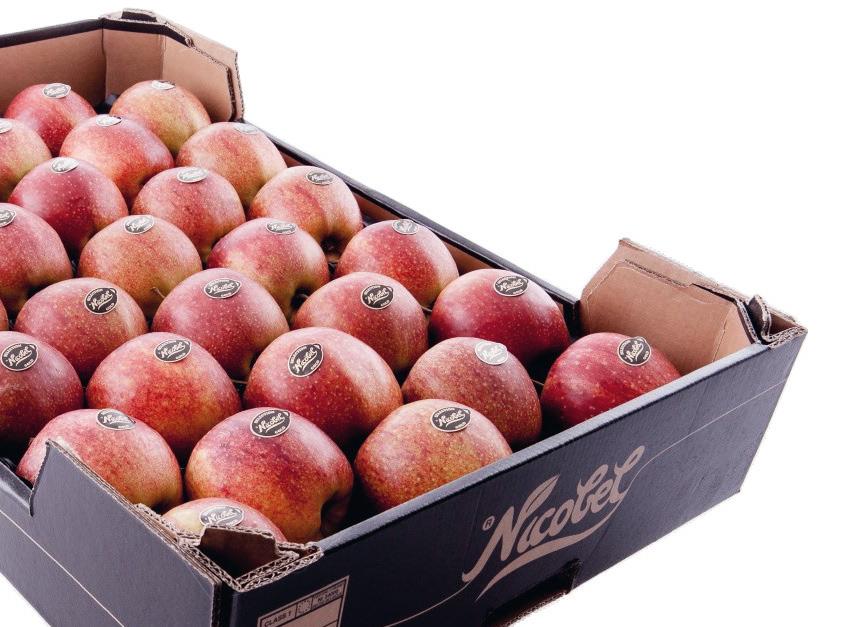
Italy has been shipping larger quantities to Middle Eastern markets than in the previous two years, the approximately 118,000 tons recorded +21% compared to 2020-21 and +18% compared to 2019-20. In this area, exports to Saudi Arabia (7 percent of the total) returned to good levels with volumes coming close to 63,000 tons, up 24 percent compared to 2020-21 and +18 percent compared to 2019-20. Also positively evolving were the quantities to Israel, which absorbed about 25,000 tons (+37% and +129%); the same trend was also seen for United Arab Emirates, which absorbed about 12,000 tons (+2% and +7%).
Among Far Eastern markets, India emerged as the most important recipient in the last campaign of about 60,000 tons (+37% and +112%) and representing 7% of the total; other destinations such as Hong Kong, Sri Lanka and Singapore remain marginal.
Operations to South America remained limited, totaling about 18,000 tons (-39% compared to the previous year); after the strong 2020-21 volumes exports to Brazil were substantially downsized, count-
ing on less than 3,000 tons compared to 14,000 tons in 2018-19 and 17,000 tons in 2020-21; although less representative, a slight improvement was made in Colombia and Ecuador.
Shipments to North America, represented by Canada, were restrained.
Walter Pardatscher, general manager of VOG, commented on the data from his own perspective as a company. “Our experience and expanding presence on international markets is an asset to cope with increasingly unpredictable scenarios, alongside our work with branding and marketing efforts to propel consumption as well as our focus on providing high-quality products, both integrated and organic, for all 12 months of the year. With an apple crop of about 6 percent of the entire European production, as VOG we are present in more than 70 markets with our brands.”
“Among the many club apples, RedPop in particular is having great success in areas that are very important for our development plans, namely the Far East and Southeast Asia. We have been present for


years in these regions, where the Italian origin of our apples is considered an indication of quality, taste and safety. Among the most sought-after brands, RedPop responds to the need for shelf life and the marked preference for sweet and aromatic apples in the area.”
“The outlook is positive. Thanks in part to international markets, in this first half of the 2022/2023 season we had a good destocking pace and managed to maintain sales volumes. We will continue to work hard in the coming months to ensure a positive result for us and our customers,” concluded the director.
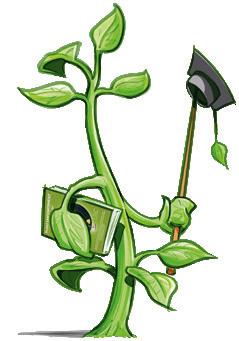

The Academy
The knowledge source for study, education, training, research, advice and guidance in the field of sustainable and profitable cultivation methods based on Plant Empowerment.
www.plantempowerment.academy
The theory and practical approach to Plant Empowerment are explained in the book “Plant Empowerment the basic principles”. The book has been written by: ir. P.A.M. Geelen, ir. J.O. Voogt, and ing. P.A. van Weel. Available in several languages. www.plantempowerment.academy/en/book

Pears exports in the last 2021/22 marketing year were at their lowest levels ever due to the 2021 production drop to an all-time low; the 39,000 tons sent across the border recorded a 66 percent decrease compared to the good levels of 2020/21 and -47 percent compared to 2019/20.

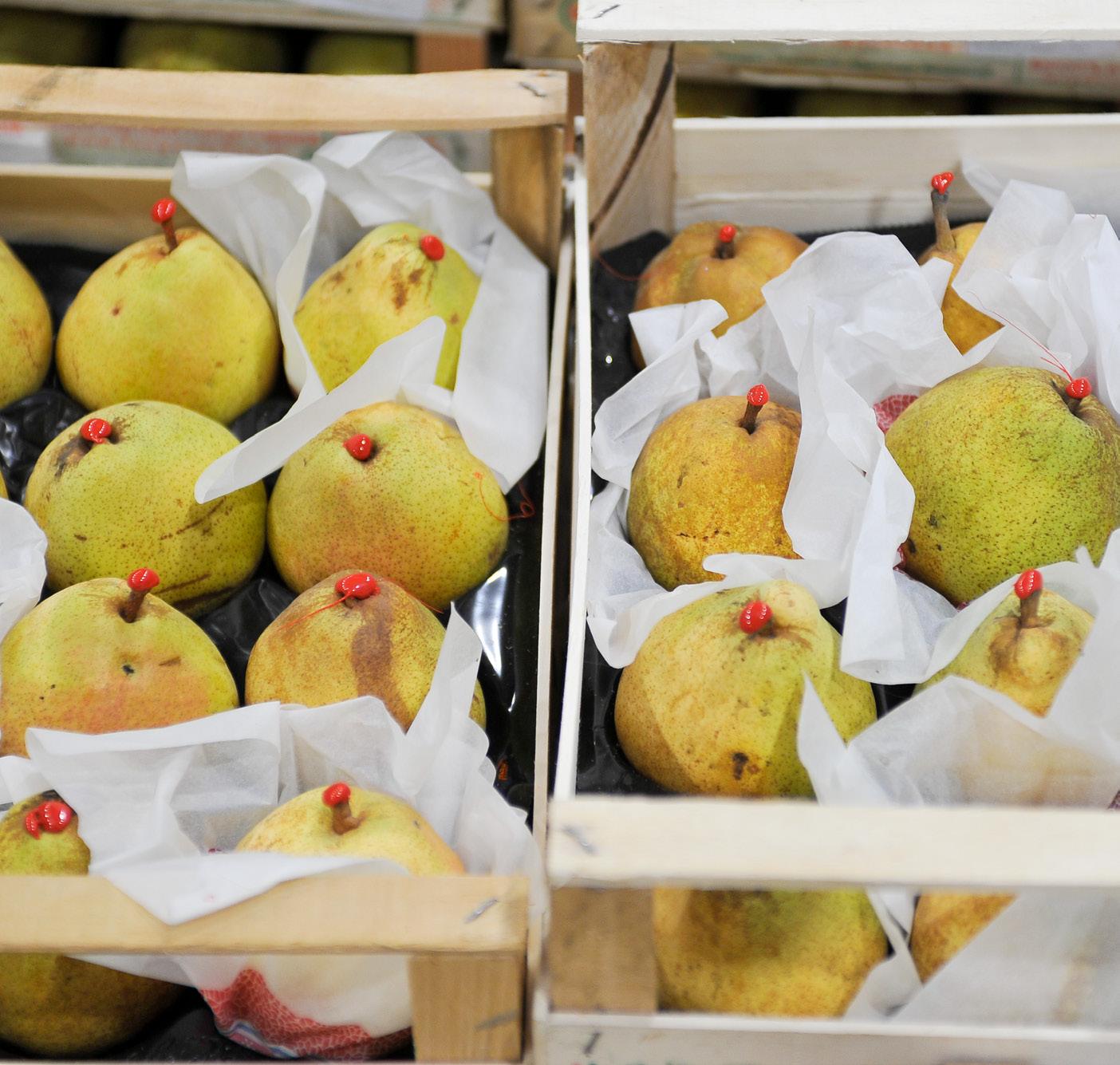
Agood average price ranking was succeeded in only partially alleviating production shortfalls; in fact, export value stood at 68.5 million euros, down 51% on 2020/21 and -36% on 2019/20, respectively.

A good average price ranking was succeeded in only partially alleviating production shortfalls; in fact, export value stood at 68.5 million euros, down 51% on 2020/21 and -36% on 2019/20, respectively.
However, the quantities sold across borders maintained a fairly constant level of consistency over the years compared to the volumes harvested, accounting for 19 percent of the total. Substantial reductions in sales obviously affected all markets, especially the most distant ones. European destinations prevail as always over more distant destinations, at 90 percent of the total including the United
Kingdom. Germany still holds the lead as the main destination but down 73% and 53% from the previous two-year period (2020/21 and 2019/20); the over 13,000 tons represented 34% of the overall total sent.
The contractions in shipments to France (-52% and -39%) which received about 8,000 tons, 21% of the total, were milder than in Germany. Austria was the destination for more than 4,000 tons of Italian pears (10% of the total). Shipments to Switzerland remained positive, just under 2,000 tons exported (5% of the total) reg-
istering a -24% compared to good 2020-21 levels and +13% compared to 2019/20.
Exports to Slovenia and the United Kingdom were next in order of importance, both at 4 percent of the total; Albania and Croatia stood at 3 percent each; 2 percent for both Romania and the Netherlands, with declining amounts for the remaining destinations.
Small portions were also destined to African countries, almost totally dedicated to Libya (about 500 tons); about 130 tons were shipped to North America and
directed to Canada. Very limited volumes to more remote destinations with the Middle East represented by Qatar, Israel and the Emirates, insignificant volumes to Far Eastern destinations such as India.
“After a very low 2020 and 2021 in production,” says Cristian Moretti, director of the Italian Agrintesa cooperative, “2022 was

because we have been absent, or almost absent, from the markets for two years in a row, and other nations have occupied our positions. Now we are trying to regain them.”
Agrintesa members grow Abate and William pears. “The 2022 harvest, which is approximately 37 thousand tons, was

exported to Germany and France where they require rather high calibers. In Germany 65+, in France 70+. Lower calibers, on the other hand, are exported either to less demanding markets or retained in the domestic market.”
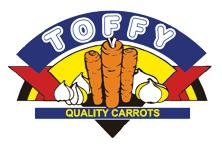
“The export period,” concluded Moretti, “goes from September to March toward
www.euromeridian.nl
0763030082
sales.euromeridian@freshkampo.com

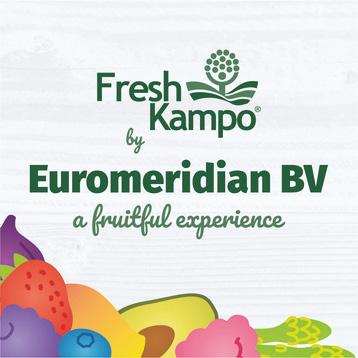
field to plate, we only rely on the best supervision of our crops and the most severe selection criteria. All our products and production methods have the EurepGAP label and the BRC label, and therefore meet the strictest quality standards worldwide. The certificates require the application of the HACCP system to our infrastructure, products, production process and staff management. Paul Cool bvba also has a certified self-control system, which is needed when exporting to countries such as Russia.

Enjoy the very best summer fruit from our growers and partners all year round.
Blueberries, raspberries, blackberries, strawberries and avocado.
For decades, Paul COOL bvba has been working on how to keep the unrivalles taste and intense colour of carrots while ensuring their optimal storability. In order to guarantee top quality from

The Italian kiwi is facing some difficulties in exports, although it remains highly valued for its organoleptic quality. However, it does suffer from a higher cost than other competitors. Germany and Belgium are two among the nations that have increased their purchases of Italian kiwifruit.

The exports of Italian kiwifruit decreased by 8 percent when compared to those of the previous campaign, during the 2021/22 season, dropping to a little less than 249,000 tons in total, a similar amount to that shipped during 2019/20 and far from the highest volumes reached during the 2018/19 period, when exports reached 285,000 tons. In value, which is about 448 million euros, it is down 4 percent compared to the 2020/21 period.


The decrease in the number of shipments directed to foreign markets followed with a drop in production from 2021-2022. The volume of Italian kiwifruit, sold across borders, saw a decrease in all areas last season with the exception of the Far East (good results in Taiwan and India). The EU represents the most relevant destination,
touching almost 70% of the total; among the main countries, there is an increase in quotas to Germany and Belgium contrasted by a decrease to Spain, France and the Netherlands.
During the most recent commercial campaign, EU countries continued to confirm their position as the main landings for Italian kiwifruit exports with nearly 168,000 tons. Germany, with 41,000 tons in shipments, remains the first outlet market, slightly up on the previous season (+2%) and representing 17% of the total. Ranking second are shipments to Belgium at 15% of the total and volumes up +26% over the 2020/21 campaign. Next, shipments to Spain followed with 10% of the total but down 20% compared to the previous season. In France shipments at 8% with more
than 20,000 tons, -6% over 2020/21. Outside the European Union countries, 7% of Italian kiwifruit exports are shipped to North America, shipments during the last campaign, however, show a decrease of -13% with almost 18,500 tons, decreasing both in shipments to the U.S. (-13%) and to Canada (-15%) compared to the previous campaign.
Shipments to South American countries also decreased, dropping -11 percent over last season of 7% of the total. The top country remains Brazil to which about 8,700 tons were routed, down fourteen percentage points compared to 2020/21; on the contrary, shipments to Mexico increased with a little over 3,600 tons (+17% over the previous year) while movements to Argentina stopped at about 1,800 tons (-42% over 2020/21).
There was also a decrease in shipments to non-EU European countries (27) at 7% of the total, -11% compared to the 2020/21 season. Shipments to the United Kingdom, at 4% of the total, were down by 15% compared to the previous campaign, and
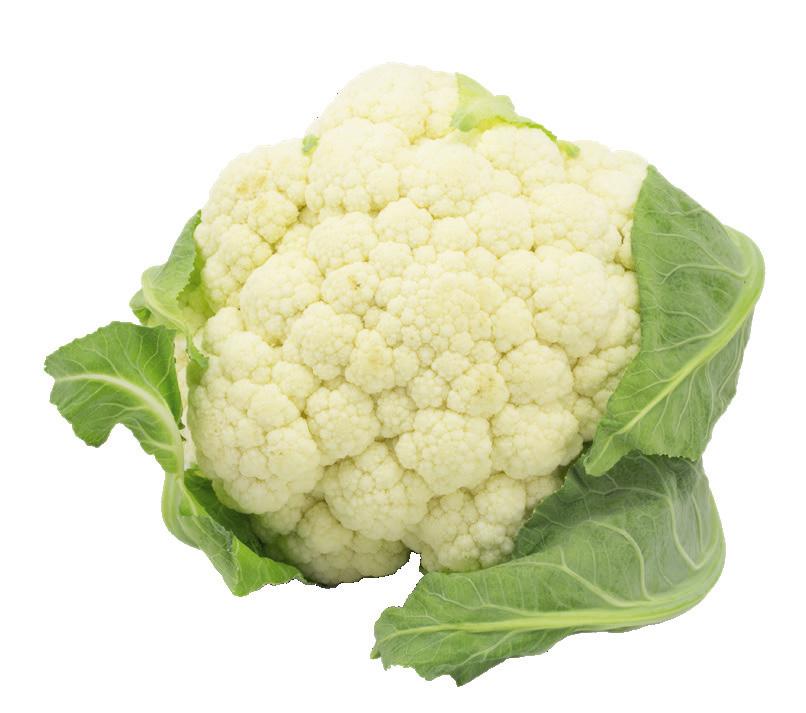
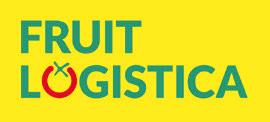

• White and chestnut mushrooms

• Shiitake
• Portobello mushrooms
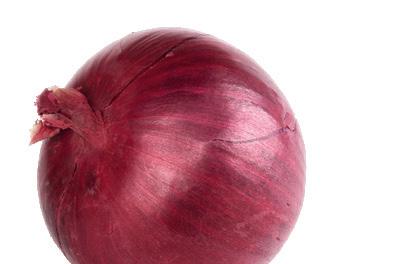
• Mushroom mix

• Oyster mushrooms
• Eryngii
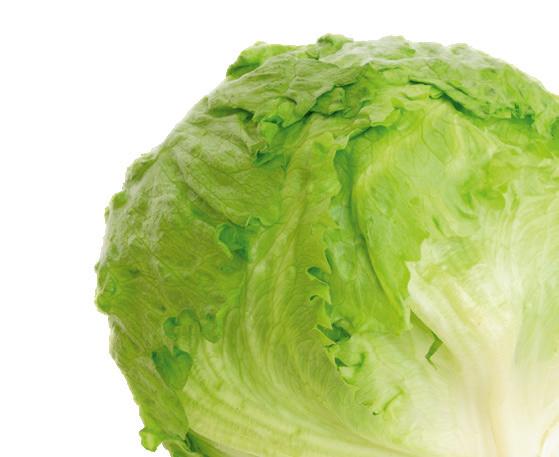
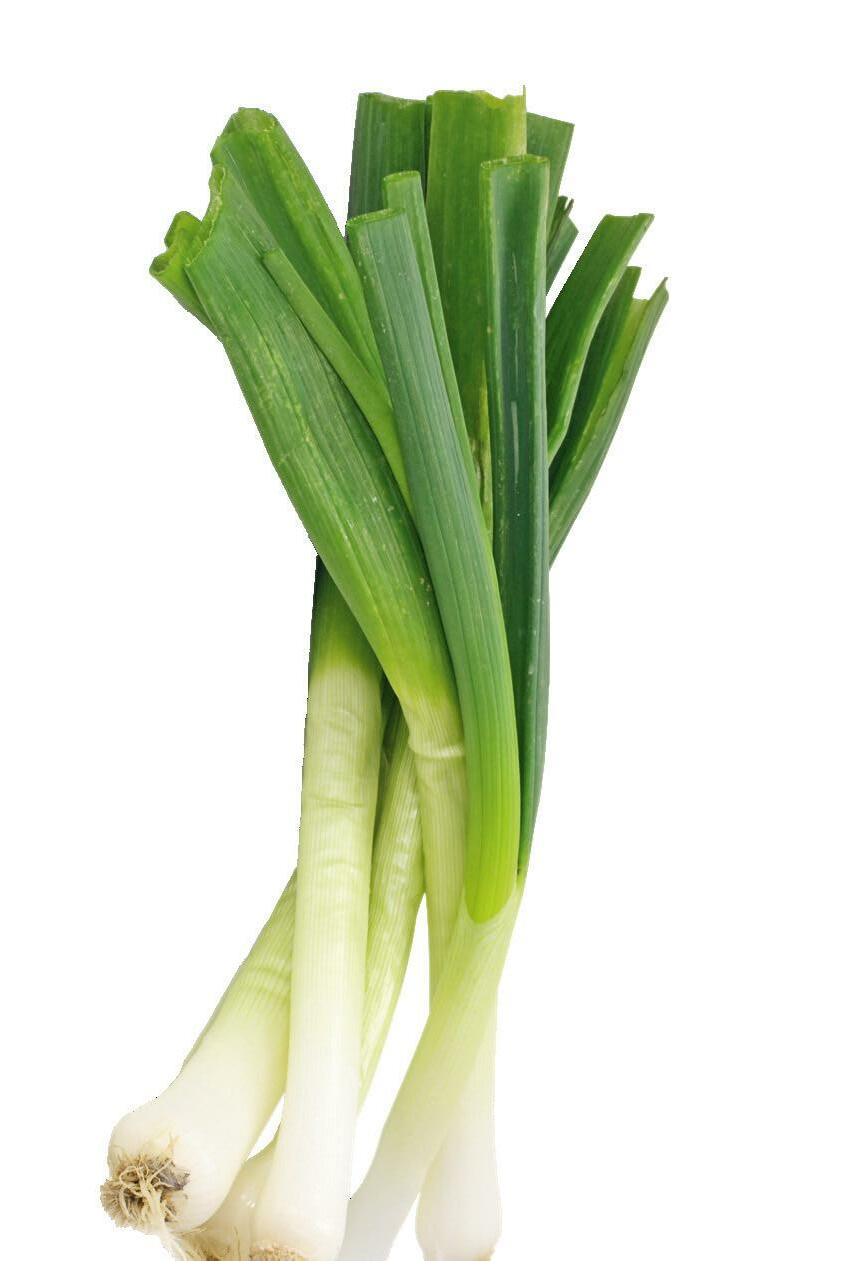
• Several exotic mushrooms

exports to Switzerland rose slightly (+1%), while those sent to Norway dropped by -3%.
Exports to the Far East are higher by almost 16,000 tons, +14%, compared to the previous campaign. Exports to Taiwan increased, +30% compared to the last campaign, and the 5,200 tons were the highest in the last five years for this destination; on the other hand, shipments to China dropped, -20% compared to 2020/21, while exports to India rose, with about 2,200 tons, the highest in the last five campaigns.


Shipments to African countries dropped to 3 percent of the total, with all major destinations declining. Egypt went down forty-one percentage points, there were 18 percent fewer shipments to Tunisia, and exports to South Africa also marked a -18 percent drop compared to last year.
Transactions to Oceania have decreased due to the absence of exports to Australia and as well as exports to the Middle East, both to the United Arab Emirates and Saudi Arabia.

Speaking of the Italian data, Marco Salvi, president of Fruitimprese, the association that groups Italian fruit and vegetable exporters, says he sees upsides but also some downsides. “Given the particularly complex period, with so many critical issues weighing on companies' budgets, from tripled energy costs to packaging, consumables, road and sea transport, just being able to keep levels close to those of 2021 is a small miracle. It confirms the adeptness of the fruit and vegetable industry to react to difficulties by focusing on innovation and research and tripling efforts on all target markets.”

“Data for the first 9 months have shown a recovery in exports by value and a contraction in terms of quantity, while imports are showing a significant increase in value. While imports are growing significantly in value (+16.8%, almost 3.5 billion euros) and also in volume (+6.8%). At the end of 2022, Italy's export turnover was around 5 billion euros in line with 2021, but that is before the rampant inflation; the trade balance is very unlikely to return to 2021 levels (over 1 billion euros).”

“Kiwifruits rank third among the most exported items by our members,” adds Salvi. “Looking at the overall numbers of Italian exports in 2022, they may look positive. The problem is tied to expectations of a very difficult 2023 under all aspects. Consumer product prices have already risen; consumption is falling. Businesses are doing their part; they have sacrificed some of their margins so as not to pass on exorbitant increases in production costs to prices. But they are now at the end of their rope.”





“The situation is unsustainable. On the one hand, businesses need to be supported more in terms of energy, raw materials and transportation costs. On the other, Italian and foreign large-scale retail chains must sit down at a table with us and recognize those price increases without which so many businesses would be forced to close or downsize production, with very heavy falls in terms of jobs in the fruit and vegetable sector, as well as its important allied industries.”






With I AM Organic you can supply fresh organic vegetables, fruits and herbs throughout the year. With the best possible taste and a carbon neutral footprint. We believe in less packaging and more communication. A unique digital product passport tells consumers everything they want to know. To achieve true organic growth, you have to explain its benefits.
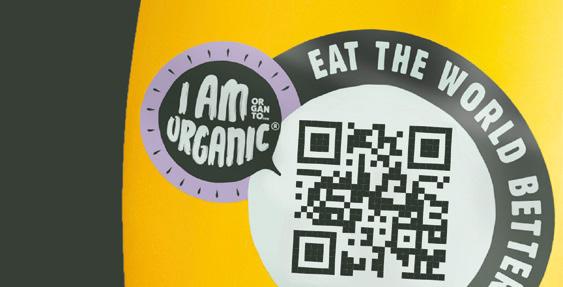
We do that consciously with a brand. Yes, even for fruit and vegetables. Call it guts; we call it vision.



















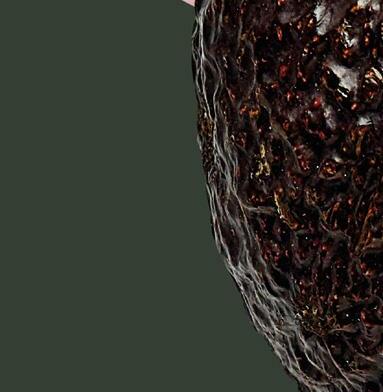





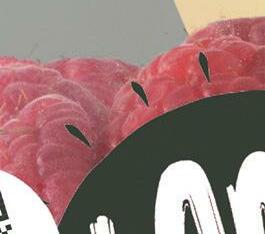


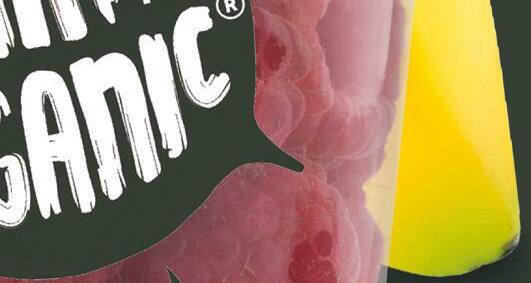



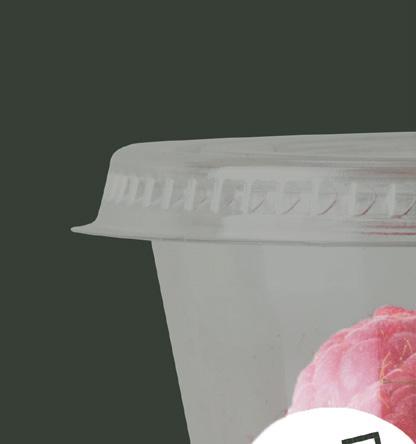
















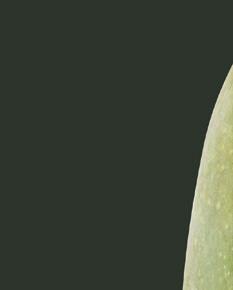
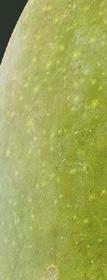

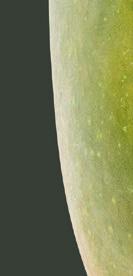

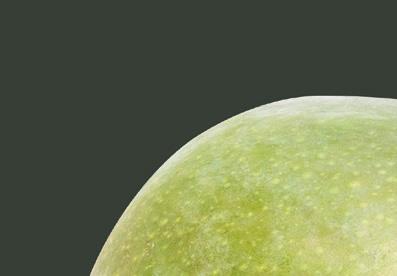
If you would like to know more, arrange an appointment now. Tel. +31 (0)85 0410 008.










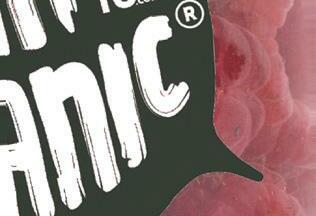

























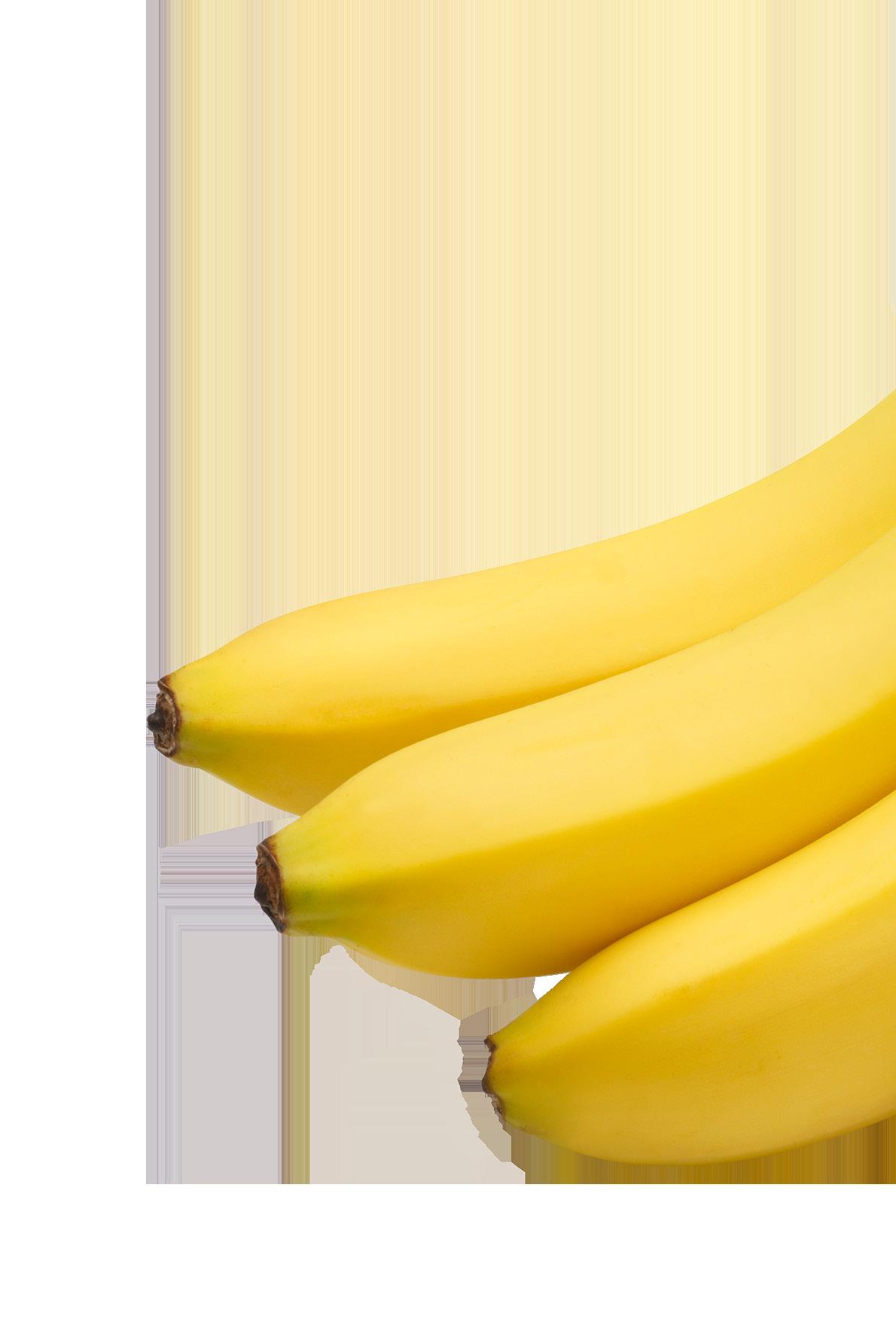
The economic turbulence is affecting consumer spending. Yet, regarding organic products, availability and supply play a positive
cisely what Organto wants to move away from. “The focus has to shift away from
“By that, we mean looking at what it takes to grow a product and to give everyone in the chain a fair share. Prices should be fair. Currently, everything’s so focused on bulk and profitability; that isn’t sustainable in the long run. That drains the earth, and we don’t want that. We believe we must do things differently, and in that, organic is an important step. If you consider the-
ventional is too cheap,” she says, laughing.
She finds that moving away from pricesparency, sustainability, and fair sharing in the chain is not a given for all clients and shoppers. “That’s why we need to share the story of what organic is and why it’s good for us, future generations, and the planet. There’s a genuine gap in consumer knowledge and perception. A gap you canple, Elke cites cucumbers. “Sometimesbers for, say, a euro and organic ones, -
ple think they’re paying €0.25 for environmentally harmful plastic. That’s a shame when you know that that plastic has hardly any eco-footprint.
uct’s shelf life, which reduces food waste. That prolonged storage affects the environment more than the plastic. And thus, in the end, is more sustainable. That’s, of course, aside from the cultivation differences between conventional and organic cucumbers, where organic is better for things like the soil and biodiversity. So, consumer thinking’s incorrect. That’s why it’s crucial for us to tell the story,” states Schroevers.

One way Organto shares that story is via its I AM Organic® brand. “I AM Organic® supports ‘less packaging, more communication’. By that, we mean we don’t use packaging if it’s not needed. And that when we do use it, we use as few materials as possible and do it as sustainably as possible, for example, by using recycled, recyclable or biodegradable materials.” But packaging often displays information. So to prevent that from disappearing, all products have a QR code linked to a unique digital passport. That guarantees one of the brand’s pillars: transparency. “Aside from information about origin and transport, that includes a fun, positive reason for why, for example, it’s packaged, that packaging’s impact, and what materials were used,” continues Elke.
“That passport also provides consumers
tips on storage to prevent food waste. We want to use this to be more than a brand and get people moving. Hence, our focus on food waste.” In addition to being organic and transparent, I AM Organic® products are fair to people and CO2 neutral through CO2 offsetting. “That, too, is a difficult story to explain, but one we see more and more people want to know. We try to explain that honestly and understandably.” Organto has, for instance, created an infographic that takes people through carbon offsetting’s background. “Organto wants to use this brand to make organic more visible and prominent within the overall fruit and vegetable category,” explains Elke.
“In Europe, Organto supplies a large, consumer-tailored organic fruit and vegetable range via the I AM Organic® brand. That’s marketed in countries like the Netherlands, the Czech Republic, Romania and Malta, and (soon) Ireland and Denmark.” Online plays a big supporting role, says Elke, noting that online offers them the chance to communicate with their target group, which is often online. “That isn’t necessarily at the moment of purchase,
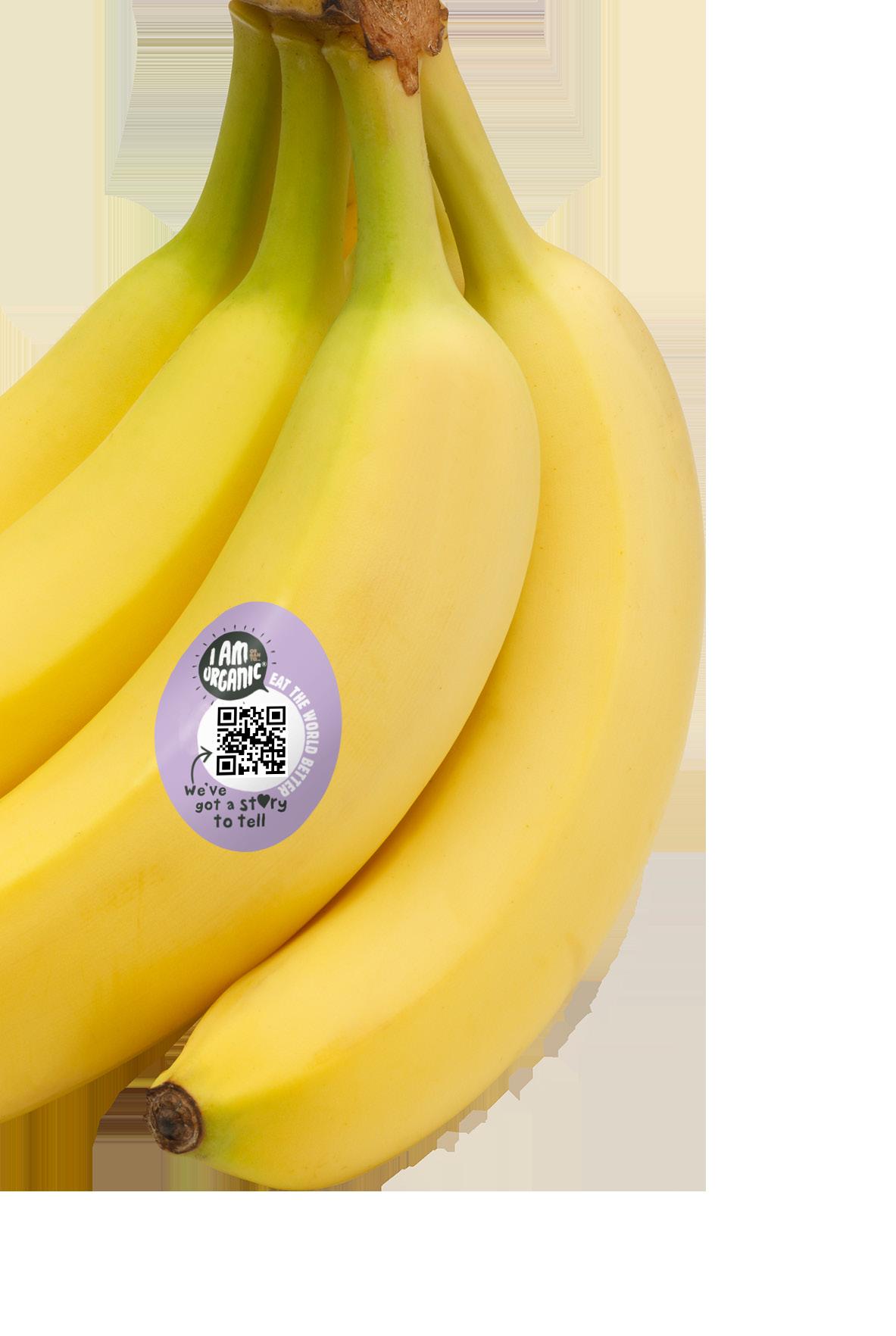



but at the moment of interest,” says the marketing director.
“Social media channels and online are vital for us to get the story across. Our buyers and we are always looking for opportunities to tell our story.” Besides retail, they supply the out-of-home and convenience market where the public wants more convenience and experience, Elke notes. “For example, you can buy single organic bananas at railway station kiosks. Our products are a healthy alternative to snacks and, there sustainability and convenience play a major role. That creates engagement. Together we can eat the world better,” she concludes.
elke.schroevers@organto.com
• Machinery Directive (2006)
• EMC Directive 2014/30/EU
• Low Voltage Directive 2014/30/EU

• Better taste, long shelf life and great quality
• Maturing uniformly
• Weight stabilization during ripening

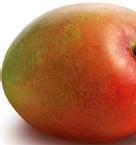
• Suitable for banana’s,mango, avocado and exotic fruits
• Energy saving, fast ripening, easy cleaning




• Perfectly controlled bij Proba 5
• Our fans meet ErP standards
Cooling Systems Holland uses natural refrigerants in it’s cooling cycle.




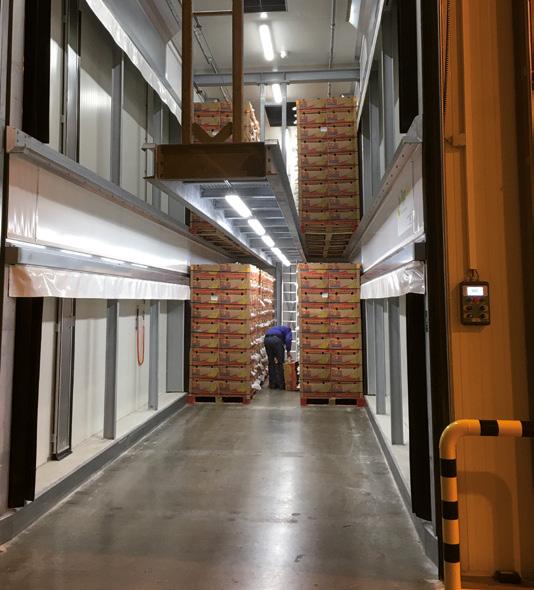
Since Since 1967, Ferme de la Motte has been producing vegetables in the heart of the Beauce region, in the Loire Valley. The agricultural company, managed by the Lemaire family, is a real specialist when it comes to fresh seasonings products, like garlic, onion, shallot and echalion, in both versions conventional and organic. Besides, it also produces squash, potatoes and vegetables, which are marketed under its brands Ferme de la Motte and Echo de nature, which is exclusively distributed by specialized organic partners.
Back in 1997, Ferme de la Motte switched to organic farming, first with an organic farmer of the neighborhood, then by converting 80 hectares of onions, potatoes, red beets, squash, etc. in 2001. In the same year, the old onion factory is transformed into a packaging station which is entirely dedicated to its organic activity. Ferme de la Motte products are available in supermarkets, wholesalers and organic shops.



The fruit and vegetable industry is particularly affected by the current situation. A drop in demand facing an oversupply, a
multitude of labels and finally, a persisting inflationary context have hit the organic market hard.
After showing a double-digit growth during several years in a row, and a strong acceleration during the Covid years, the organic sector is now in a difficult position. "For sure, the pandemic has intensified the trend of consuming organic, but today we are back on the basis of 2019," says Emilie Daquin, Director of Sales and Marketing. This situation is due to multiple factors, starting with a too big supply for a diminishing demand. "Since 2019 hundreds, even thousands of farms have turned to organic farming. So the problem
is to make room for newcomers. Today, the volumes have dropped, but some producers who have converted to organic will not be able to carry on this way. Supply has exceeded demand, which has fallen", explains Cécile Perret, Sector Manager. Some producers are even considering a repositioning on the conventional market. "We have been forced to reduce our growing surfaces and volumes, in this sluggish market.”
Another opinion shared by many players in the sector is that organic farming is now competing with numerous labels that arrived on the market nearly three years ago. They have to take into account the environmental stamps (like HVE and ZRP in France) and even the ‘local’ philosophy. "Before, the division was clear : you had conventional and organic. Nowadays there is a jungle of labels in an increasingly large offer, and the consumer ends up lost. The needed communication work at consumer’s level is huge, to raise awareness and explain what organic is. We think that this is one of the key elements to be able to change the situation," says Emilie Daquin. For Cécile Perret, "Organic farm-
“We must consider the problems that the organic market is facing.”
Emilie Daquin and Cécile Perret, Ferme de la Motte:
ing always struggled promoting its assets, having some difficulty to communicate clearly without denigrating other forms of farming. It is fantastic that conventional agriculture develops towards "better" but Organic remains an unique approach, going even further in the requirements within the production processes. This must be valued ". Since 2019 Ferme de la Motte is also HVE certified and offers a range without pesticide residue.
Besides this lack of communication, the lower purchasing power also explains the slowing trend that is observed since 2021. Confronted with prices even higher than those of conventional products, in an inflationary context, consumers turn to budget prices. This situation is amplified by supermarkets’ practices, which market nearly 50% of organically grown fruit and vegetables. At this point, retailers favor
conventional produce because of its price. "This drop in volumes can be explained by the fact that organic produce is more expensive than the conventional one, and French consumers are reducing their food budgets, orienting to lower-cost products. To meet consumer demand for the cheapest products, supermarkets have reduced the number of products on the shelves. Finally, by reducing the visibility of organic products, consumers are also buying less," says Cécile Perret. "Some choices are made by retailers, but some others by store managers, believing that organic products are not relevant. We clearly see differences: for instance, in potatoes, the organic percentage used to be 80%, today this figure has dropped to 65%."
"Our customers are aware of our difficulties as producers and are nevertheless ready to stay at our side," says Emilie
Daquin. Our partners already referenced several innovations that Ferme de la Motte launched last year, including the first organic white onion cultivated in France, the ‘Label Rouge Bio’ in potato and organic black garlic from France. "They are engaged to give visibility to organic products.

Ferme de la Motte, a French specialist in seasonings vegetables, is also active abroad, i.e. in the United Kingdom, the United States, Spain and of course Germany.
Although the farming compagnie mainly exports conventional products to Germany, its primary export market, it also ships a significant amount of organic products:
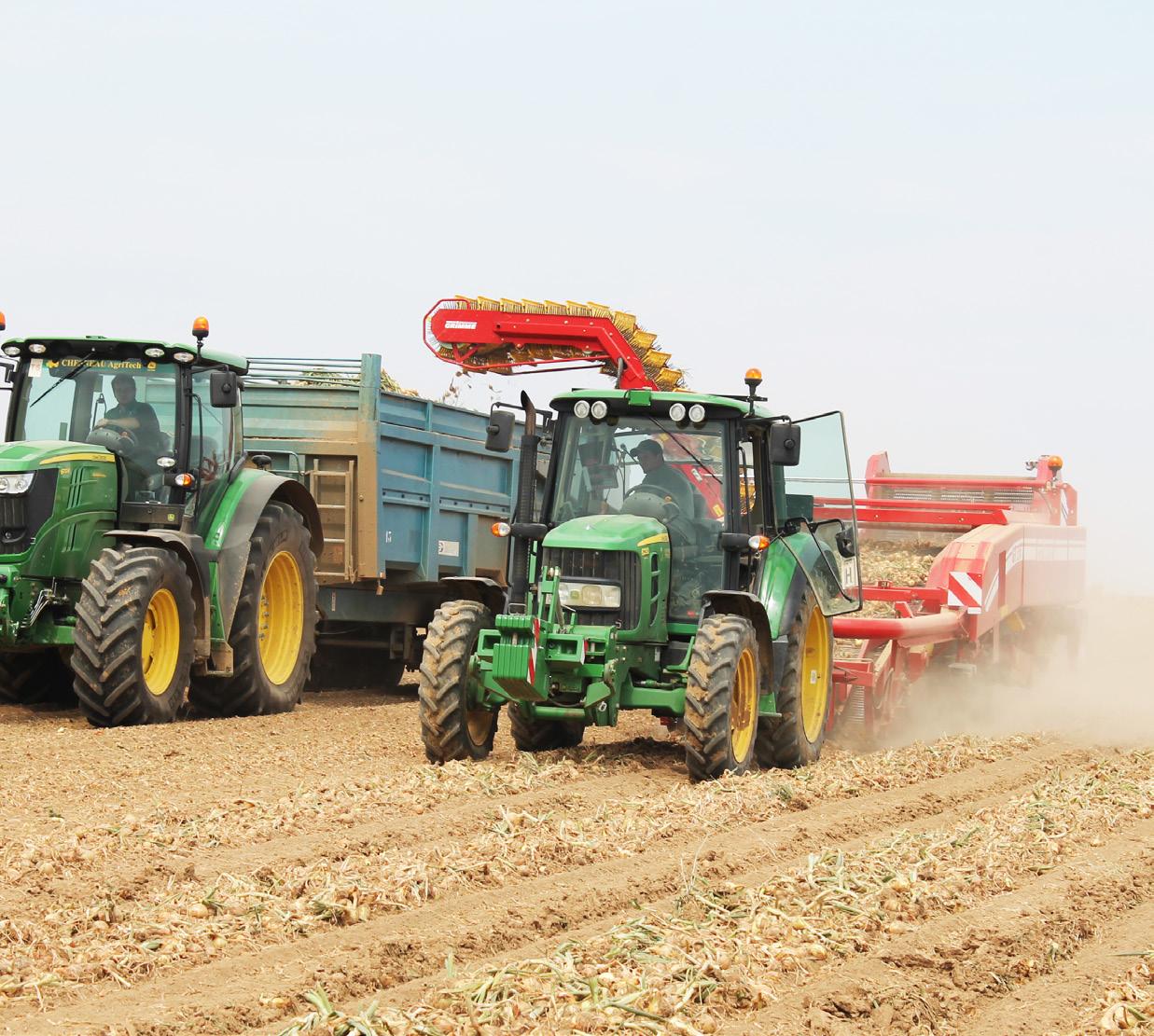
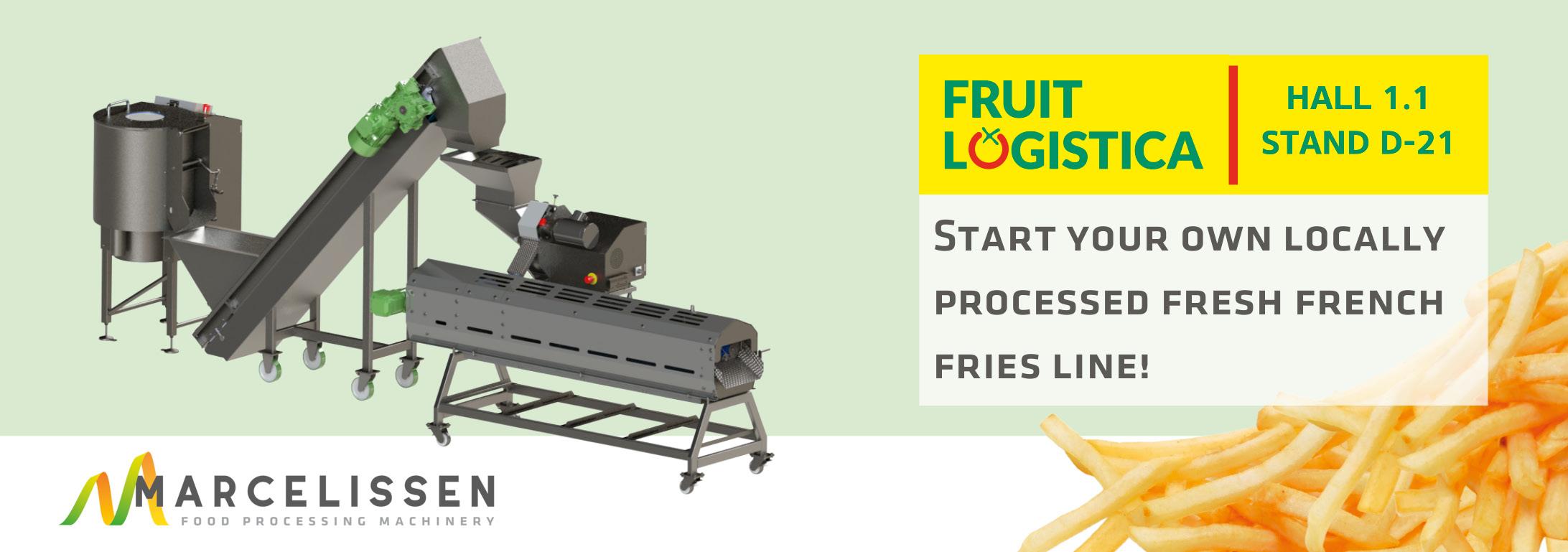
Netherlands - Rotterdam
Euroweg 2, 2988 CM Ridderkerk
Tel: +31 (0)10-2451180



E-Mail: info@hts-nederland.nl





CEO : Raymond Westmaas
SALES: Rob van Bekkum

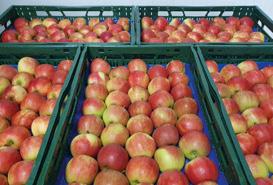








Germany - Hamburg
Hamburg
Tel: +49 (0)40-33464320

E-Mail: info hh@hts-deutschland de




CEO: Christine Hüttges
Germany - Kranenburg
Kranenburg
Tel:+49 (0)2826-91420
E-Mail: info@hts-deutschland.de
CEO: Jürgen Esser
garlic, shallots, echalions, as well as white, pink and red onions. Germany remains one of the most important European markets for organic products and ranks first in terms of consumption of organic products in Europe. But for Cécile Perret, Sector Manager, "French organic produce is generally less easy to export than conventional because they require a lot of labor and compete directly with Dutch, Spanish and Italian productions. That complicates market penetration. The main criteria for customers is price, and in this matter, French organic produce is not very competitive.
However, Germany is a historical market for the company thanks to its long-standing links with German wholesalers and partners, and export possibilities well-matching with the production schedule. "The German seasonings onion campaign ends before ours, which guarantees us export volumes on this market.




Regarding consumers’ trends, according to Emilie Daquin, Director of Sales and Marketing, "European consumers still prefer national products. Germans will naturally turn first to domestic organic products before envisaging French prod-


100% TASTE. 50% LESS WEIGHT. 30% LESS PREPARATION TIME. DISCOVER ALL BENEFITS OF OUR 5 KG BLANCHED RANGE.

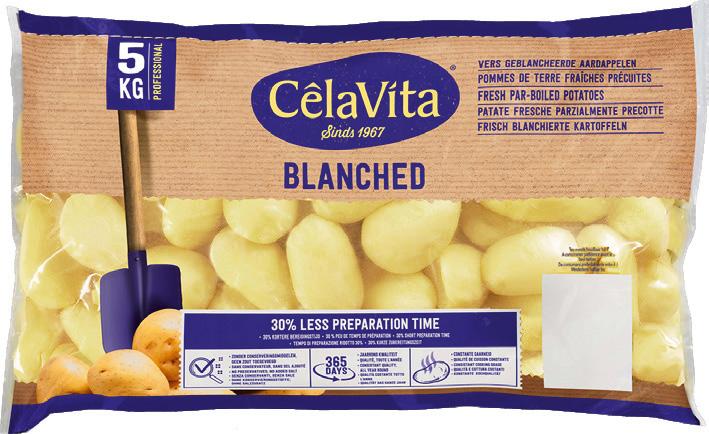

ucts. Even if price remains number one criteria, the reputation of French products is certainly an advantage. "France's strength resides in the guarantees of providing certain iconic labels like the PDO Roscoff onions. We are also renowned for the quality of our "Made in France" foods and are also the leading producers of shallots!"

contact@fermedelamotte.com






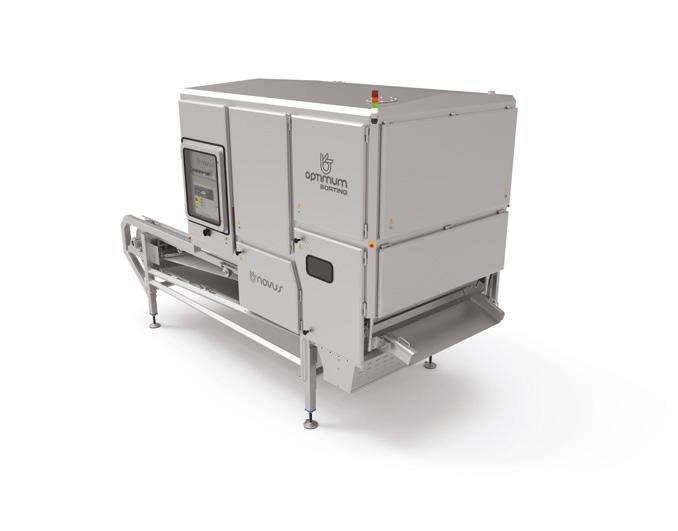

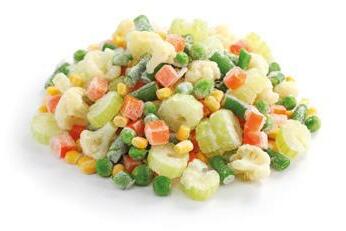



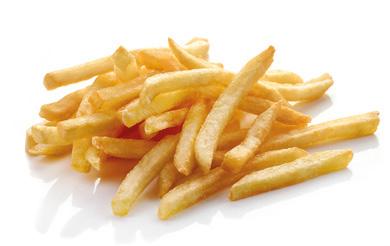
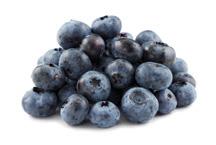












Spain closed the 2021/2022 avocado campaign with a production of 115,500 tons, 16.5% more than in the 2020/21 season, but the 2022/2023 campaign could end with between 25 and 30% lower volumes and an abundance of small and medium sizes. It is a year in which drought has been a determining factor. Although yields are lower this year in all producing areas, the entry into production of young plantations in Cadiz, Huelva and the Region of Valencia are making up somewhat for the large drop in the Axarquia’s volumes.
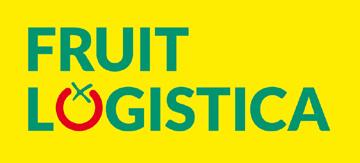


"In Europe, which accounts for 70-80% of our sales, measures have been taken this year in view of the lower volume
expected in Spain, and programs have been closed with other countries to make up for this shortage," said Alvaro Palacios,
of the Spanish Tropical Association. One of those countries is Morocco, "which continues to gain ground every year in the European market."
Spain currently has around 20,000 hectares devoted to avocado production. This makes it the main producer in Europe, handling practically a third of all exports to neighboring countries. Currently, most of the acreage is in the southern region of Andalusia, specifically in the provinces of Malaga, Granada, Huelva and Cadiz. Andalusia accounts for 97% of the production.
The avocado acreage in Spain continues to expand while mangoes are still in need of greater recognition
The next regions in terms of importance are the Canary Islands and the Region of Valencia.
The most cultivated variety is the Hass and, to a lesser extent, the Fuerte, Bacon, Reed, Lamb Hass and Maluma, among others. Smooth-skinned varieties have had a boom in sales this season. "We have been surprised by how the smooth avocado varieties have done. These varieties have their own market and are becoming trendier every year, especially in Eastern countries." Sales have gone so well that the campaign has ended in December, when it normally lasts until February, said Álvaro Palacios. "Also, the price has rebounded compared to other years. These earlier varieties, the Fuerte and Bacon, which reach large sizes, start to be harvested in September, and the big companies in Europe are increasingly looking for them."
Avocado production has so far remained quite profitable for the growers, and that is why it continues to expand across the national territory, with many agricultural producers betting on its cultivation and removing plantations of other less profitable crops. This expansion is taking place
mainly outside the Axarquia of Malaga, which is traditionally the most important producing area in Spain, but which has been severely hit by drought, limiting the supply of water for the crop’s irrigation.
Such is the case of the Region of Valencia, where avocado cultivation has expanded rapidly and where another 2,800 hectares have been planted. Annual growth in the region amounts to about 600 hectares; in many cases, on land previously devoted to citrus production. For Celestino Recatalá, first vice-president of the Valencian Association of Agricultural Producers (AVA-Asaja) and president of Asoproa (Association of Avocado Producers), there are two main reasons for this development: there are fewer pests affecting the crop, and producers can be paid about 2.40 Euro per kilo for it, while citrus generates an average of around 0.40 Euro per kilo. It is true that the production of one and the other is different, because one hectare of avocados yields about 15,000 kilos, while this figure can be twice as high in the case of citrus; however, despite this, it is still impossible for the same economic results to be achieved.
Avocado cultivation is expanding worldwide and the Spanish production will face increasing competition in its traditional markets. Another challenge for producers will be the gap between production and consumption. In Europe, each inhabitant buys an average of two kilos of avocados per year, while in Spain this figure drops to 1.2 kilos. At the moment, consumption in the country stands at around 55 million kilos and the prospect is to reach 80 in the next few years, but this would still fall below the 90 million produced, according to Recatalá.
In terms of production volume, mangoes are the second most important subtropical fruit in Spain. The season, which came to a close in November with the later varieties, has been a difficult one. The harvest started earlier, as the fruit ripened prematurely due to excessive heat. In the first weeks of September there were a lot of small Osteen mangoes due to the lack of rainfall during the fruit's growth period. Many European retail chains were not happy with these sizes and pushed the price down.


"There was a lower supply of mangoes from other origins in the European markets, especially Brazil, so we faced less competition in the market and sold faster than usual," said Enrique Colilles, CEO of Trops, a cooperative that produces and markets about 55% of all the mangoes grown in Spain. "Moreover, we received confirmation from our customers and from consumers about the fact that the flavor and, in general, the quality of Malaga’s mangoes, has been really spectacular this year, even though, surprisingly, the calibers have been a little smaller. The abundance of less commercial sizes has been the biggest handicap and producer prices have not been very satisfactory. The usual sales channels did not expect to get smaller mangoes and this explains why there wasn’t an earlier activation of the demand, even though consumers did not notice it."
"Normally, when Malaga’s mango season starts, mango sales in stores increase, given their flavor and attractive appearance, as they are allowed to ripen for longer on the tree thanks to their proximity to European markets. This trend has become even stronger this year, given the fruit’s flavor and the lower presence of imports from other origins," said Enrique Colilles. According to the CEO of Trops, if the commercial sizes of Malaga’s mangoes are not appreciated as they should be, when a campaign comes with smaller sizes due to the influence of the weather, the average drops significantly.
"During the Spanish mango season, European markets have access to a local European product, which not only has a lower carbon footprint, but also an excellent taste. I think it is important for us all to

aim towards greater flexibility and the 'decommoditization' of certain products. A box of mangoes cannot be worth 6 Euro all year round, when for a few months you have a product that increases your sales and allows you to attract many consumers to the stores. Why can't you pay 40-50% more than for the product from other origins? There are supermarket chains that are realizing that Spanish mangoes generate a lot of demand and are asking us for quantities that we are unable to supply. Surely there will be changes in the next campaigns. In the future, there may be chains that won’t have Spanish mangoes, because these will go where they are apprecoated," warns Enrique Colilles.
This year, the Spanish Tropical Association has launched the Mango de Málaga seal, which is bringing the main producers and marketers together with the goal of promoting the quality of Spanish mangoes in the international markets. "This is the first campaign and we have not yet looked into the brand’s impact in the markets, but the sector is enthusiastic and we have seen a good response from the large retail sector. Most companies have already joined this brand," said the president of this entity, Domingo Medina.
Papayas are also one of the most cultivated tropical crops in Spain. Most of the national production is grown in the Canary Islands, which had close to 322 hectares in 2021, according to the Canary Islands Institute of Statistics (ISTAC), based on data from the Ministry of Agriculture, Livestock and Fisheries.

This year, with the help of the Canary Islands Society for Economic Development (Proexca), there has been a boost to Canary papaya shipments to the UK. In February, the company Canary Fresh made the first shipment of organic papayas to the English market.
"The experience has been really good. We shipped our organic papayas of the Intenzza and Sweet Sense varieties and they arrived in optimal condition, as far as the ripening, organoleptic characteristics and shelf life are concerned," said Juan

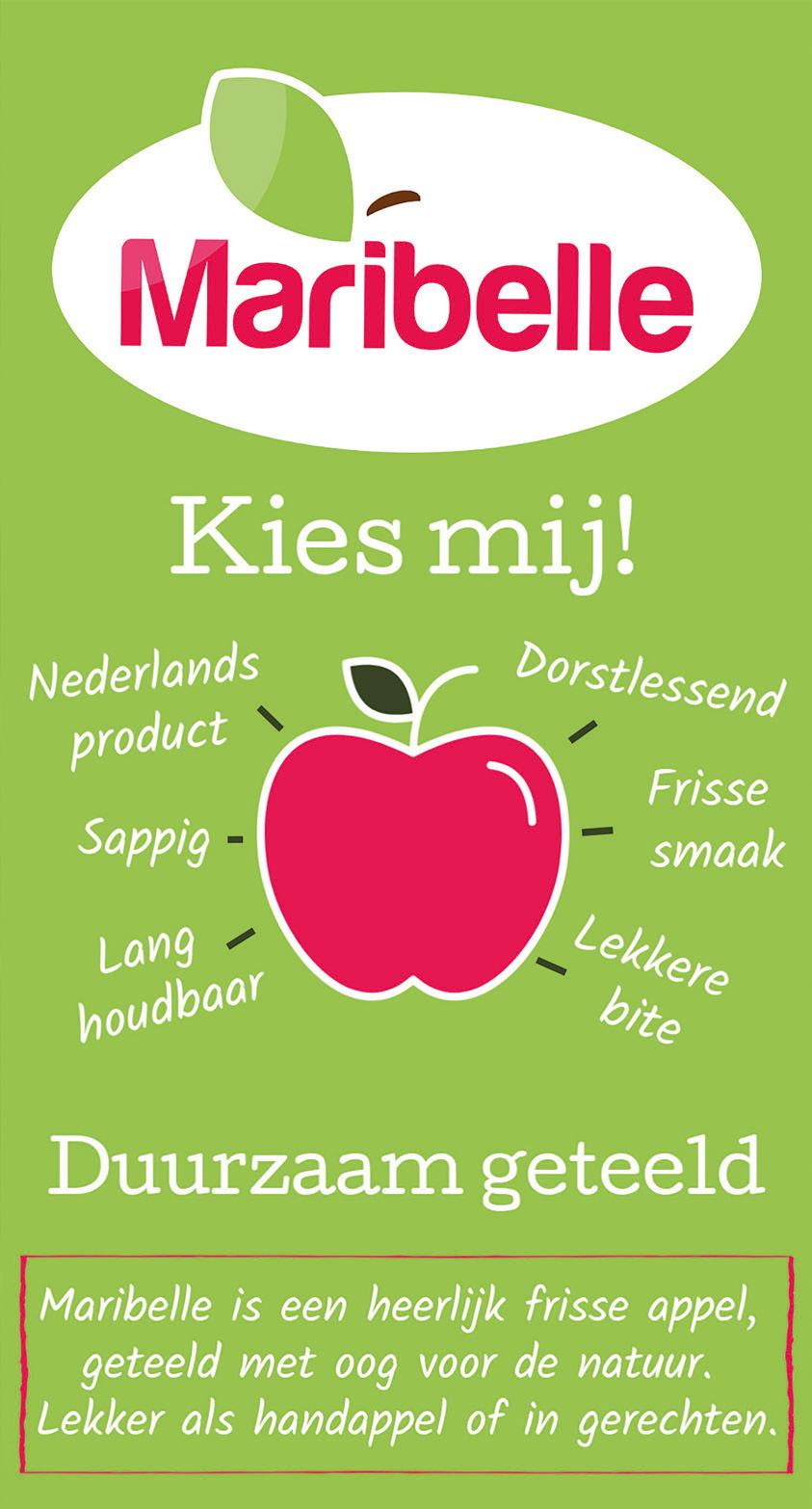










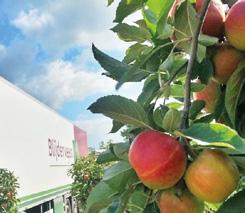

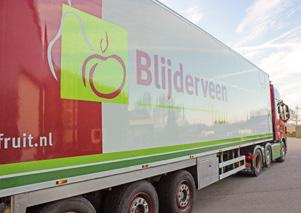





Garcia, from the company based in Tejina, in Tenerife. The Canary Islands certainly plays with the advantage of having a subtropical oceanic climate which is ideal for the cultivation of papayas, and of being at a much closer distance to Europe than other countries exporting the fruit. "We have another advantage, which is that we have organic produce," said Juan. "For now, small volumes have been shipped as a test to the English market, and seeing the results, we hope to start doing it steadily and with larger volumes in 2023."
In the Iberian Peninsula, papaya cultivation has also settled in areas such as Almeria, where although still incipient, it represents a great opportunity to diversify the province’s greenhouse production, as highlighted by Pepe Montiel, of the Almeria-based company Almanzora Tropical, which is specialized in the production of organic papayas, pitahaya and passion fruit. "Agricultural producers are eager to work with products that will allow them to make a living, and papayas can be a very
AGF-PRIMEUR bv
Stevinweg 2, 4671 SM Tholen
Niederlande
Tel: +31 (0)166-698232
Fax: +31 (0)166-698219
info@agfprimeur.nl www.agfprimeur.nl
Publisher: Pieter Boekhout
interesting option. Europe has to decide whether it wants an imported papaya or a European papaya with no carbon footprint and, as is the case this year, of exceptional quality."
"THE PRICE AND DEMAND FOR CHERIMOYAS SHOW AN UPWARD TREND, ALTHOUGH THE PRODUCTION THIS SEASON HAS BEEN LOWER"
The conditions during the first part of the Spanish cherimoya campaign have not been ideal. It has been an exceptional year not only because of the drought, but also because of the heat during the flowering period, according to José Antonio Fajardo, of Frutas Fajardo, a Granada-based company which is a leader in the production and marketing of cherimoyas, avocados, mangoes and loquats. "The first pollination was not greatly successful because of the high temperatures and the little irrigation available to the plants. A lot of what was pollinated in the months of high heat, in which we had an average of up to 3 and 4 degrees Celsius more than last

year, did not set at all, so in this first part of the campaign there have been few kilos available." However, José Antonio points out that, in terms of marketing, the season has gone very well. "The cherimoya supply is very limited. It is only produced in a small area located between Almuñécar and Motril which has the right microclimate for its cultivation, and in good years the production amounts to just around 40 thousand tons, which is less than the existing demand". In fact, this small strip of the Costa Tropical of Granada accounts for most of the world production of this exclusive fruit. "It is a highly appreciated product in the European market, so even though we’ve had a smaller volume, we are very satisfied with the results."
The second part of the campaign will begin in March, and the sector hopes that the weather conditions will allow the production levels to go back to normal. "We have placed all our hopes in the second flowering, which runs from January to May," said José Antonio Fajardo.
Editorial staff: Marjet Lubbers-Bruijnse, Martine van der Wekken, Izak Heijboer, Thijmen Tiersma, Liesbeth Stikkelman, Hugo Huijbers, Marieke Hemmes, Jonny Diep, Nick Peters, Nichola McGregor, Carolize Jansen, Marine Inghirami-Benaroch, Aurelie Pintat, Joel Pitarch, Marta del Moral Arroyo, Anouk Sijmonsma, Arlette Sijmonsma, Rebekka Boekhout, Rossella Gigli, Cristiano Riciputi, Gaetano Piccione
Sales: Andries Gunter, T. +31 (0)166 698232 - andries@ agfprimeur.nl
Design:
Viola van den Hoven, Martijn van Nijnatten
Copying all or part of the content without the written consent of the publisher is prohibited. The editors are not responsible for any shortcomings.


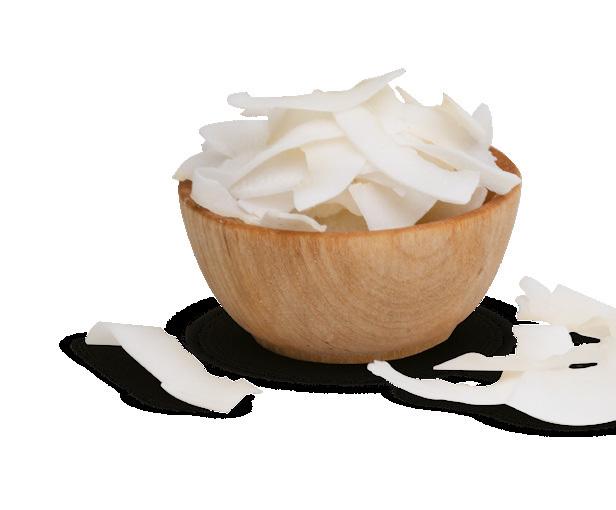

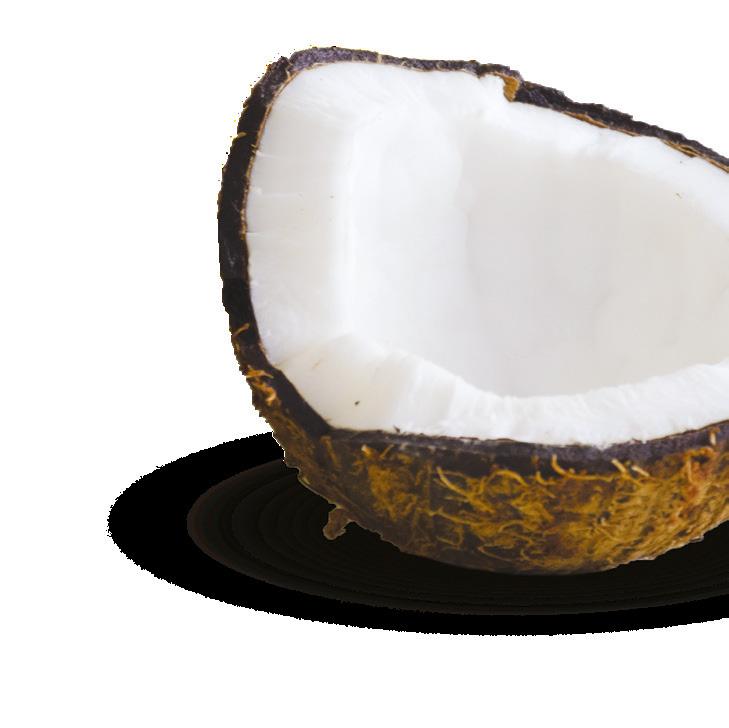




Rely on Urschel, The Global Leader in Food Cutting Technology, to deliver cutting solutions for all types of ingredients including fruit reductions. Delicate applications, like fruit, require gentle, effective cutting to generate a higher rate of desired cuts and prolonged shelf-life. Urschel cutting equipment delivers a full spectrum of size reduction capabilities. Explore dicing, slicing, or pureeing to achieve your processing goals.




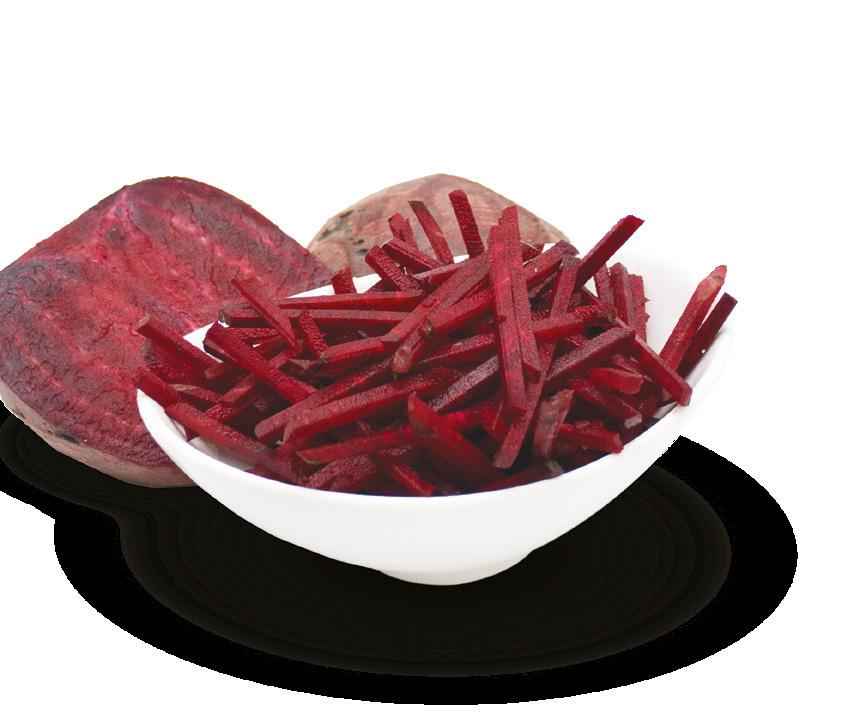



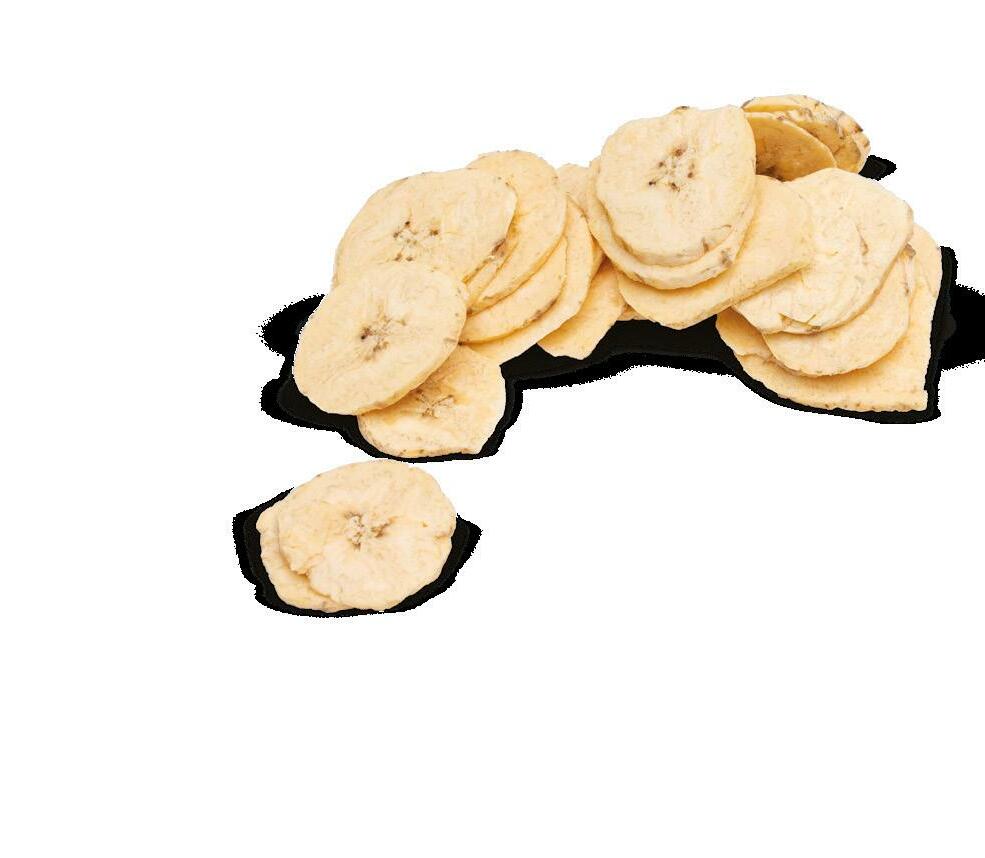






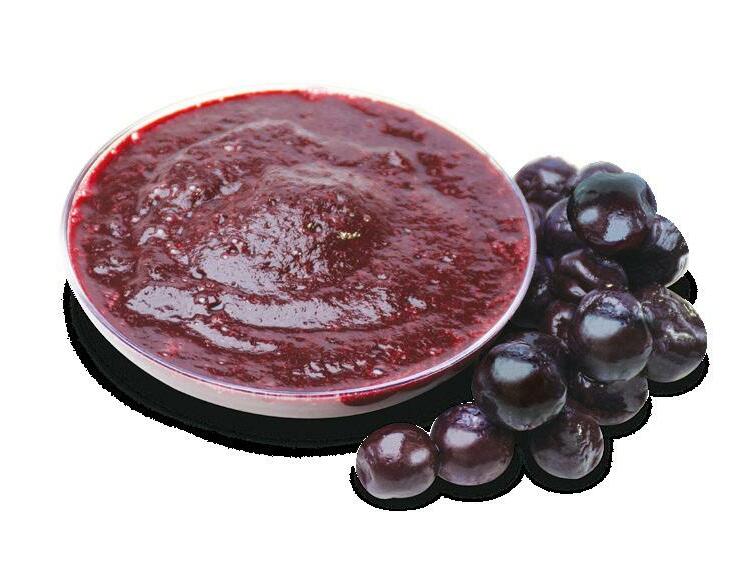




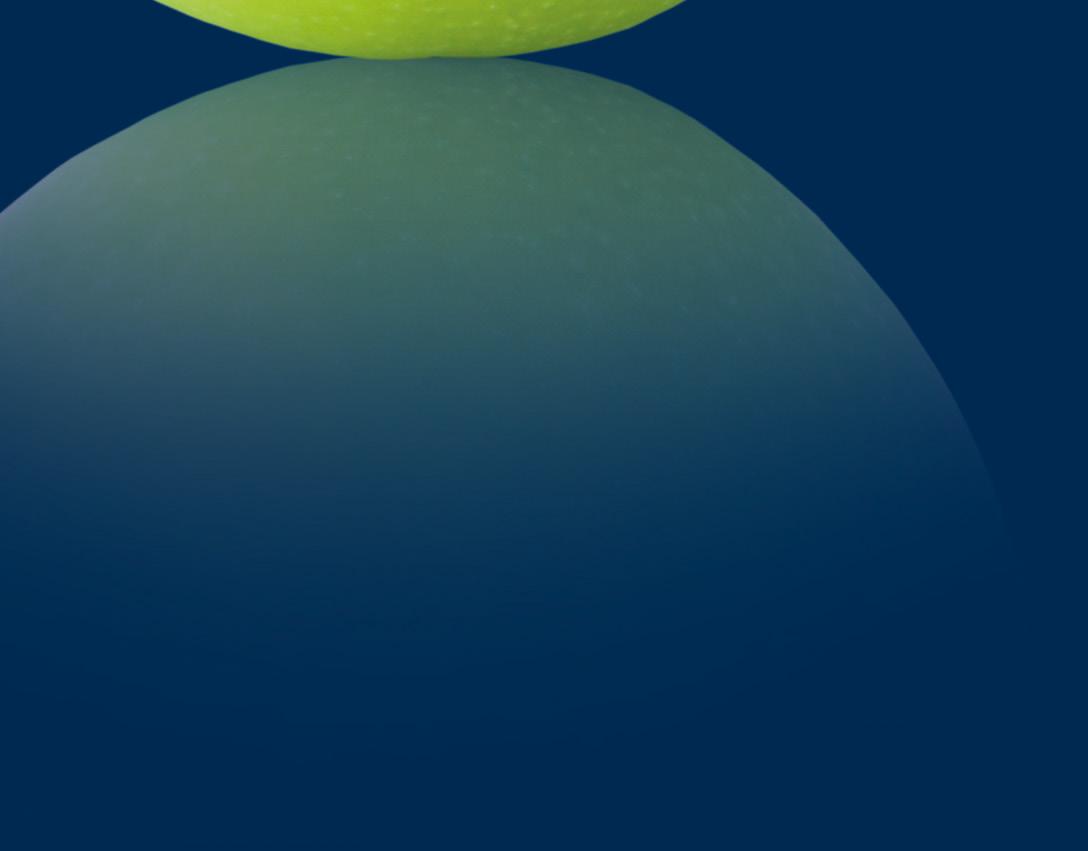
We see each fruit and vegetable. We see what good people put into it and what they expect out of it.
We create grading technology that makes every fruit and every vegetable count, with nothing to waste.
















Visit us at the Fruit Logistica in hall 6.1 - A20

















